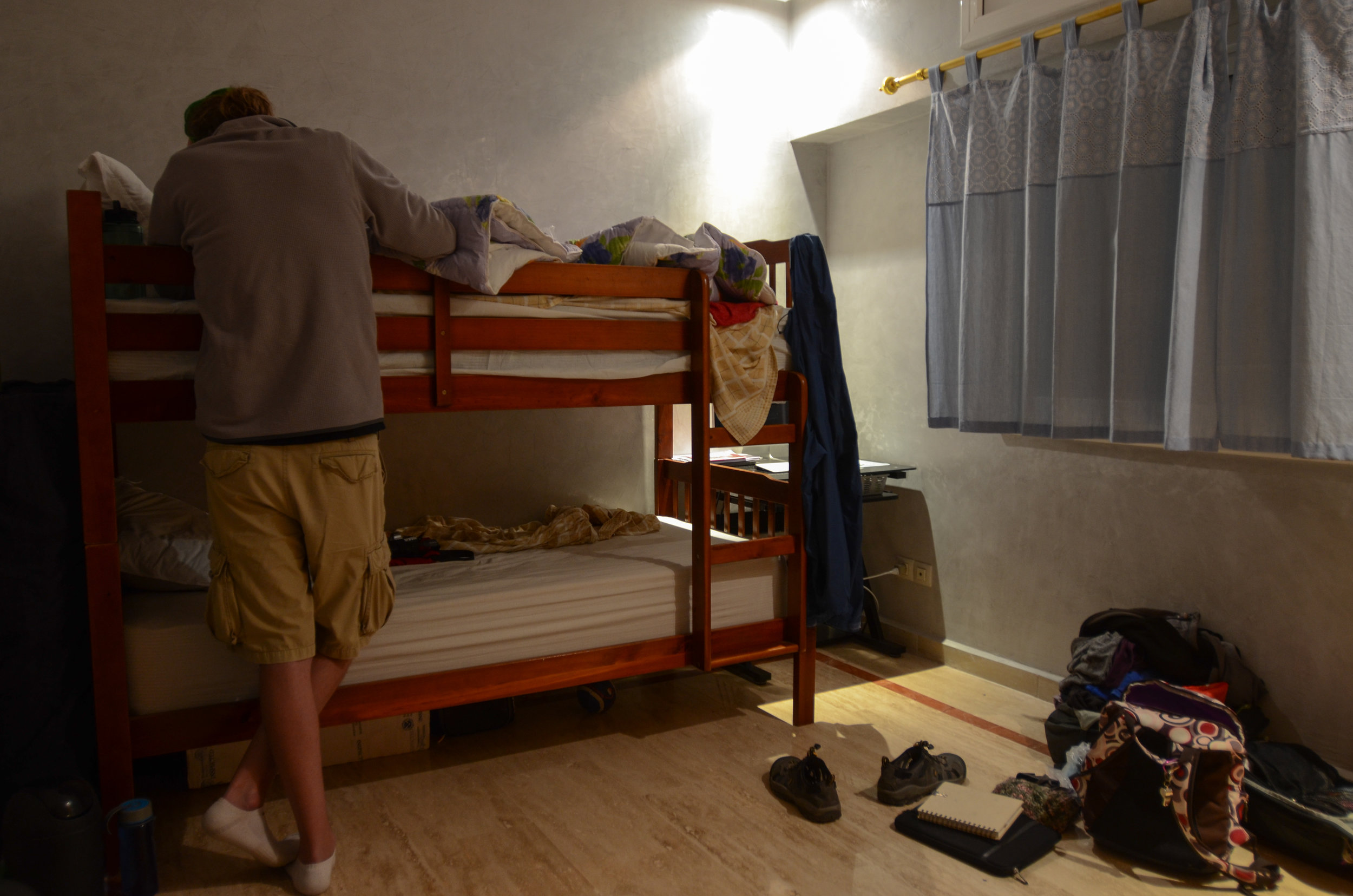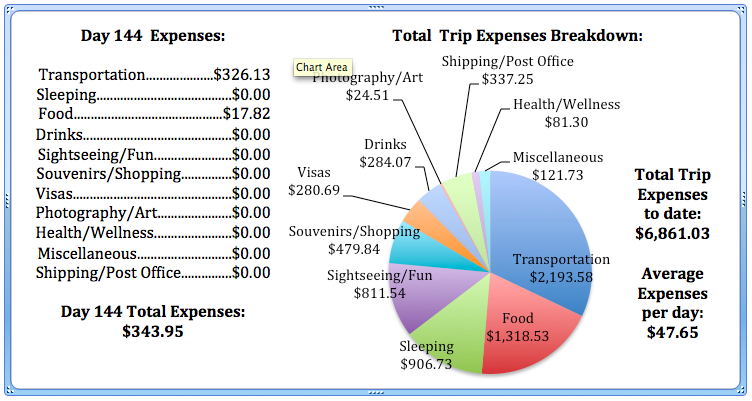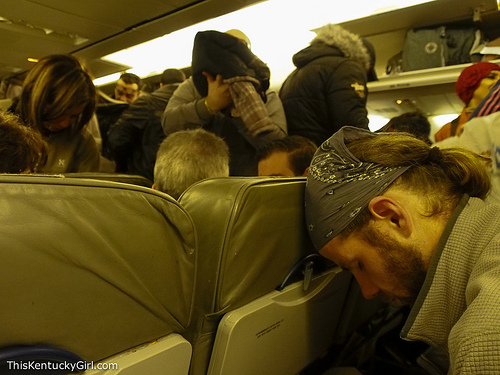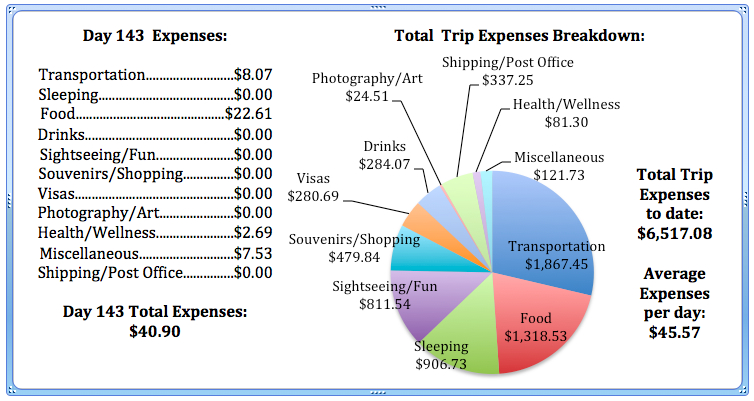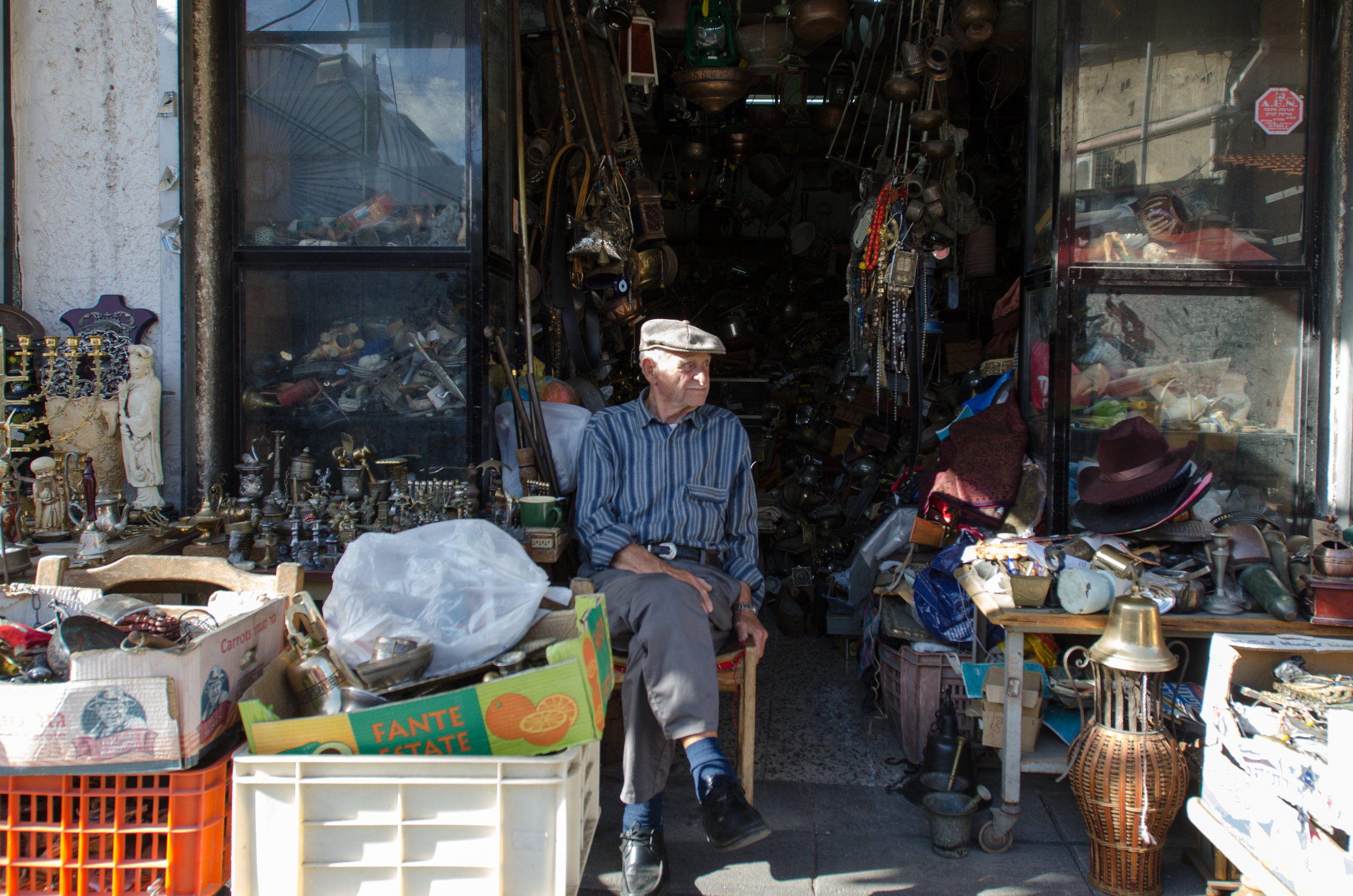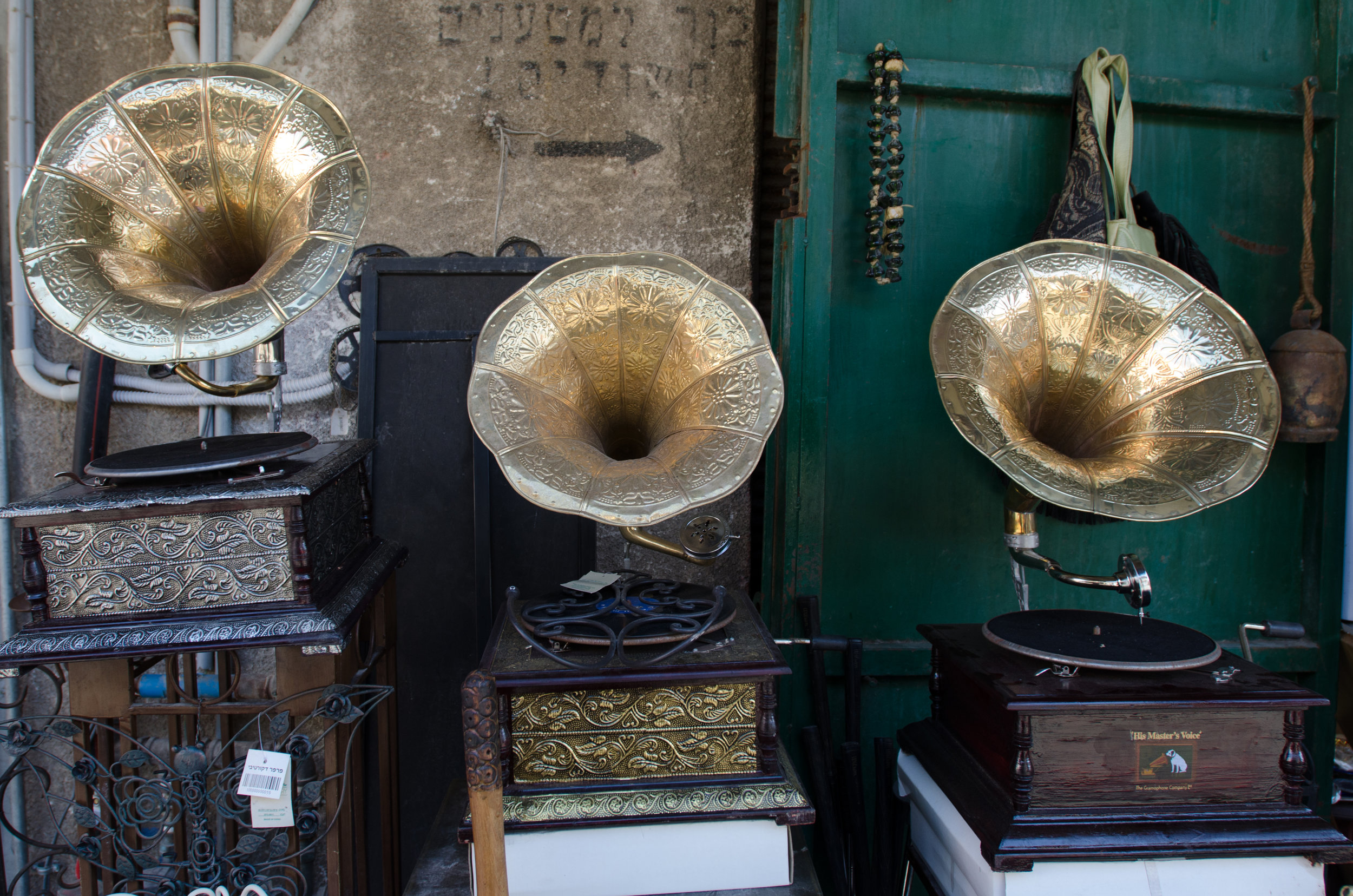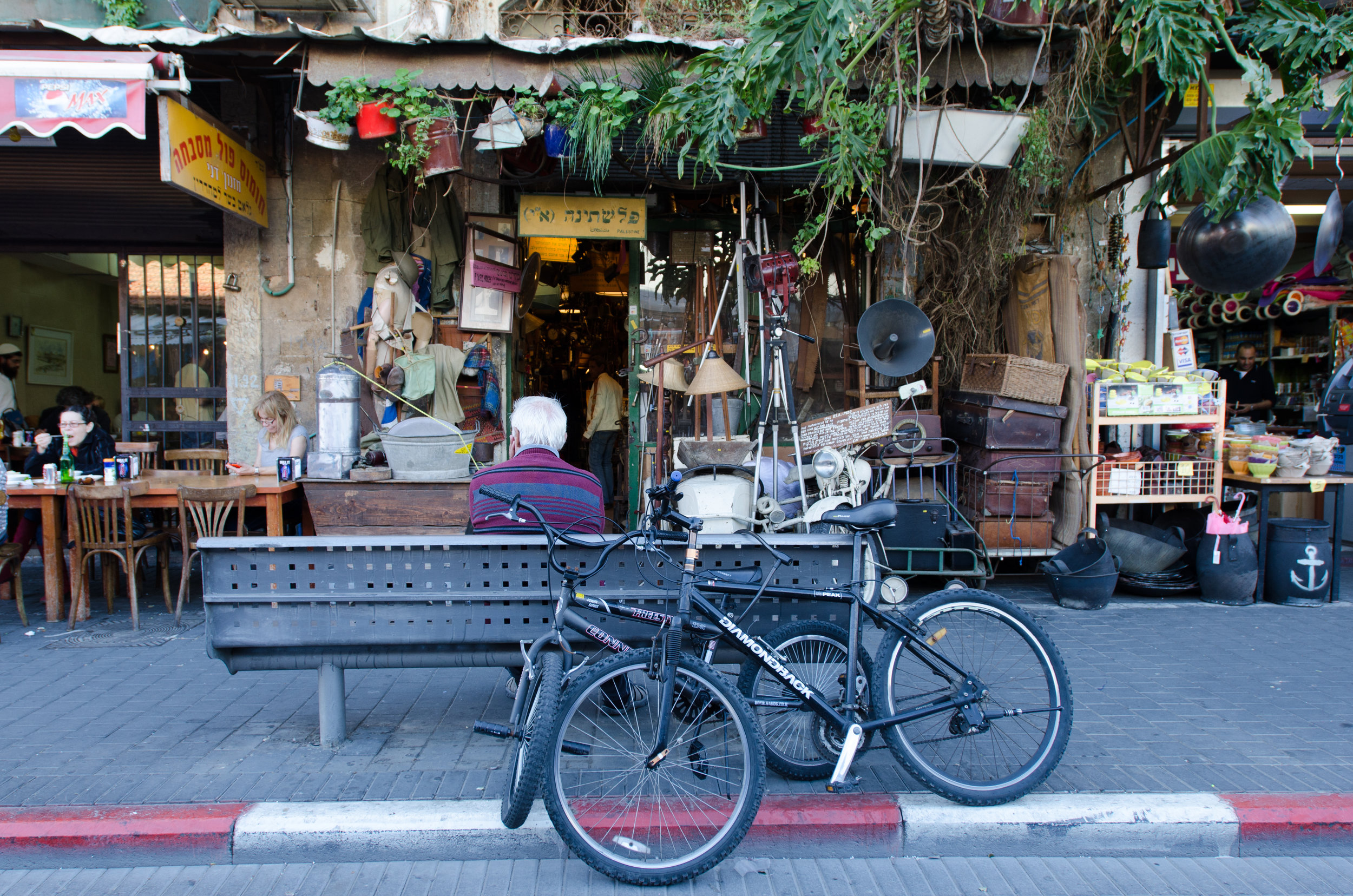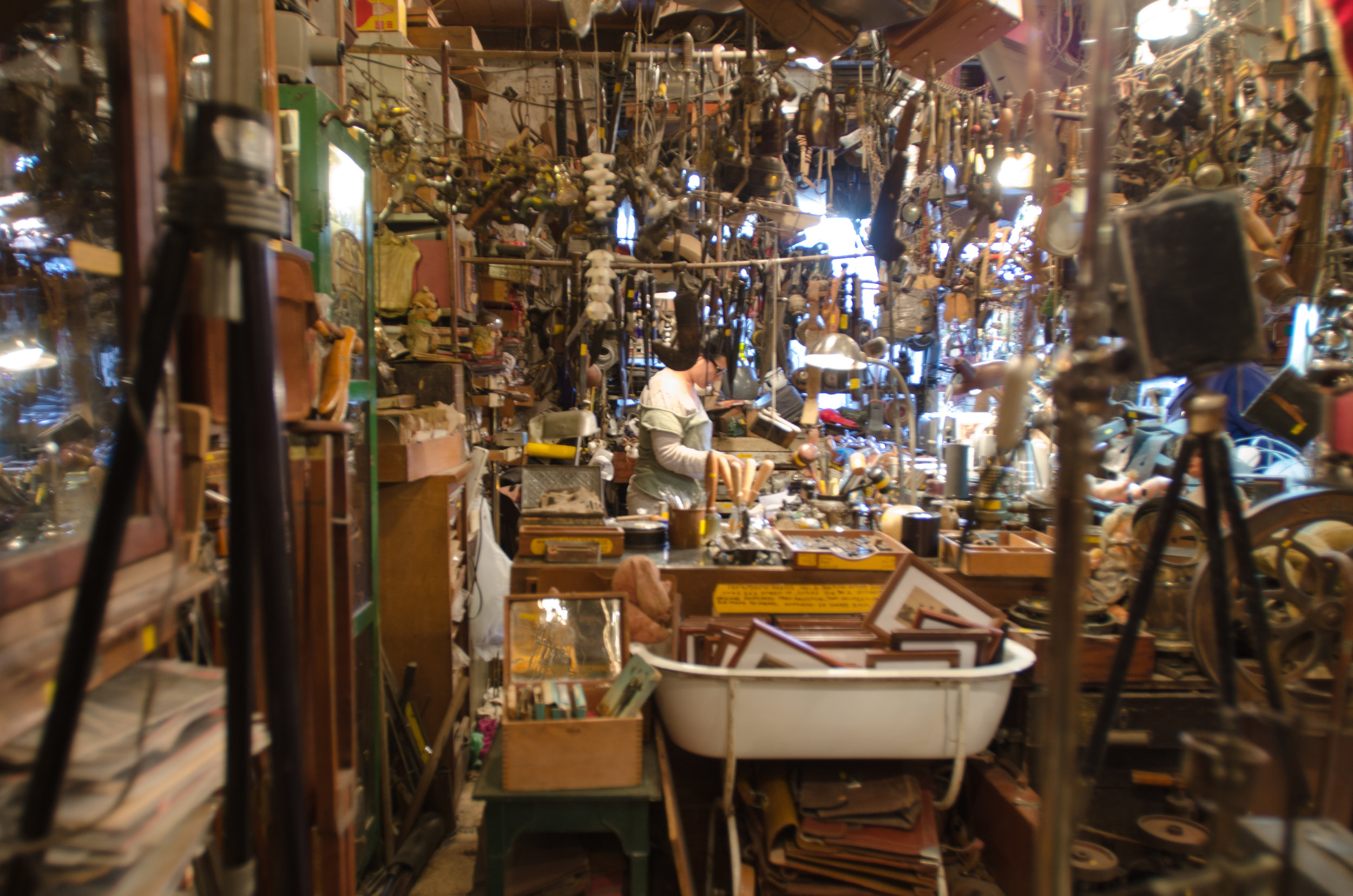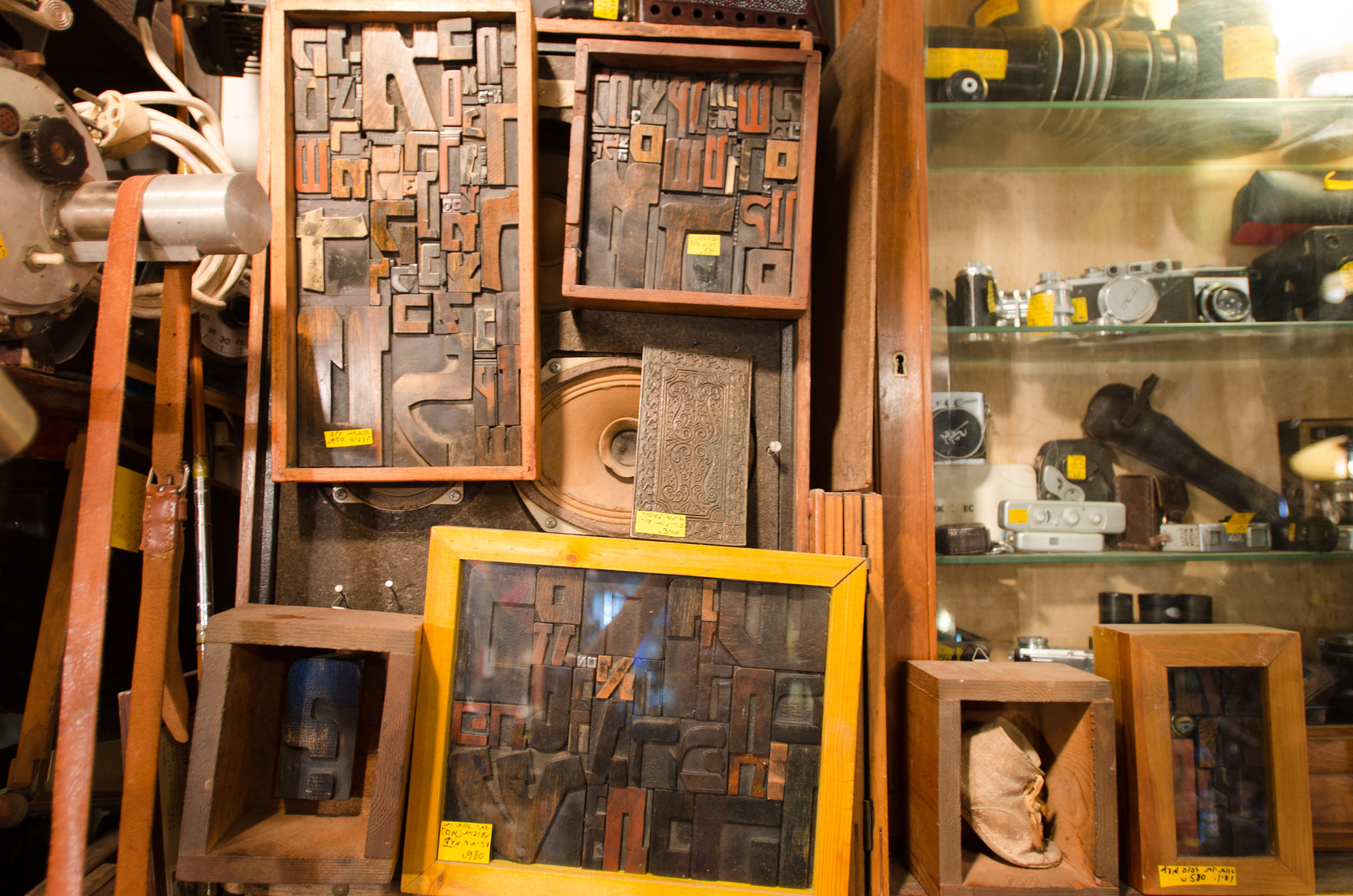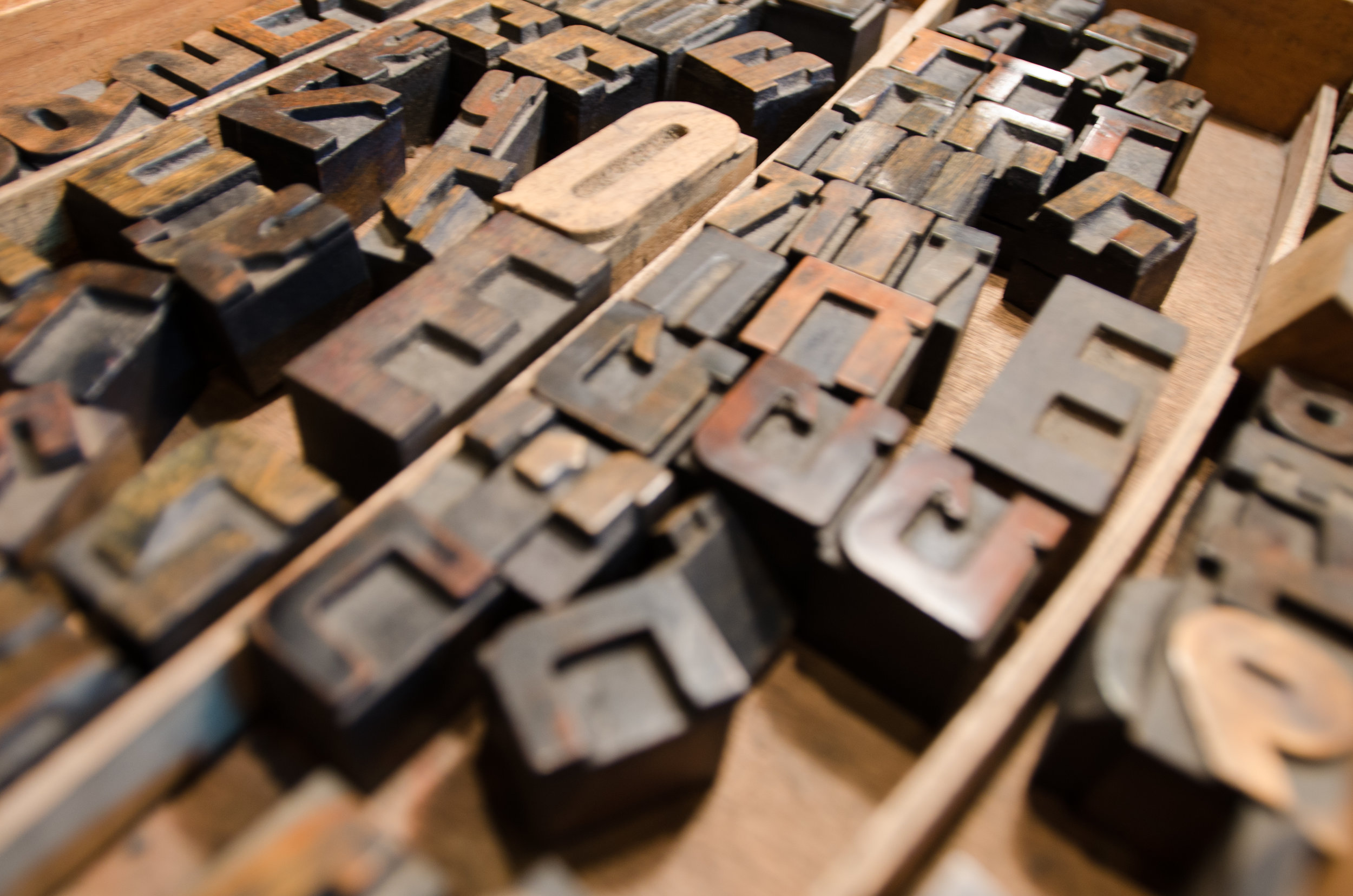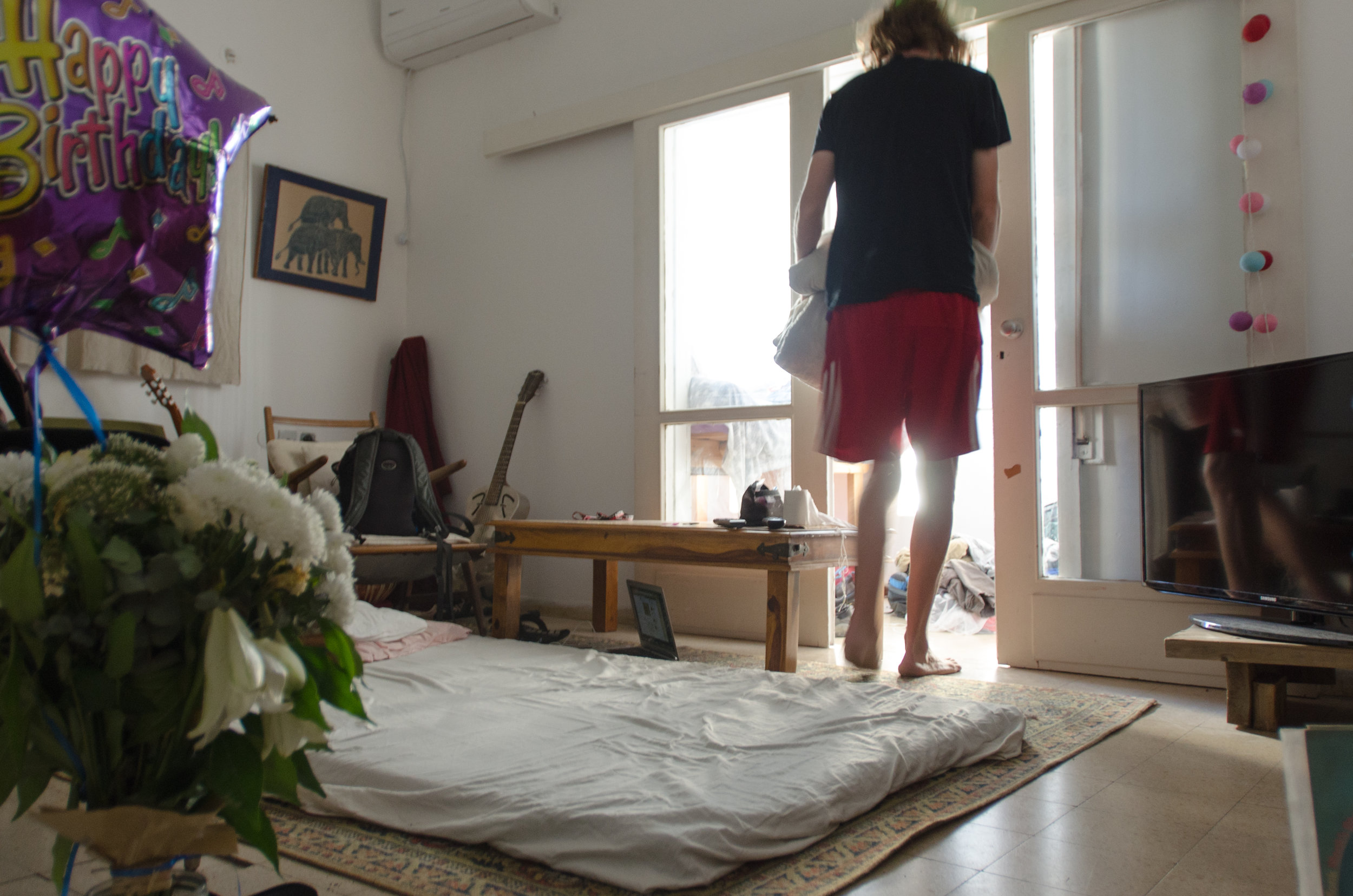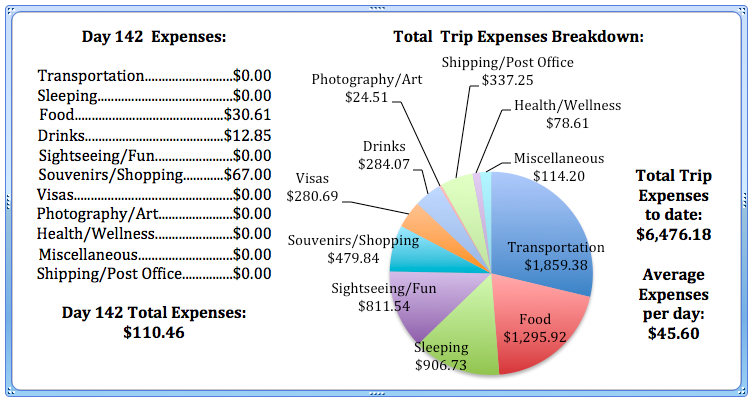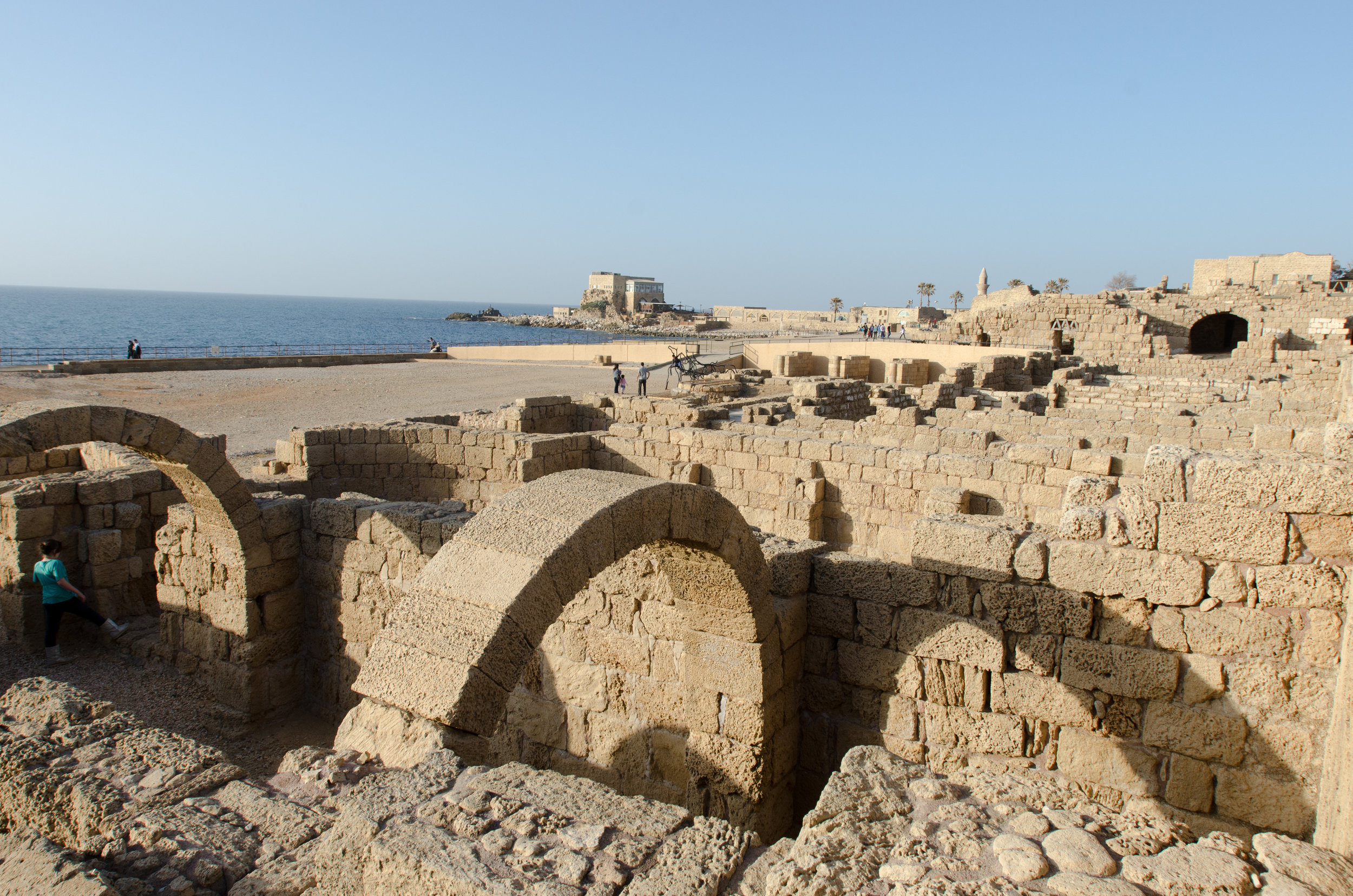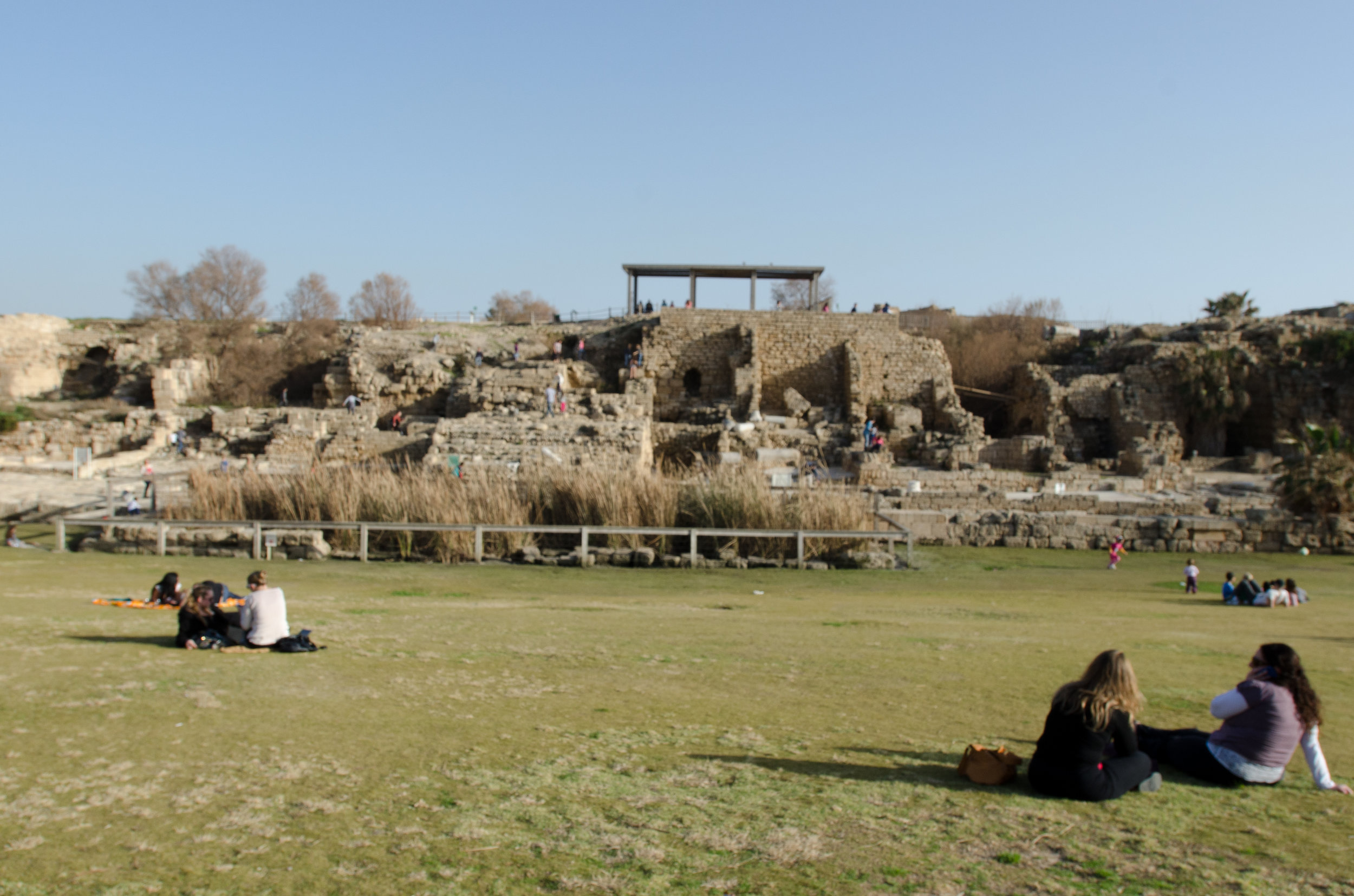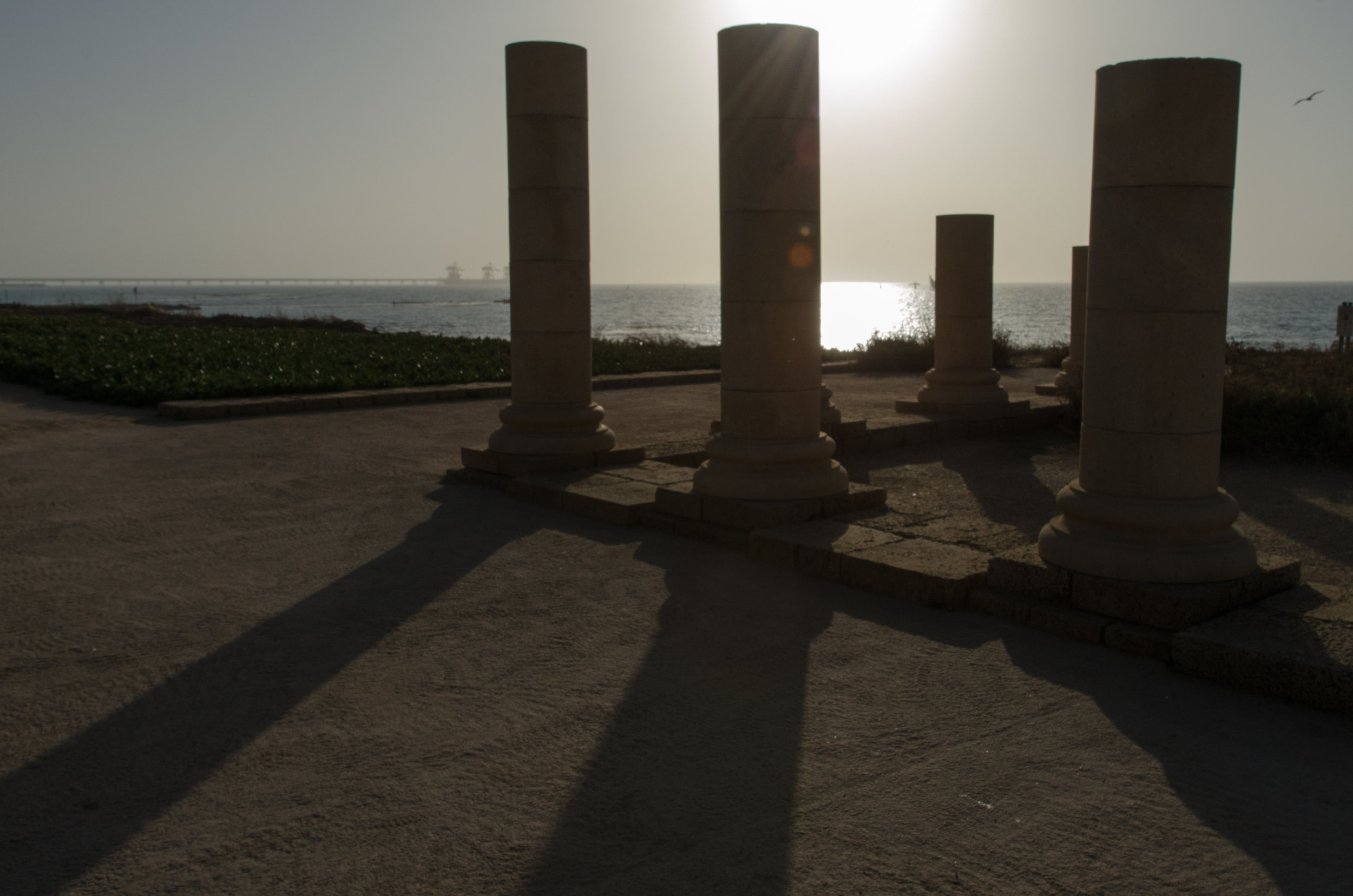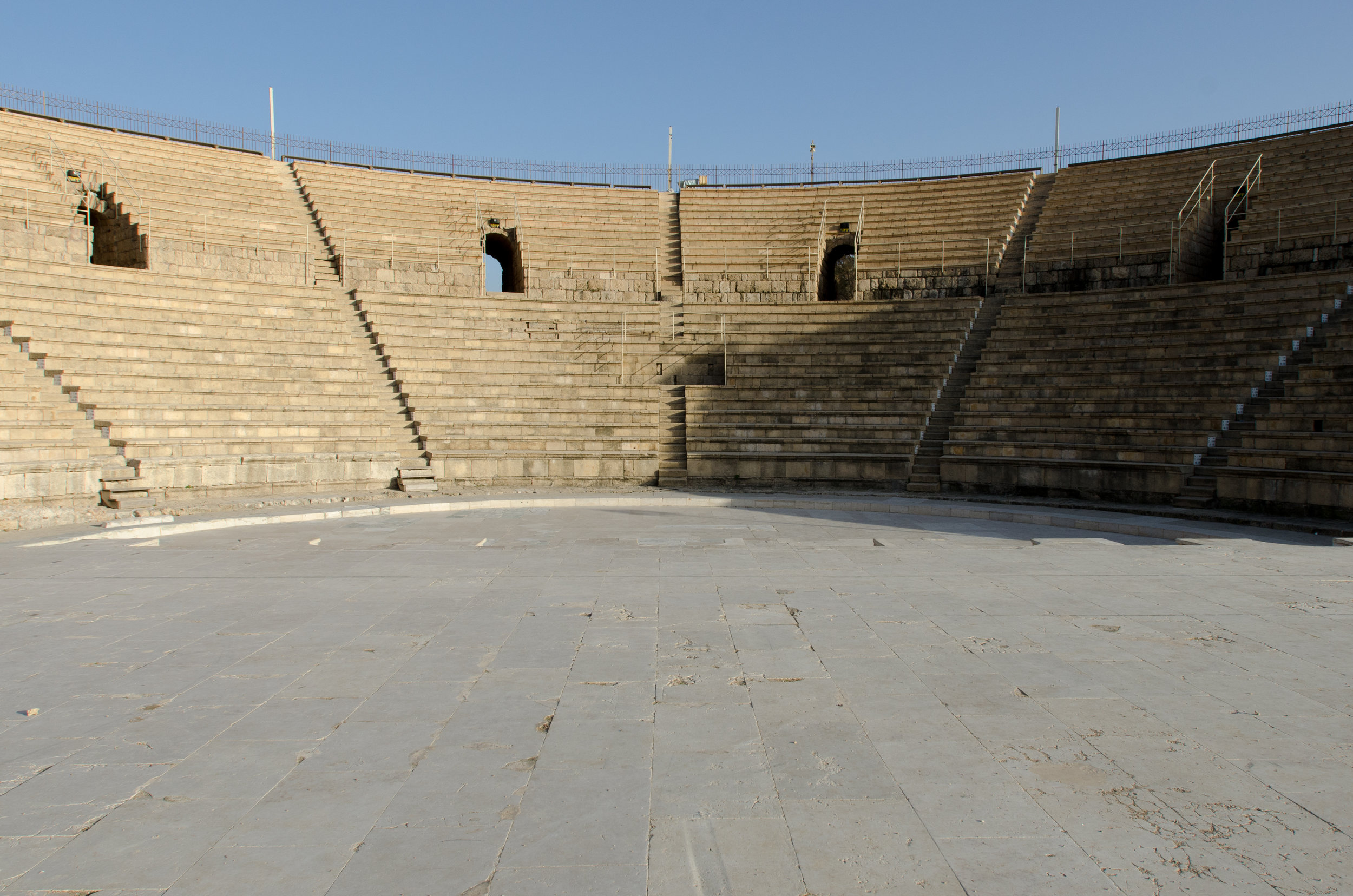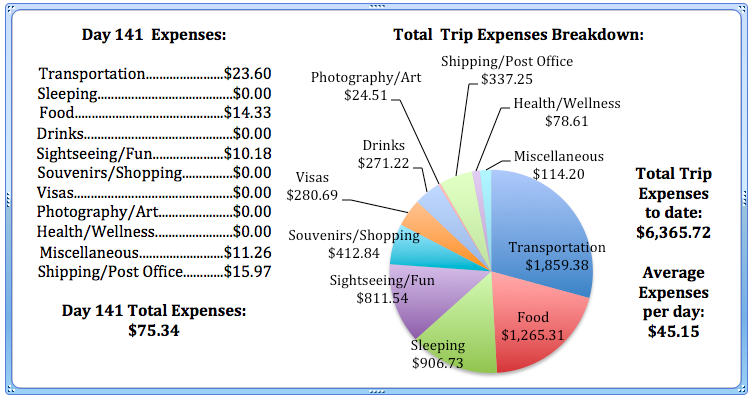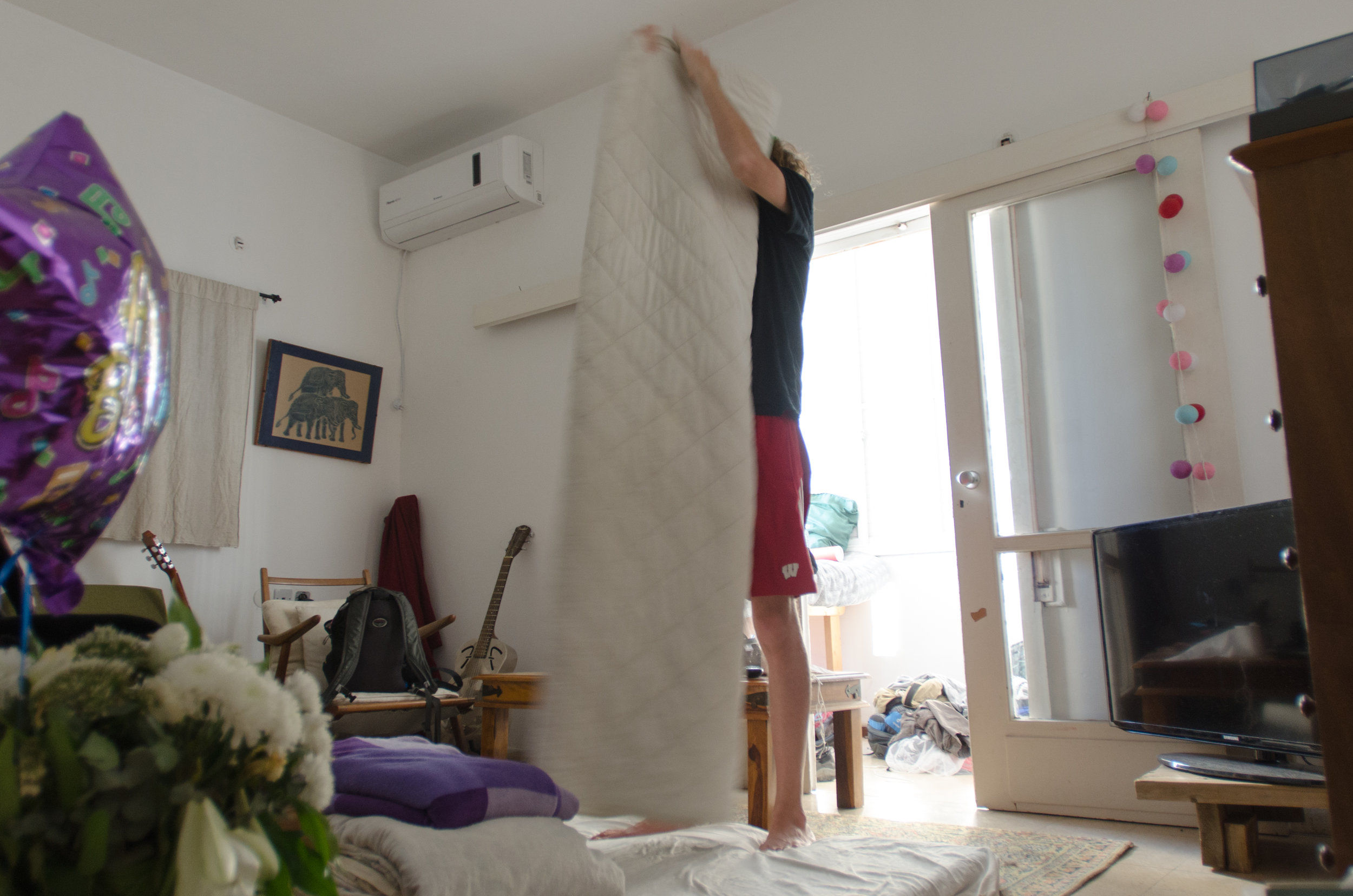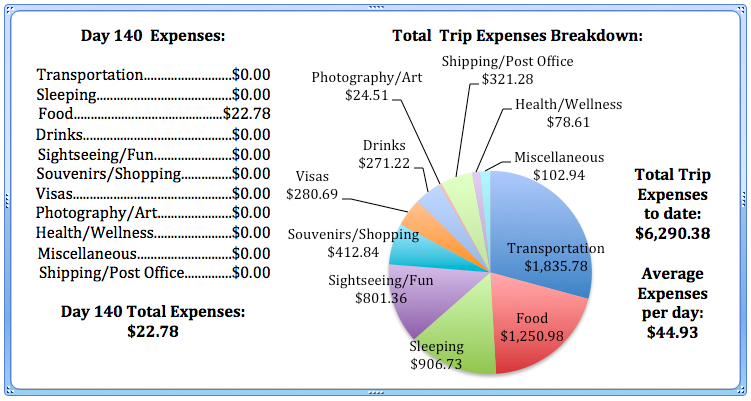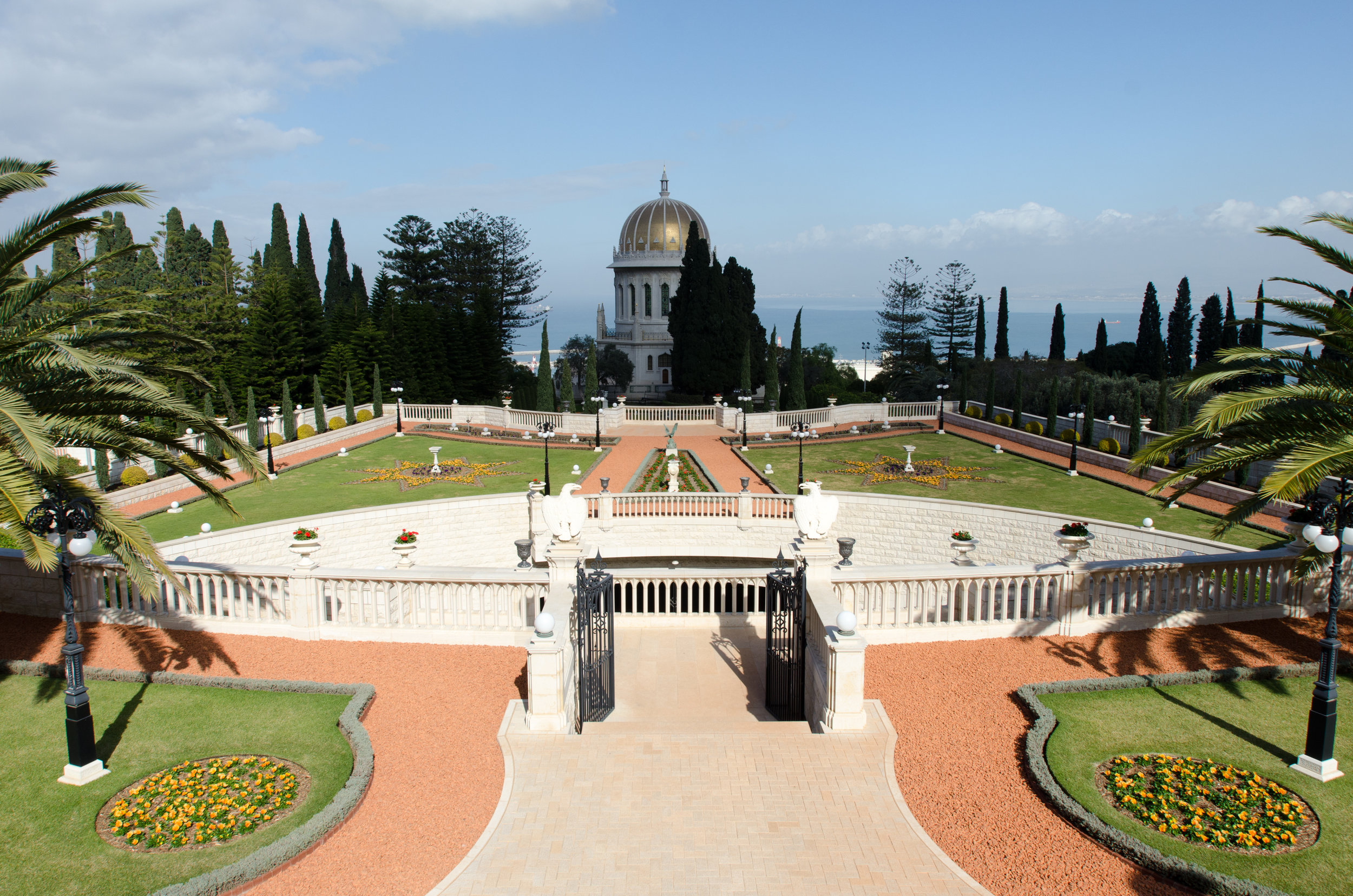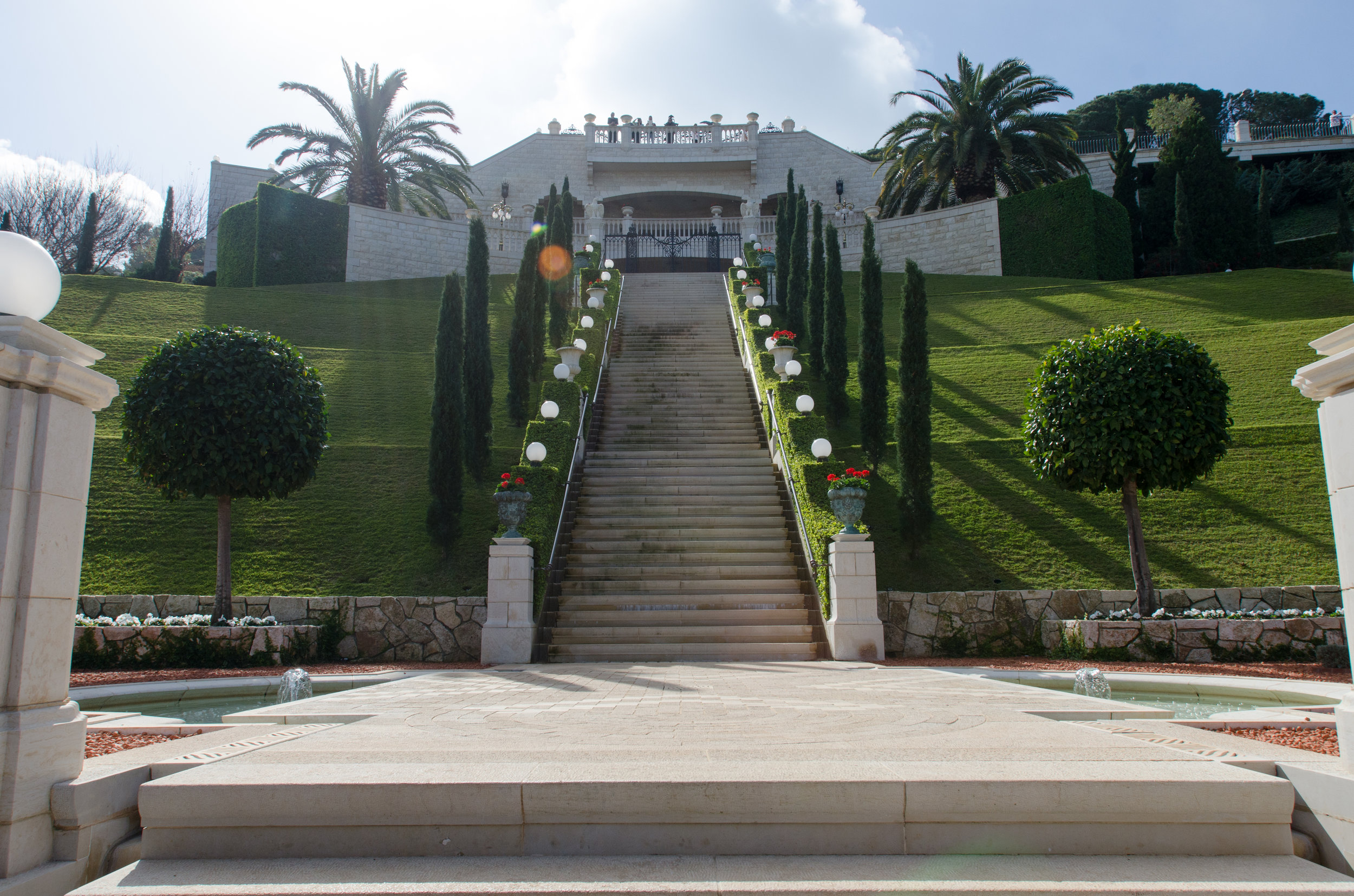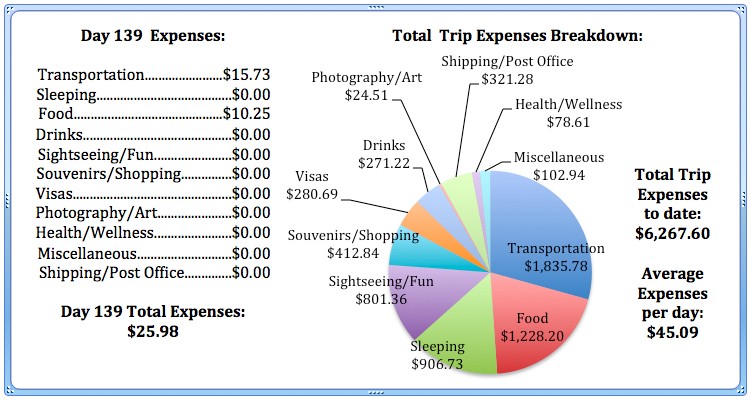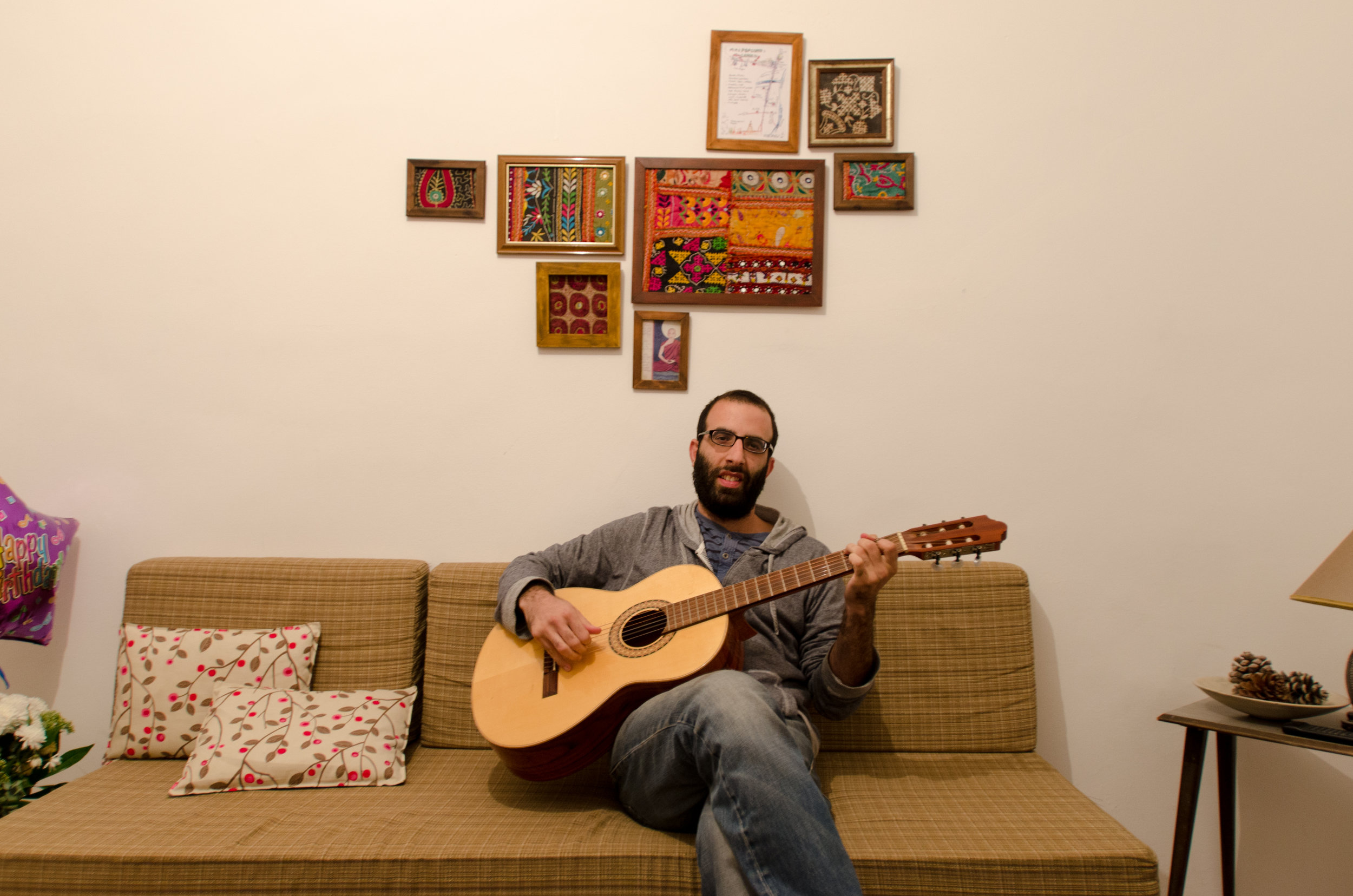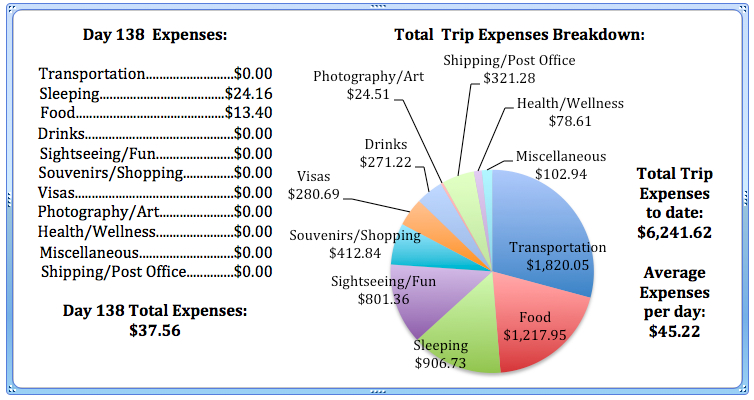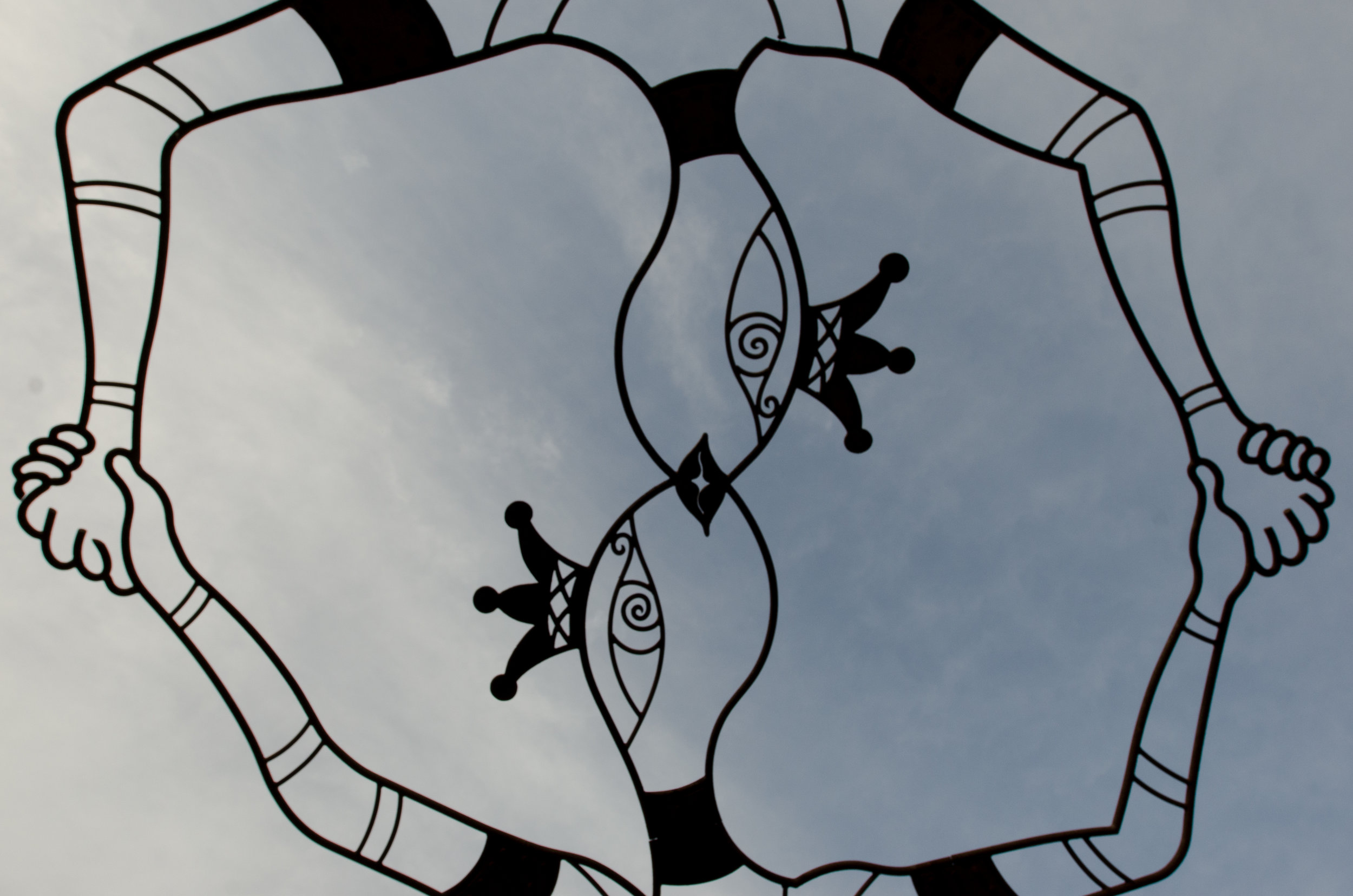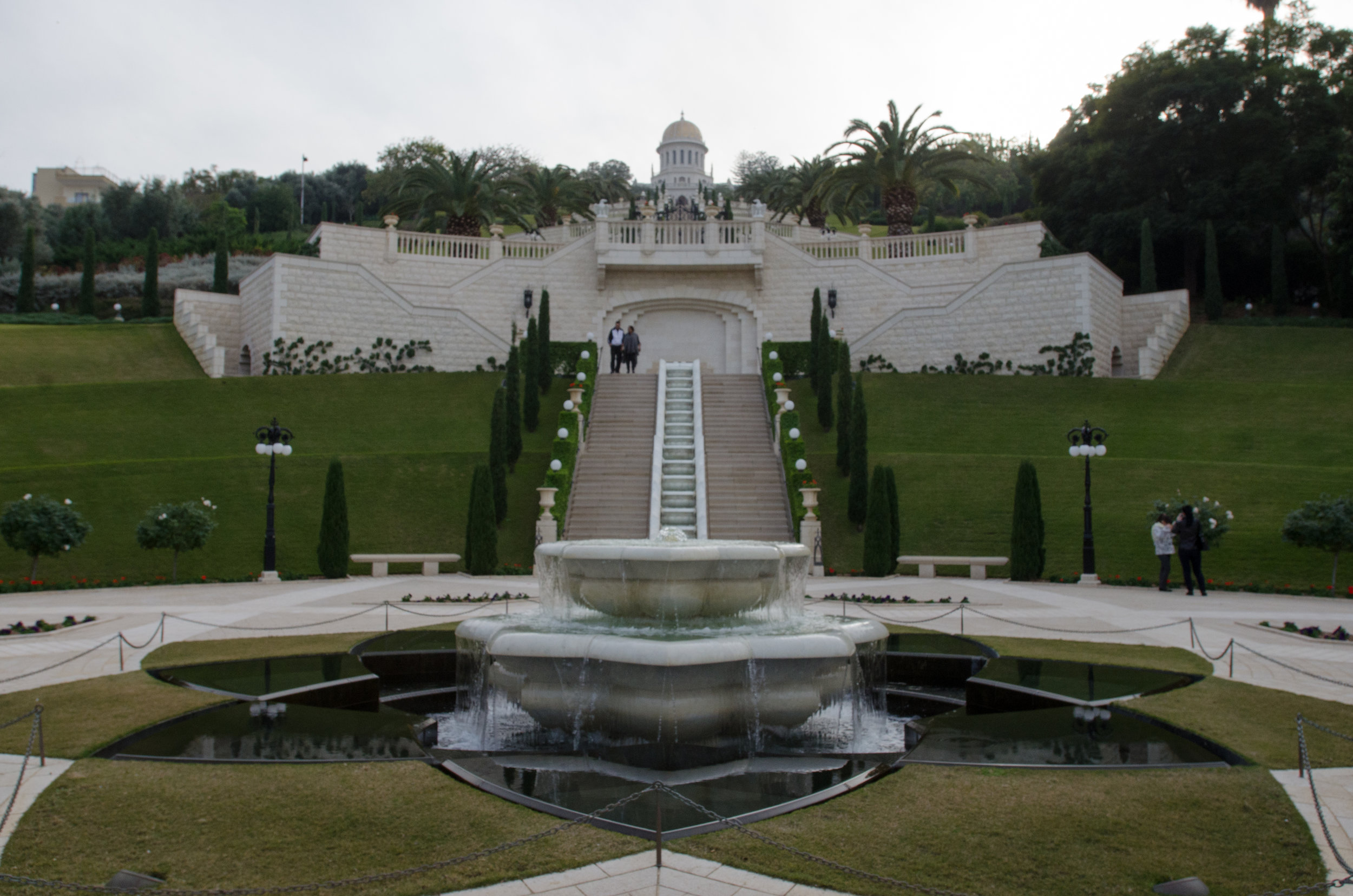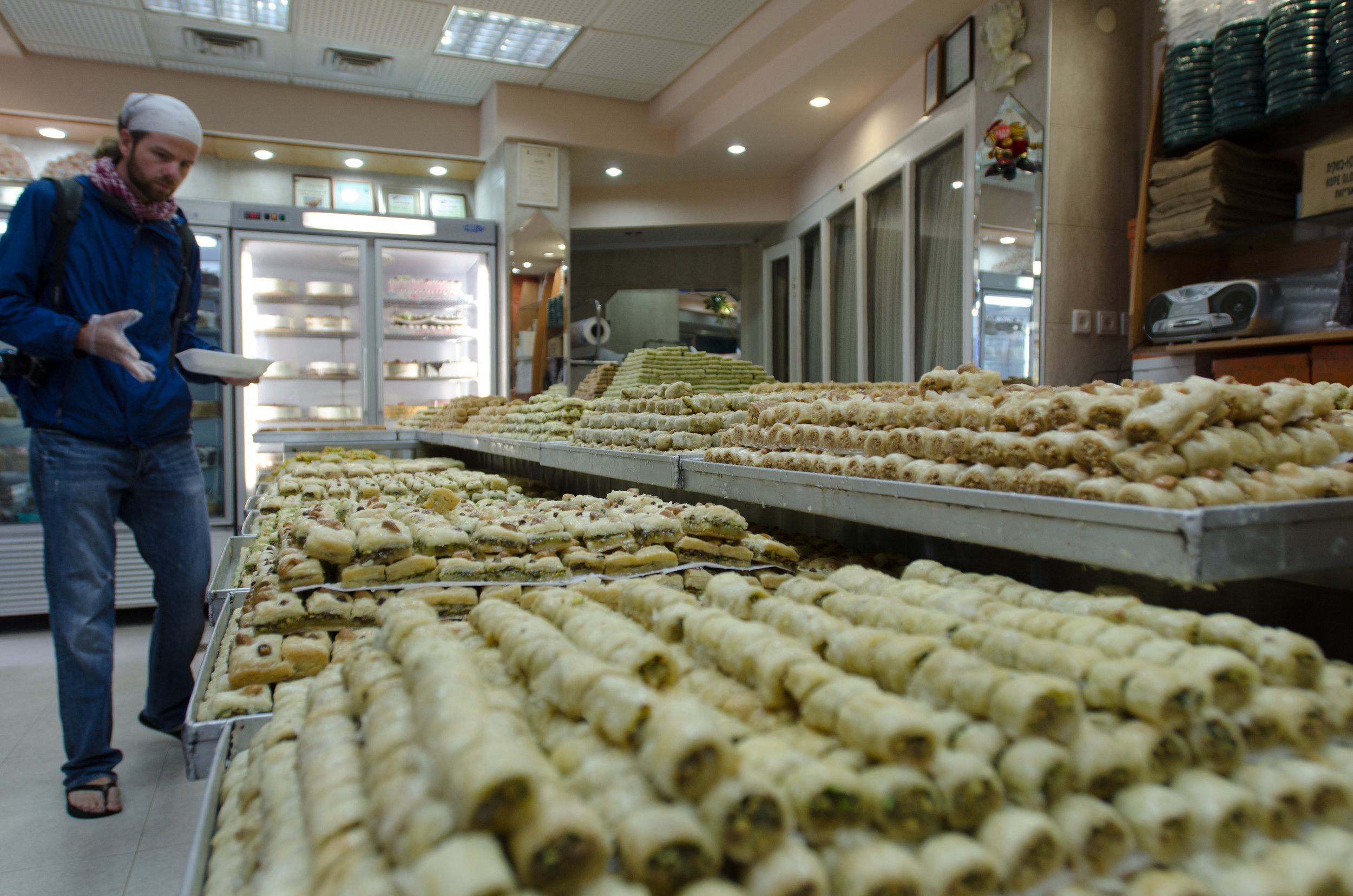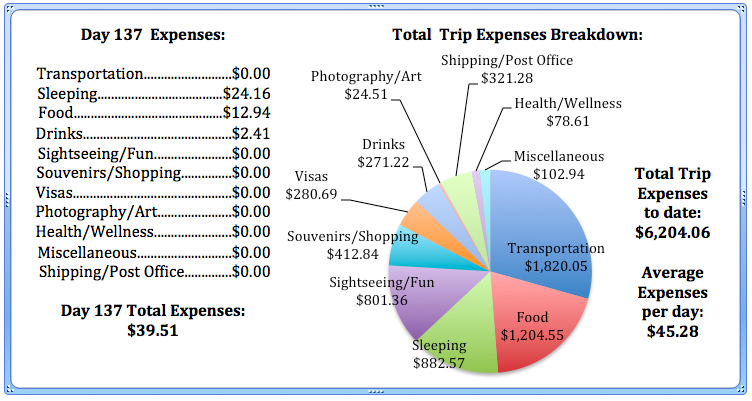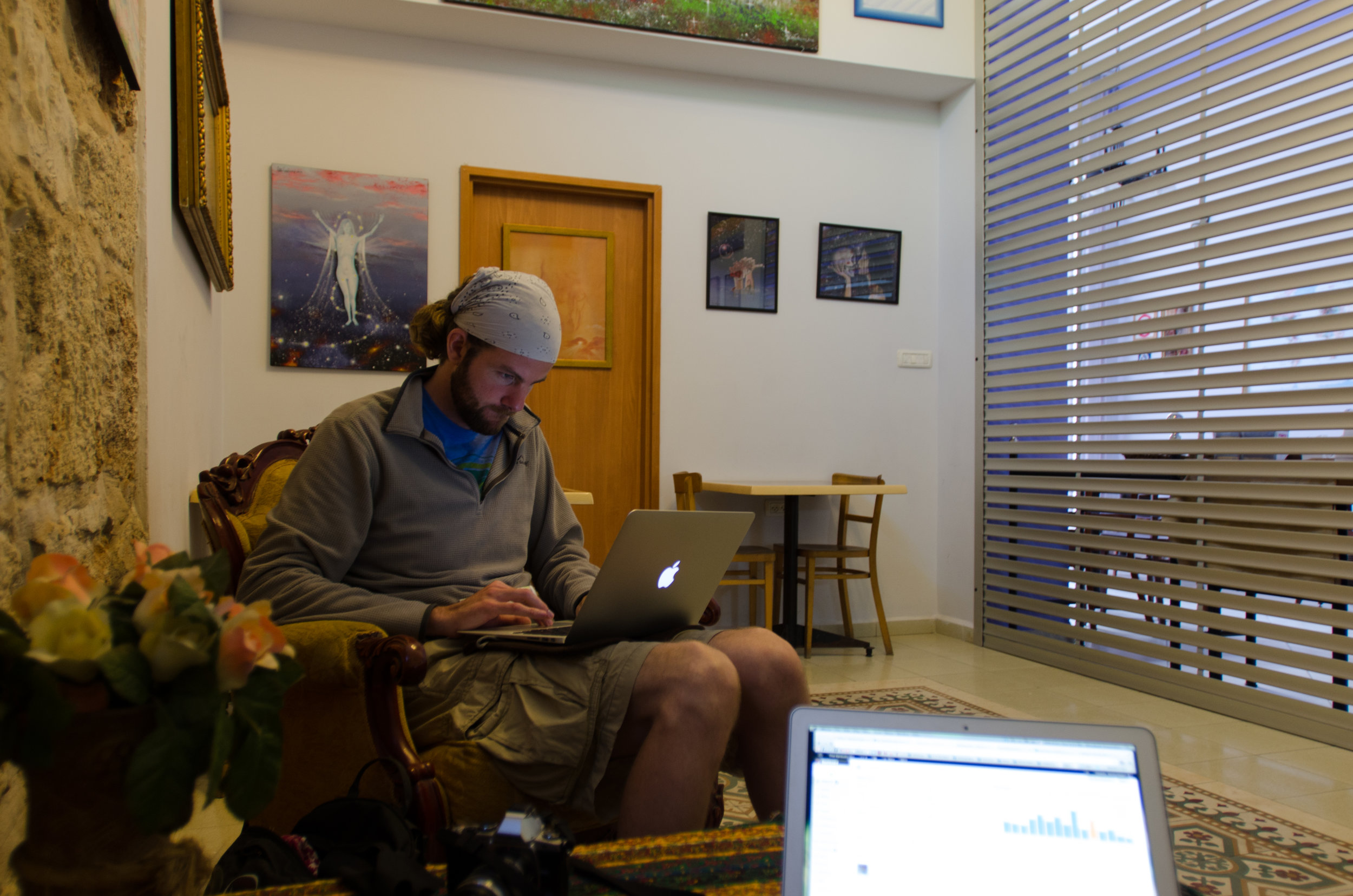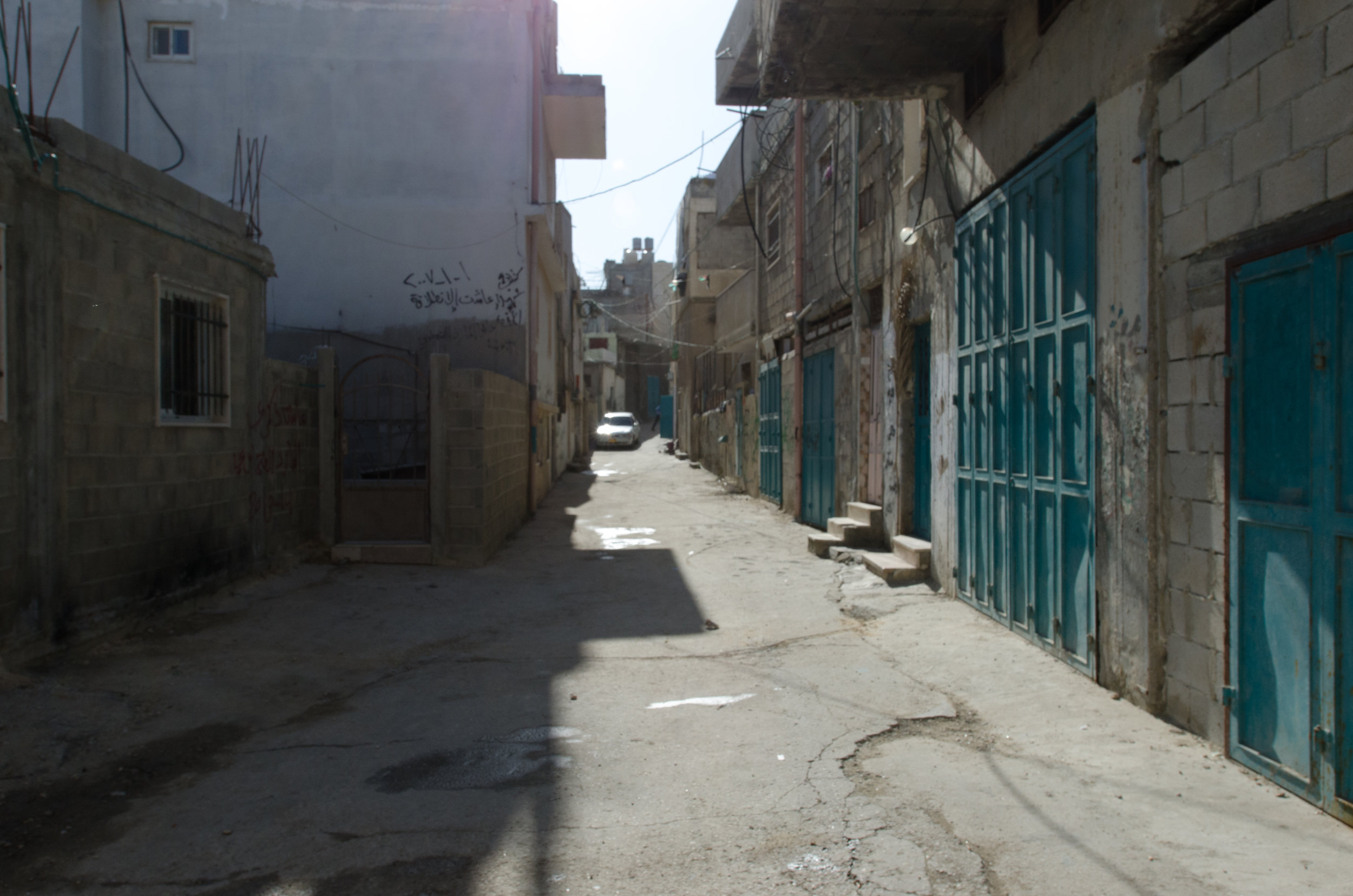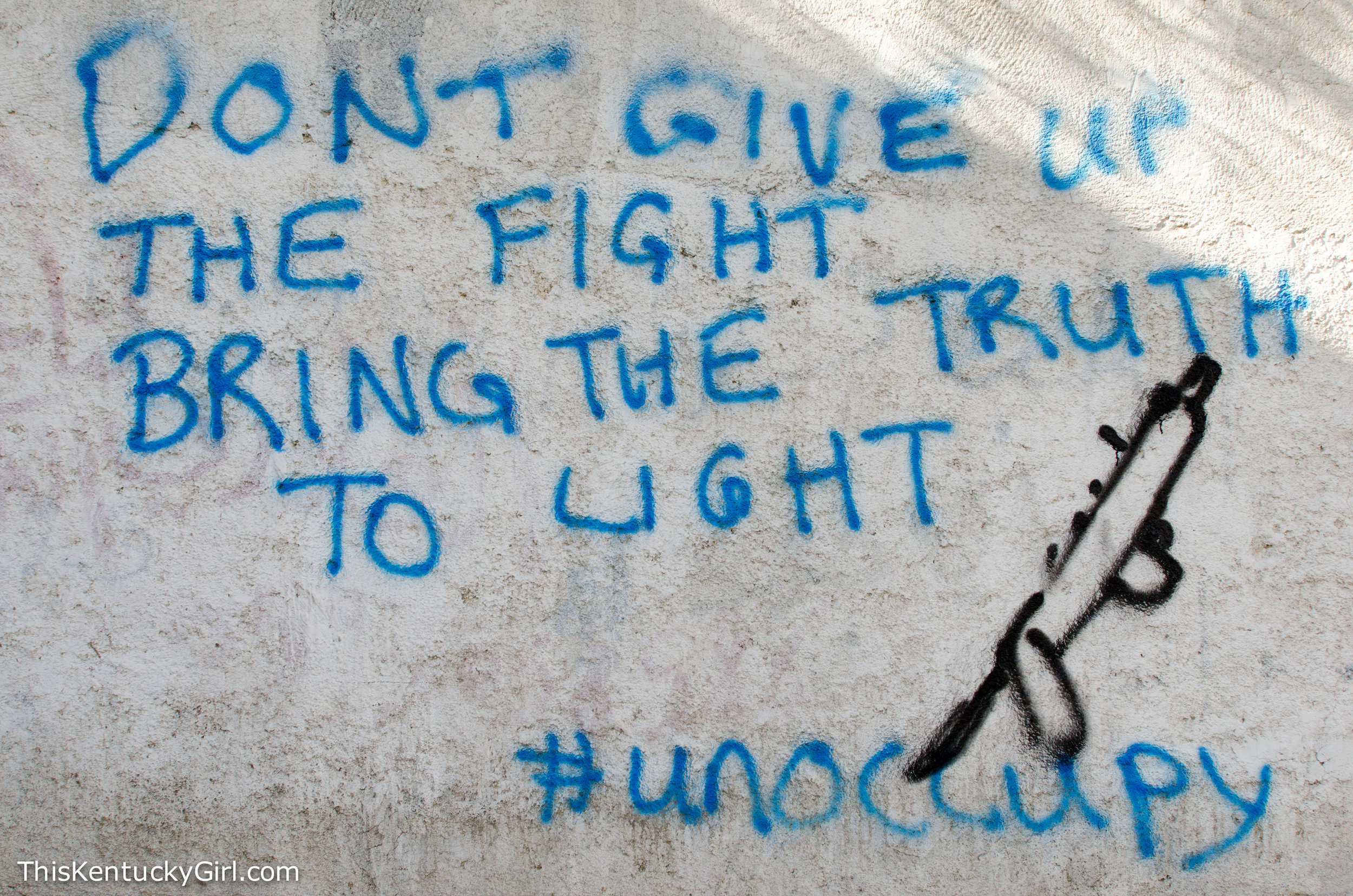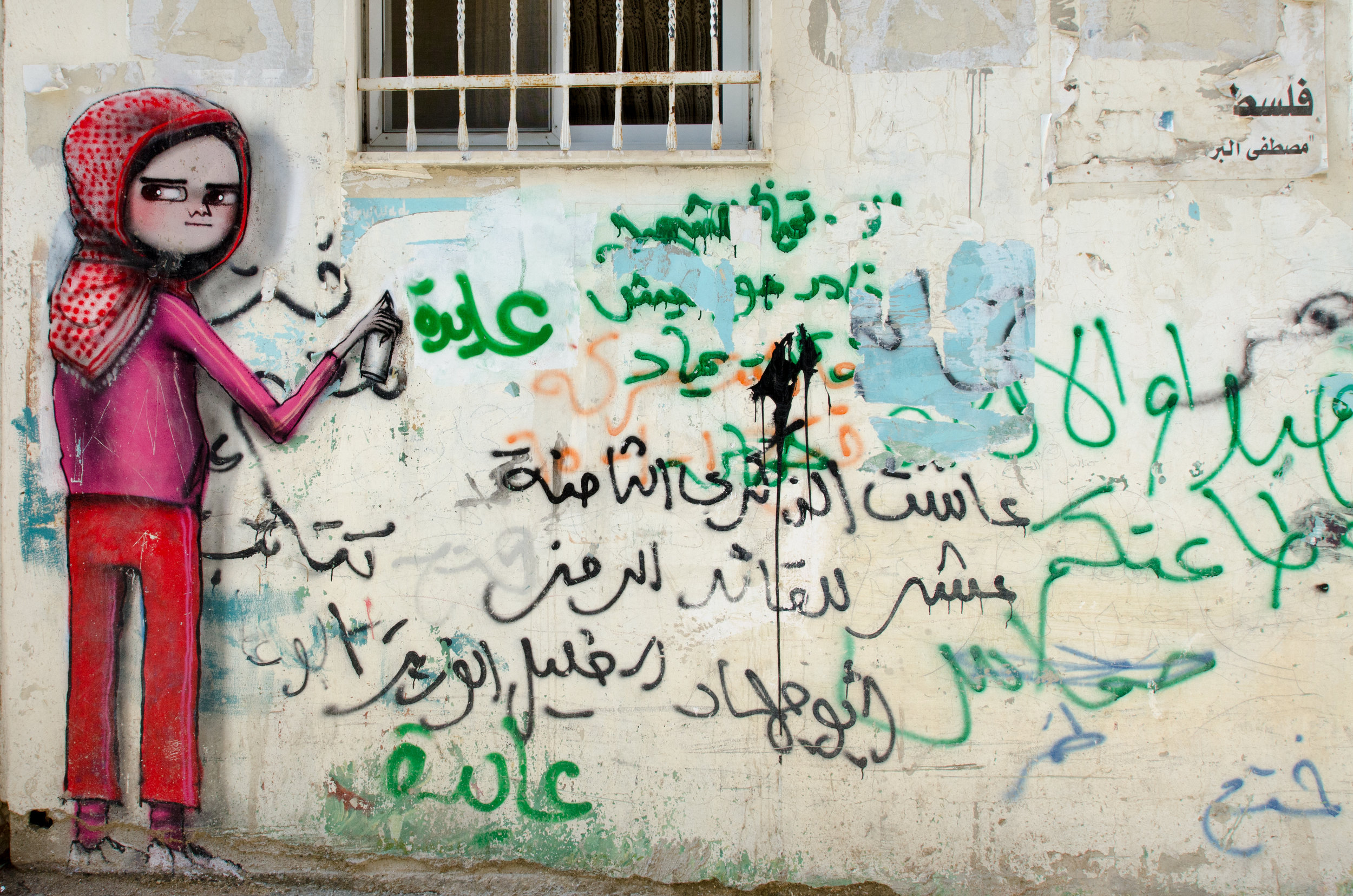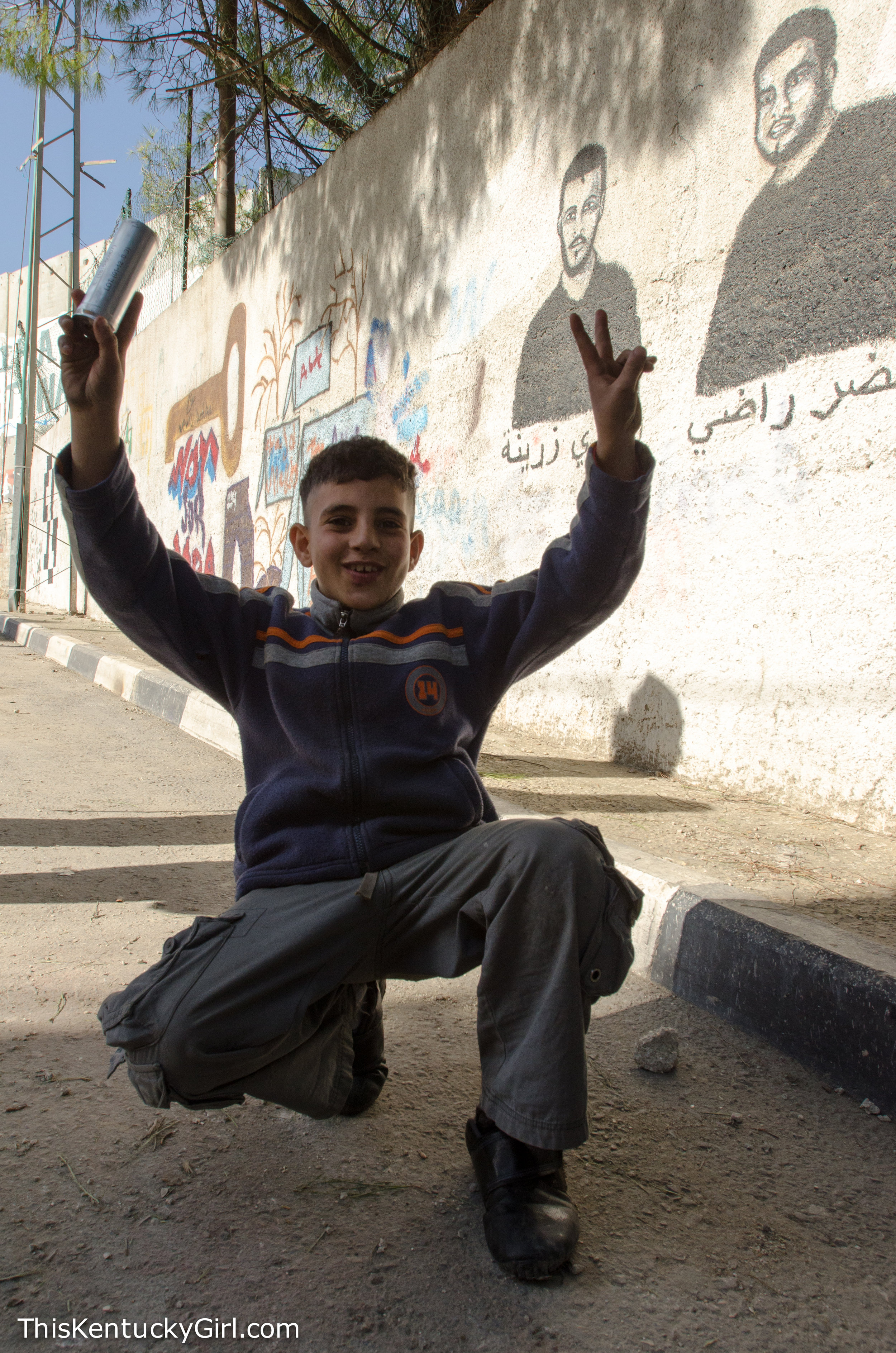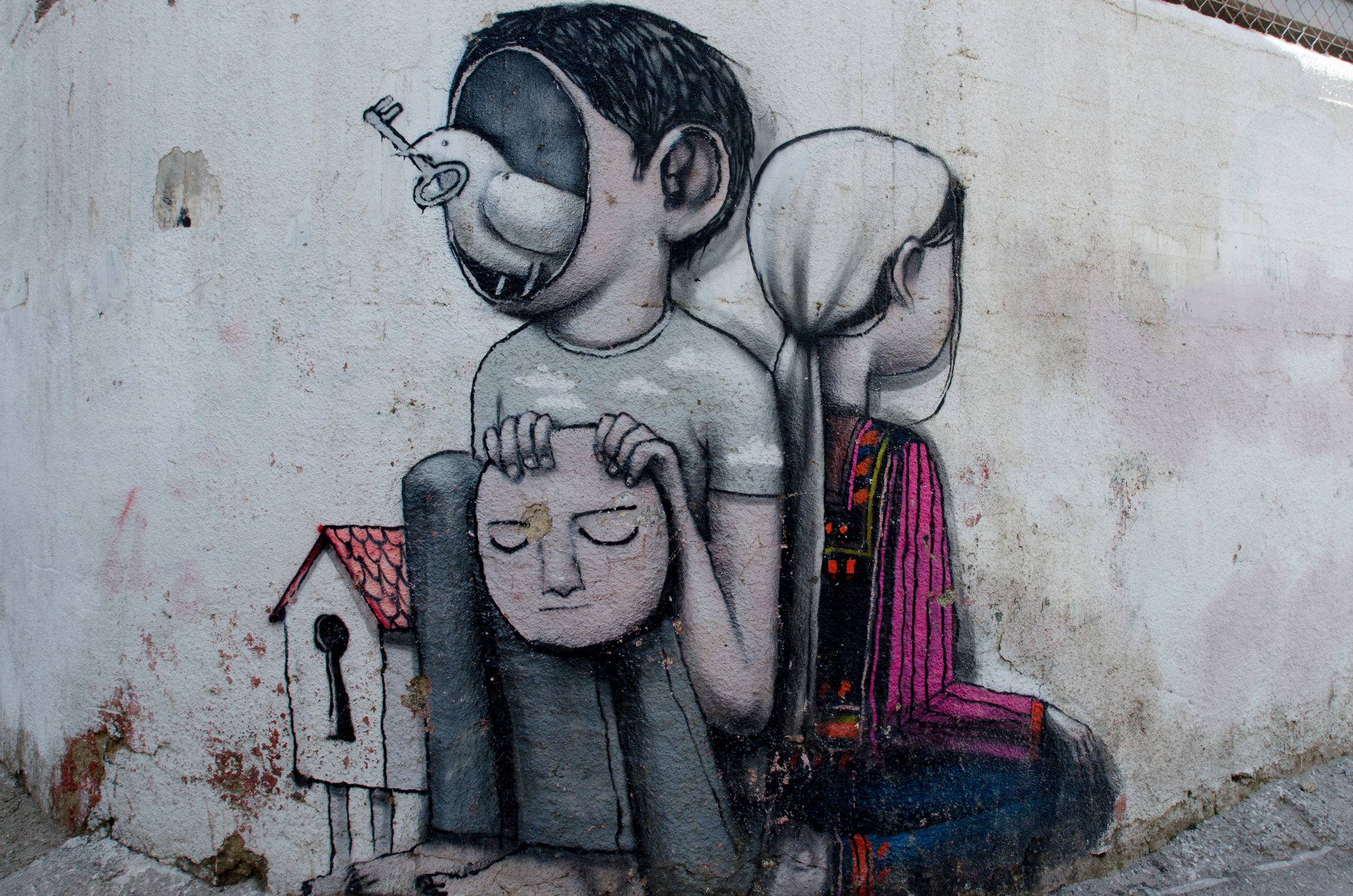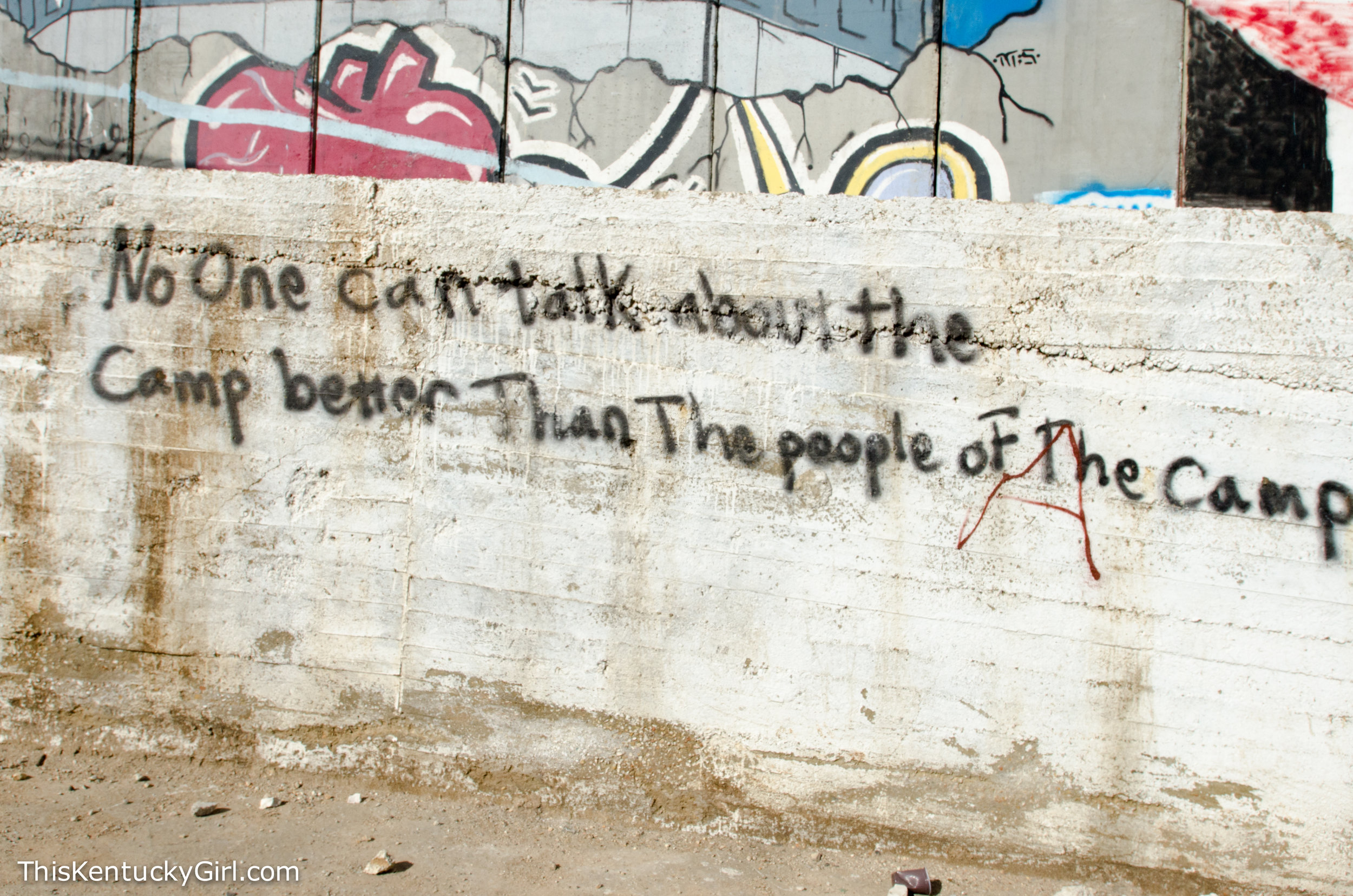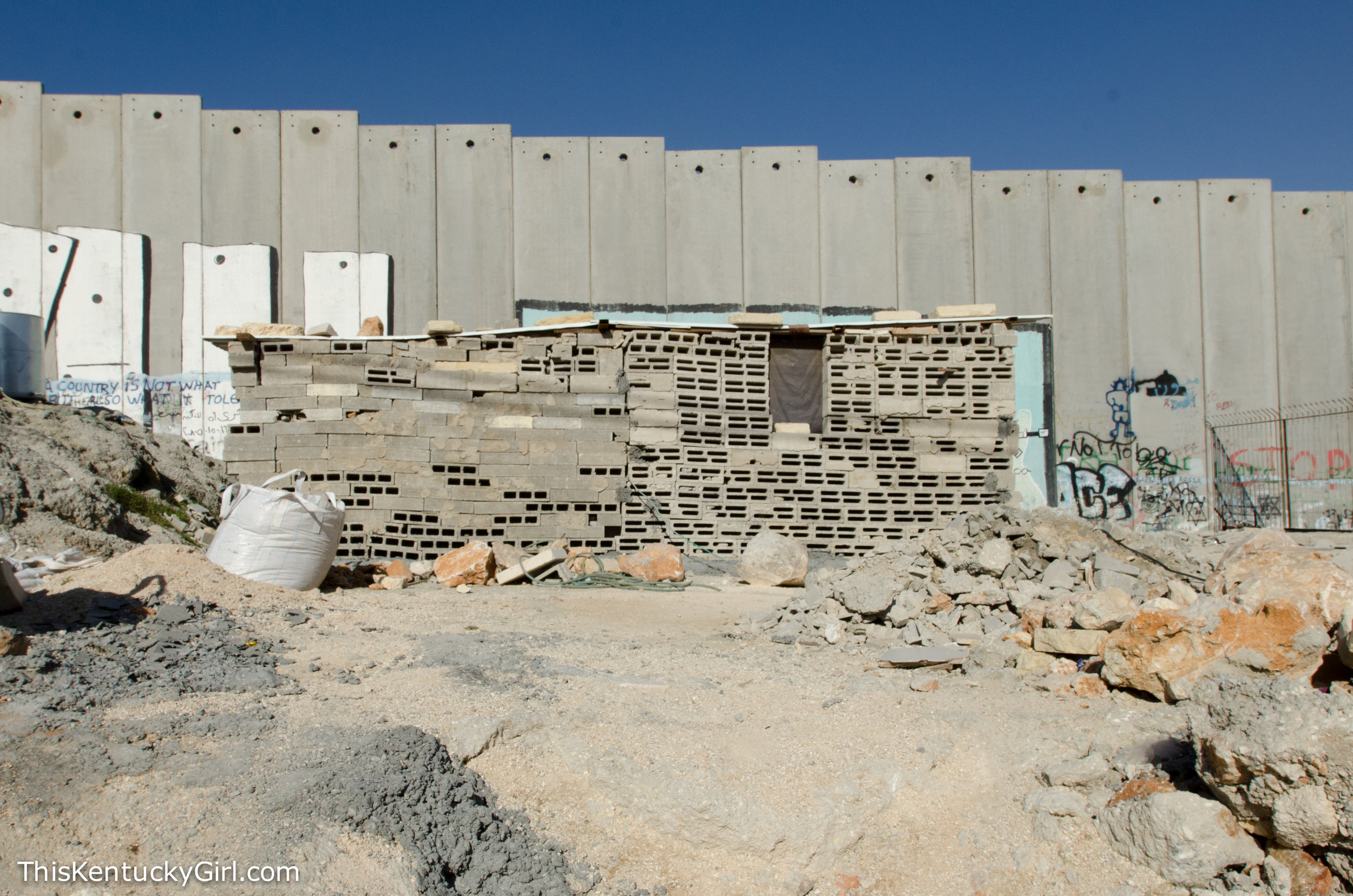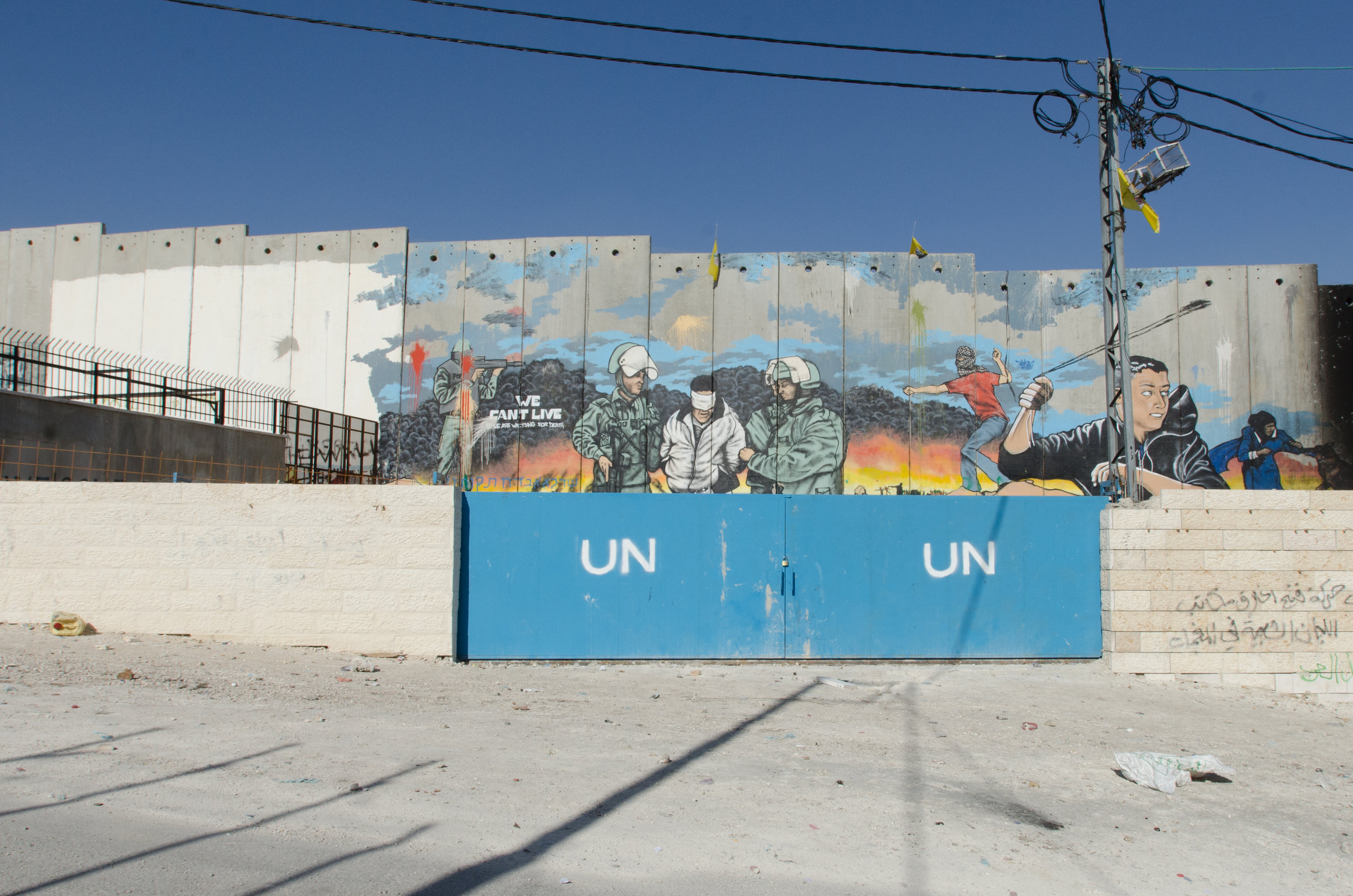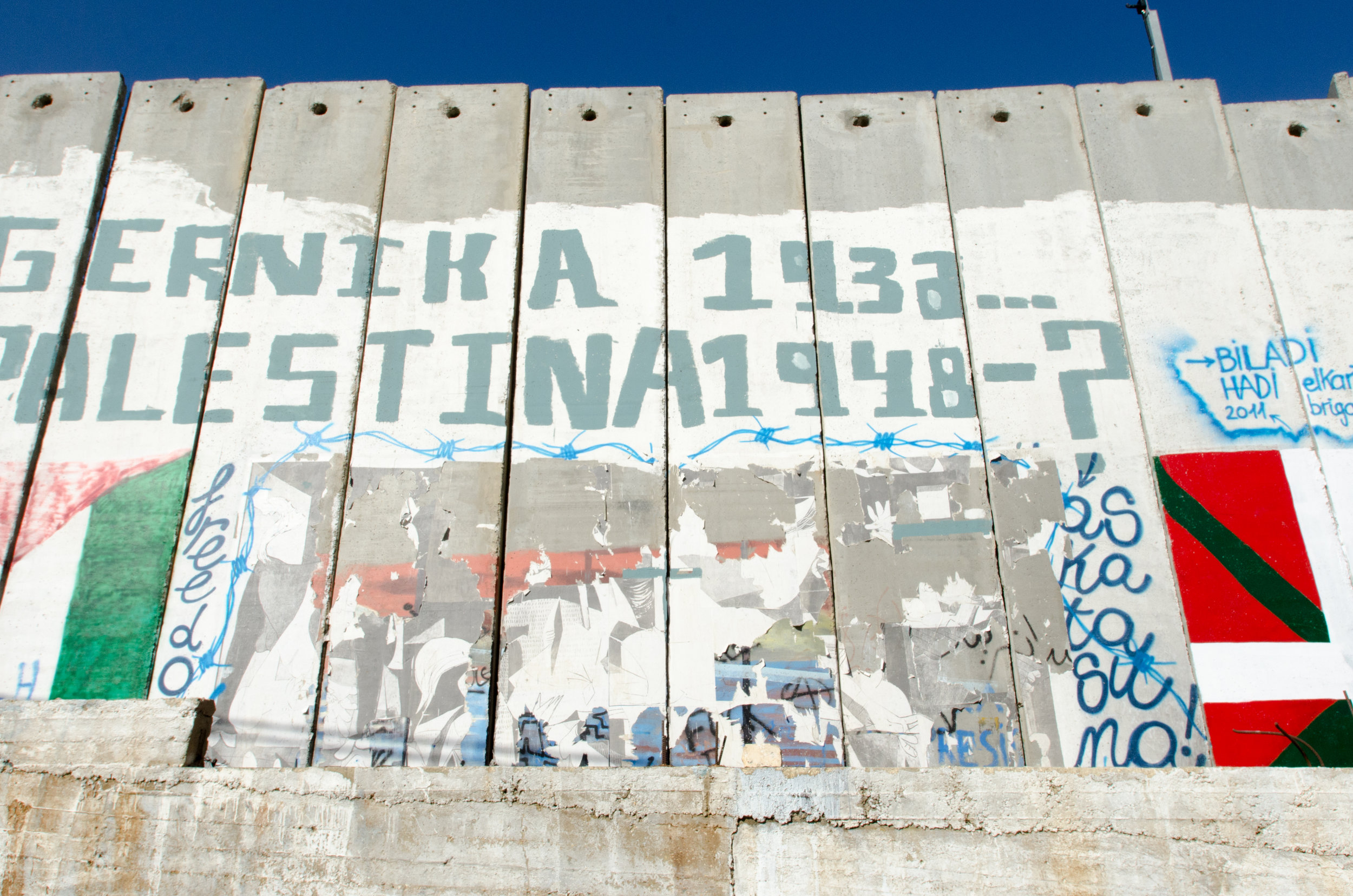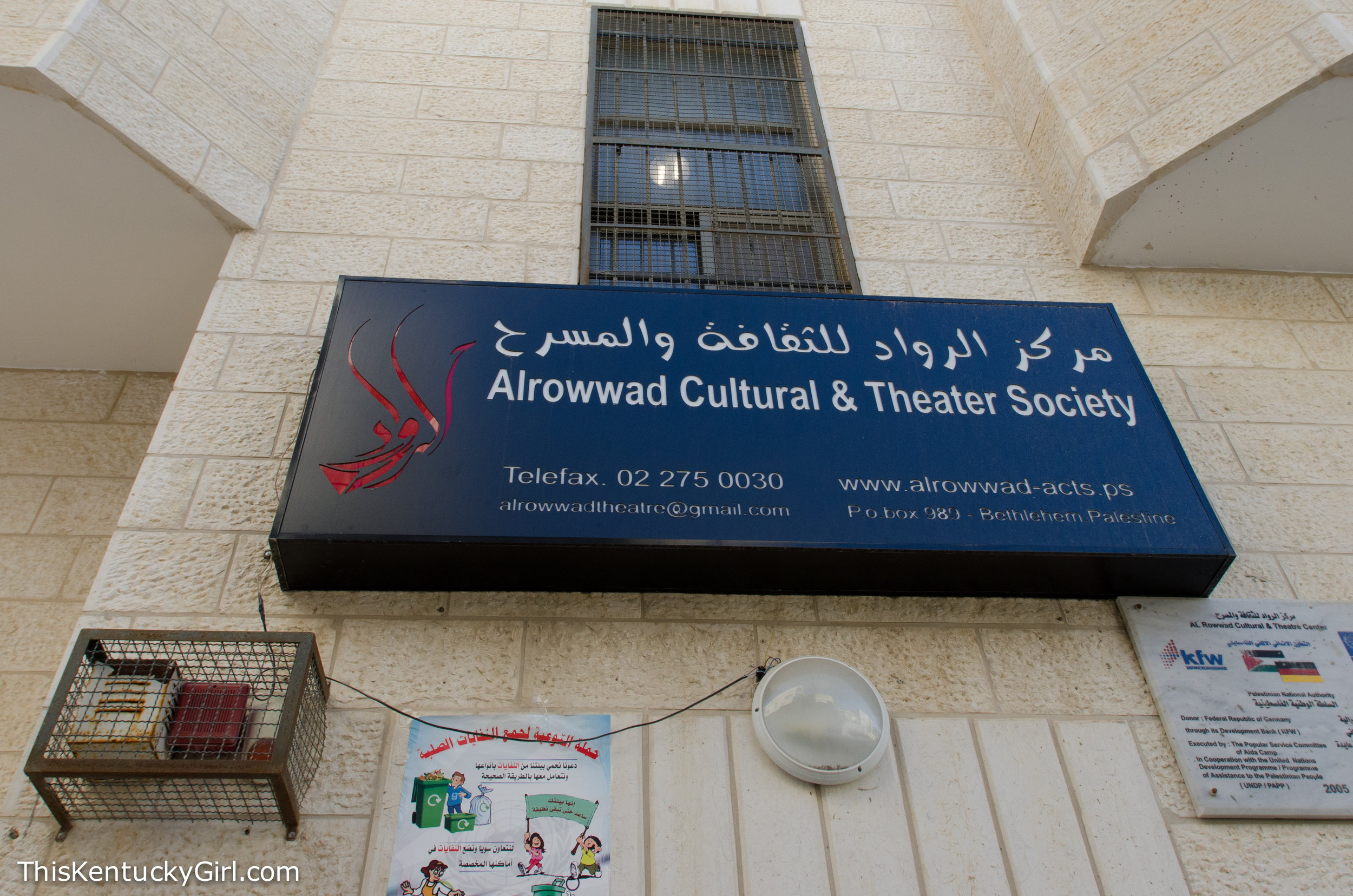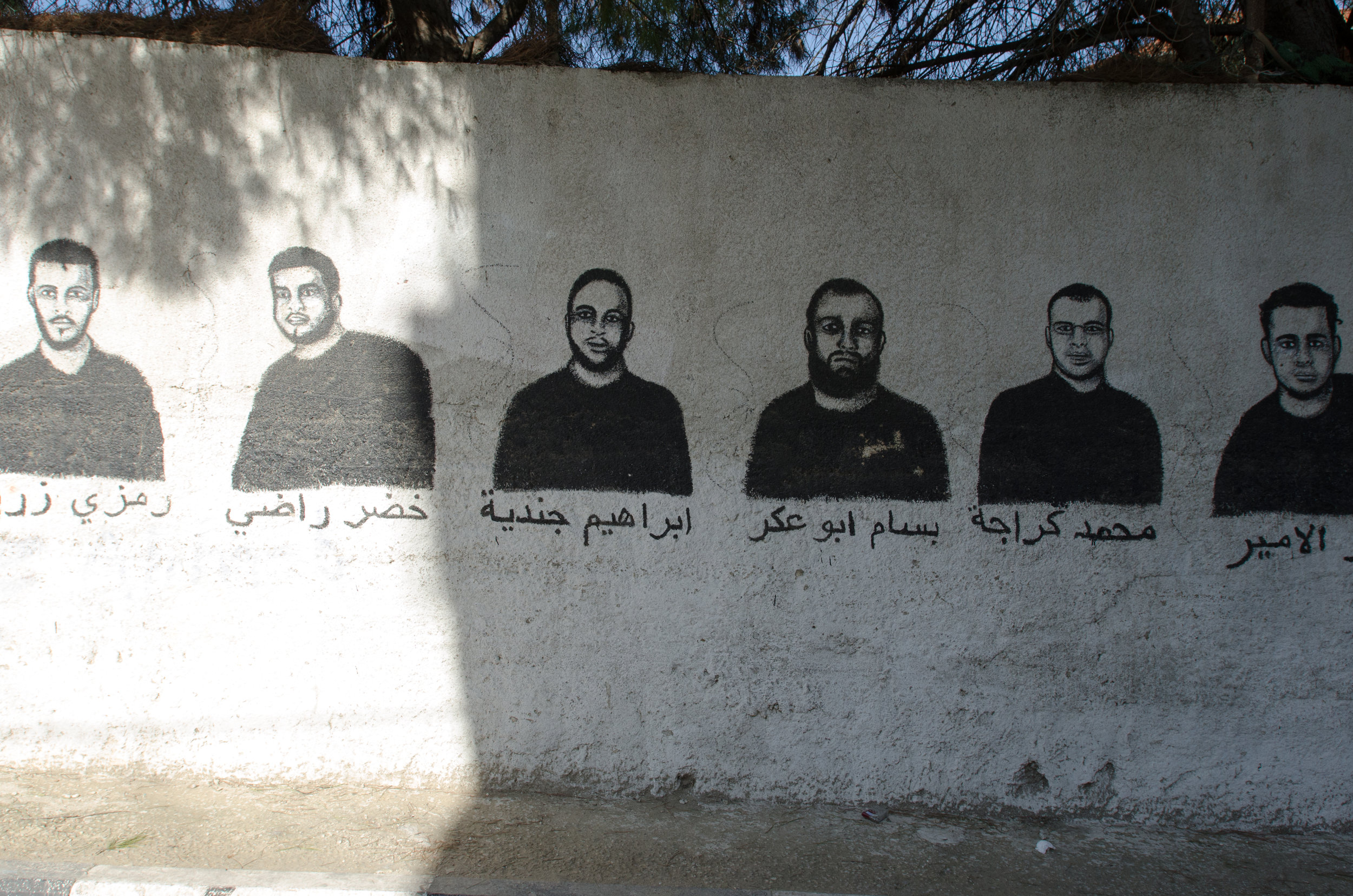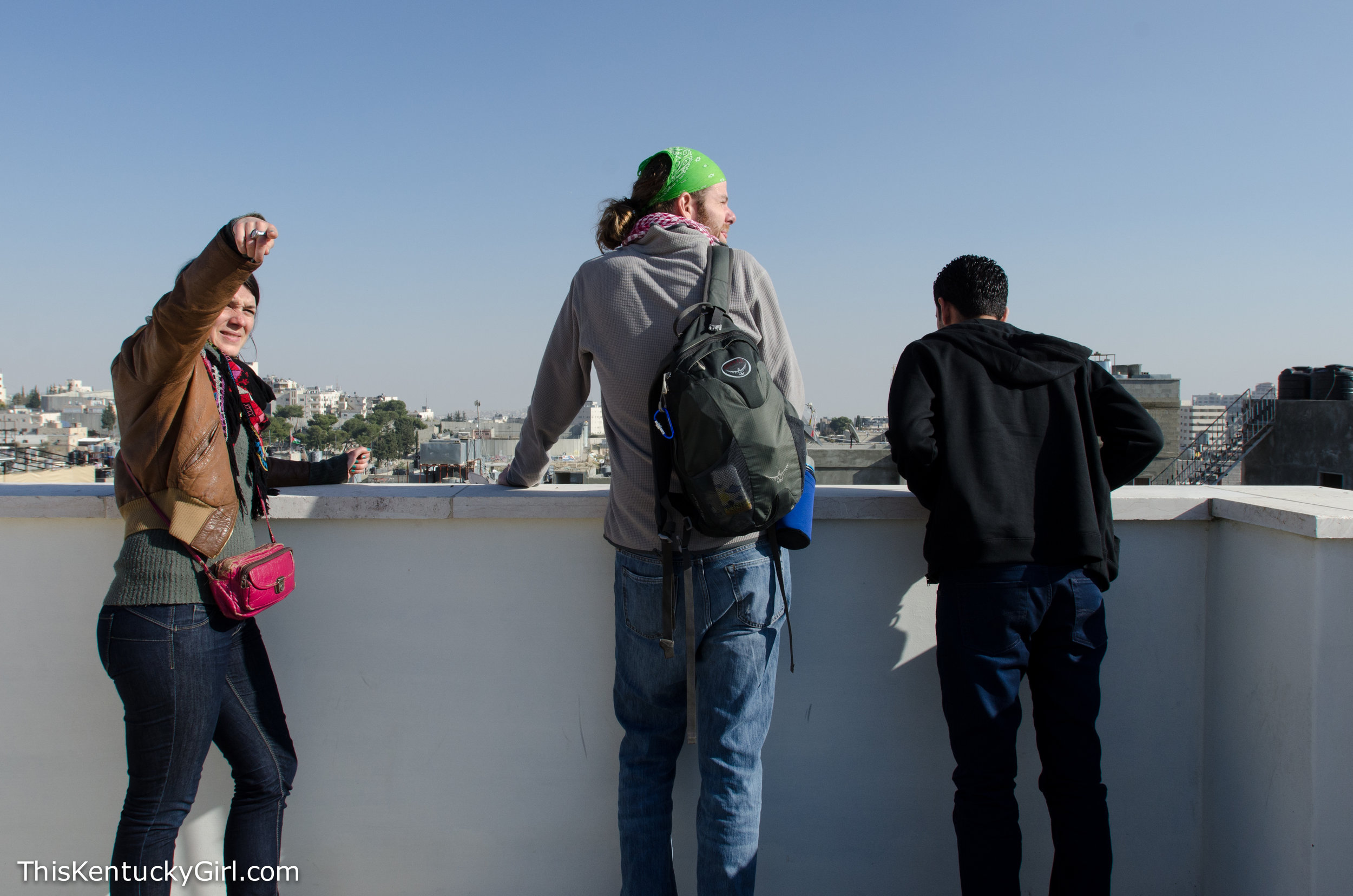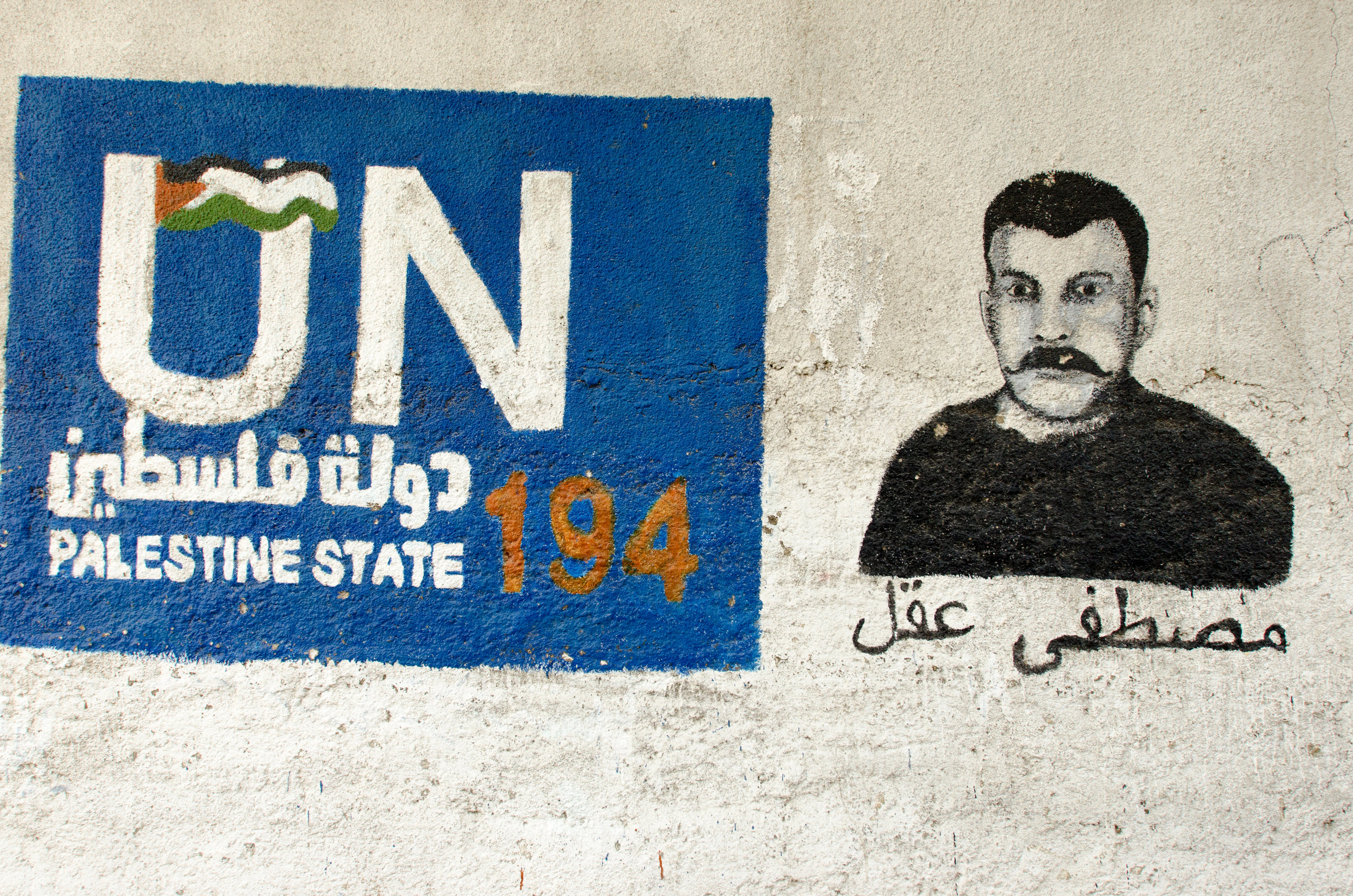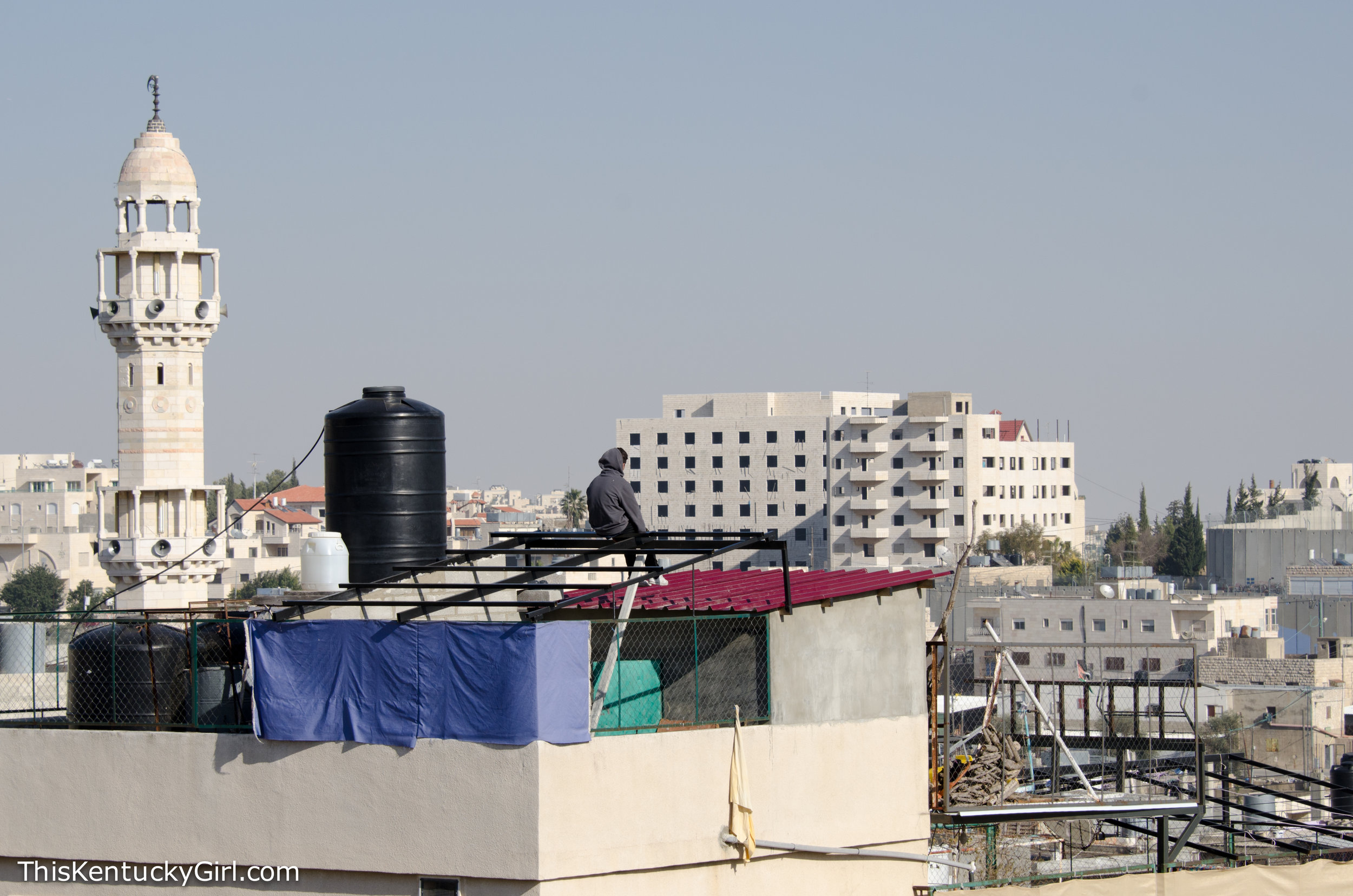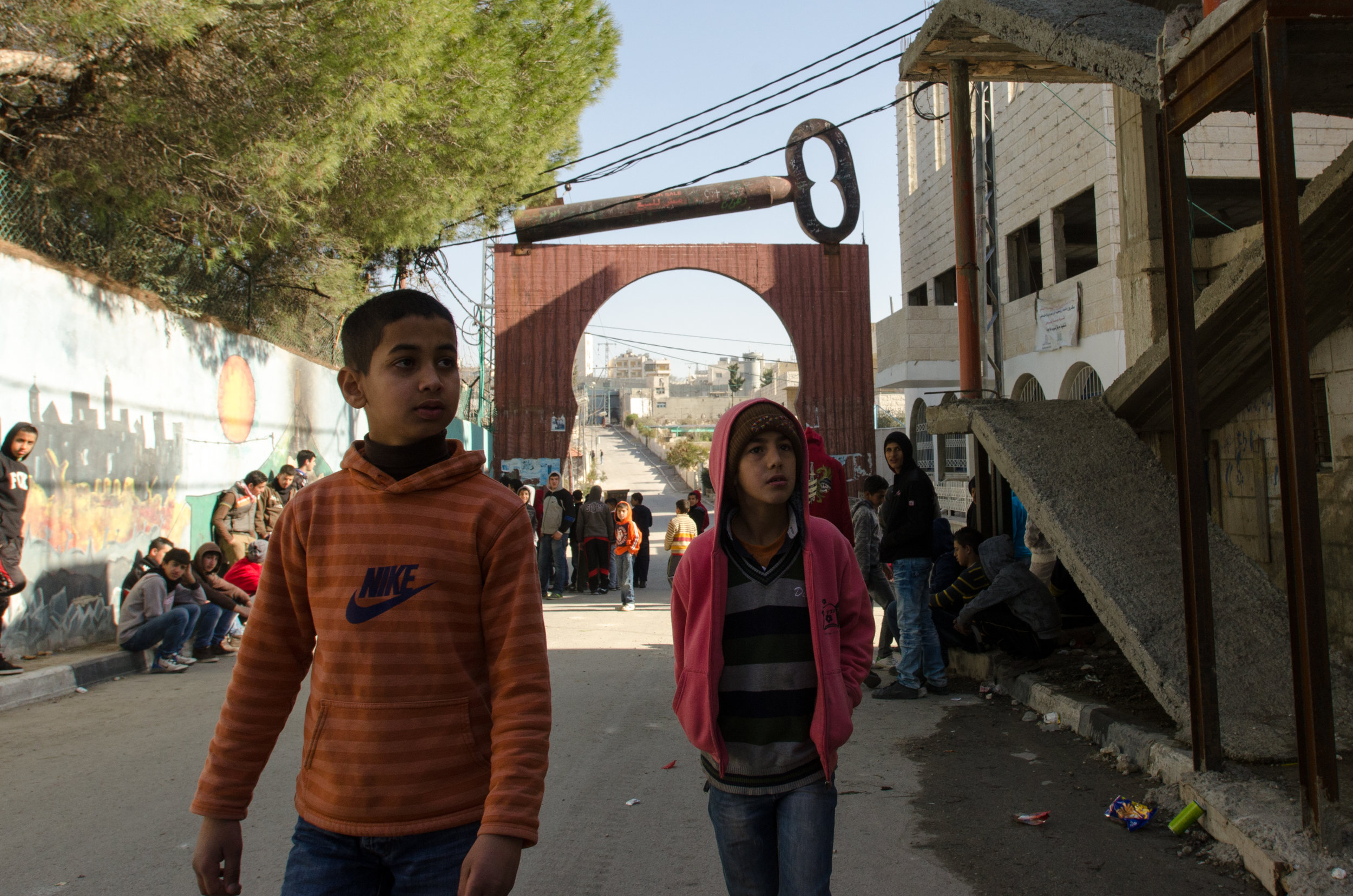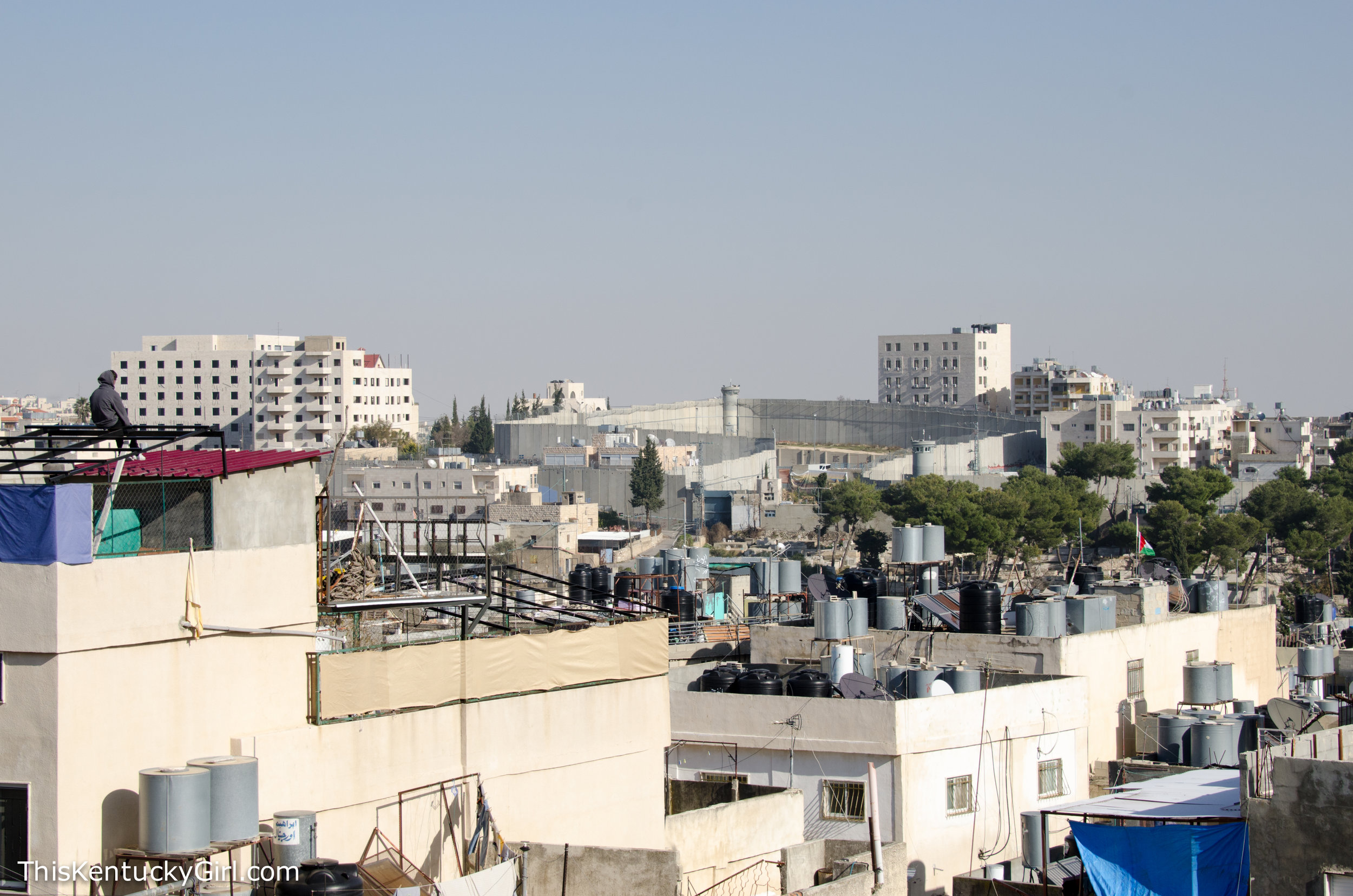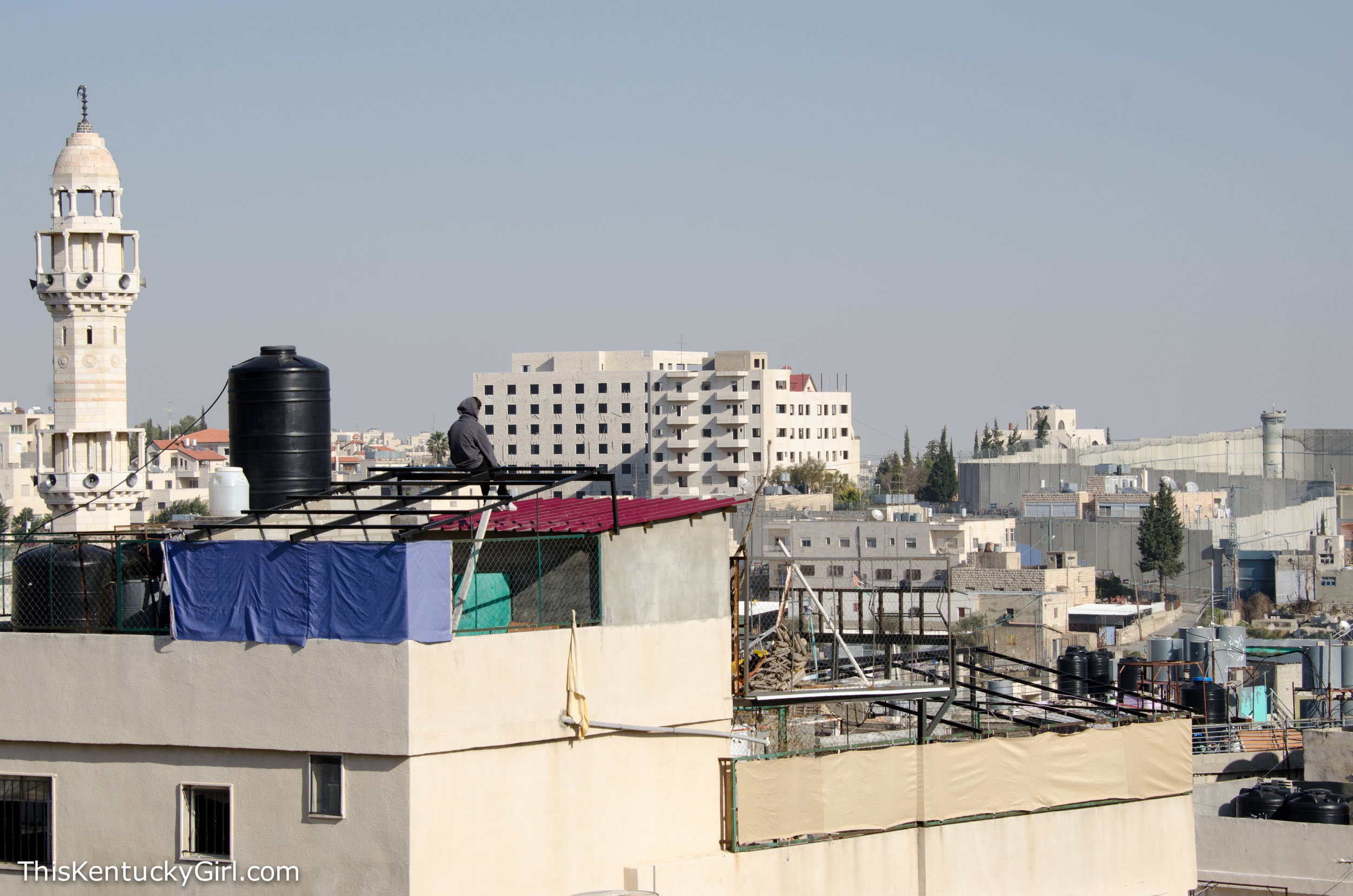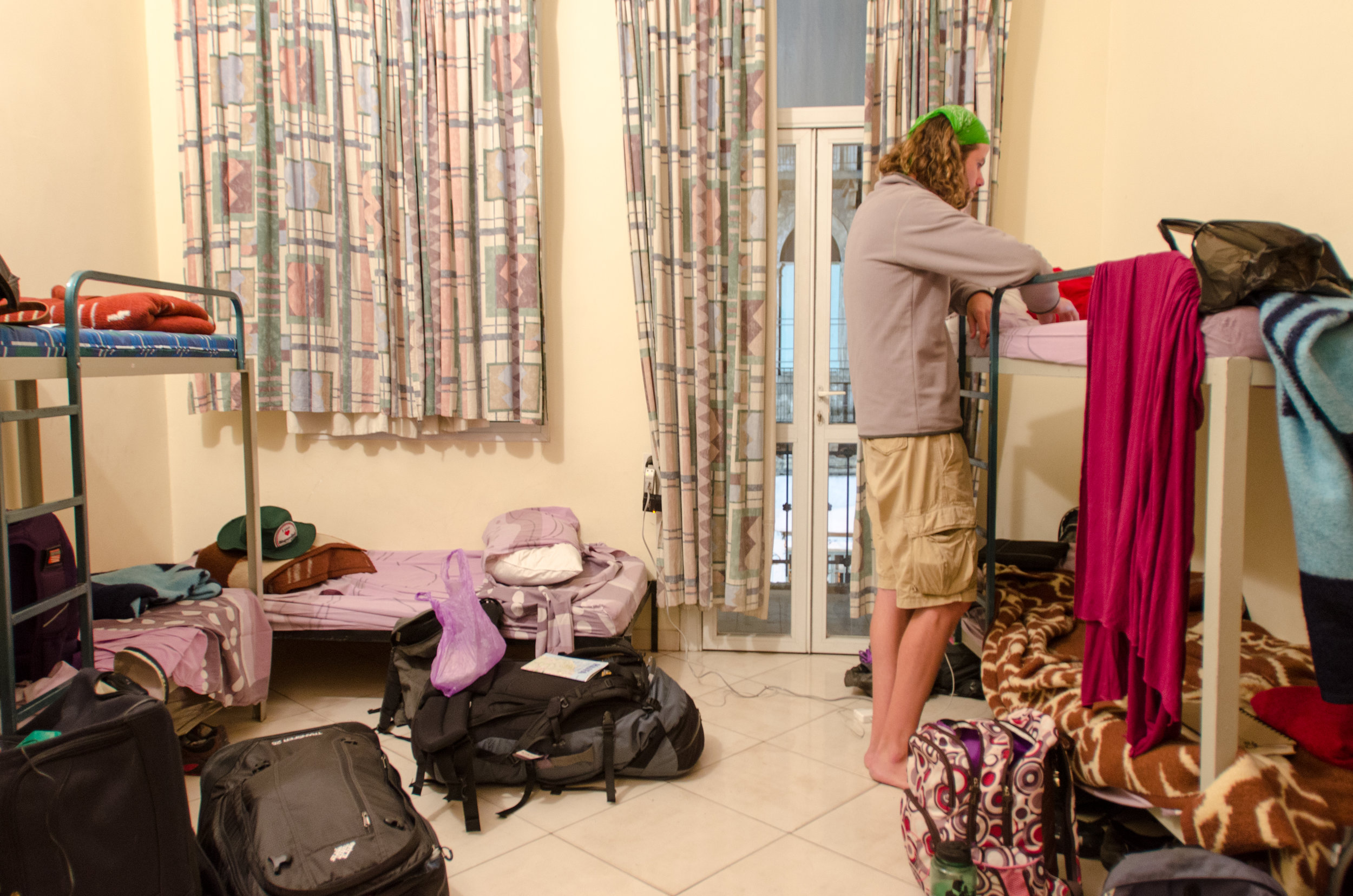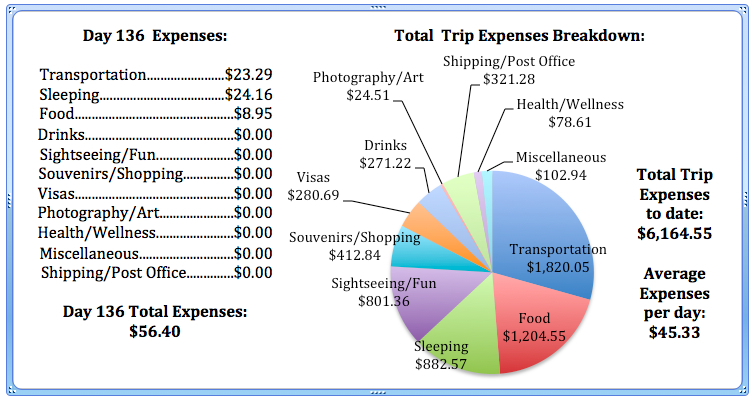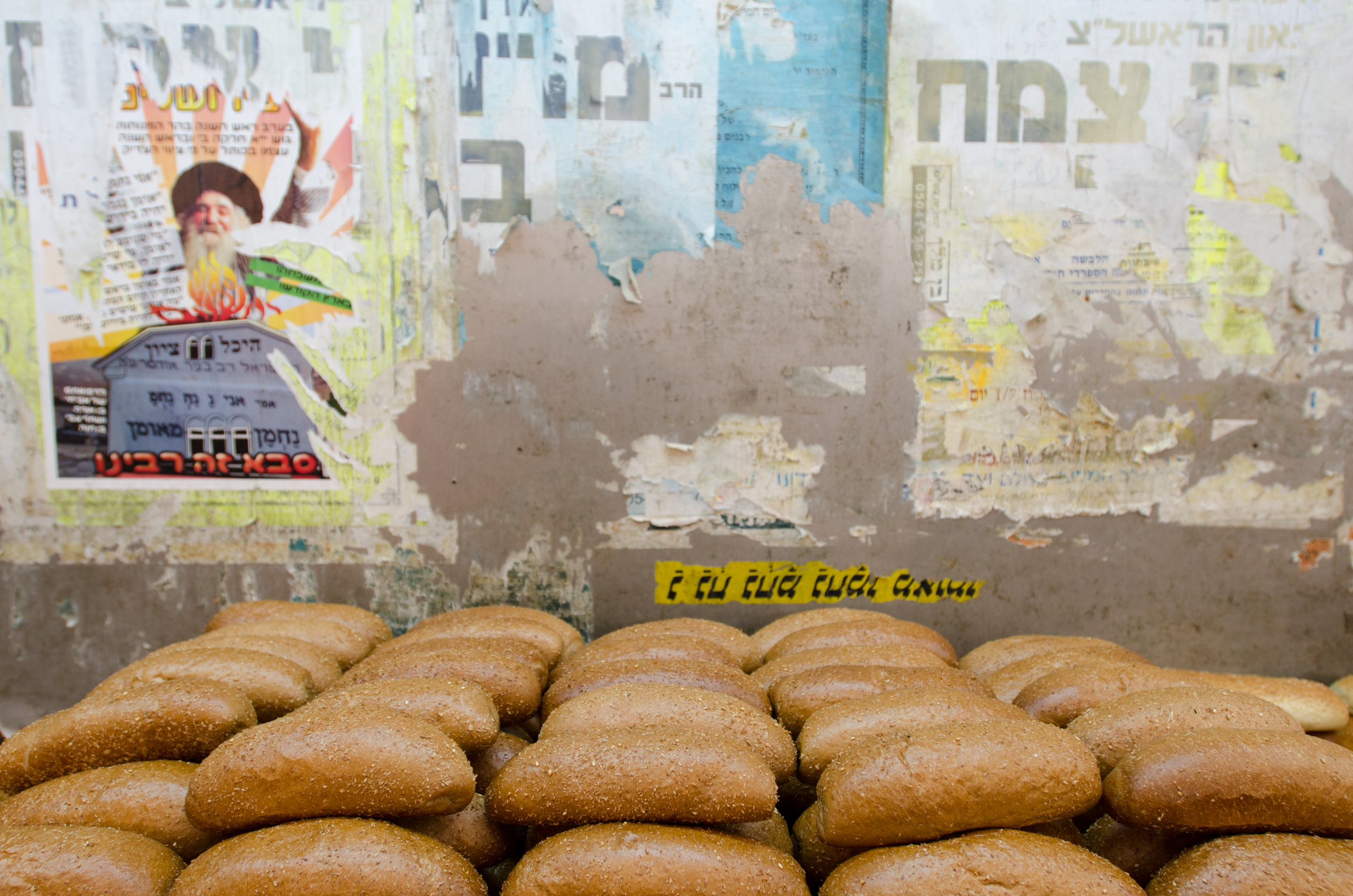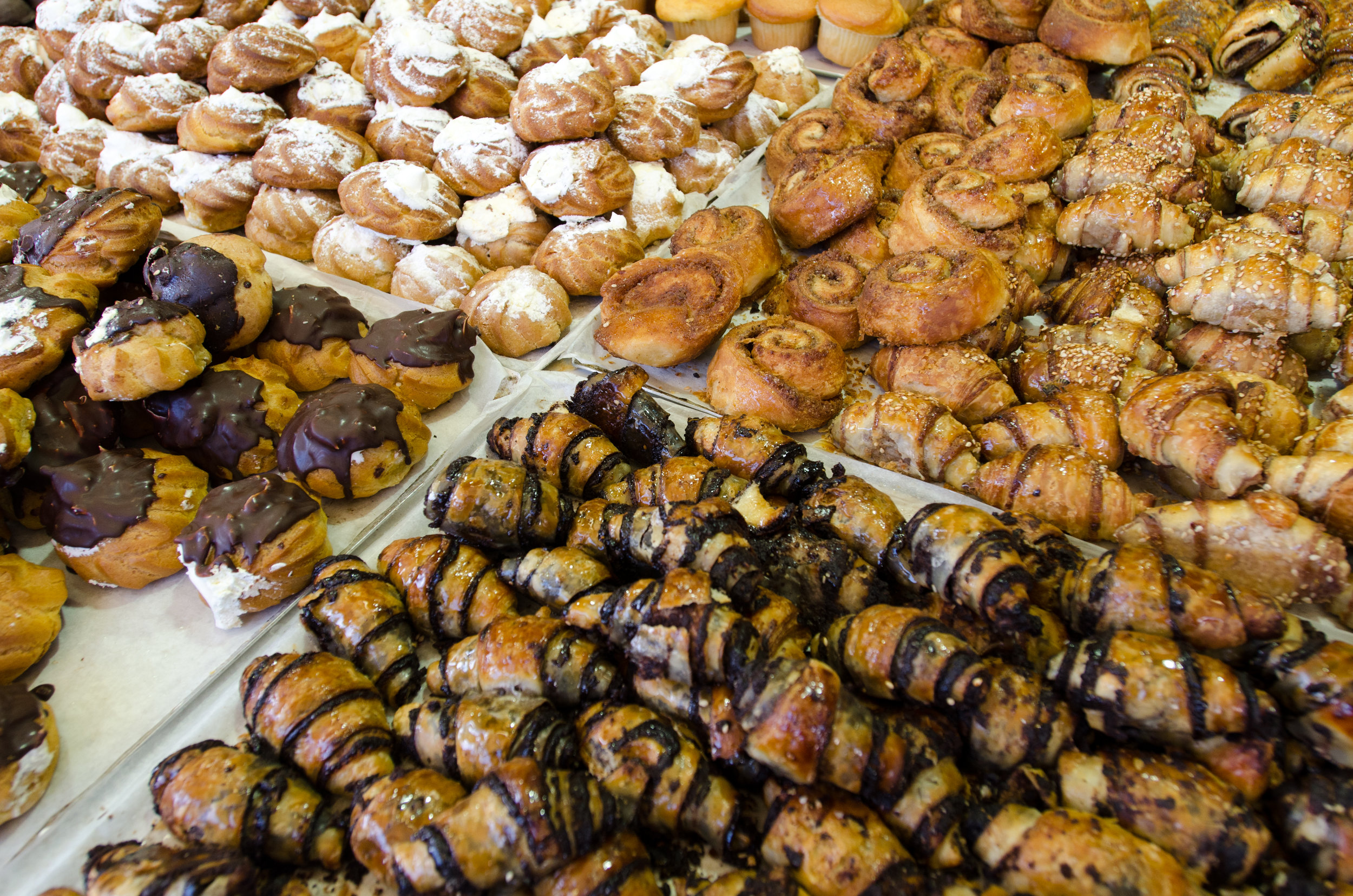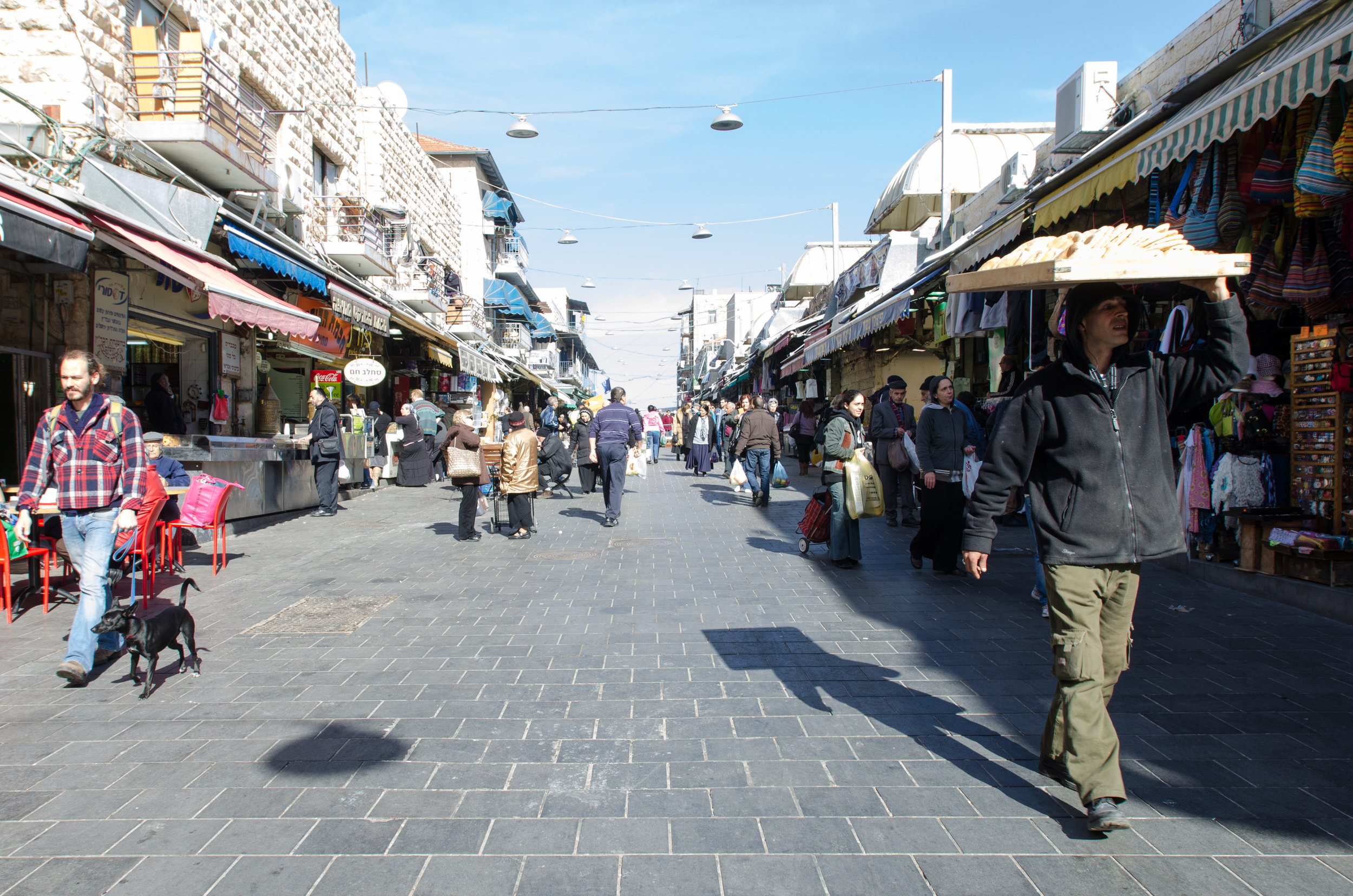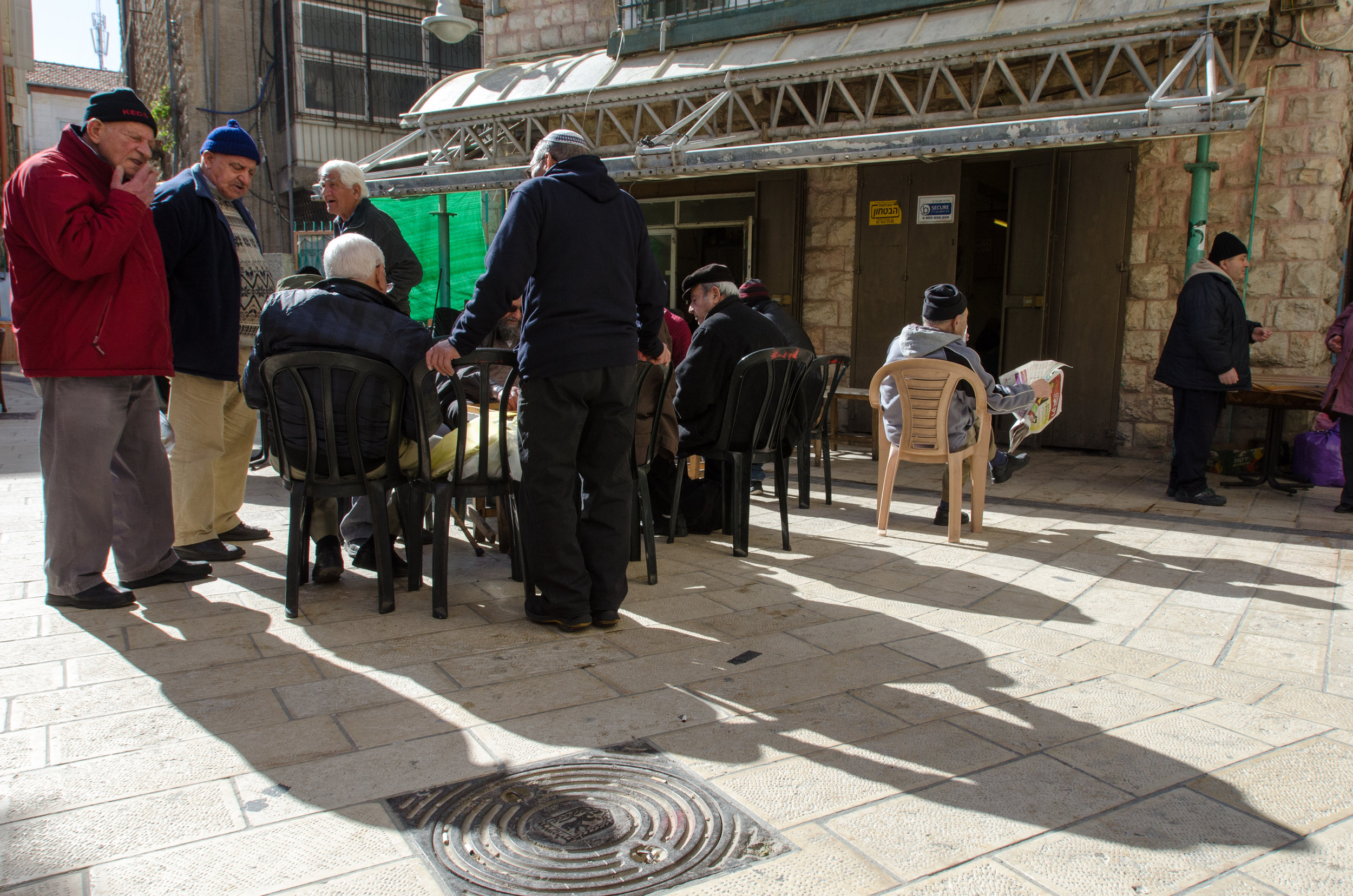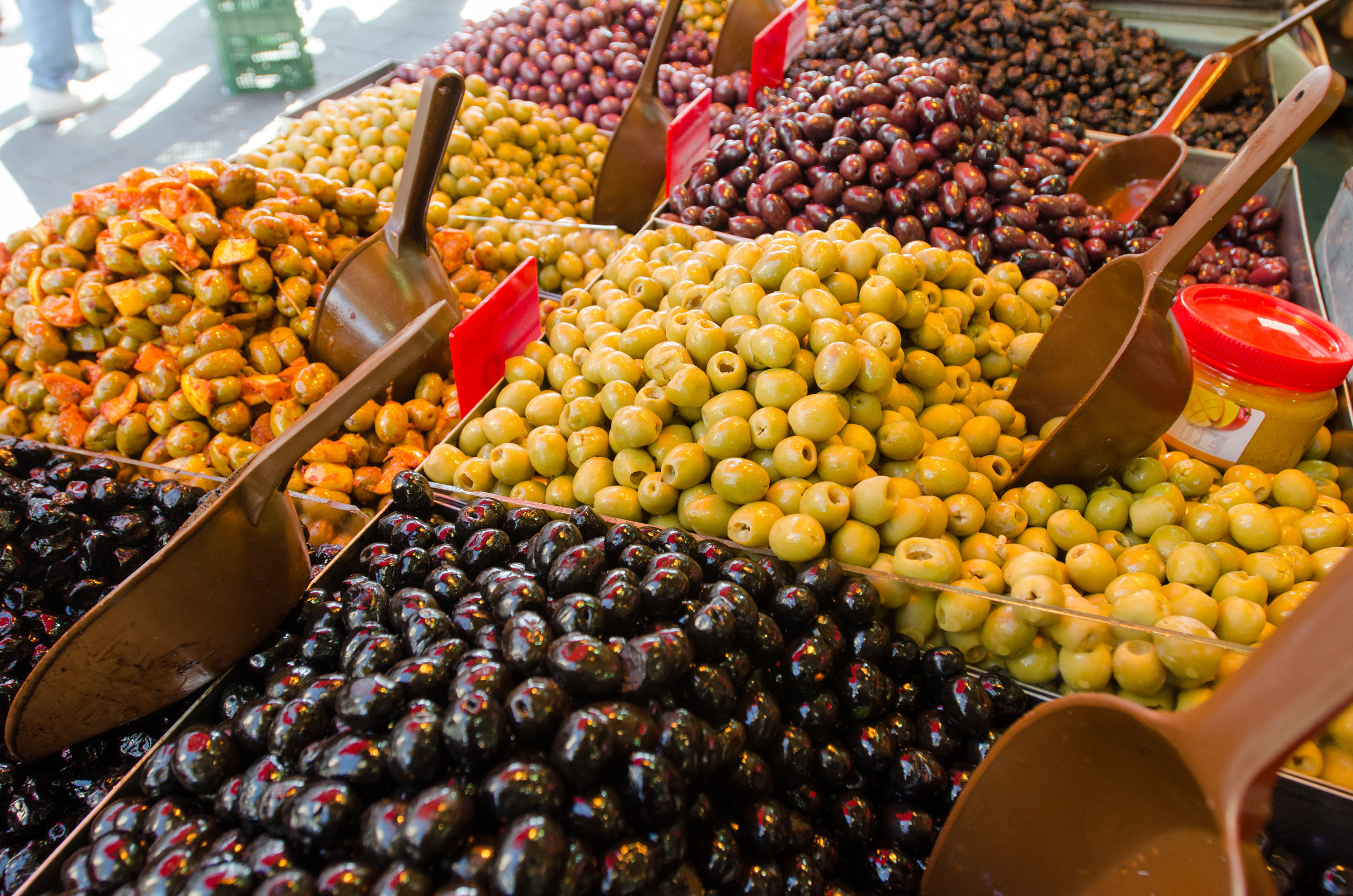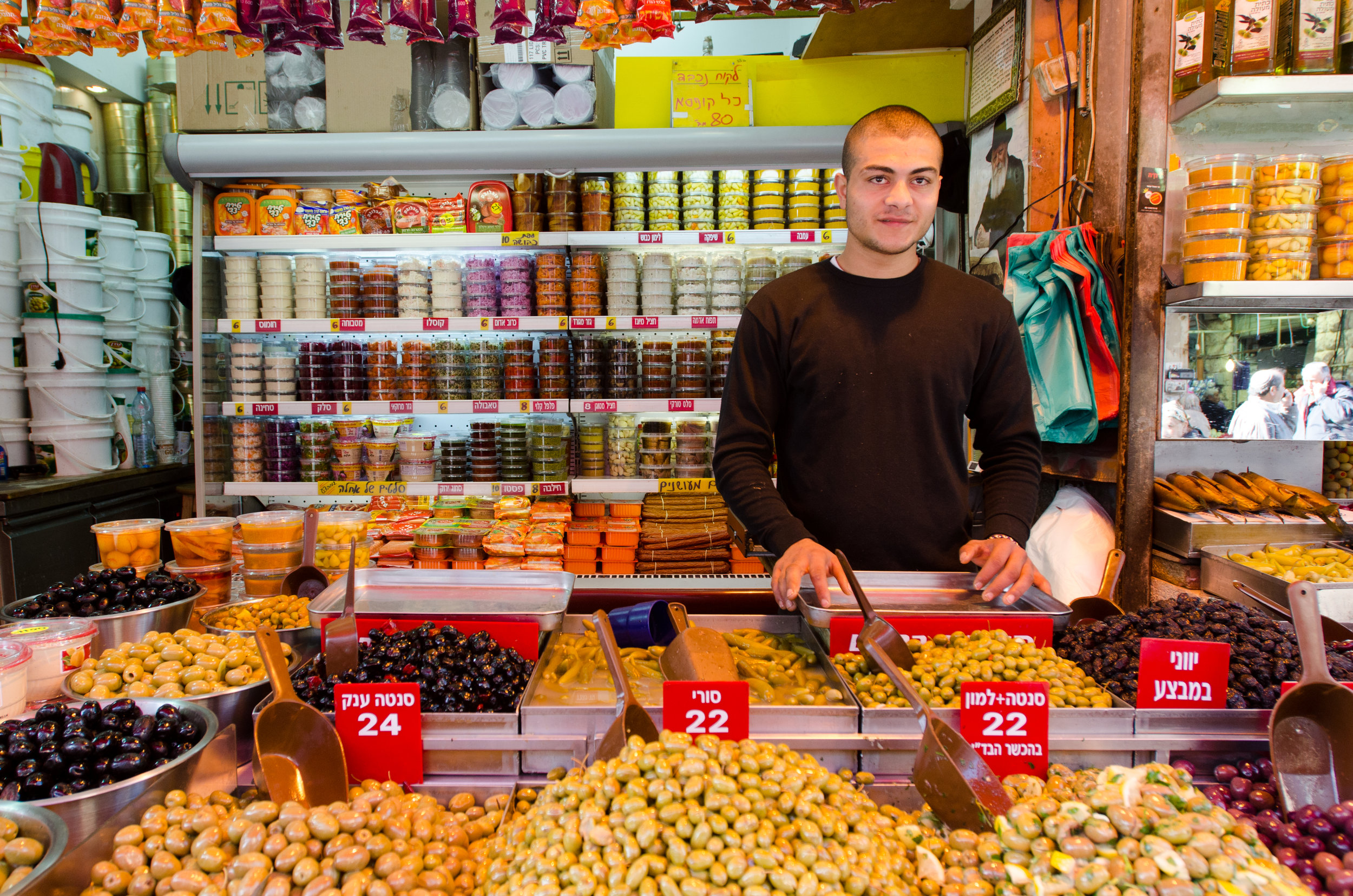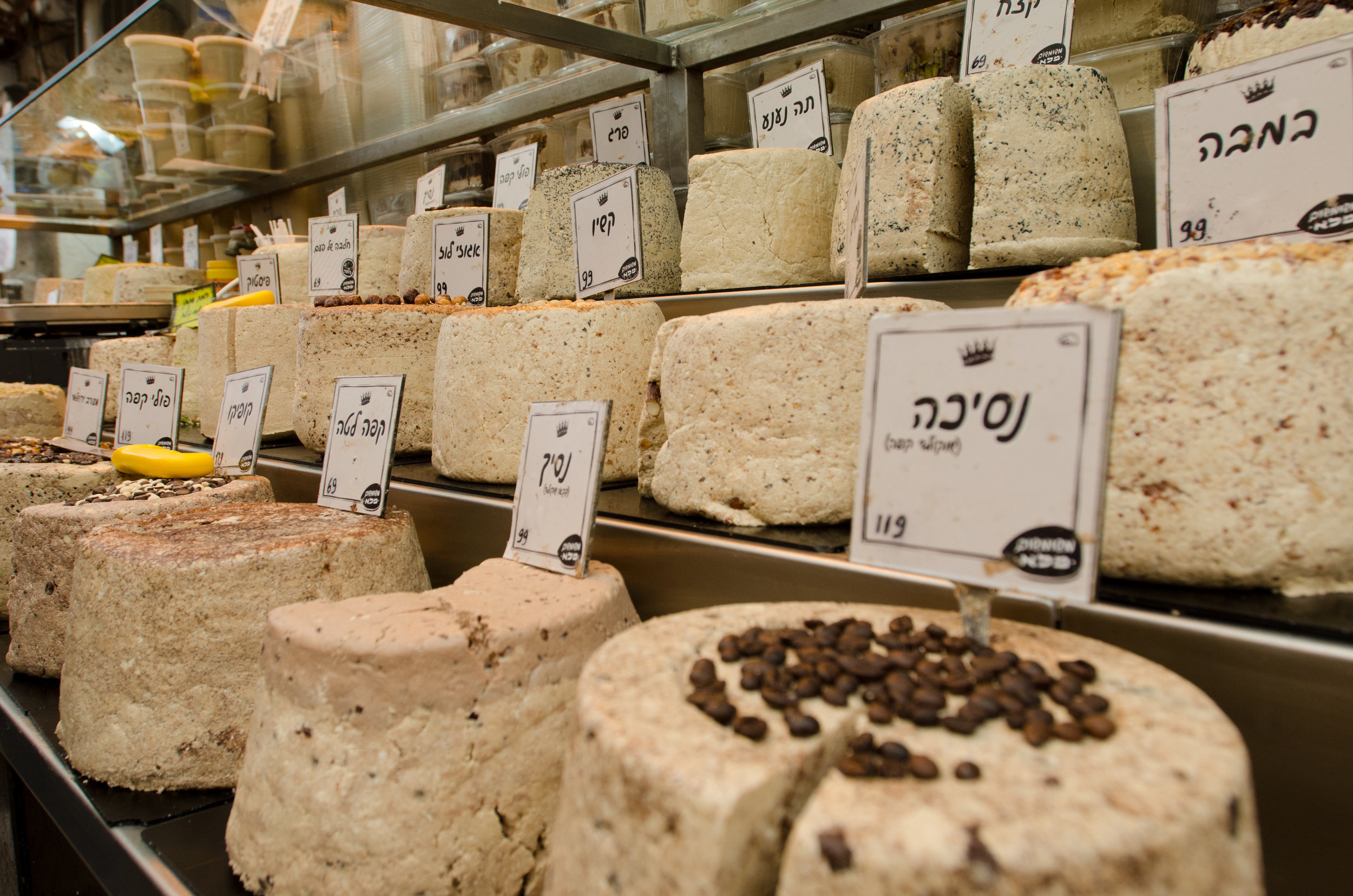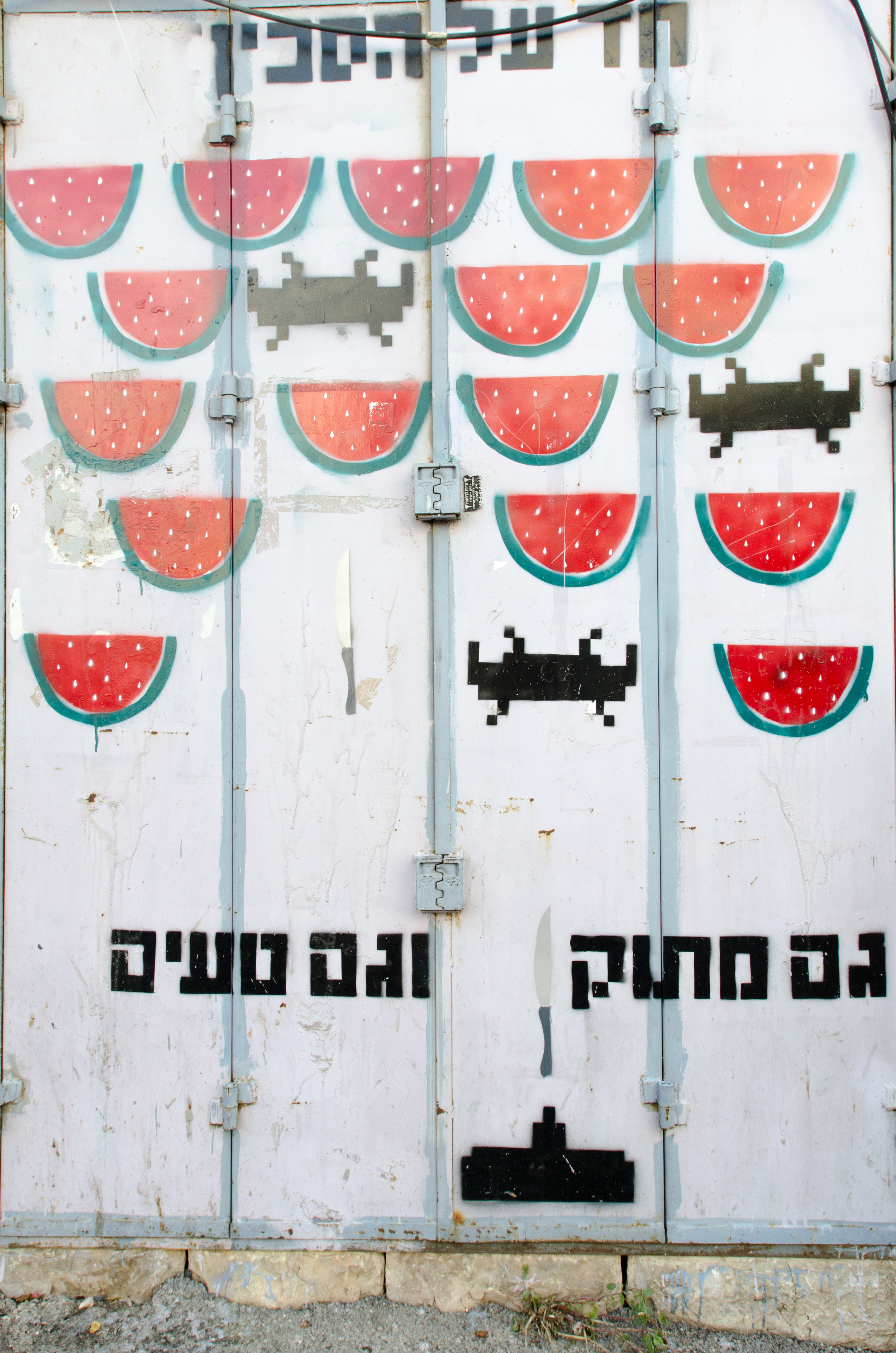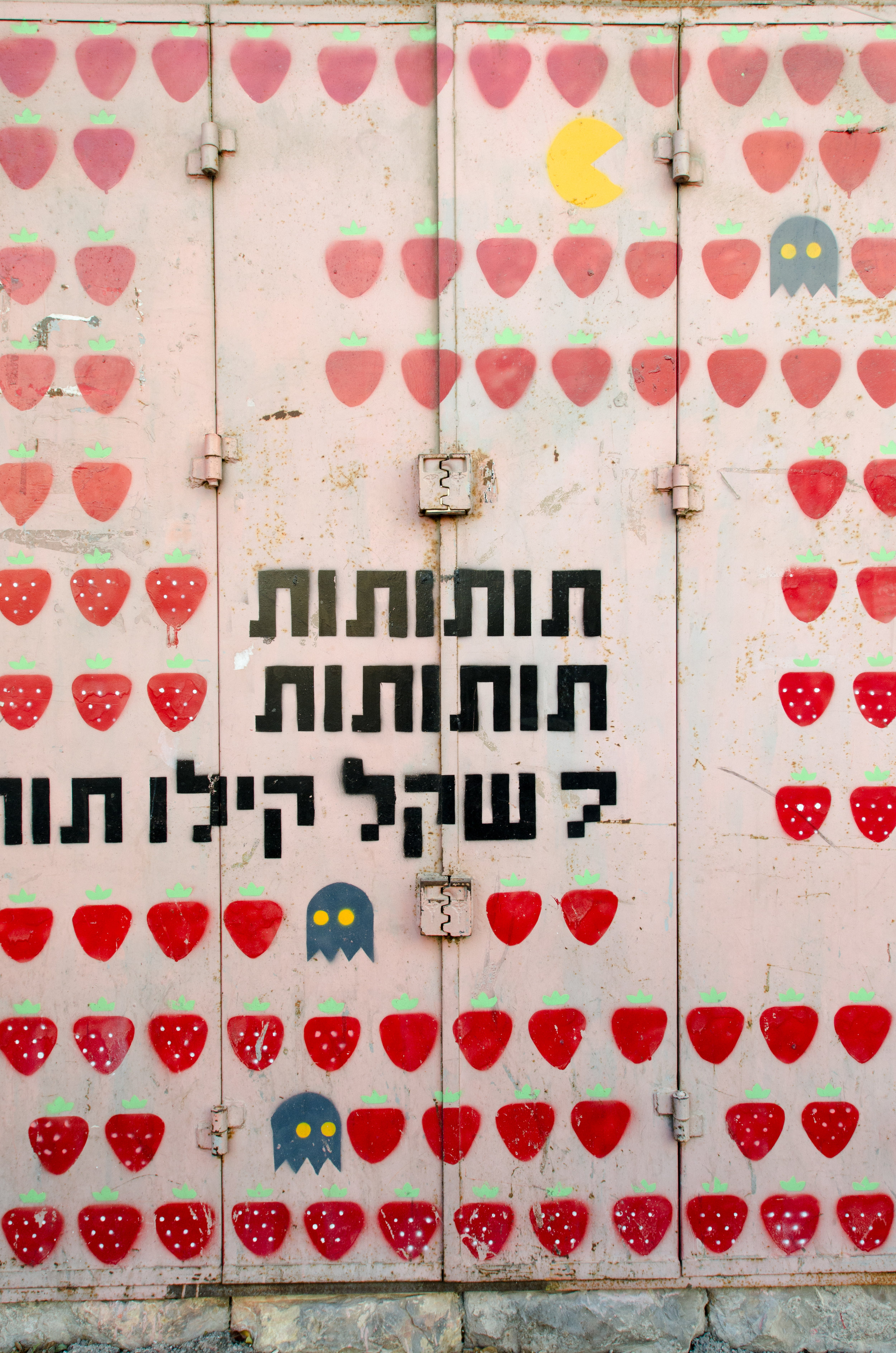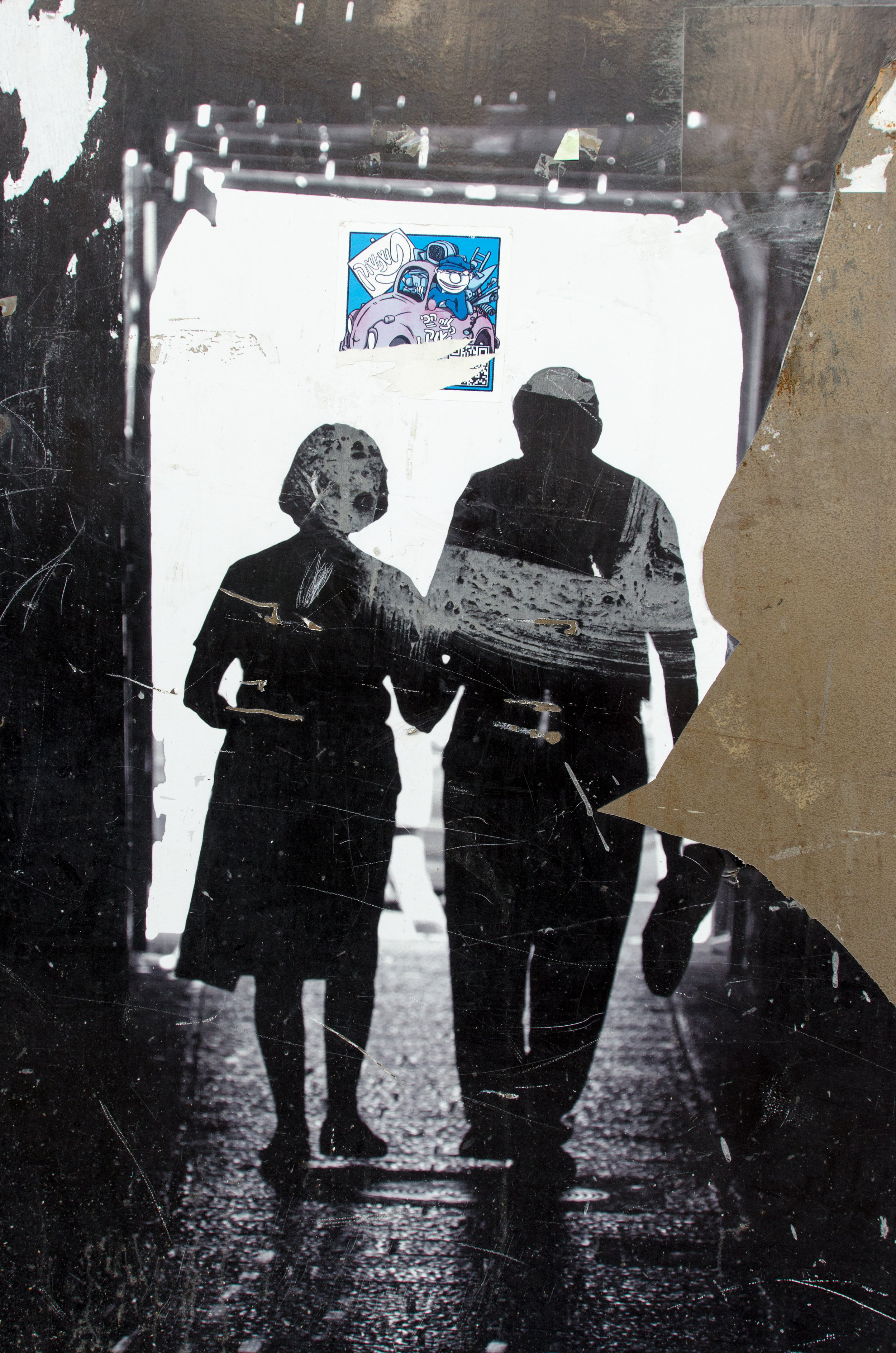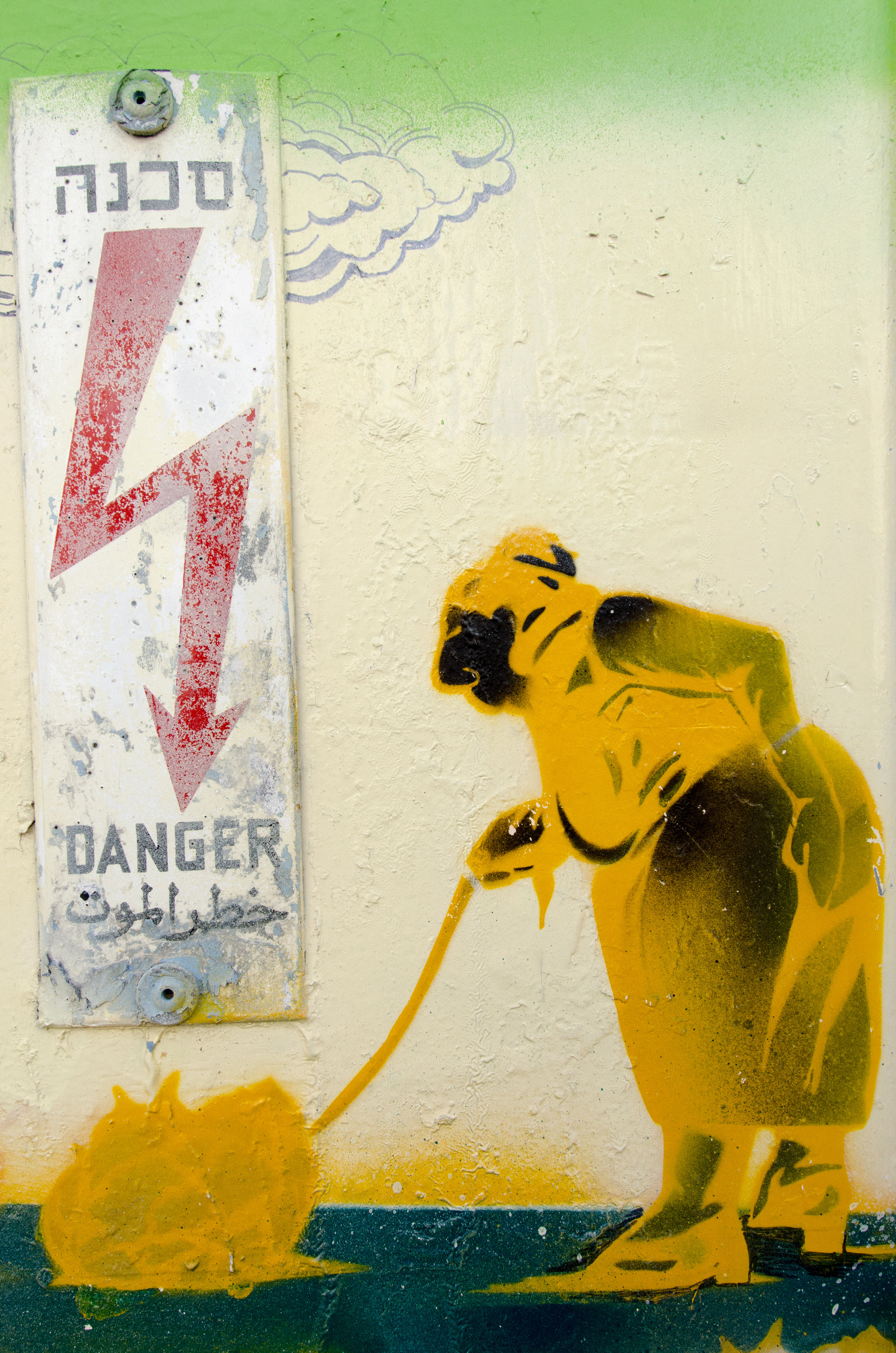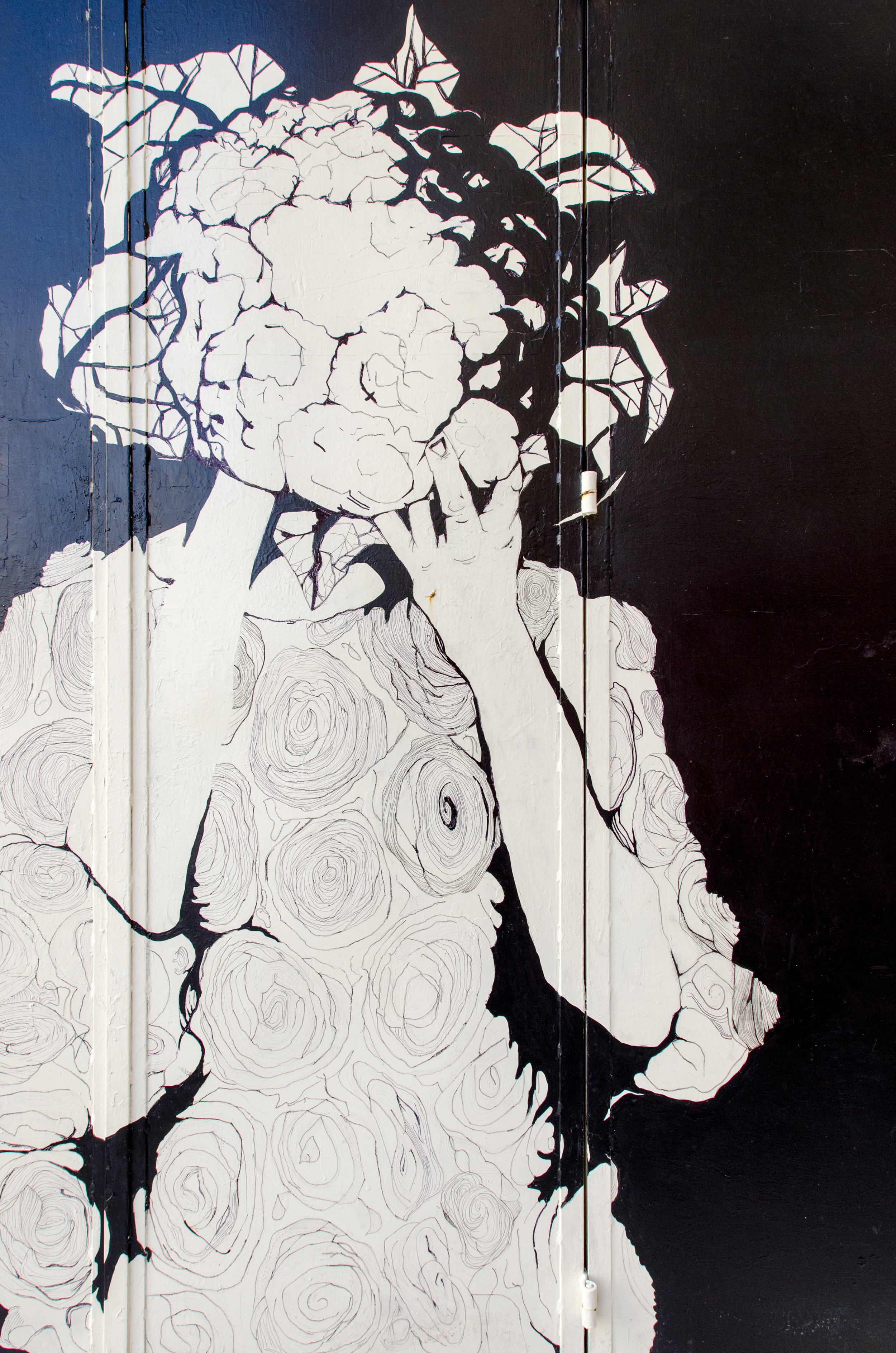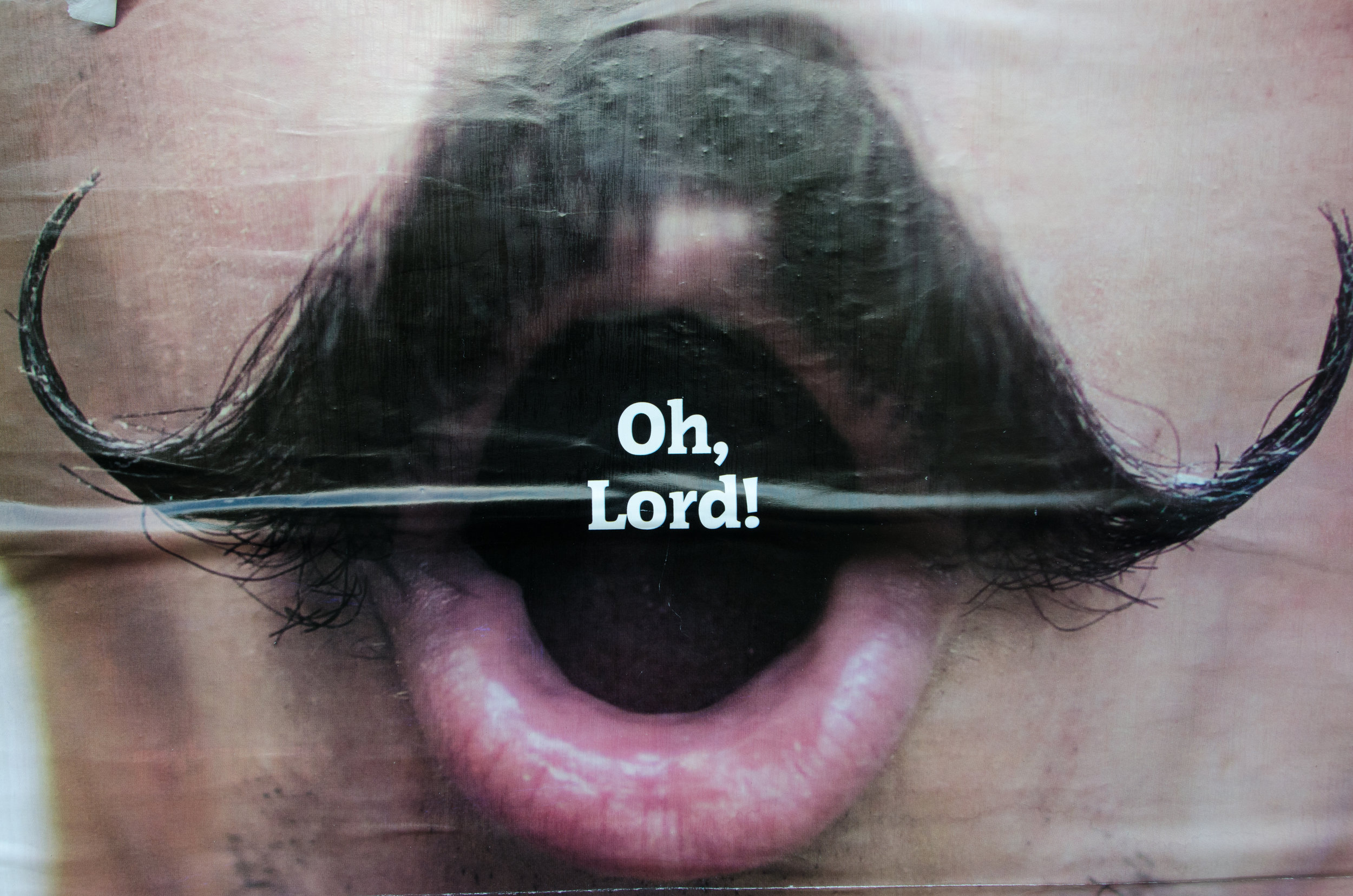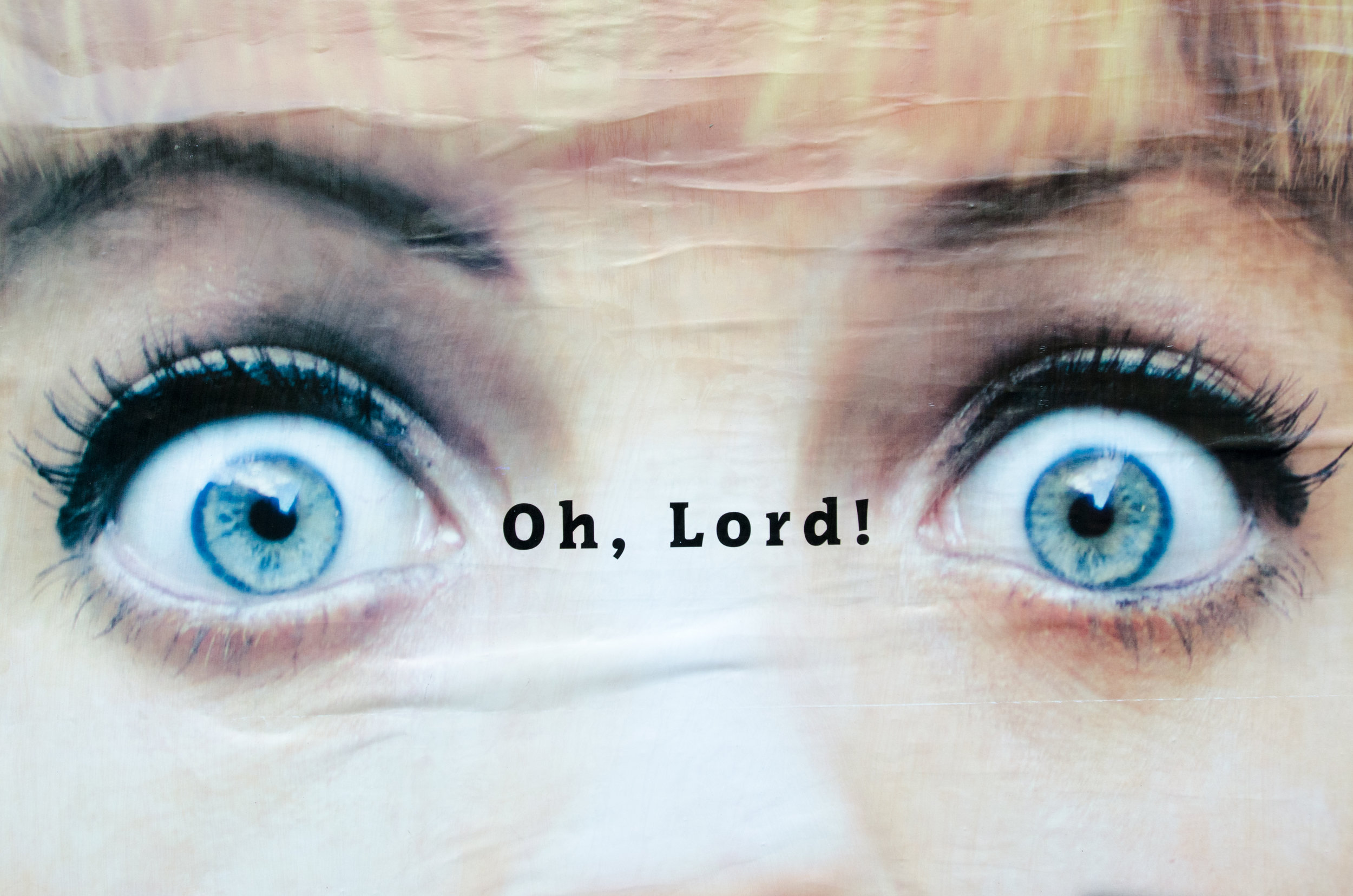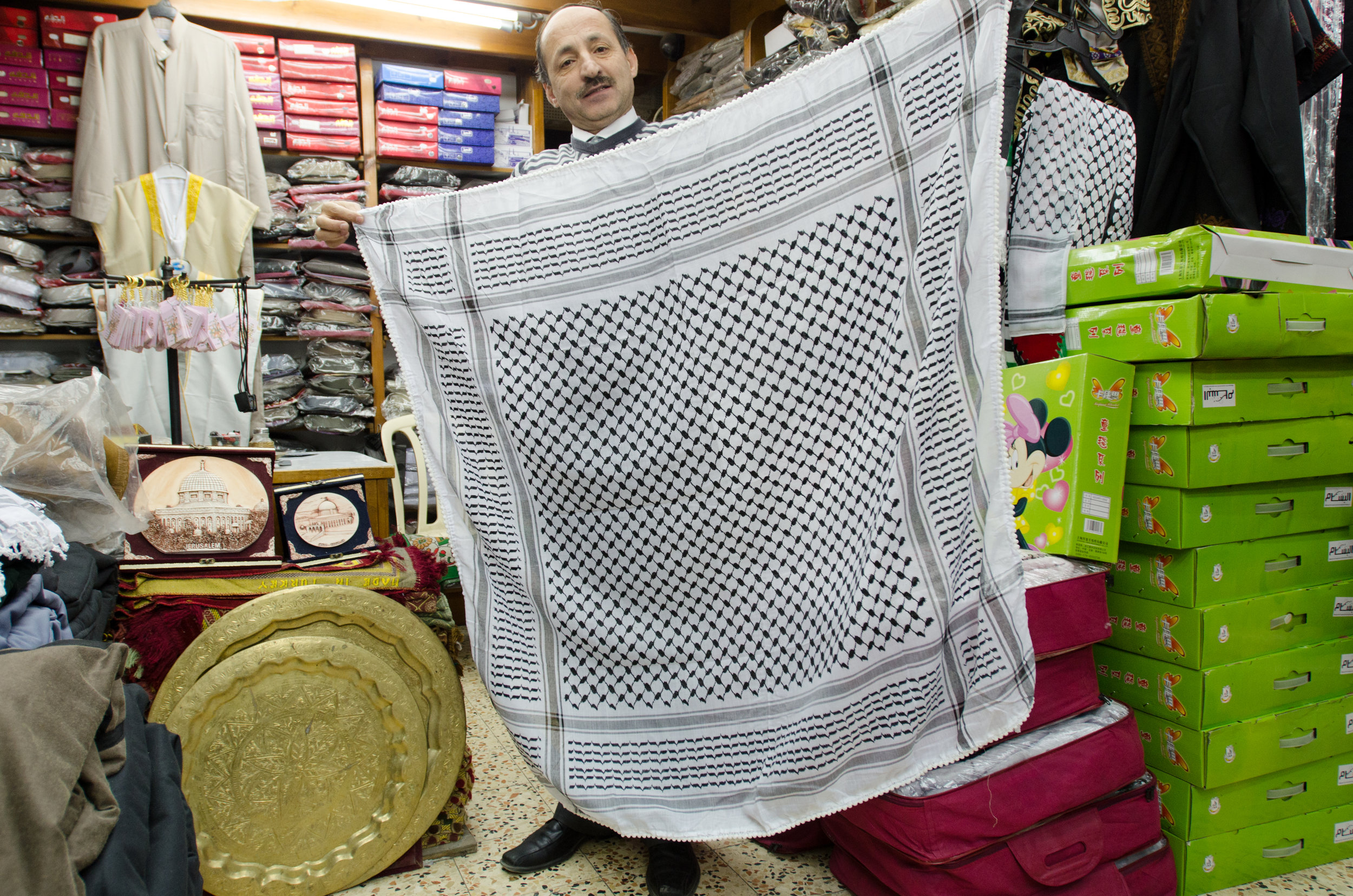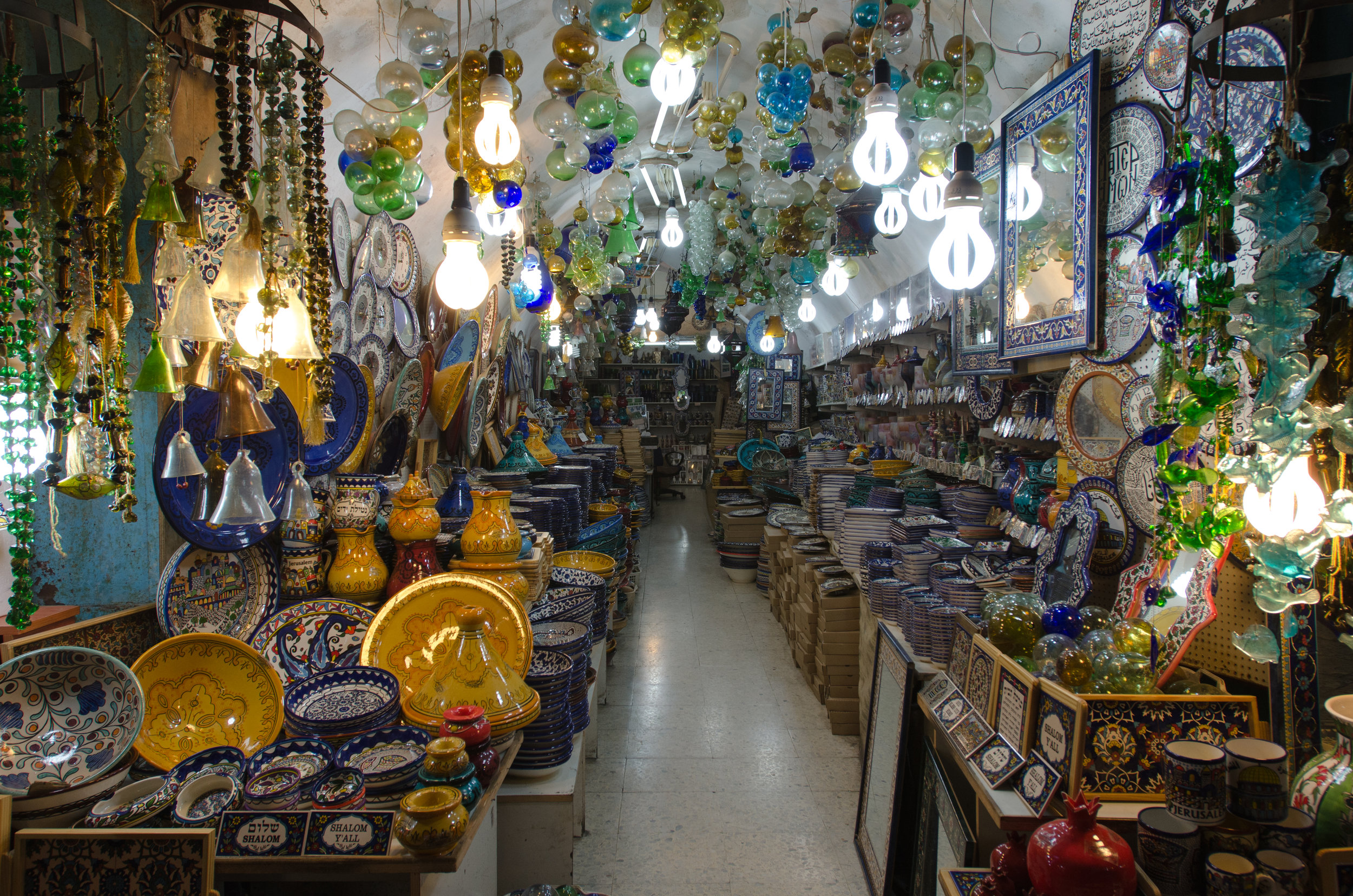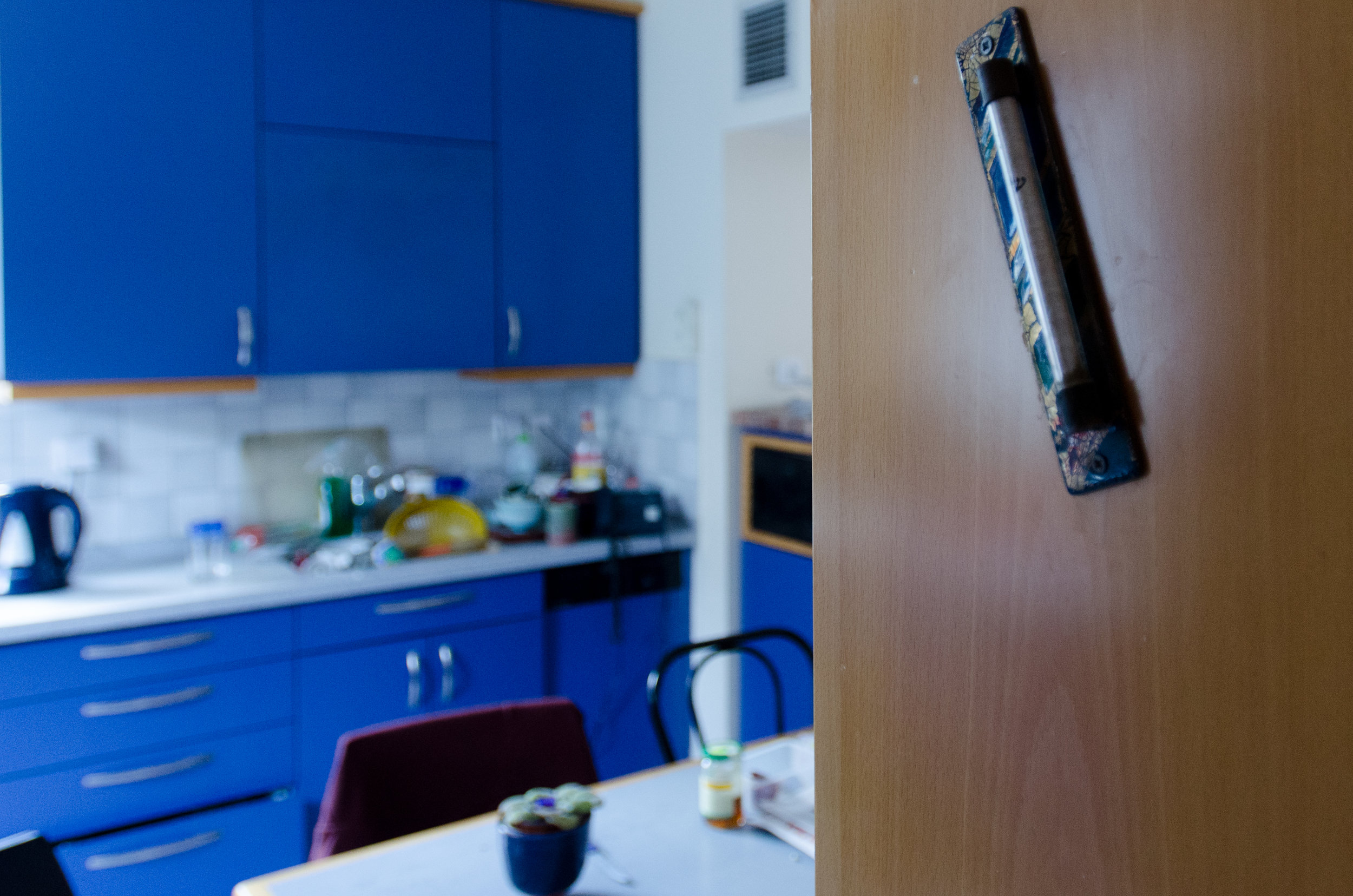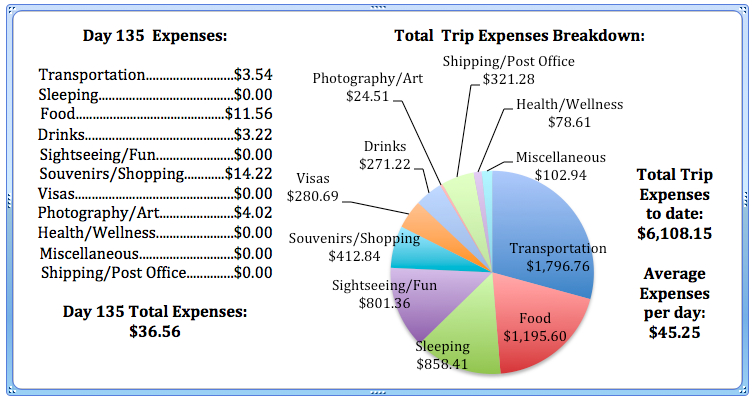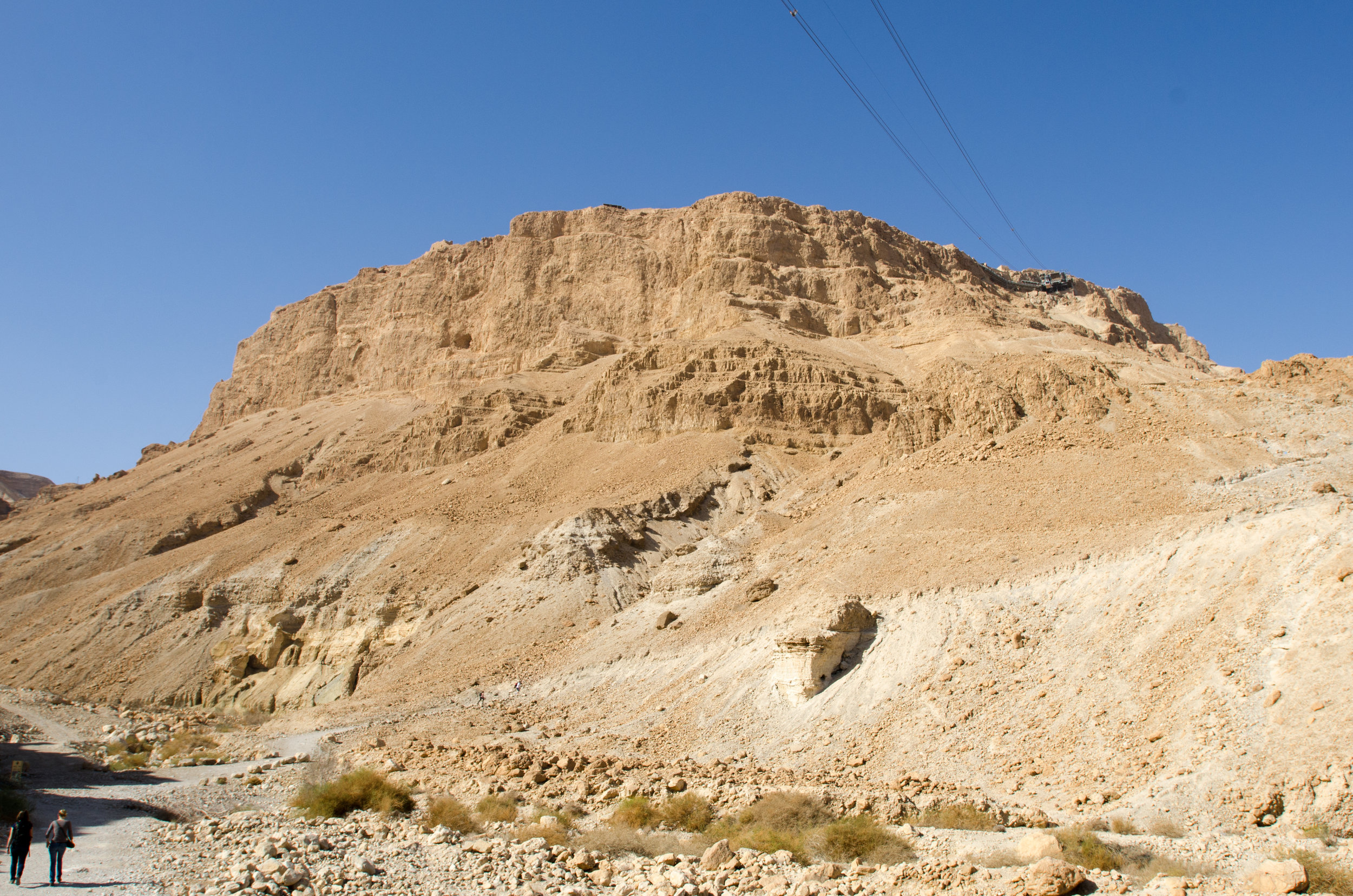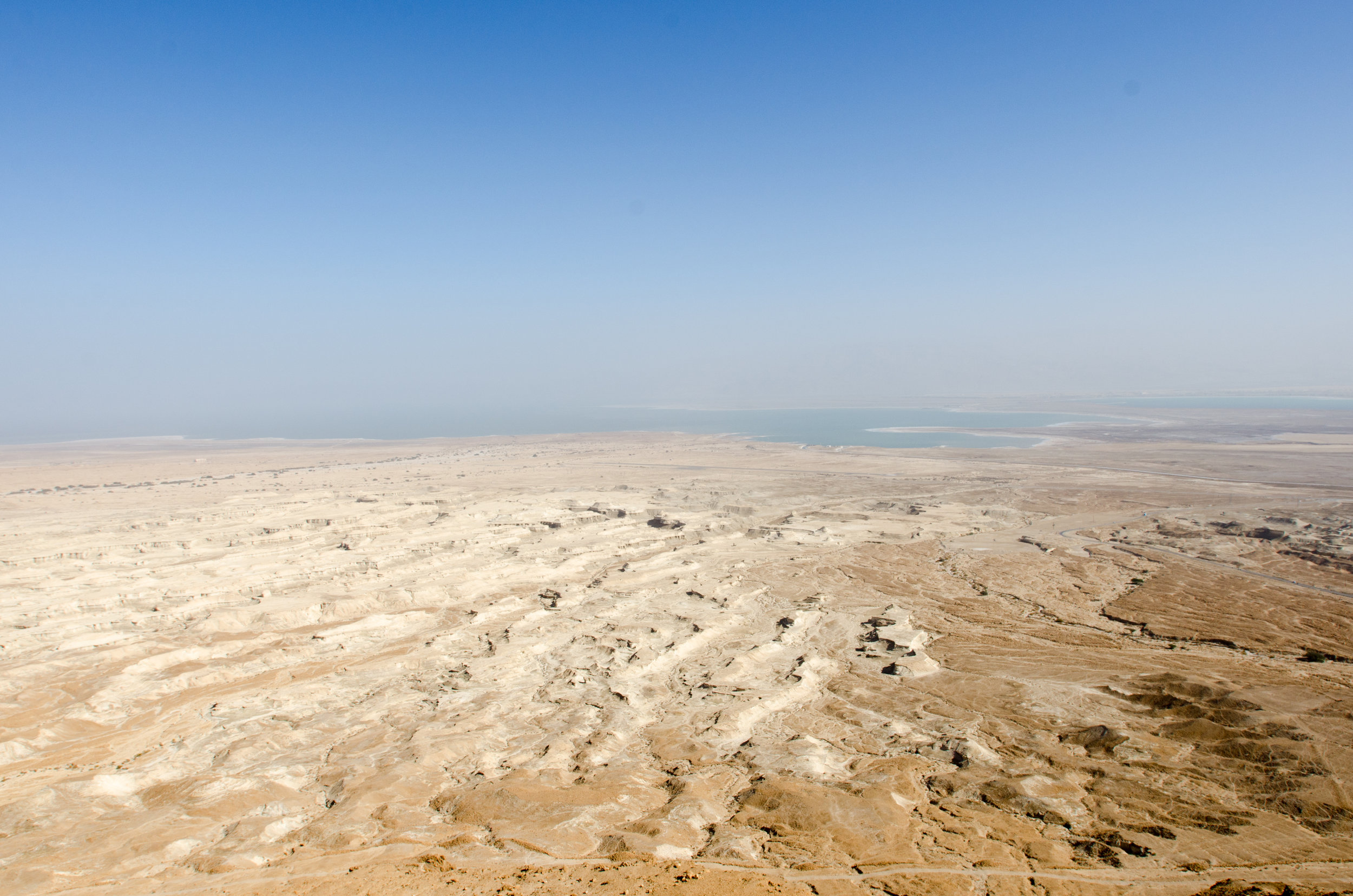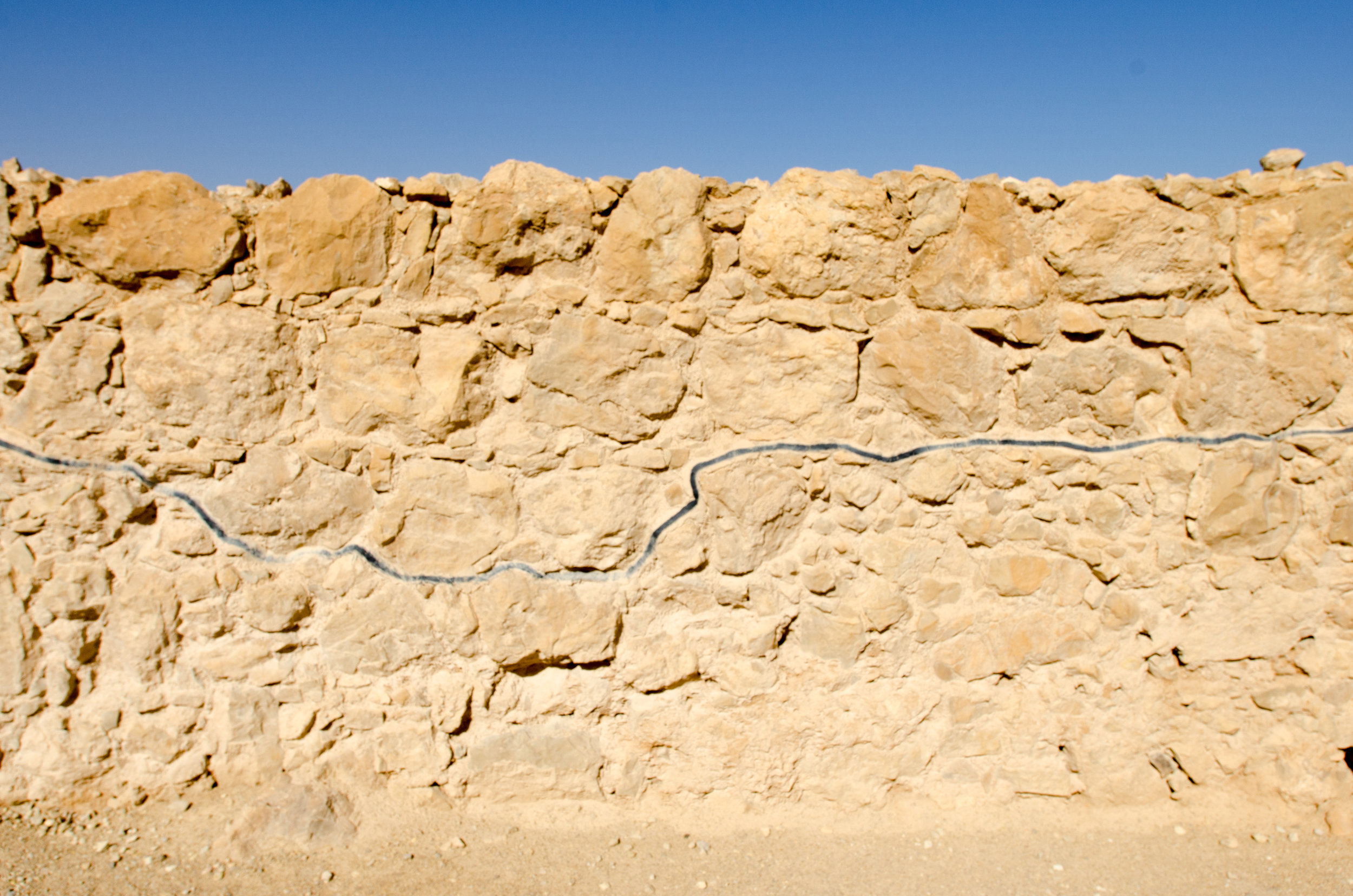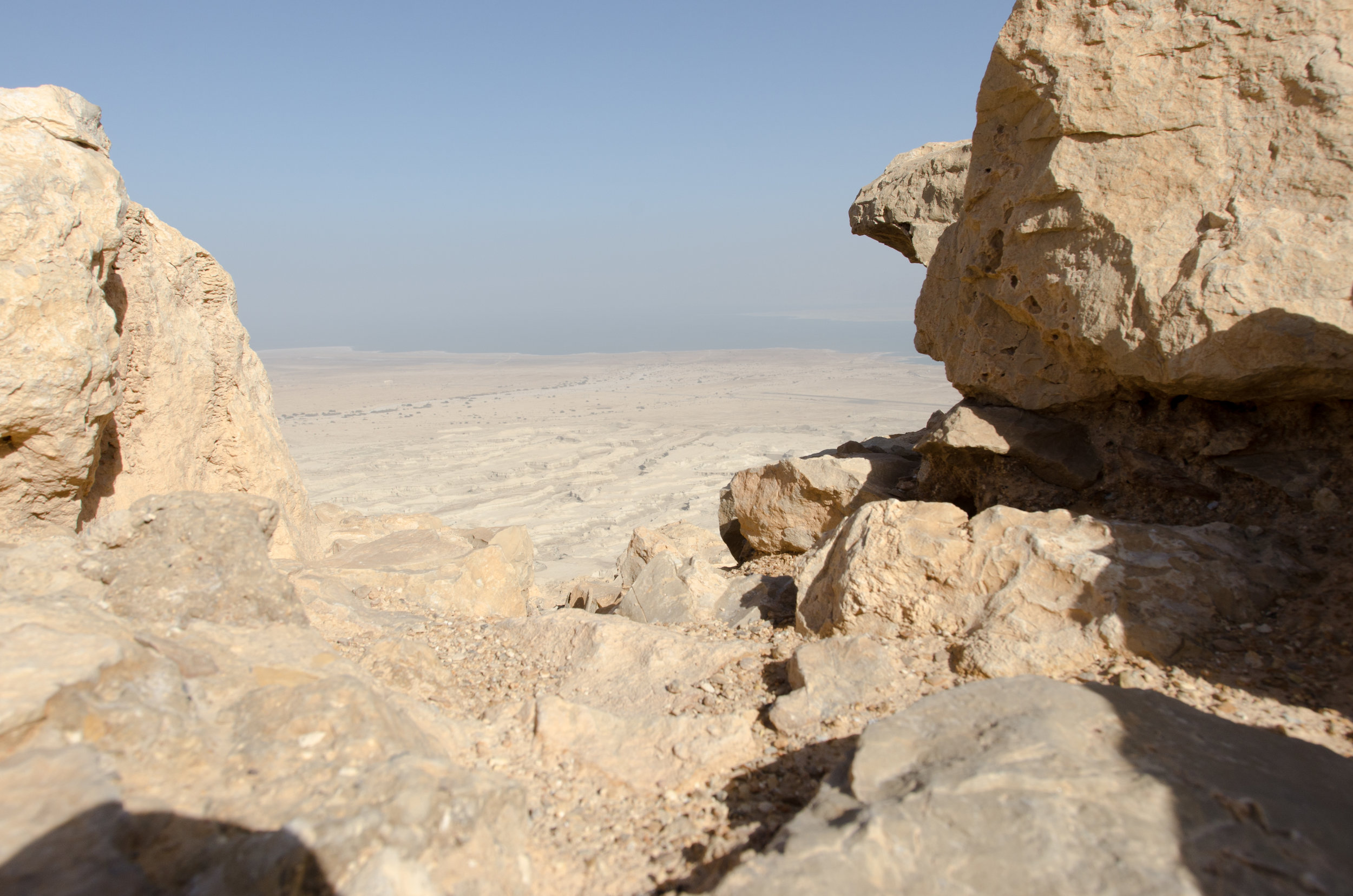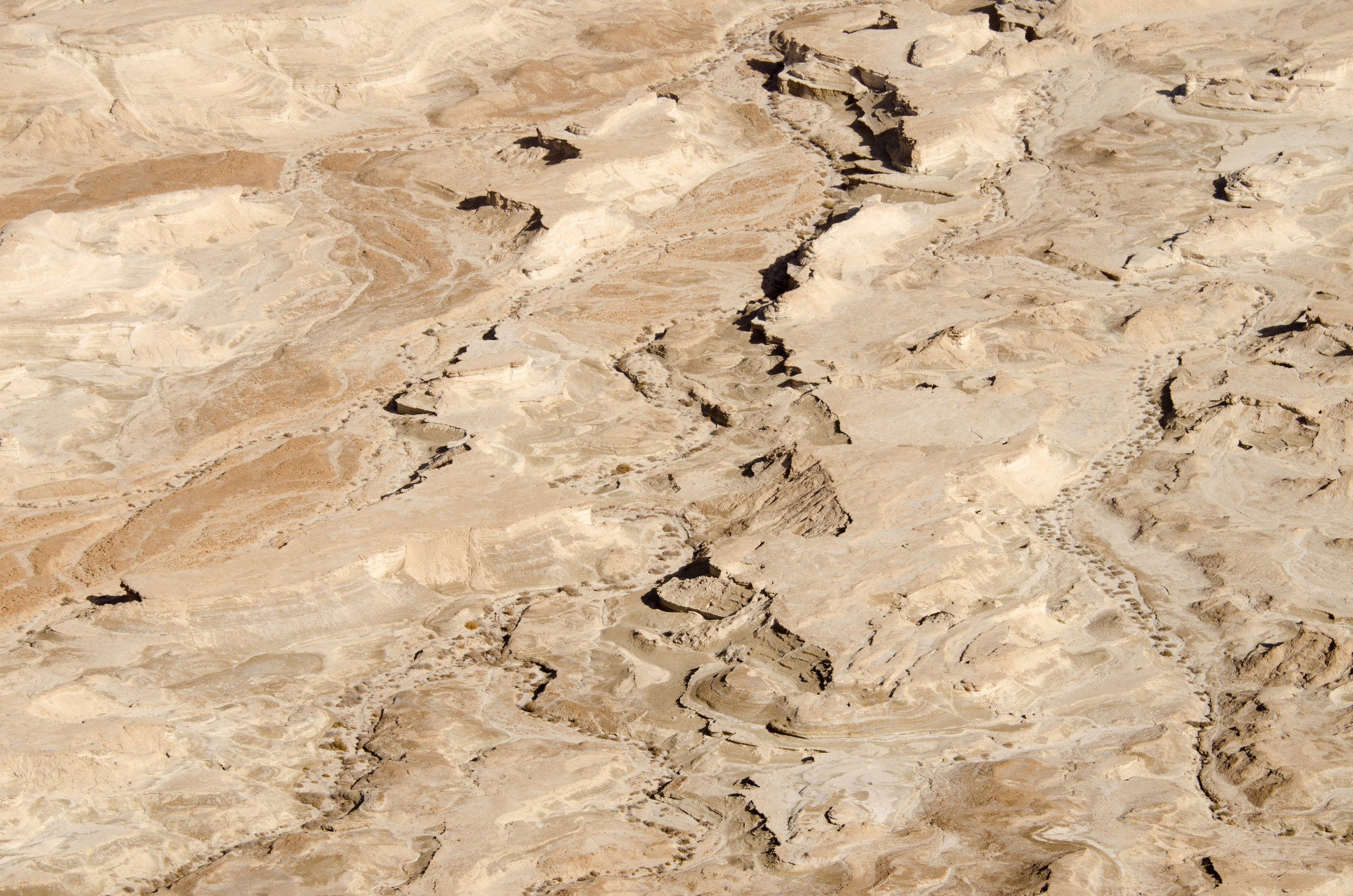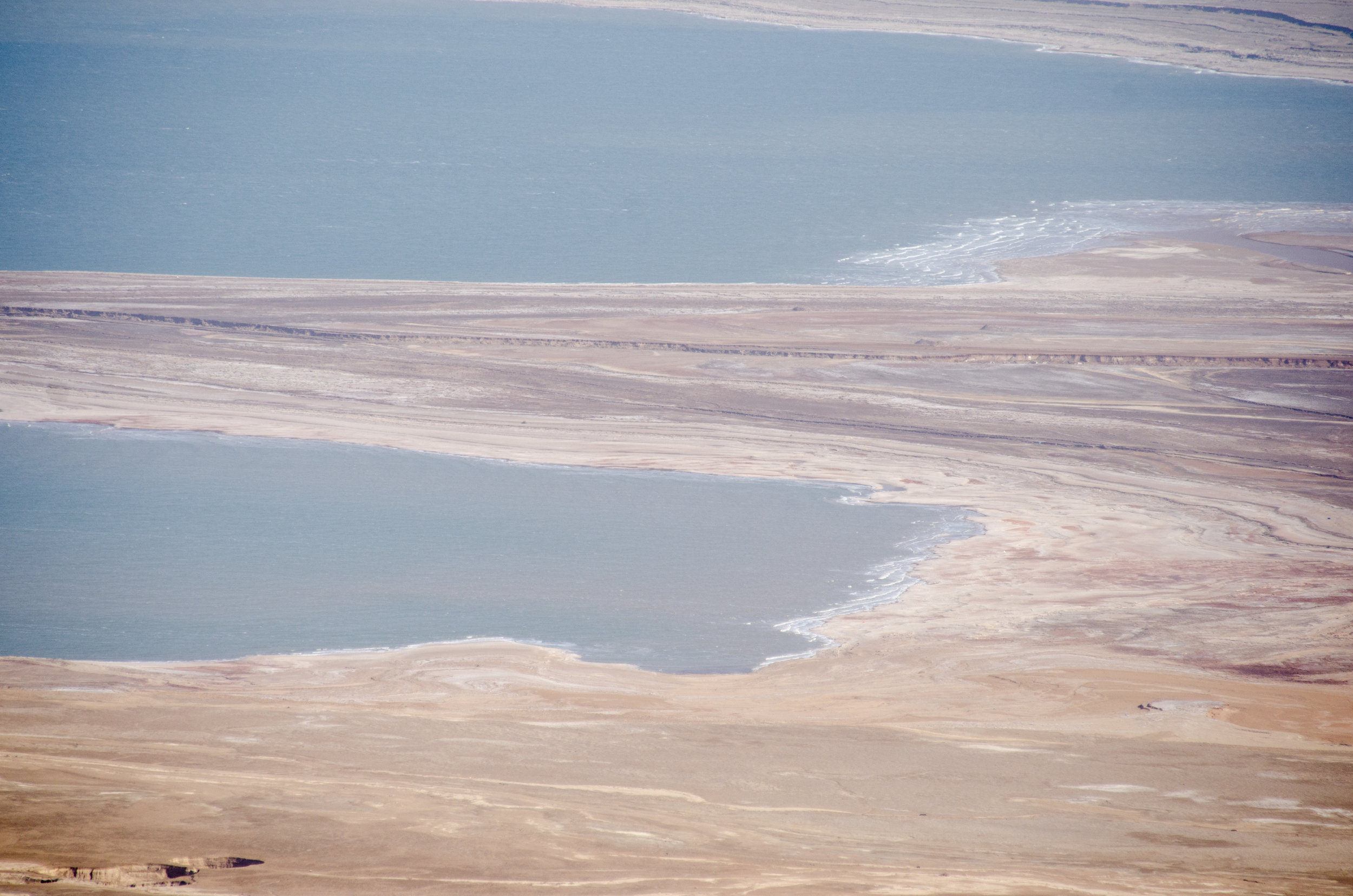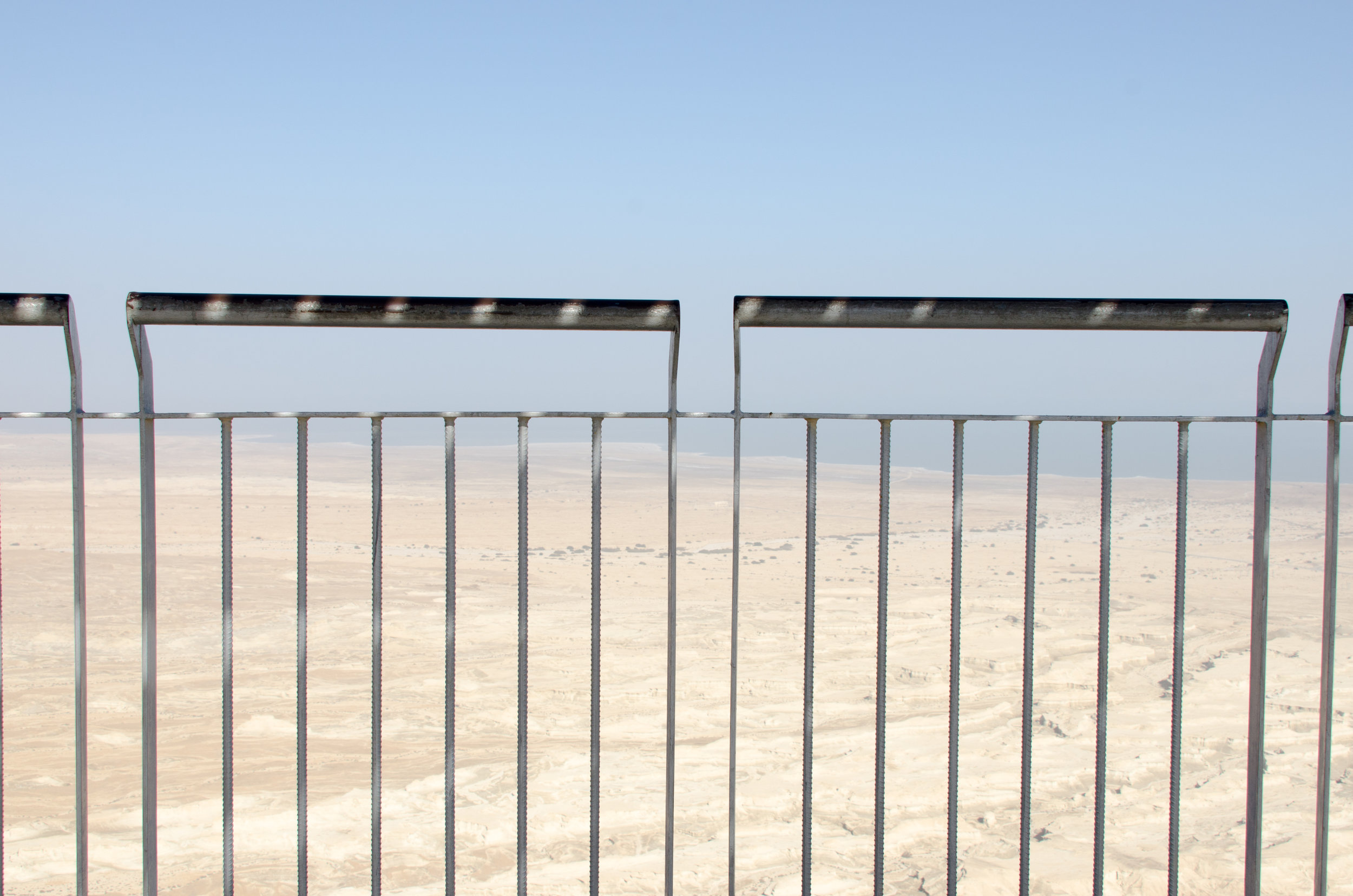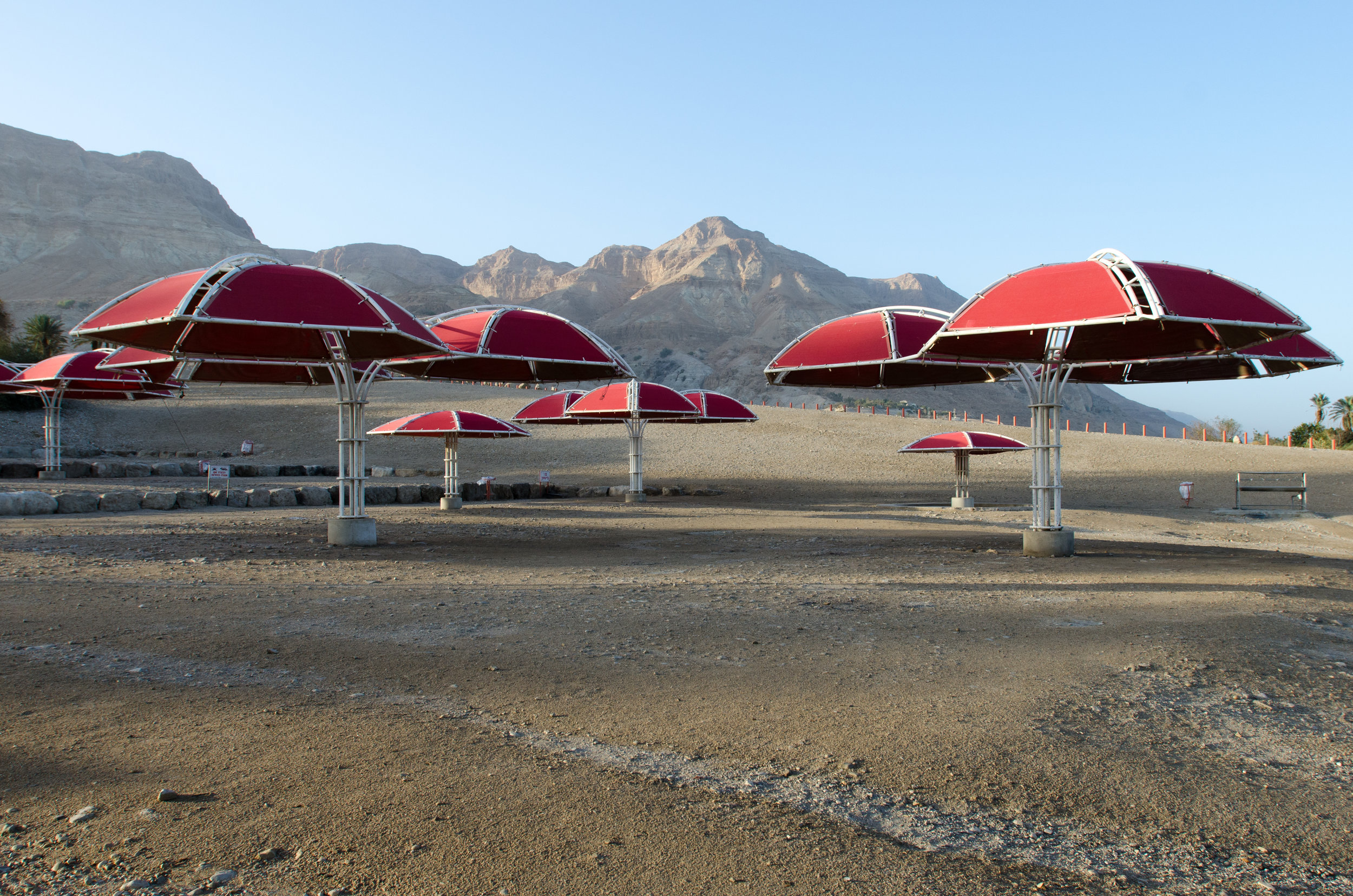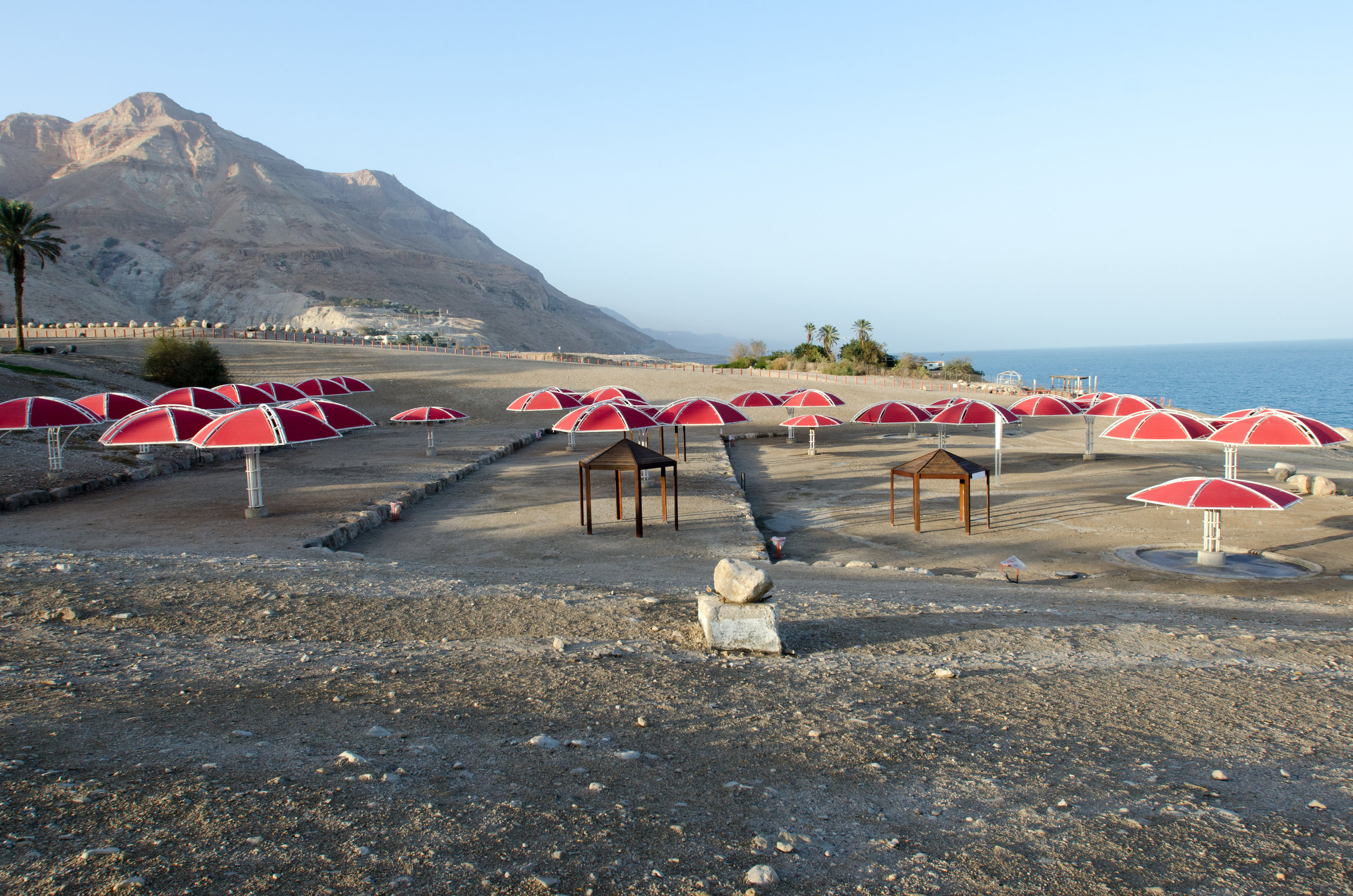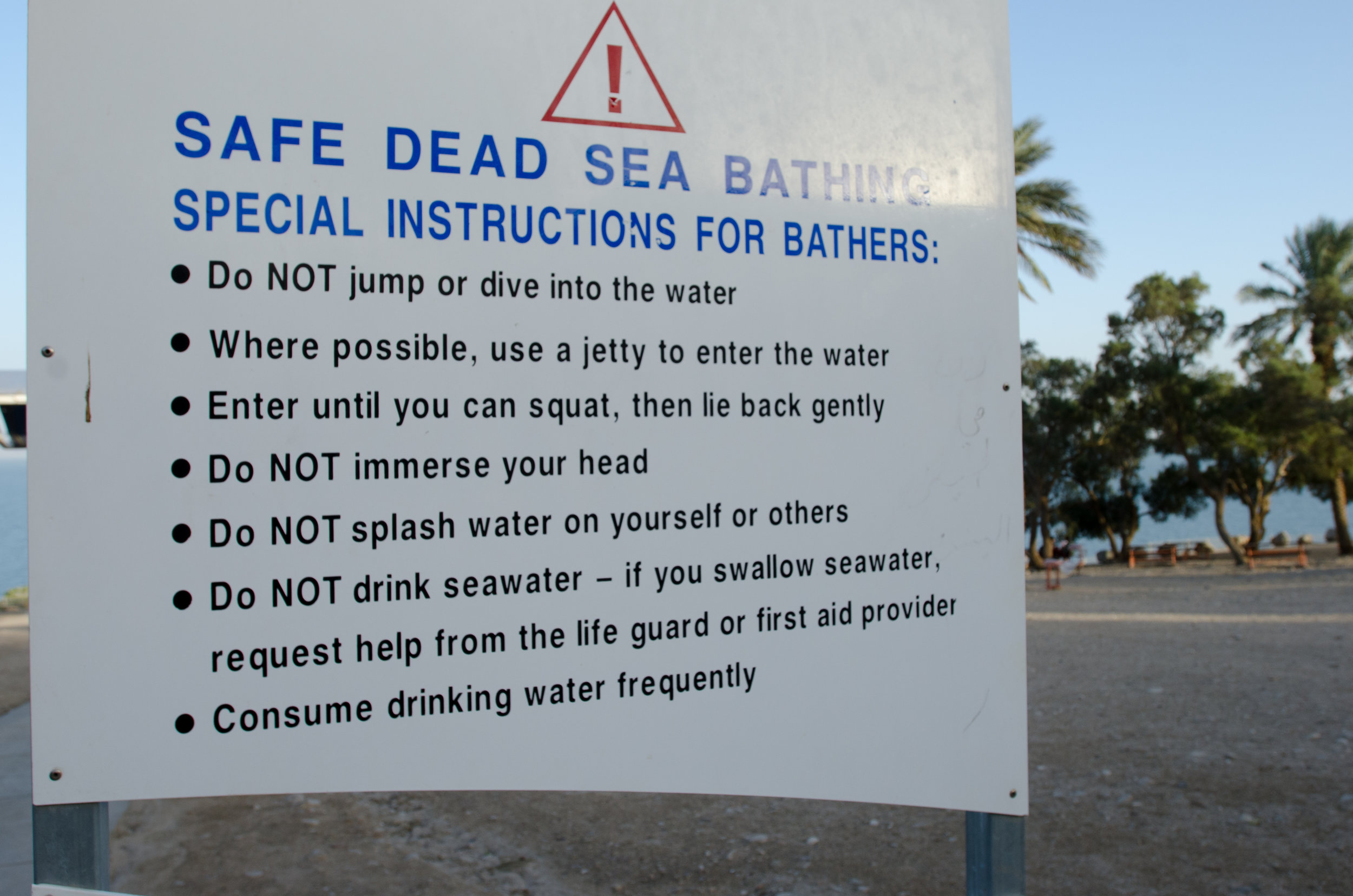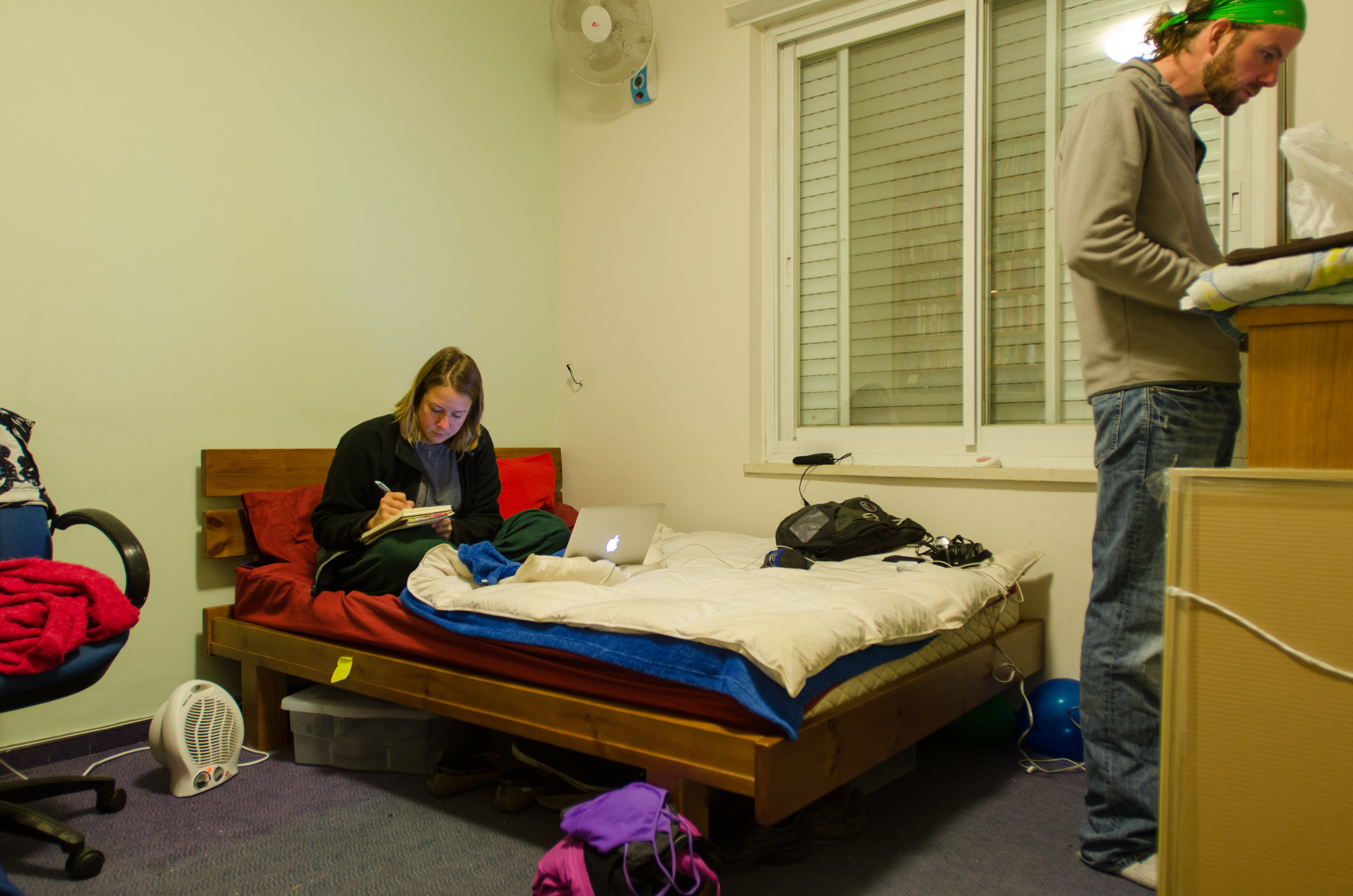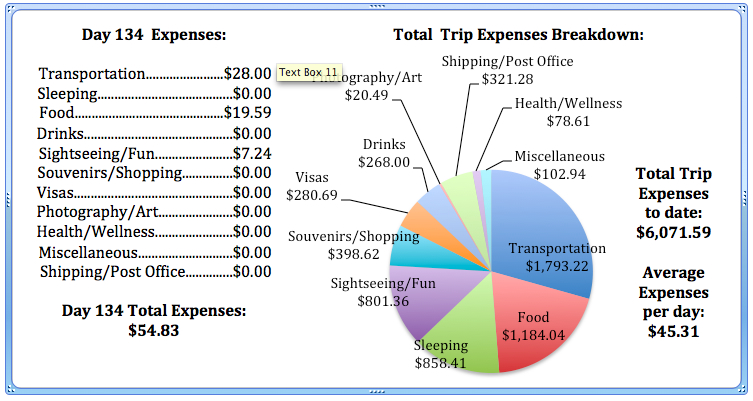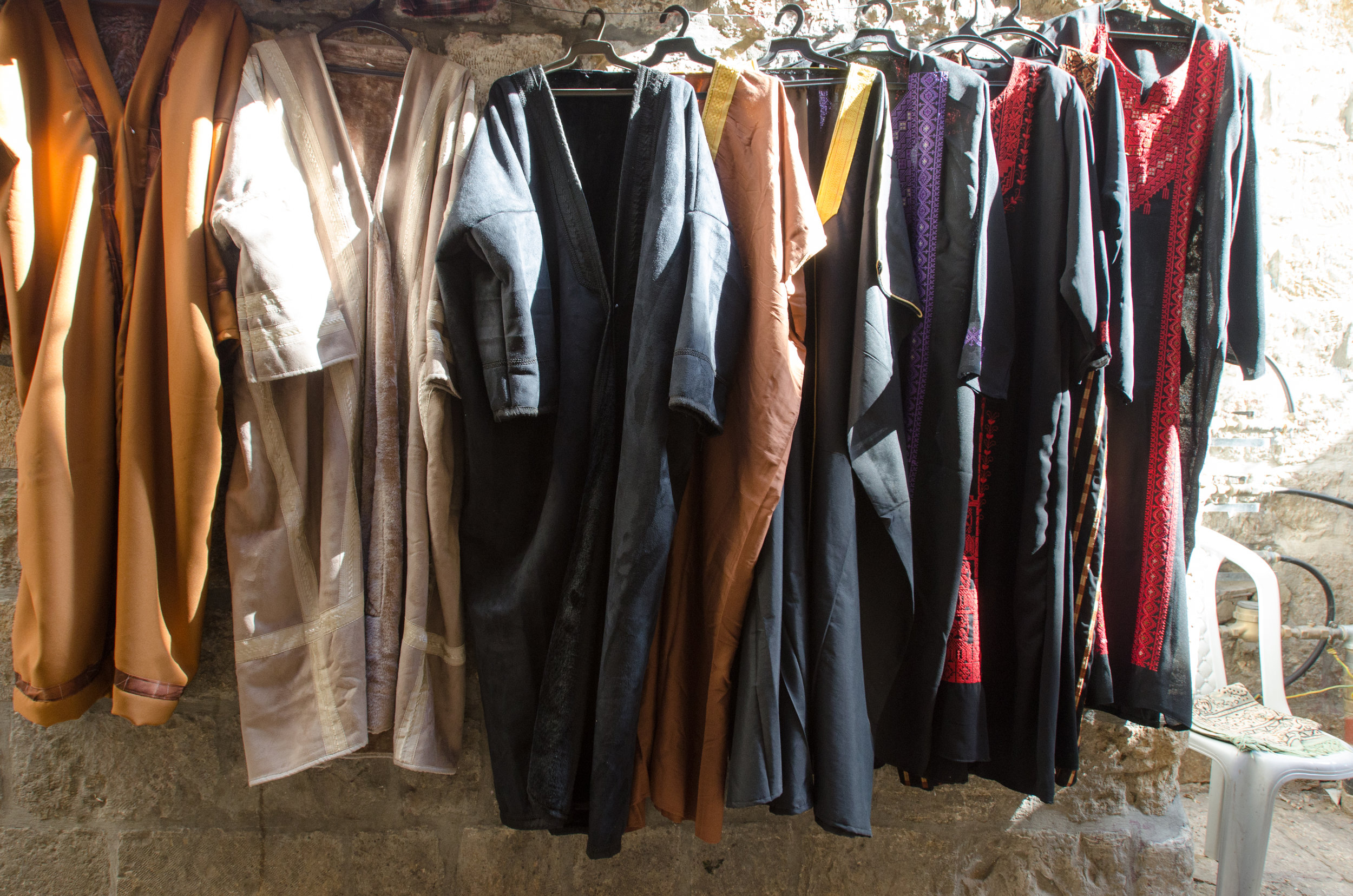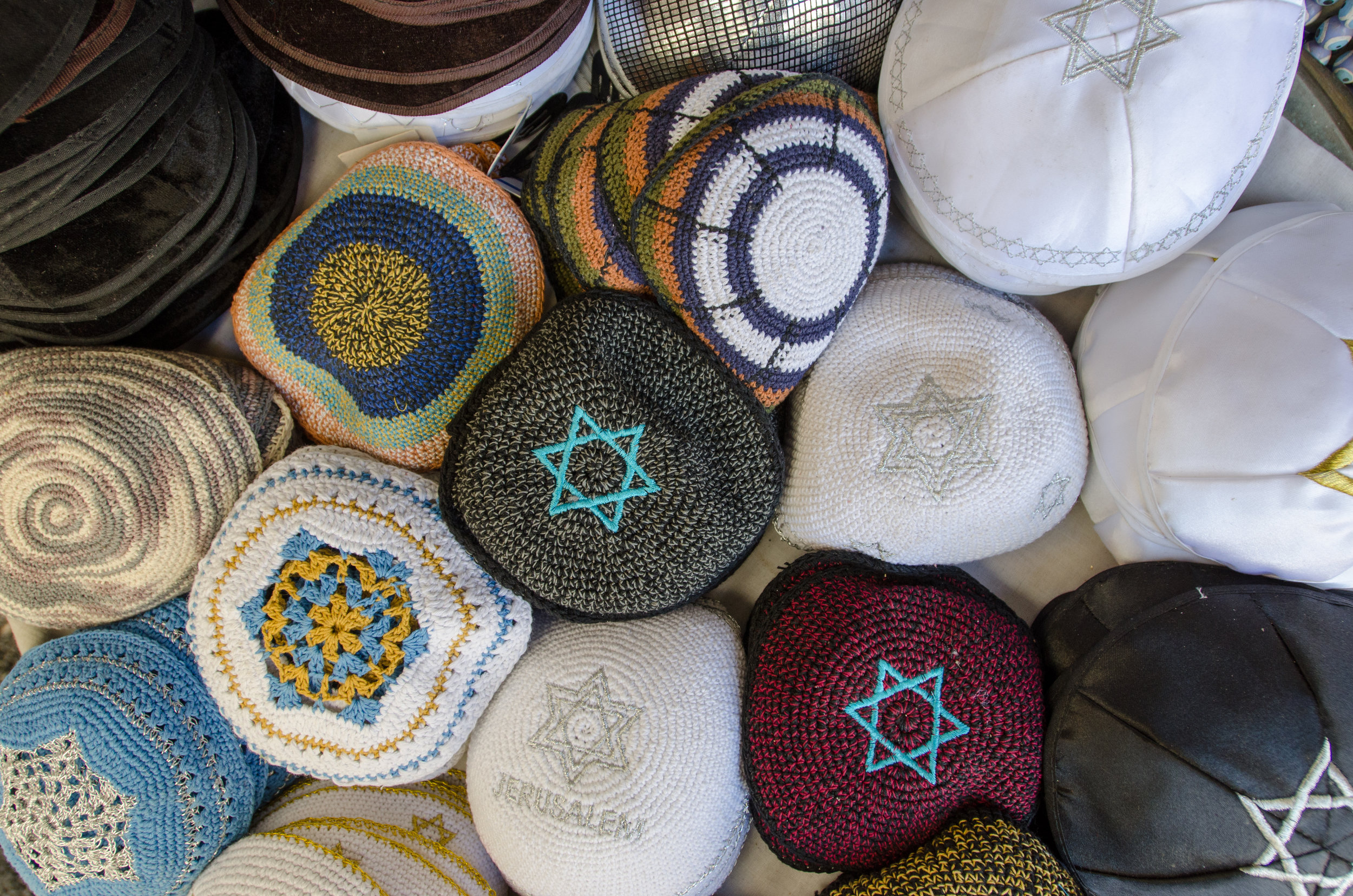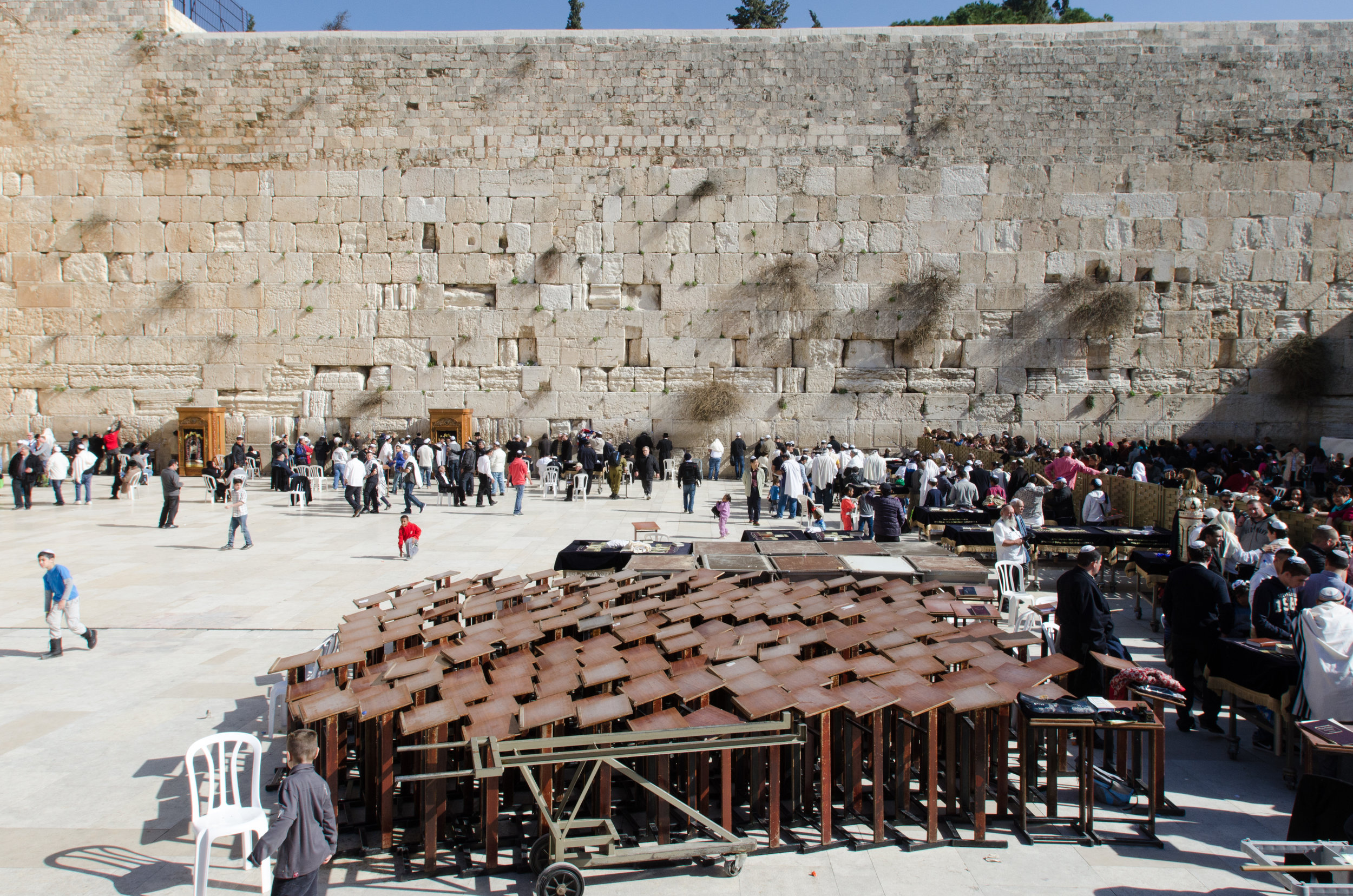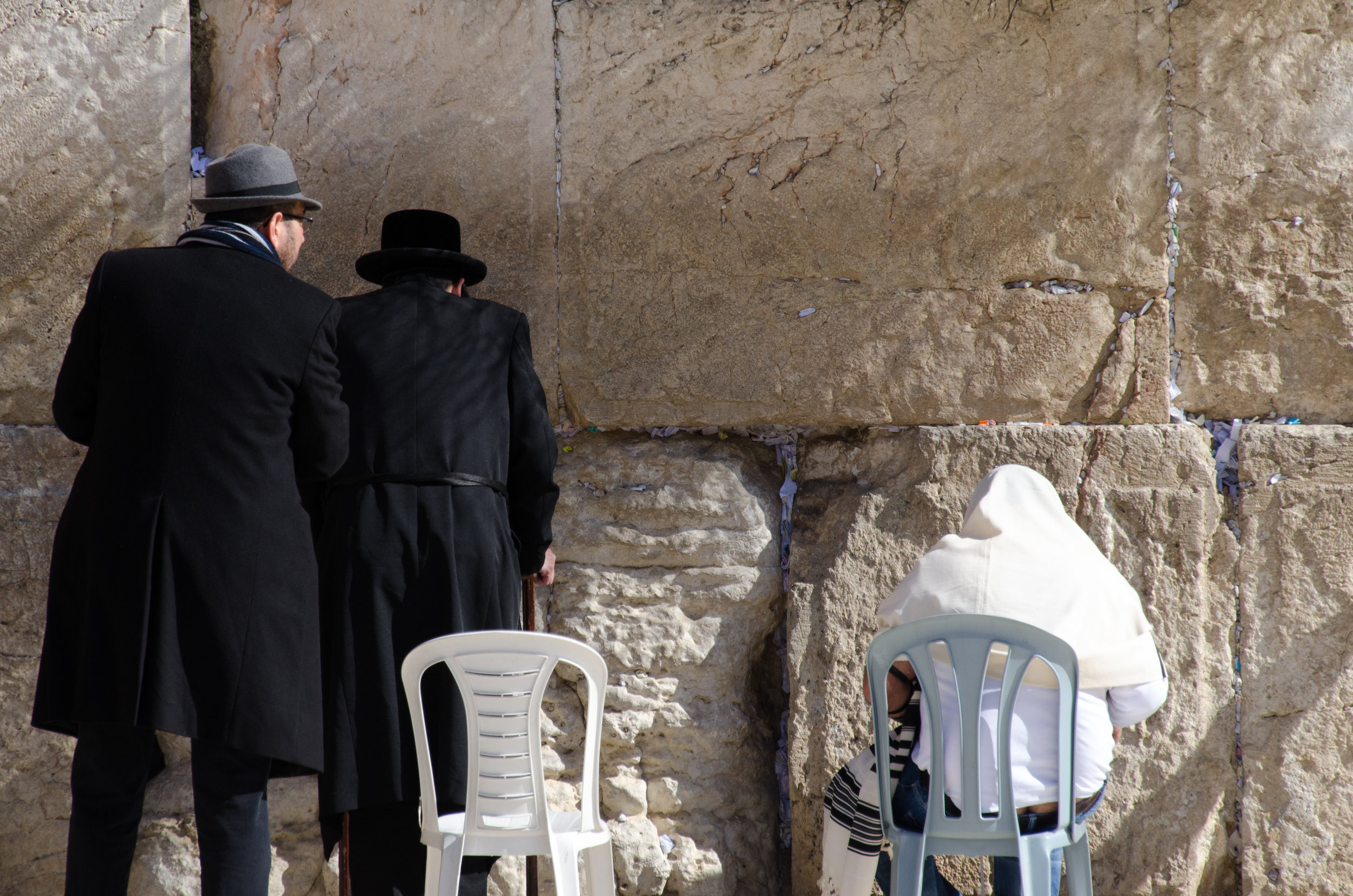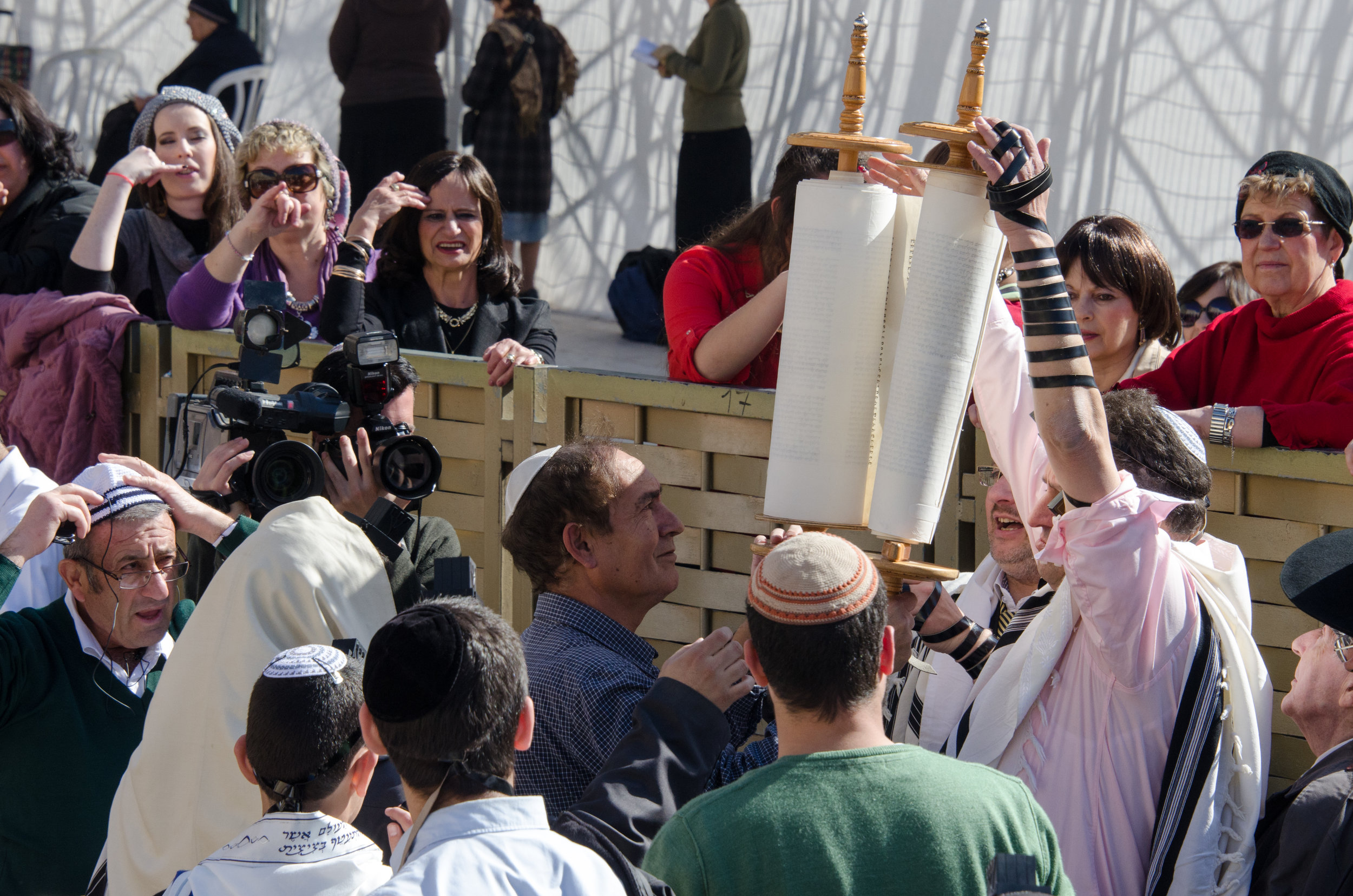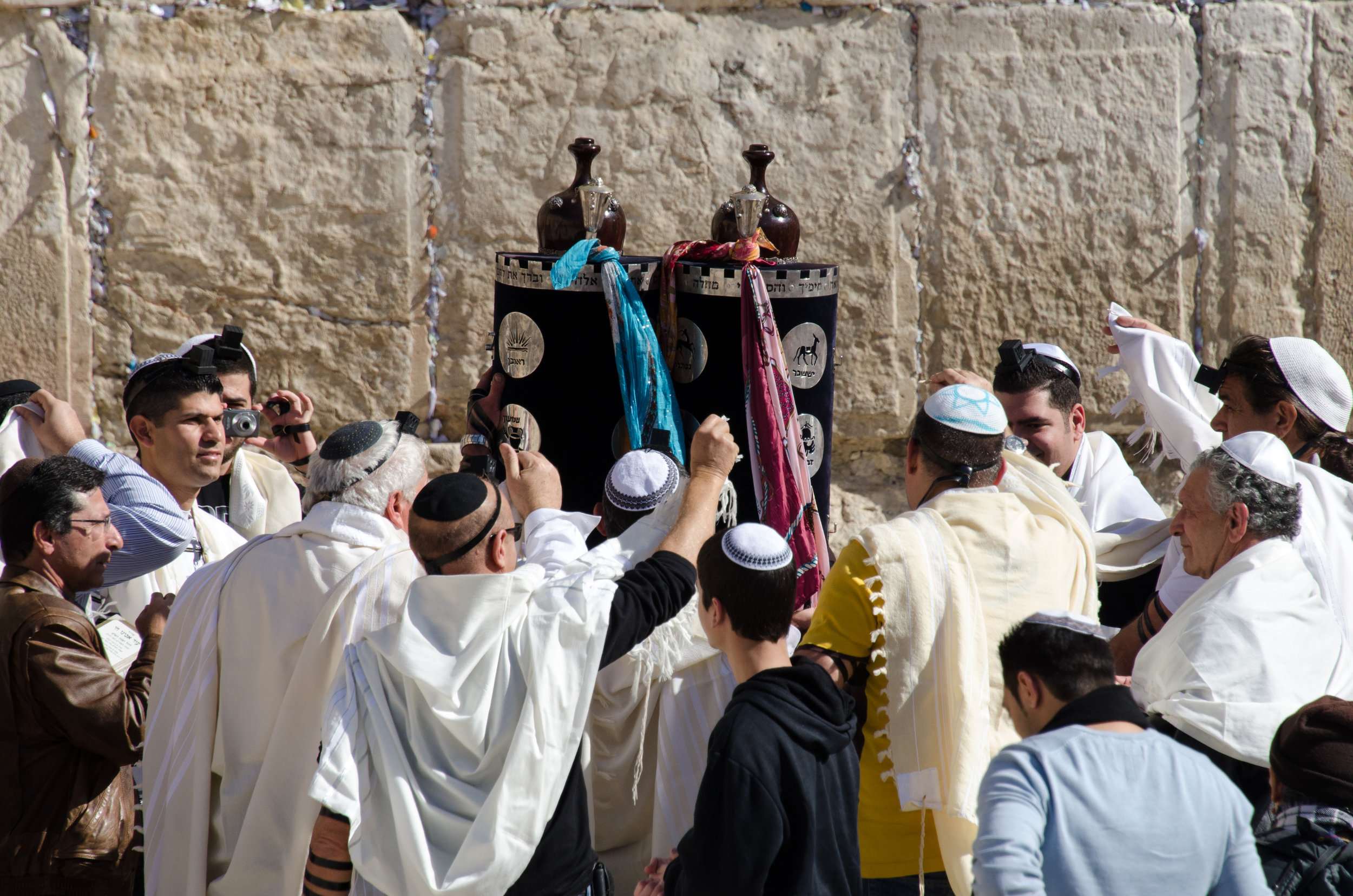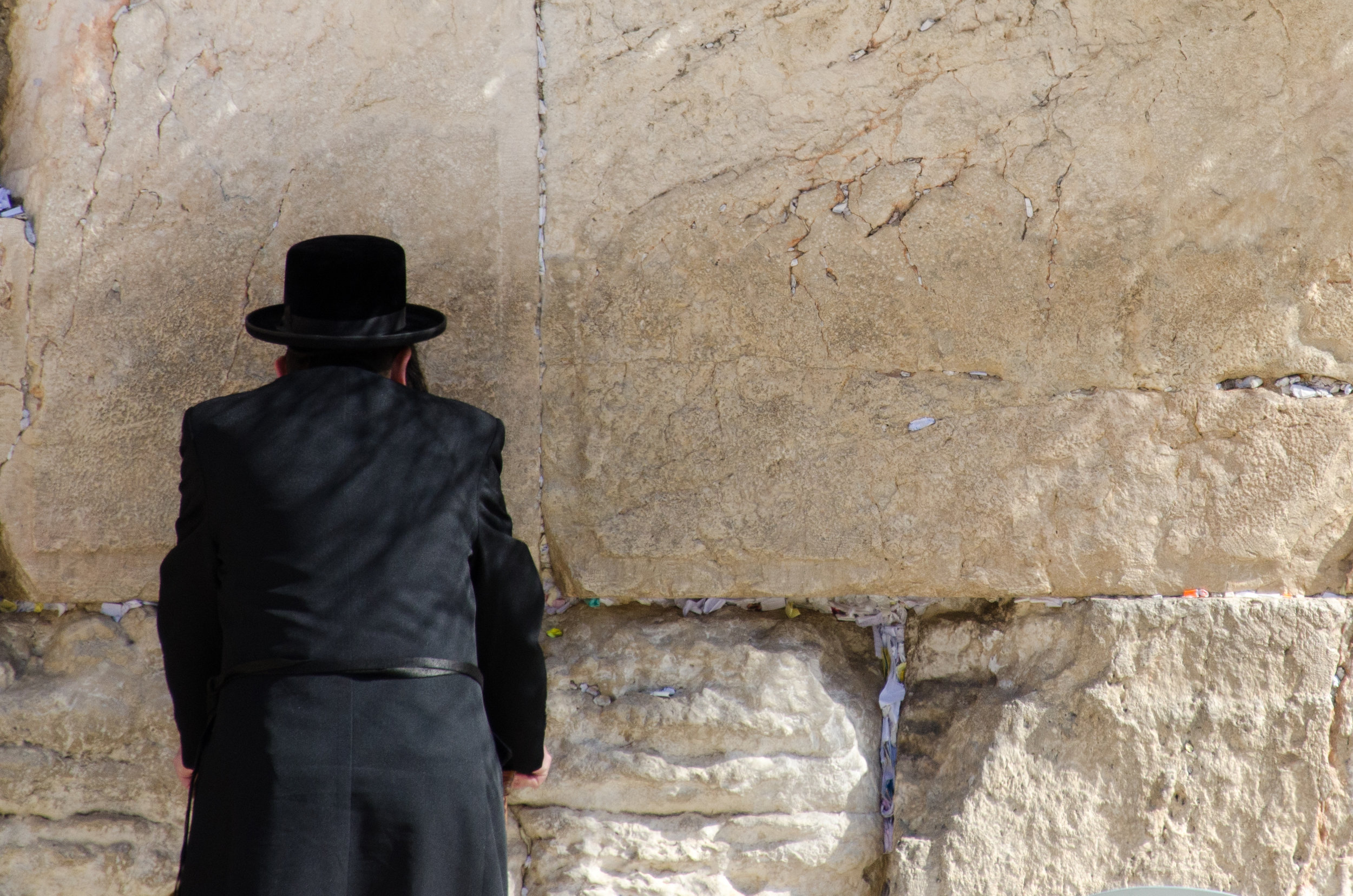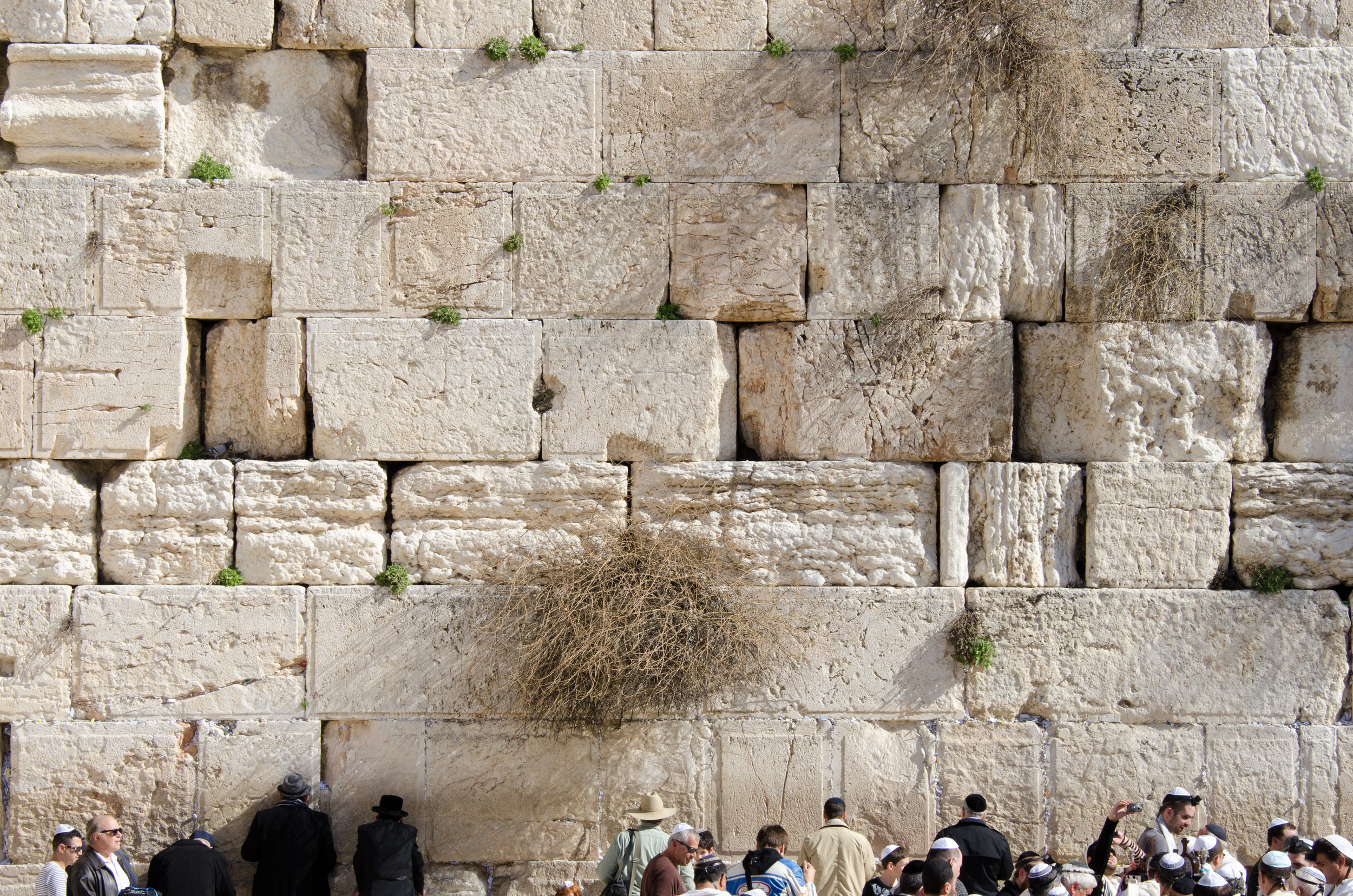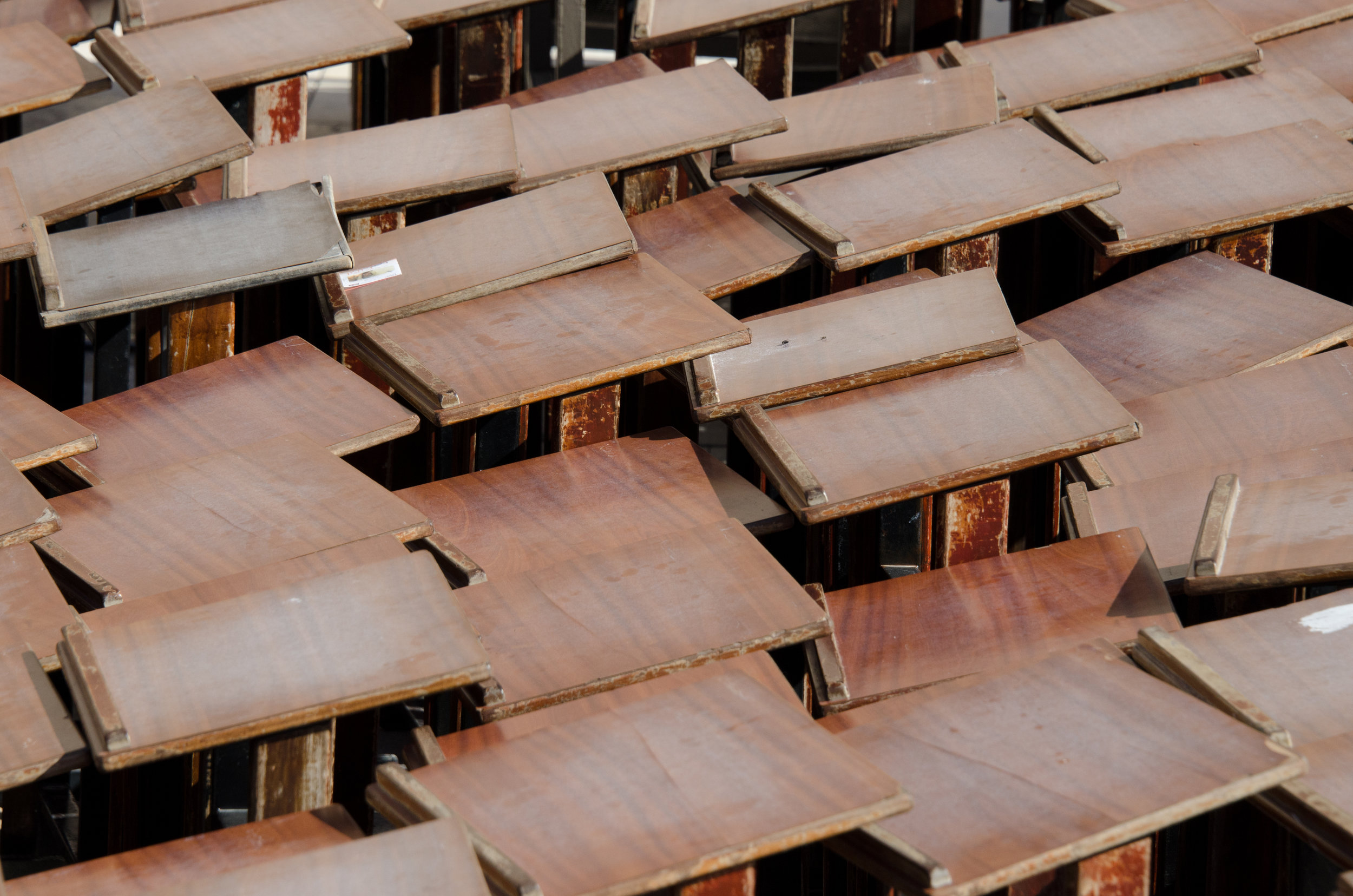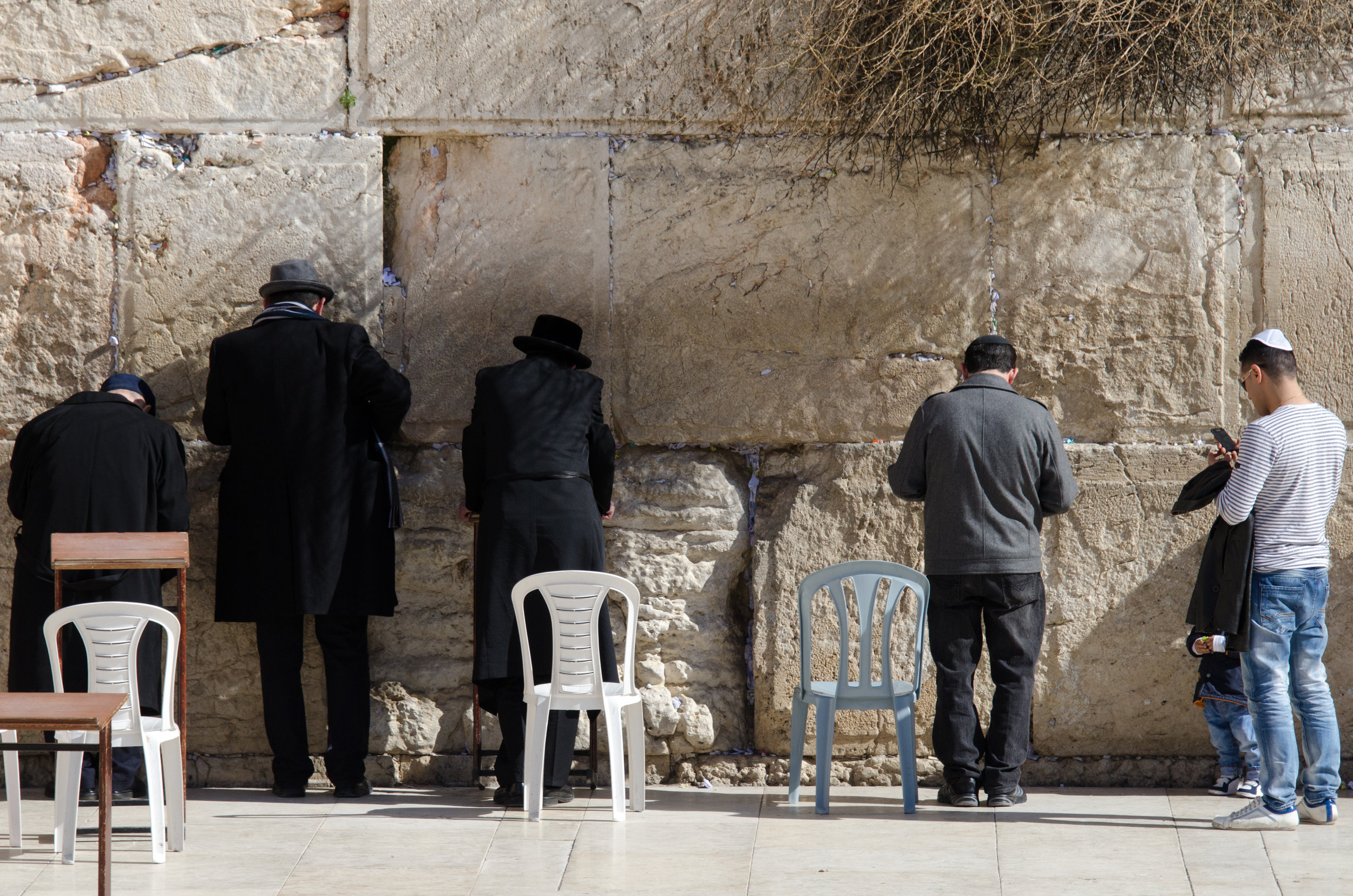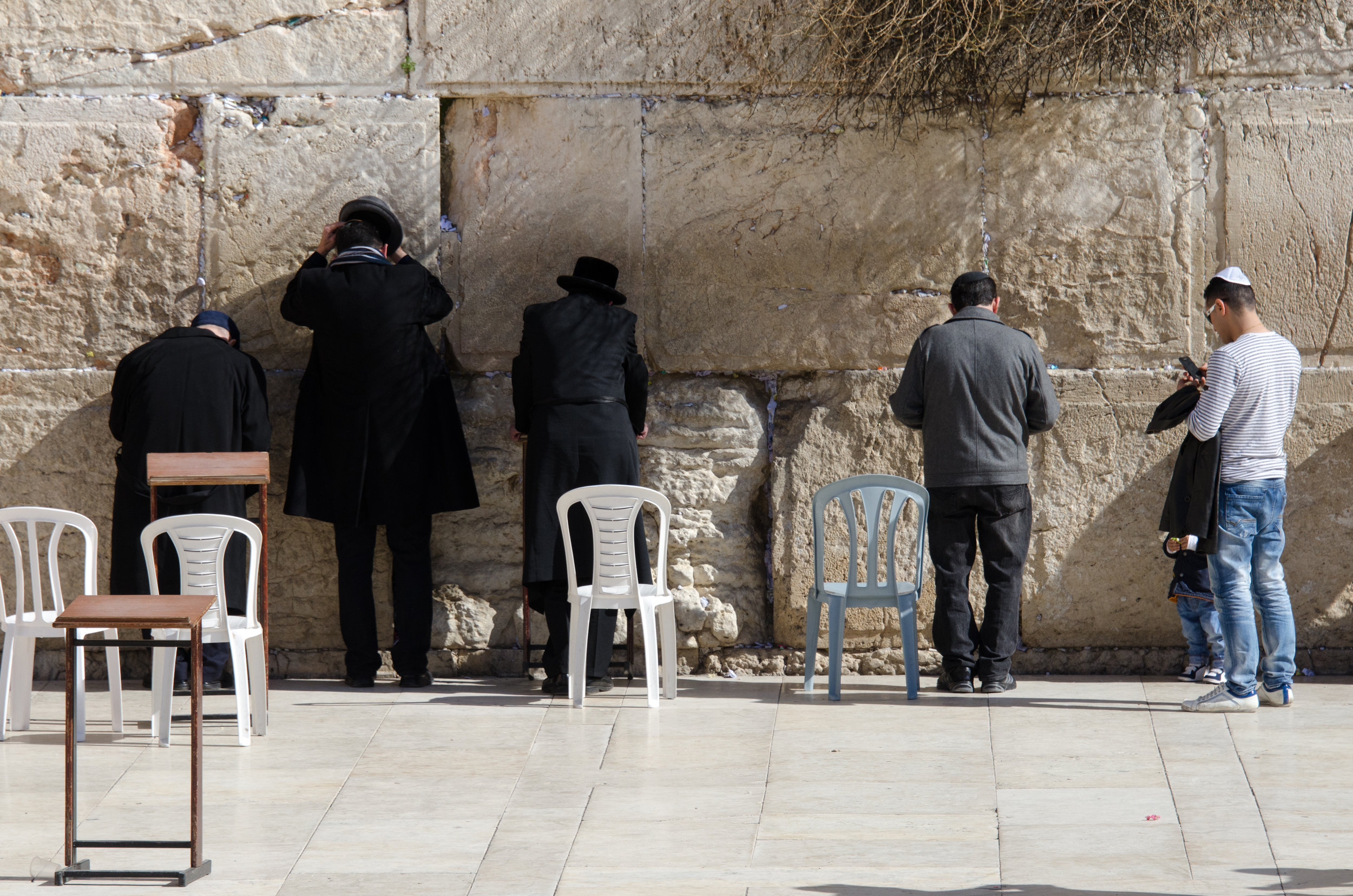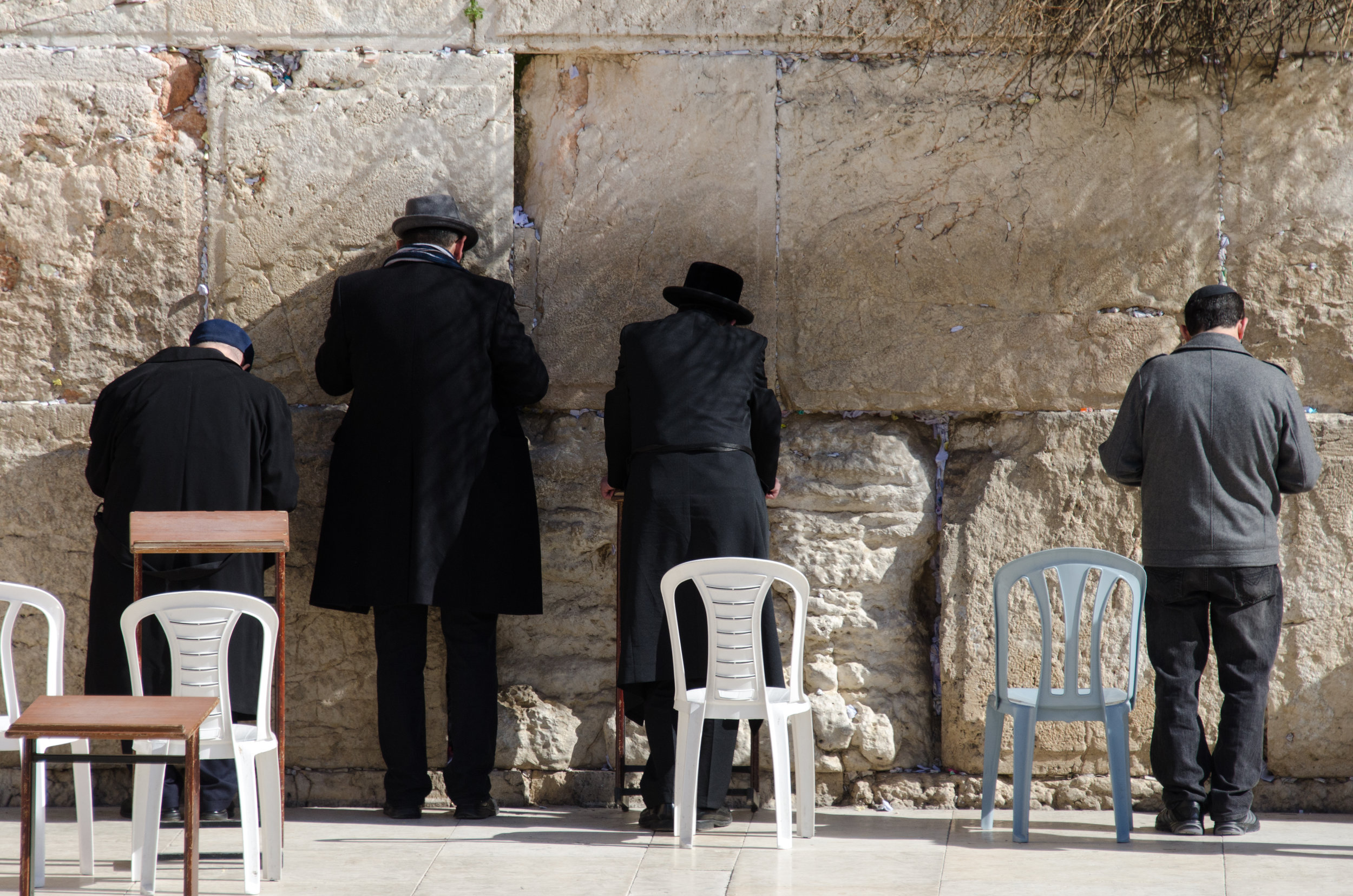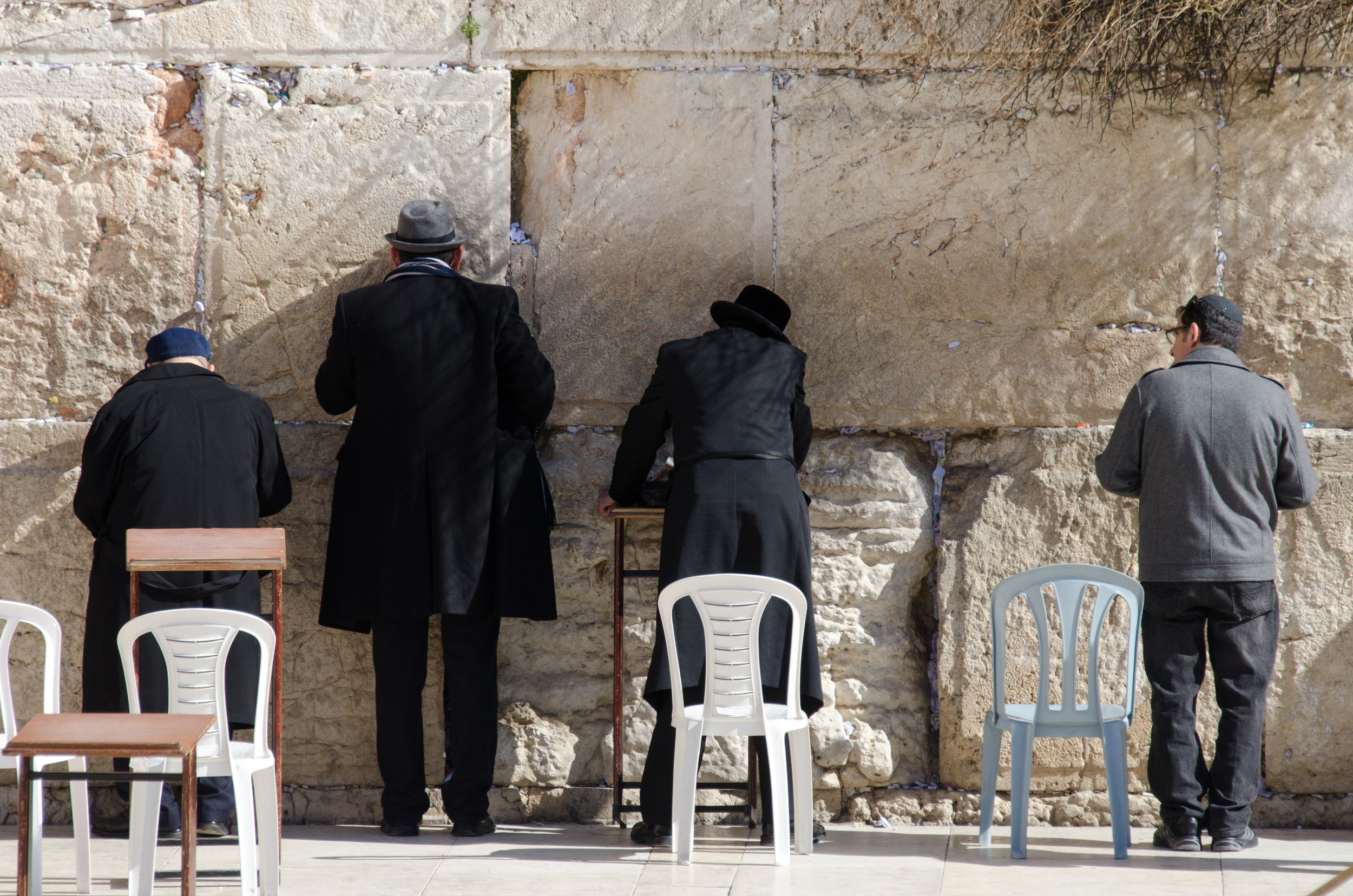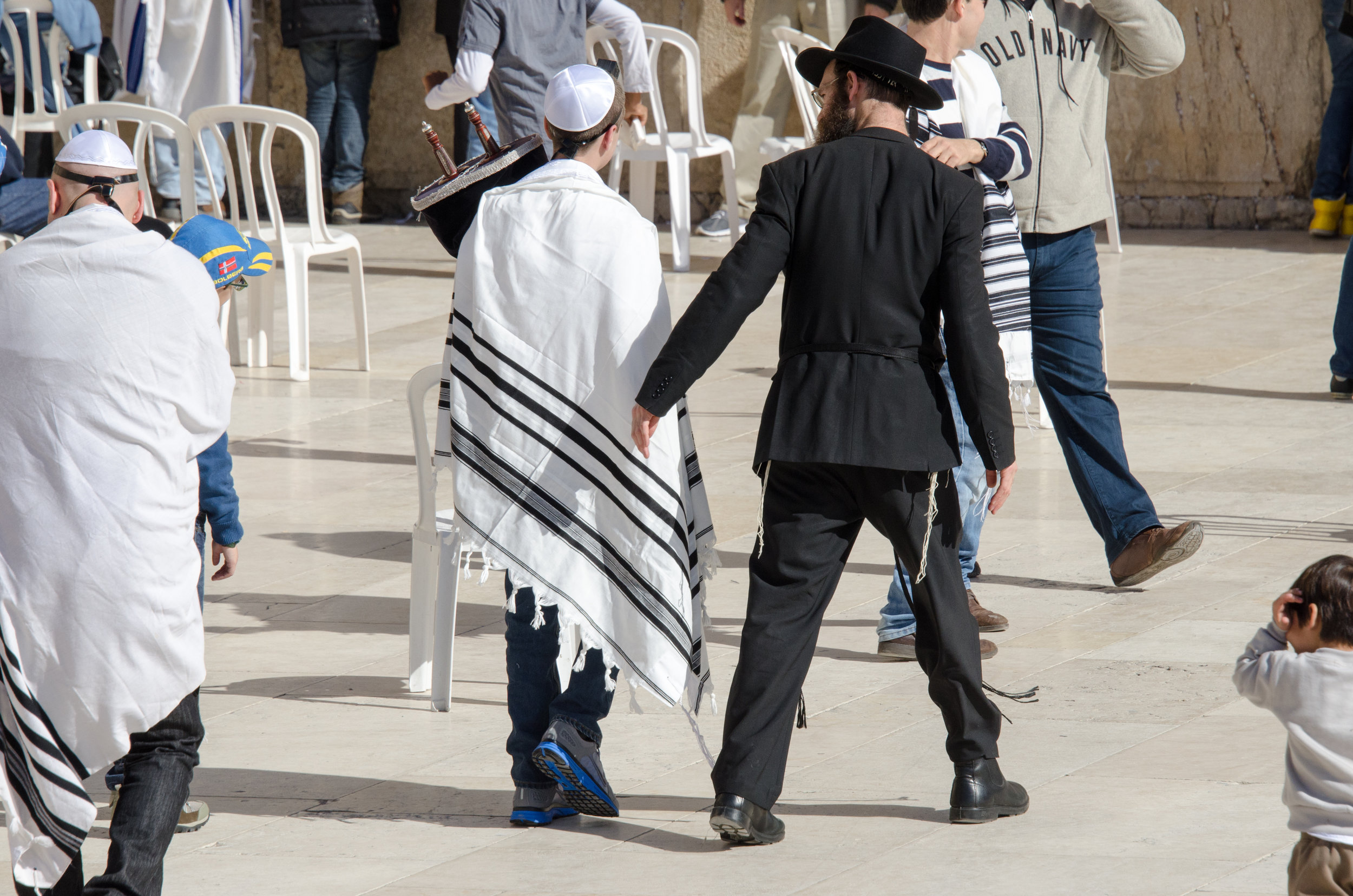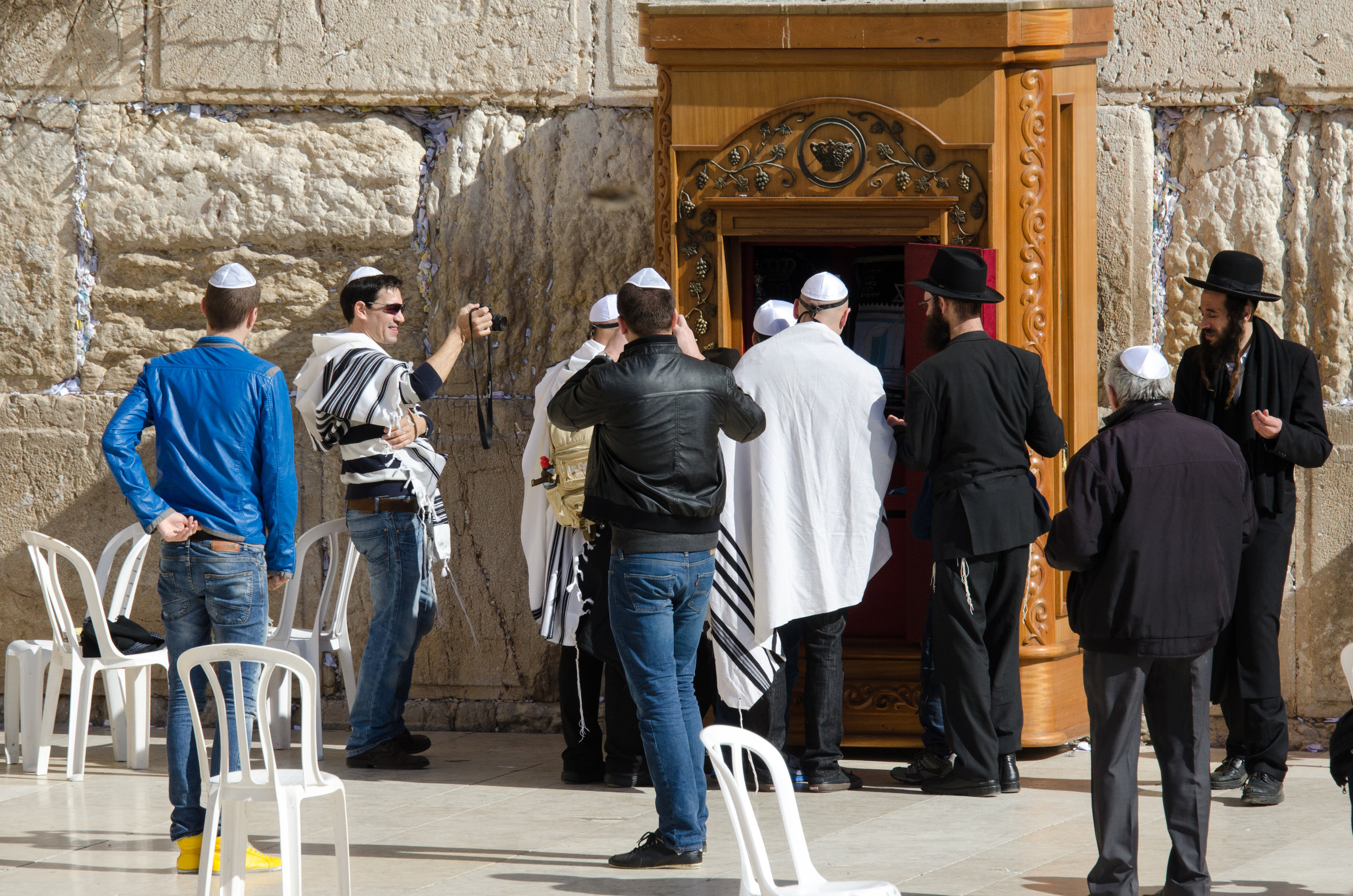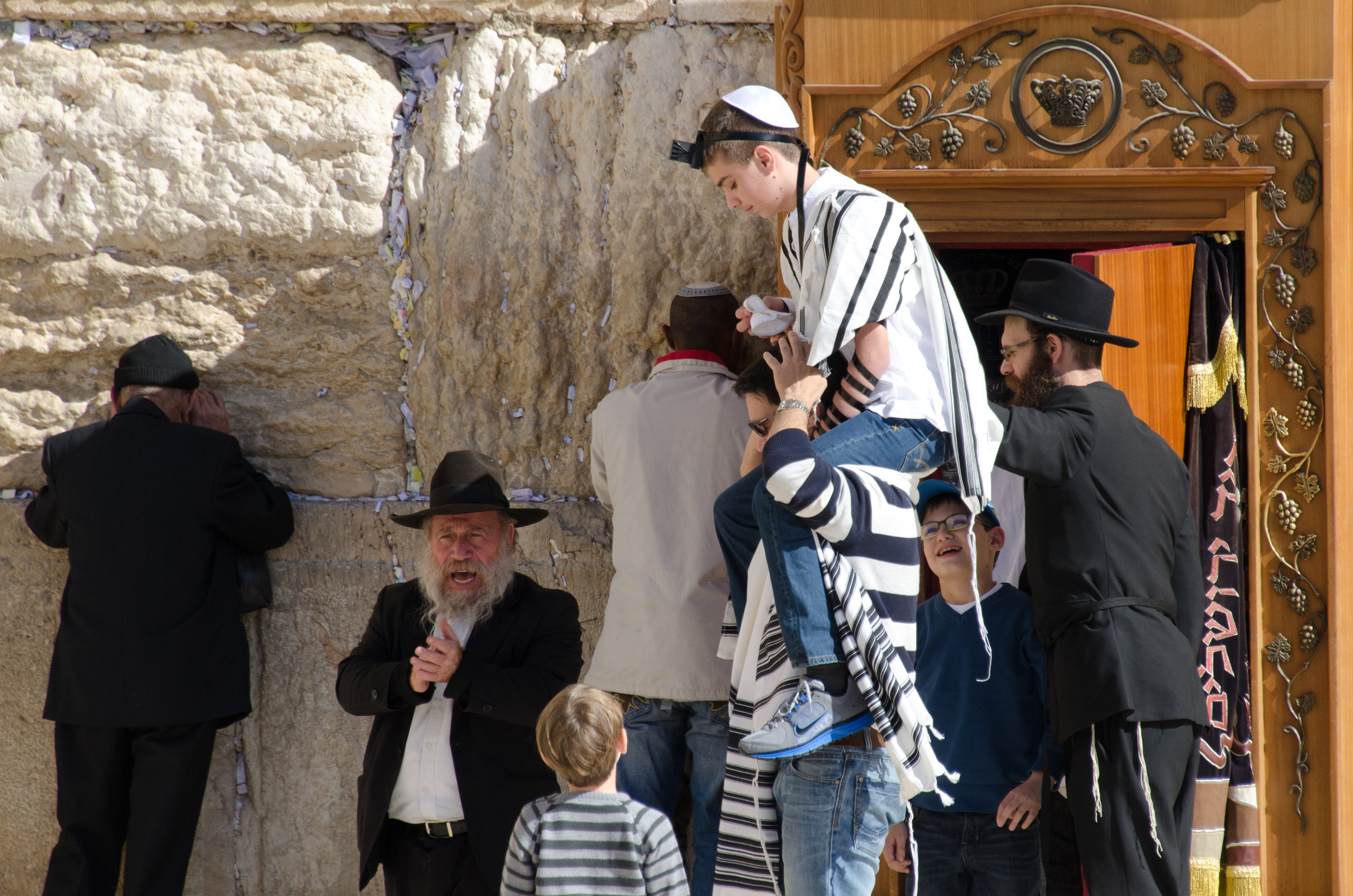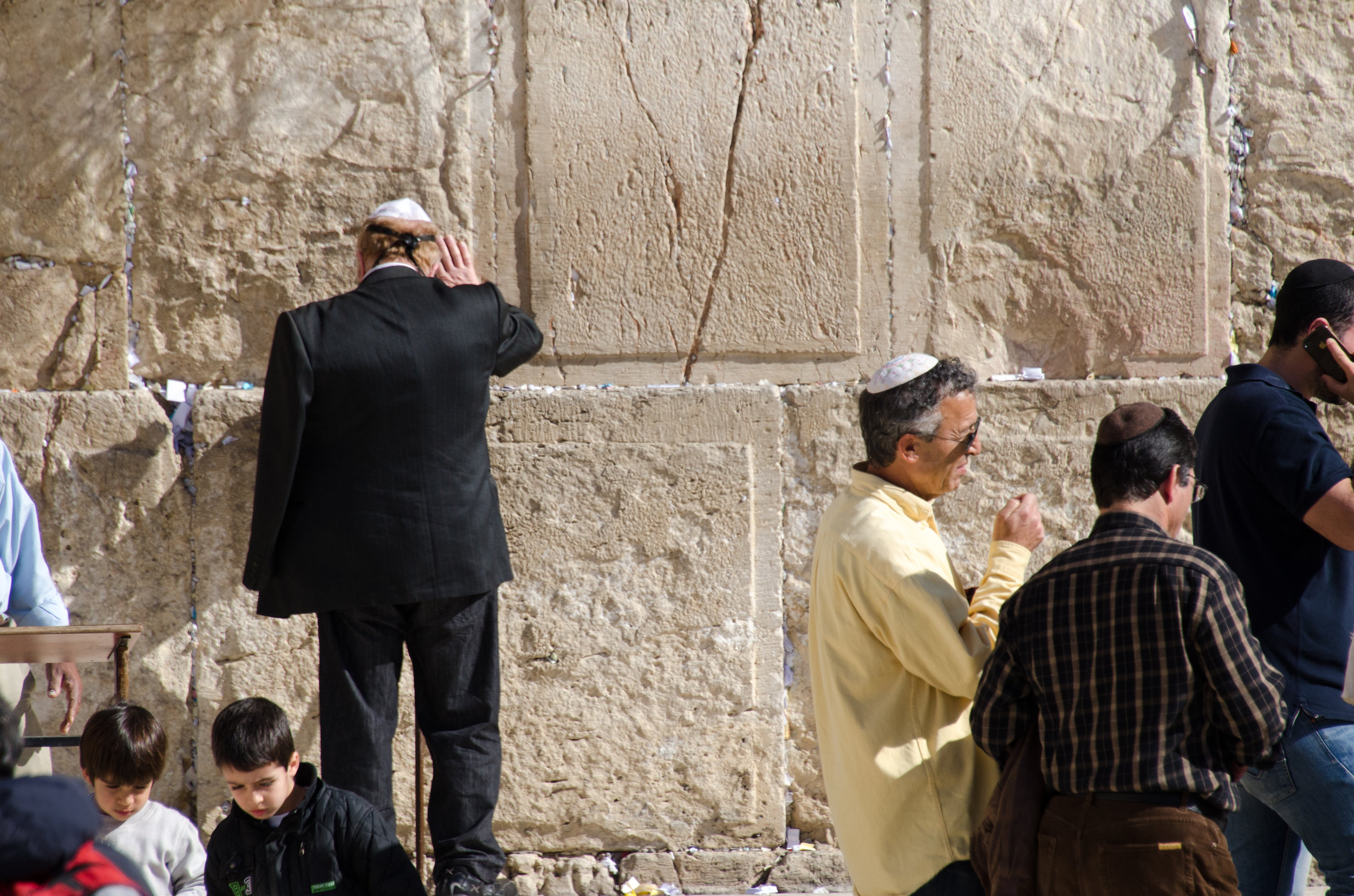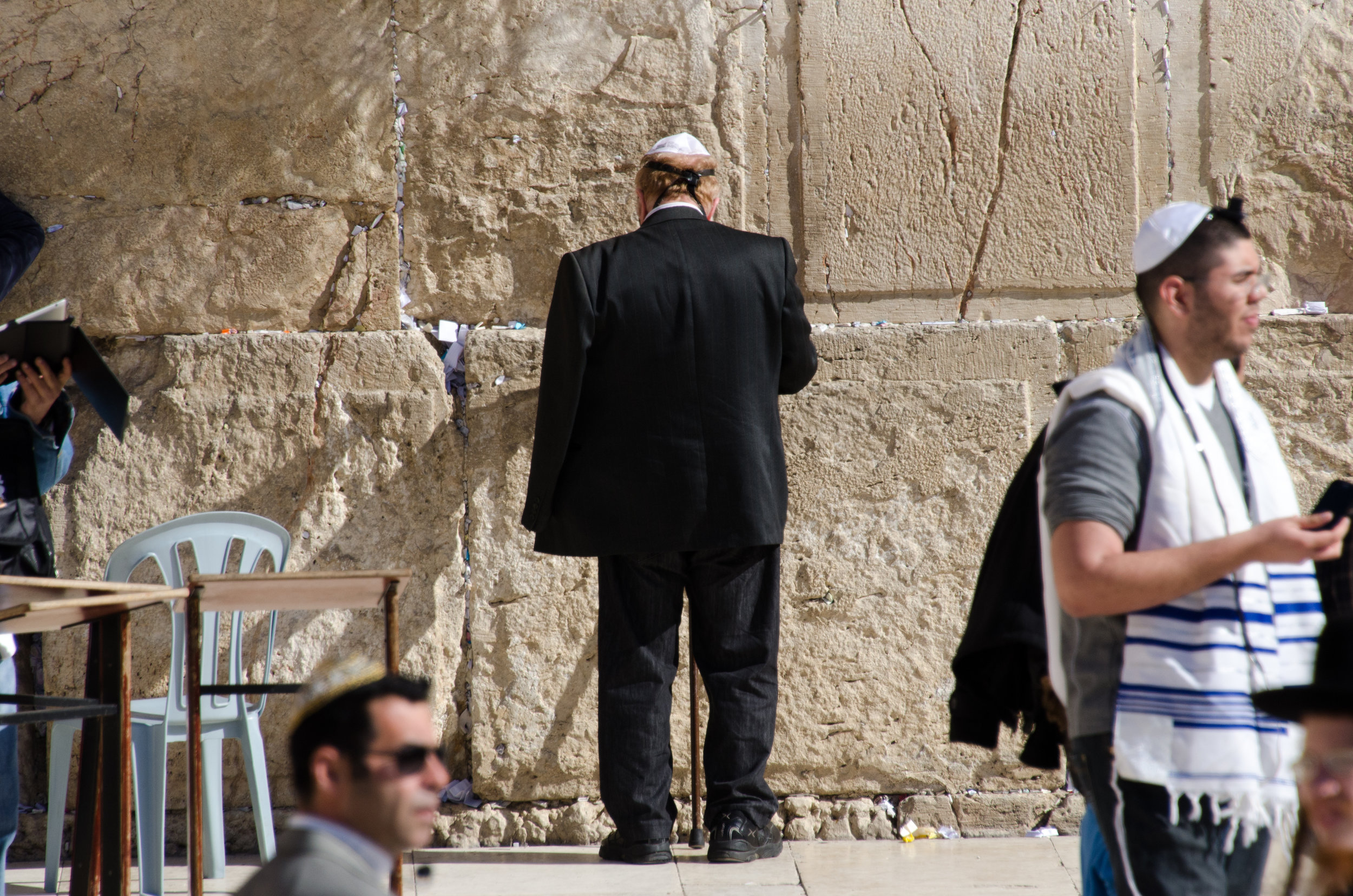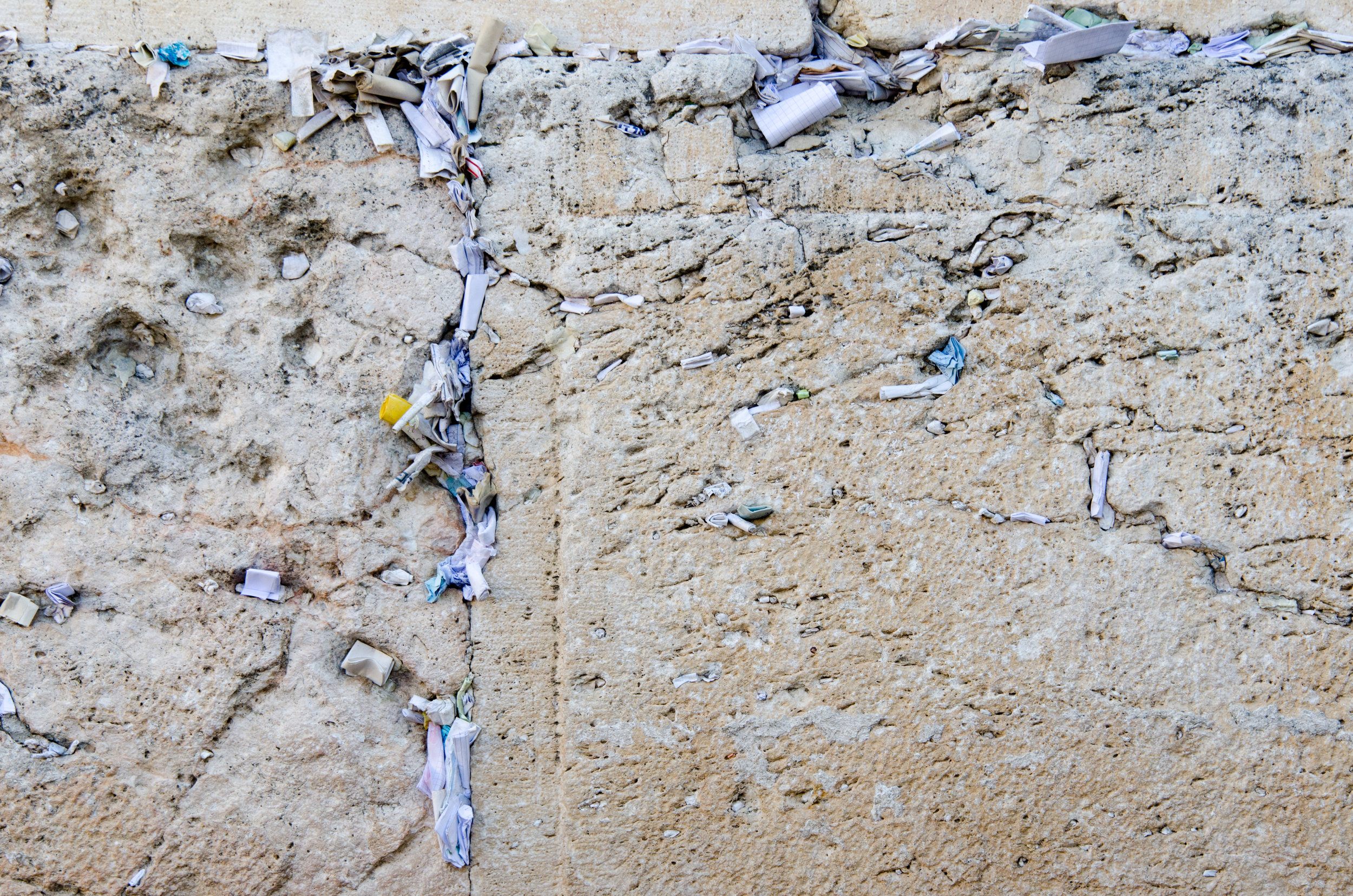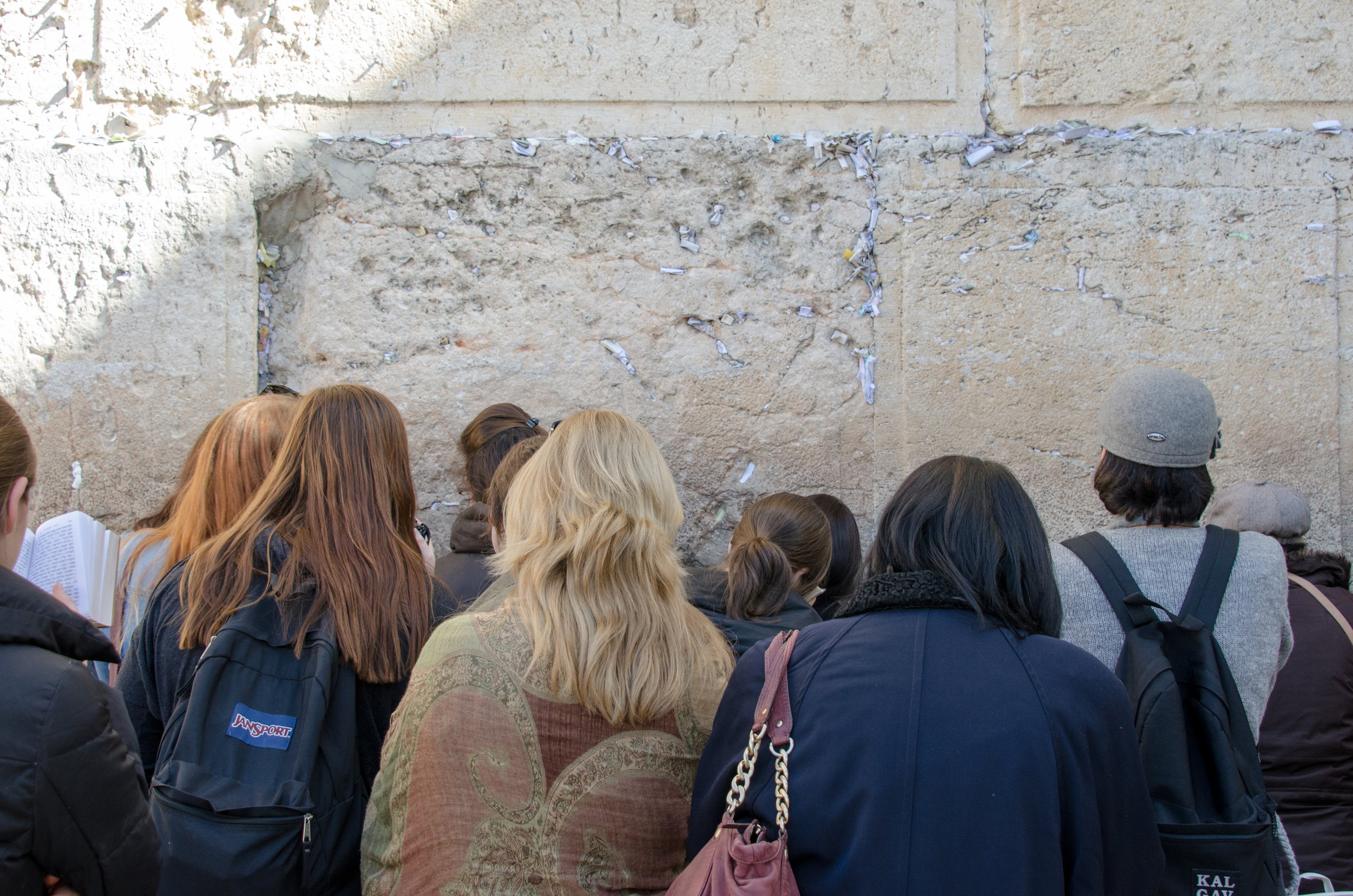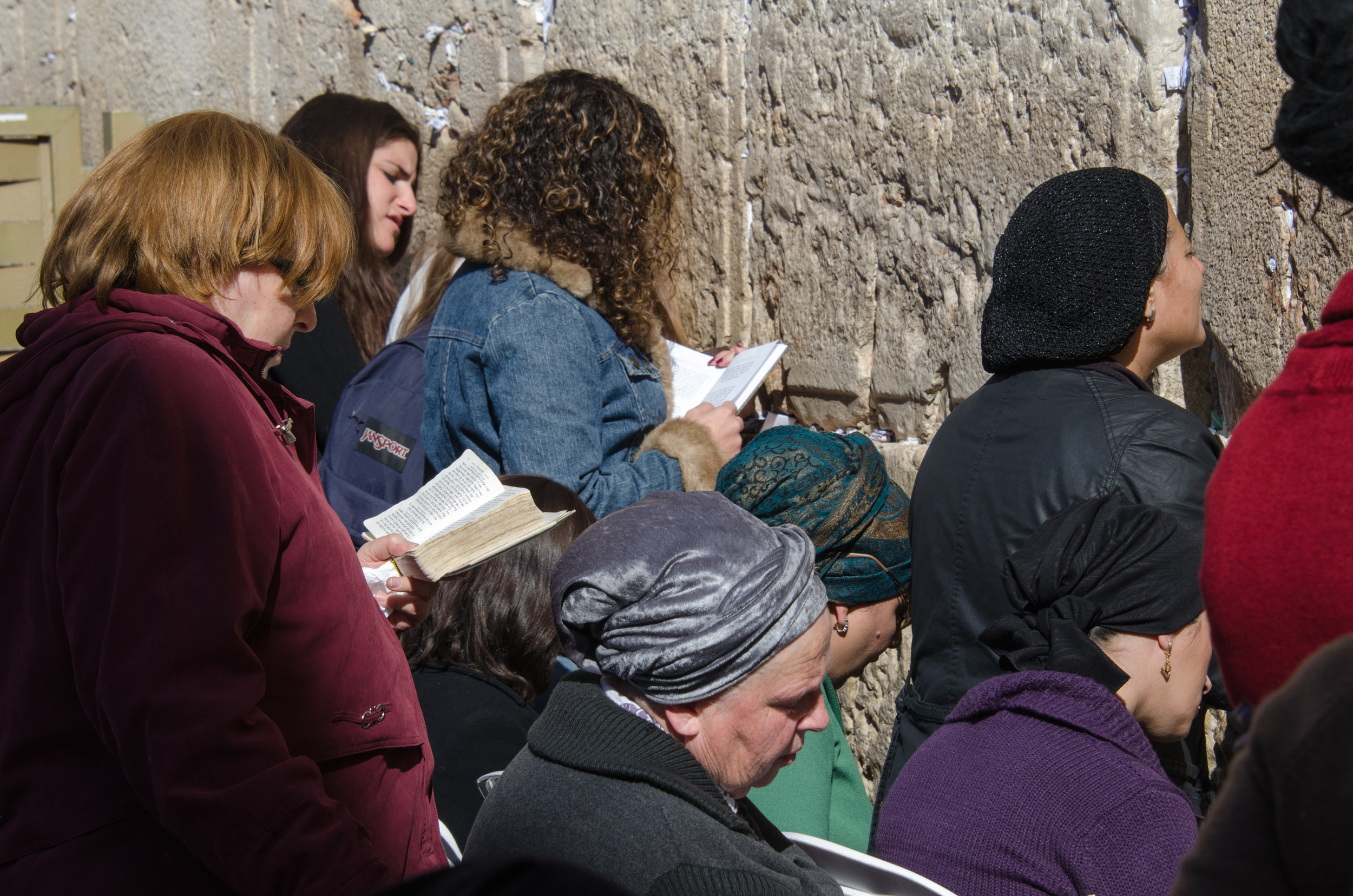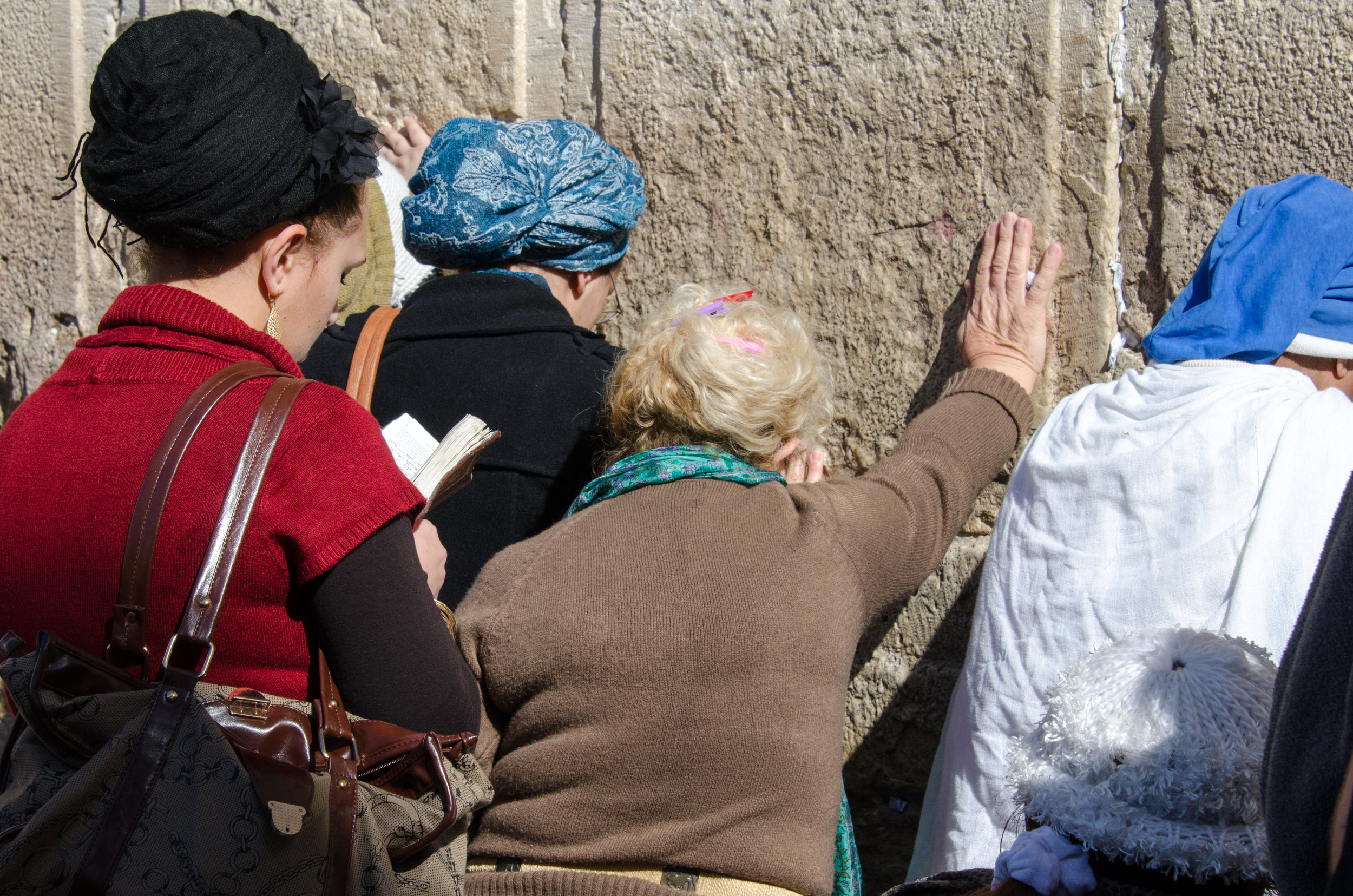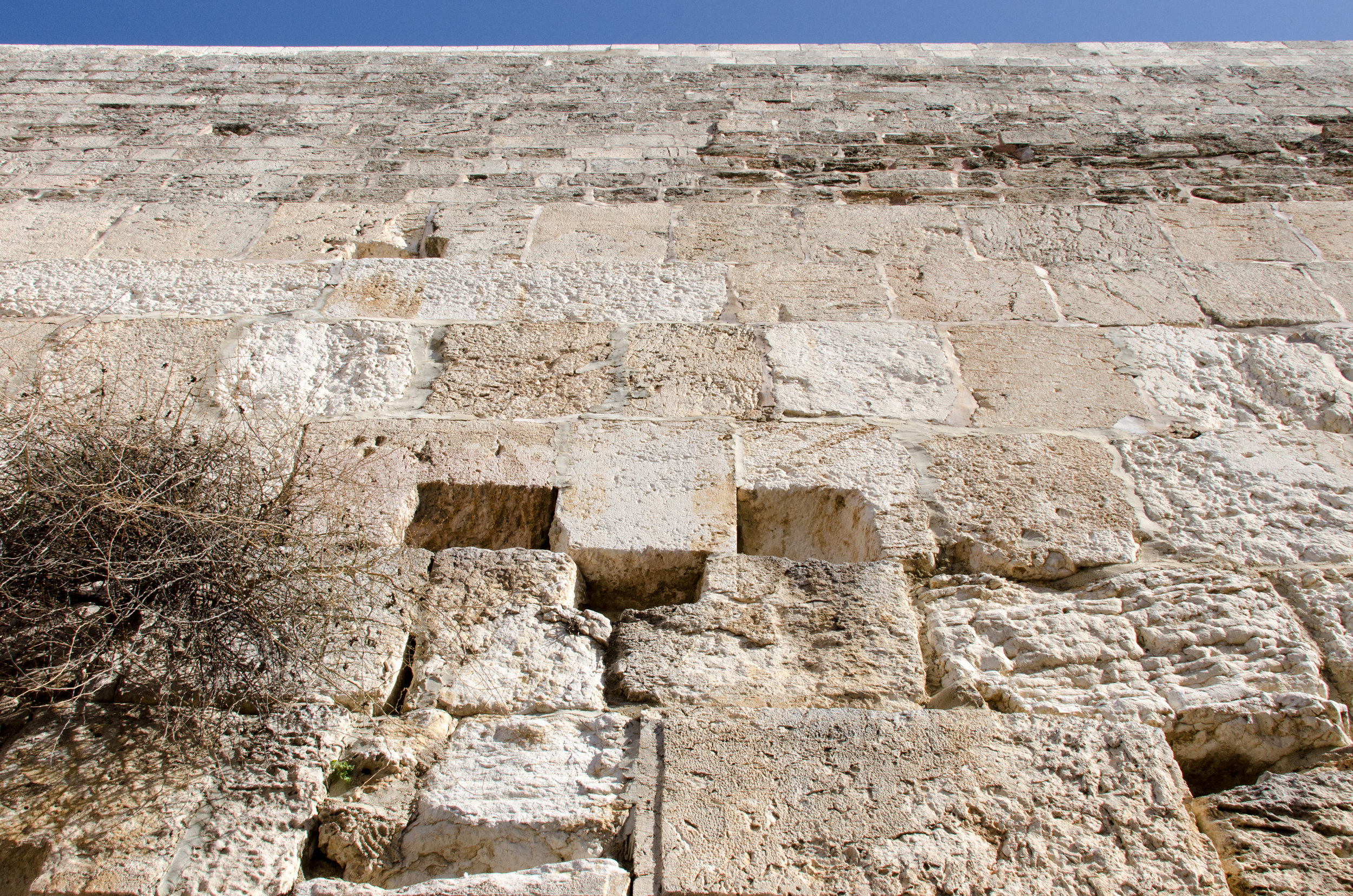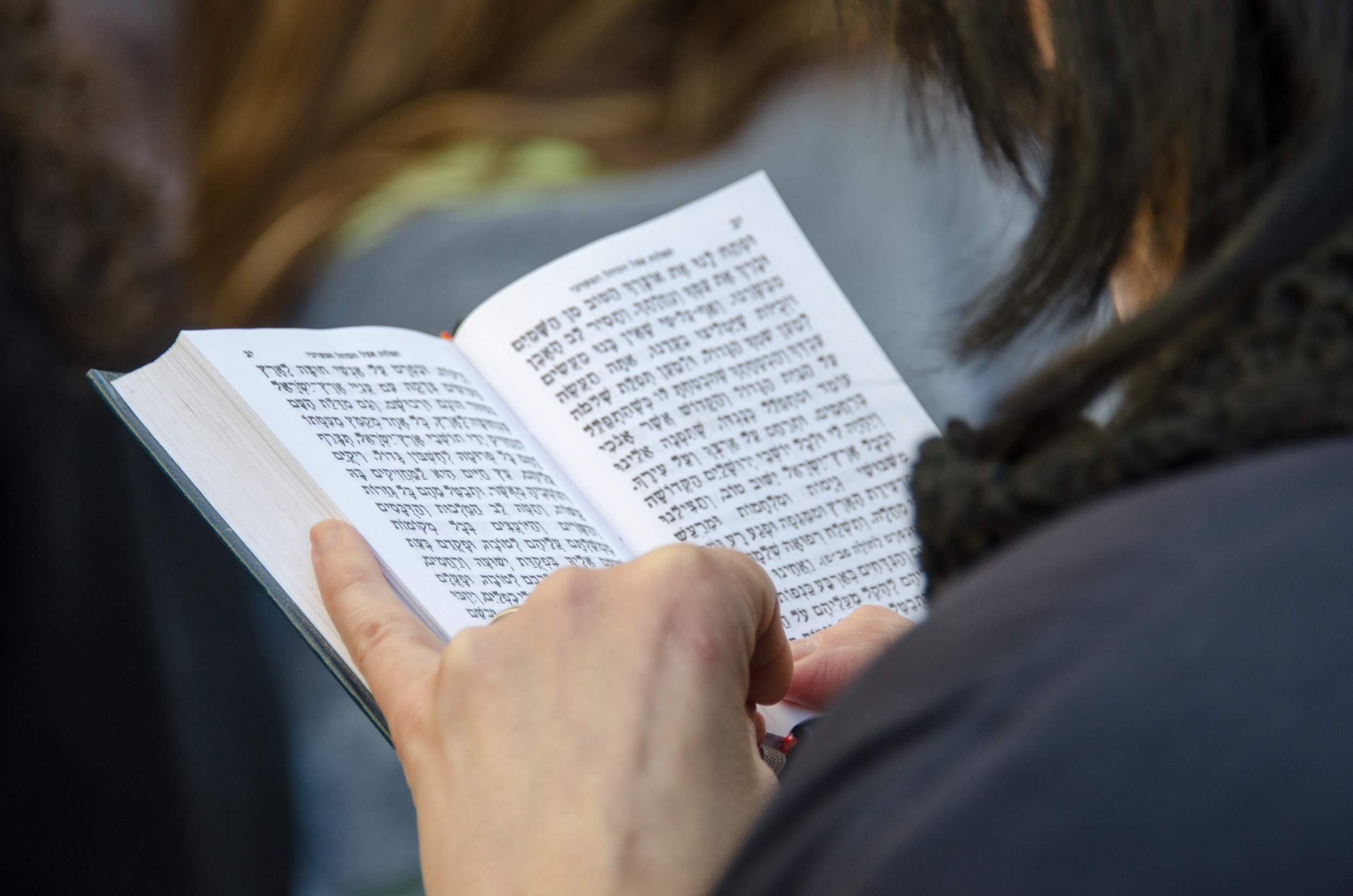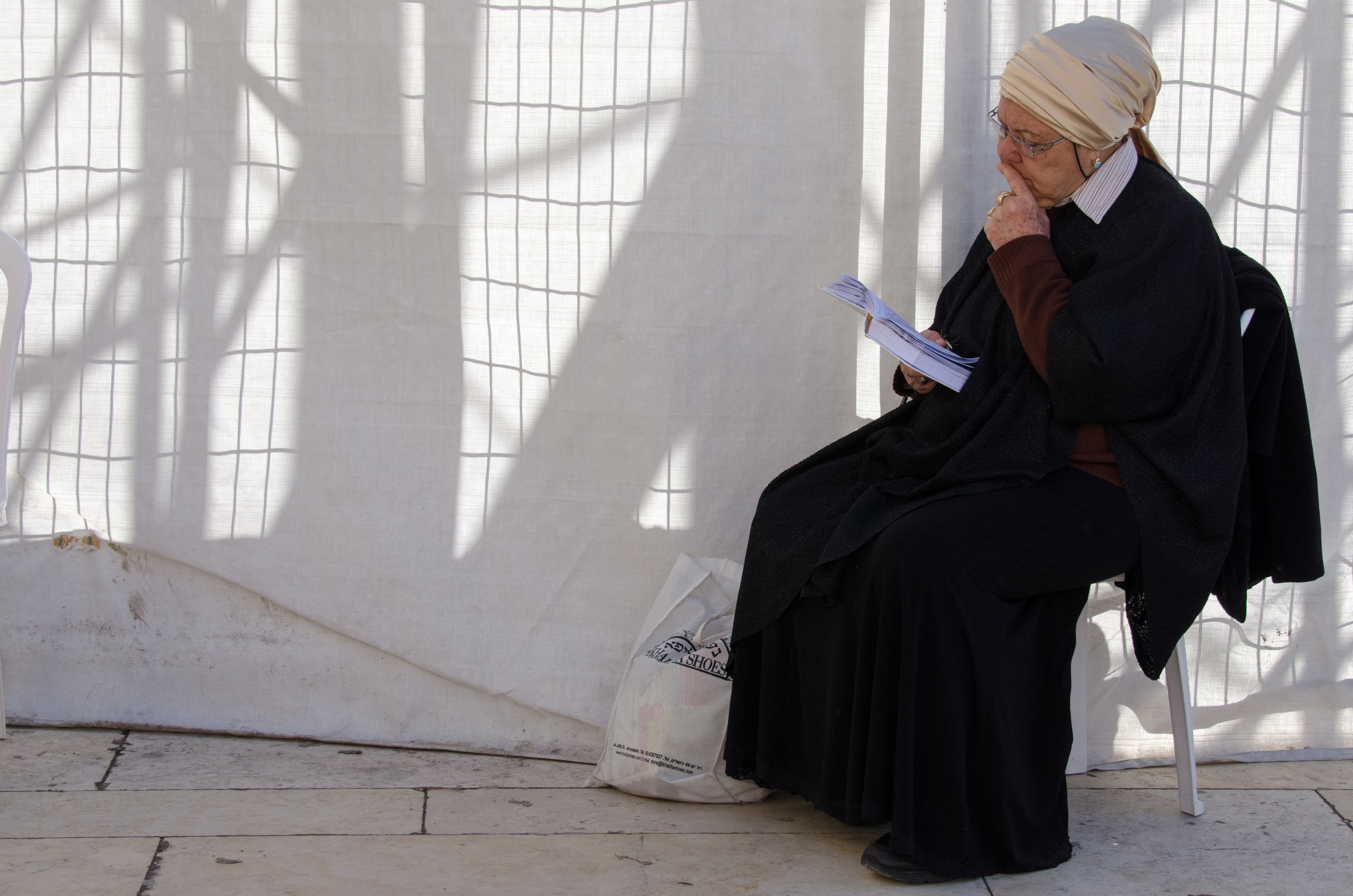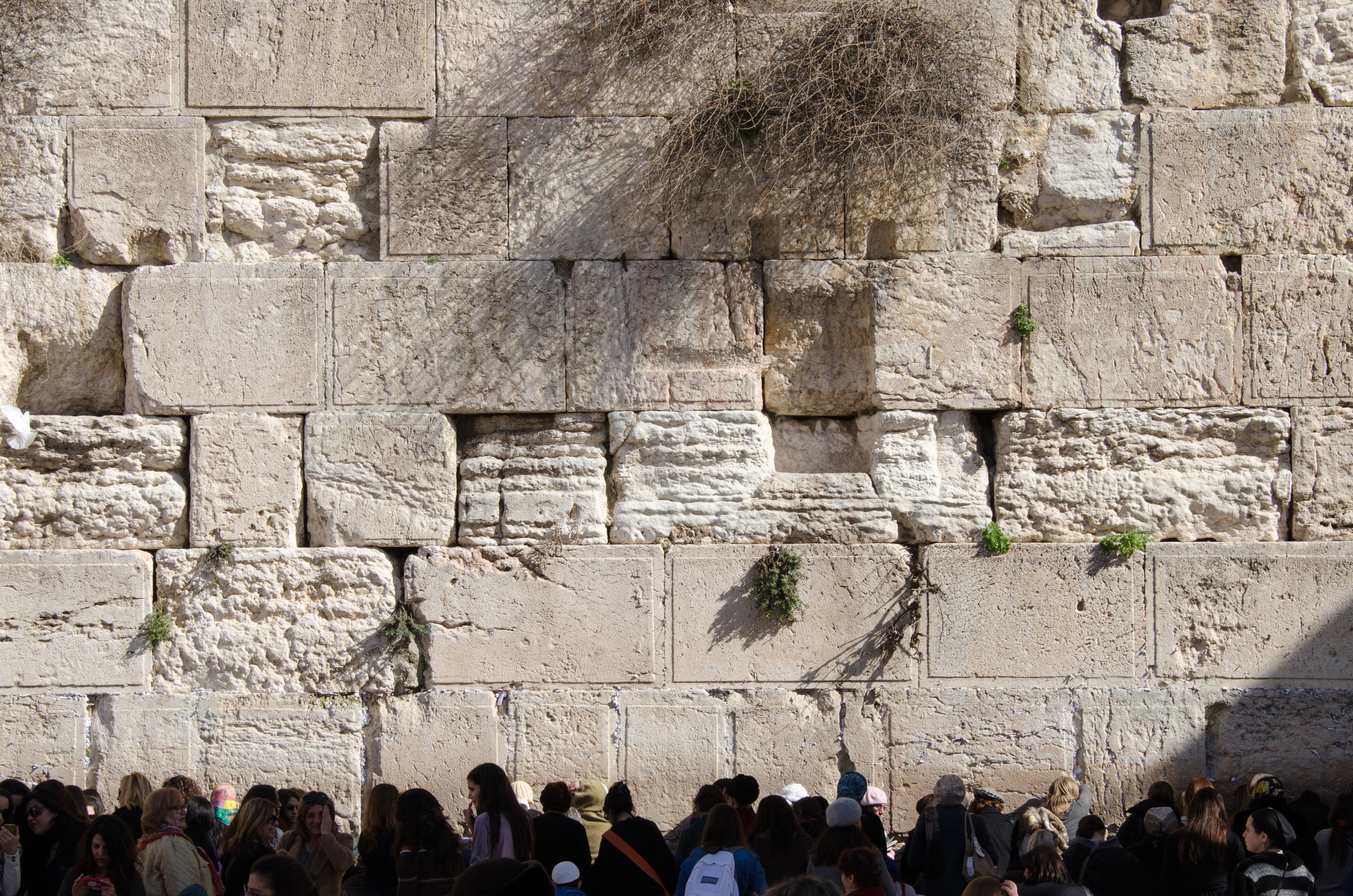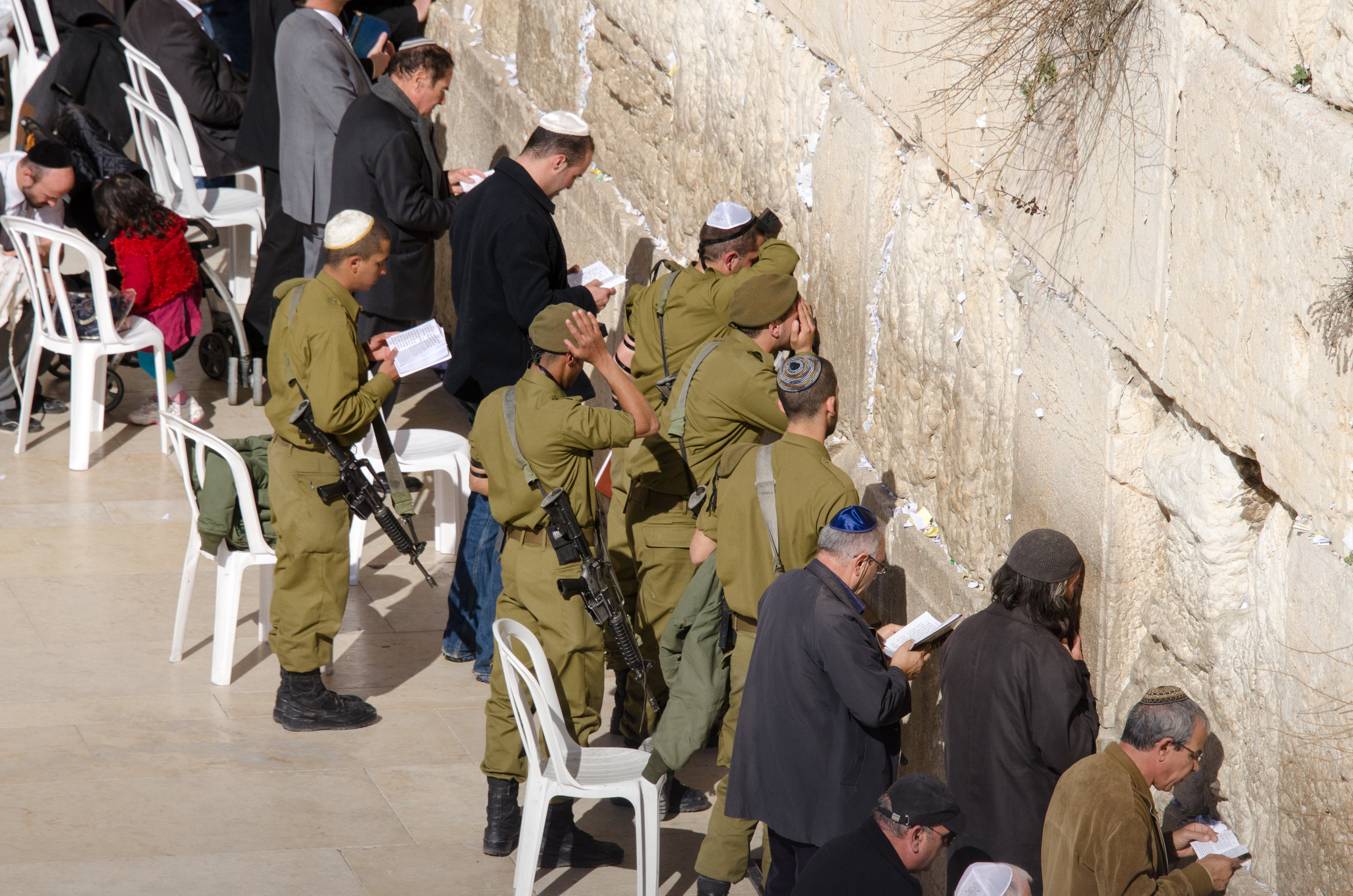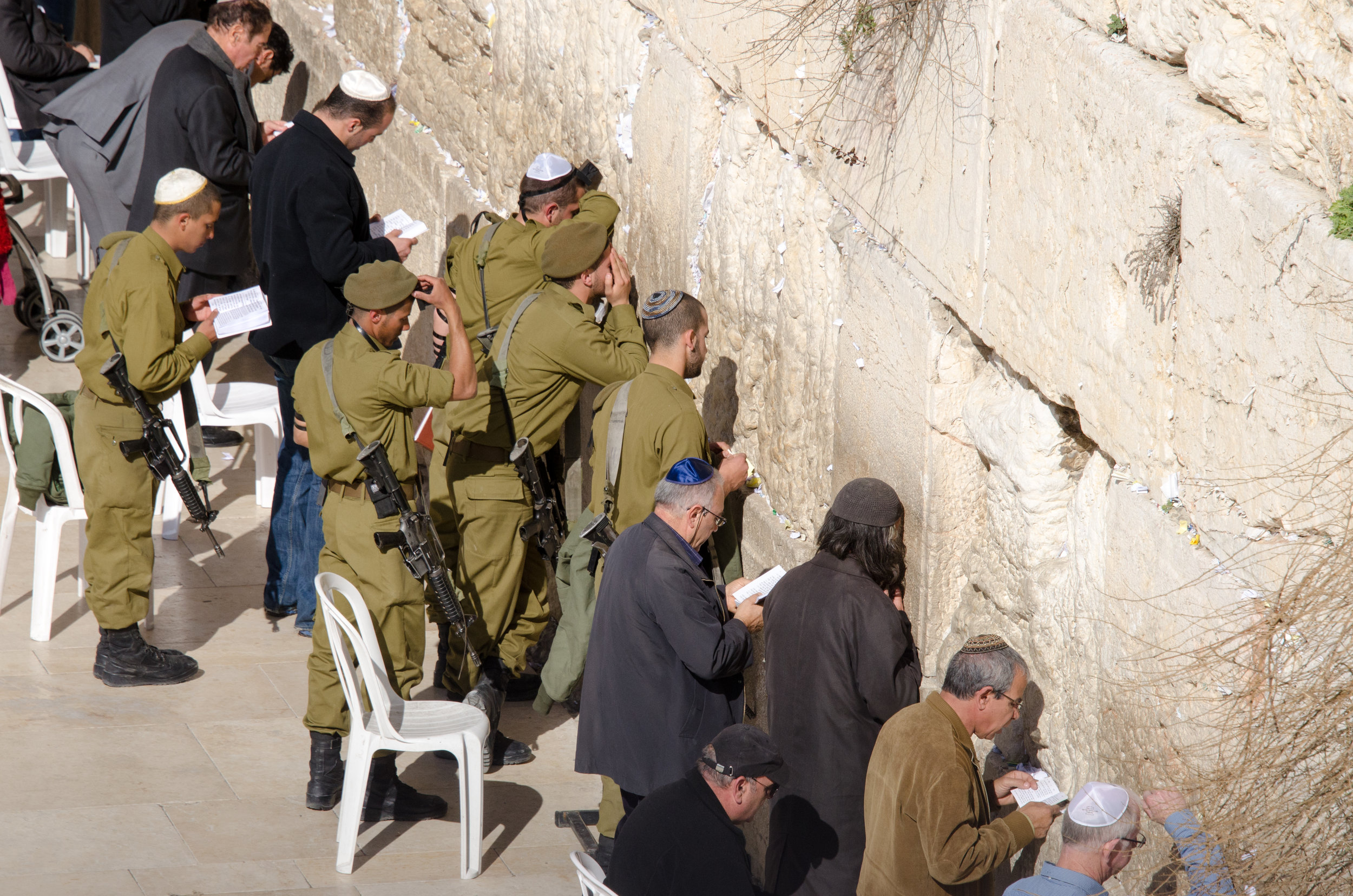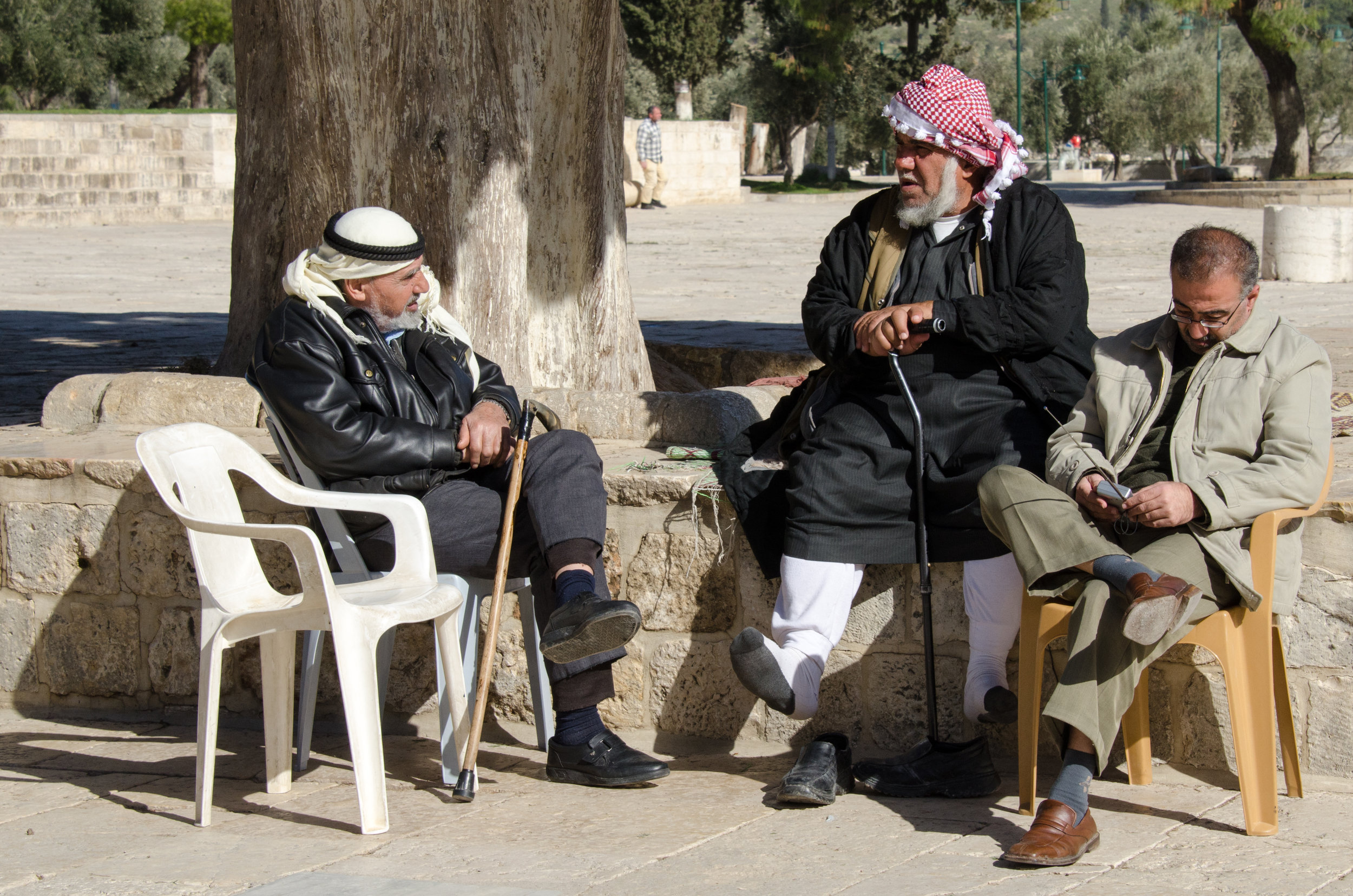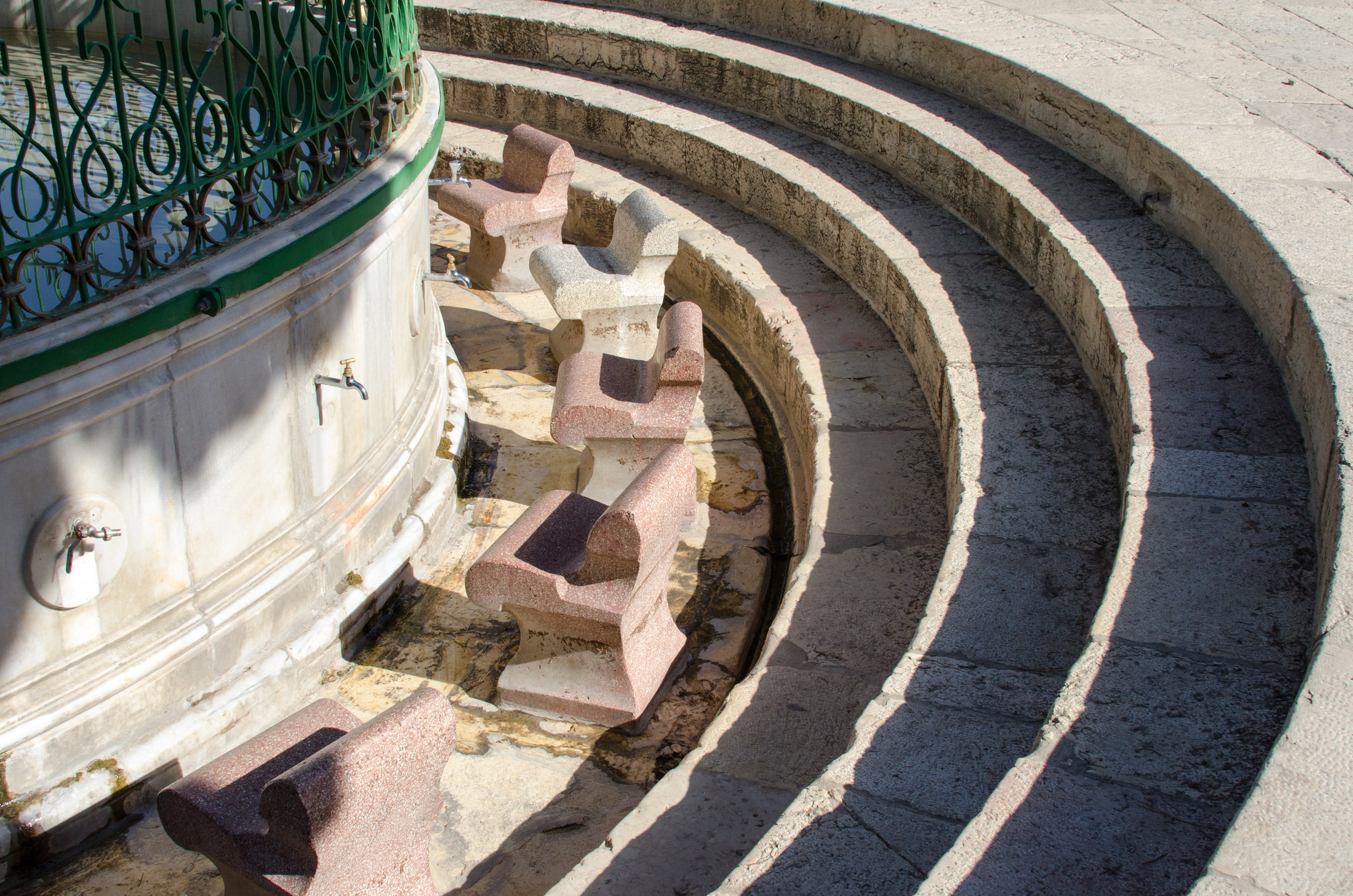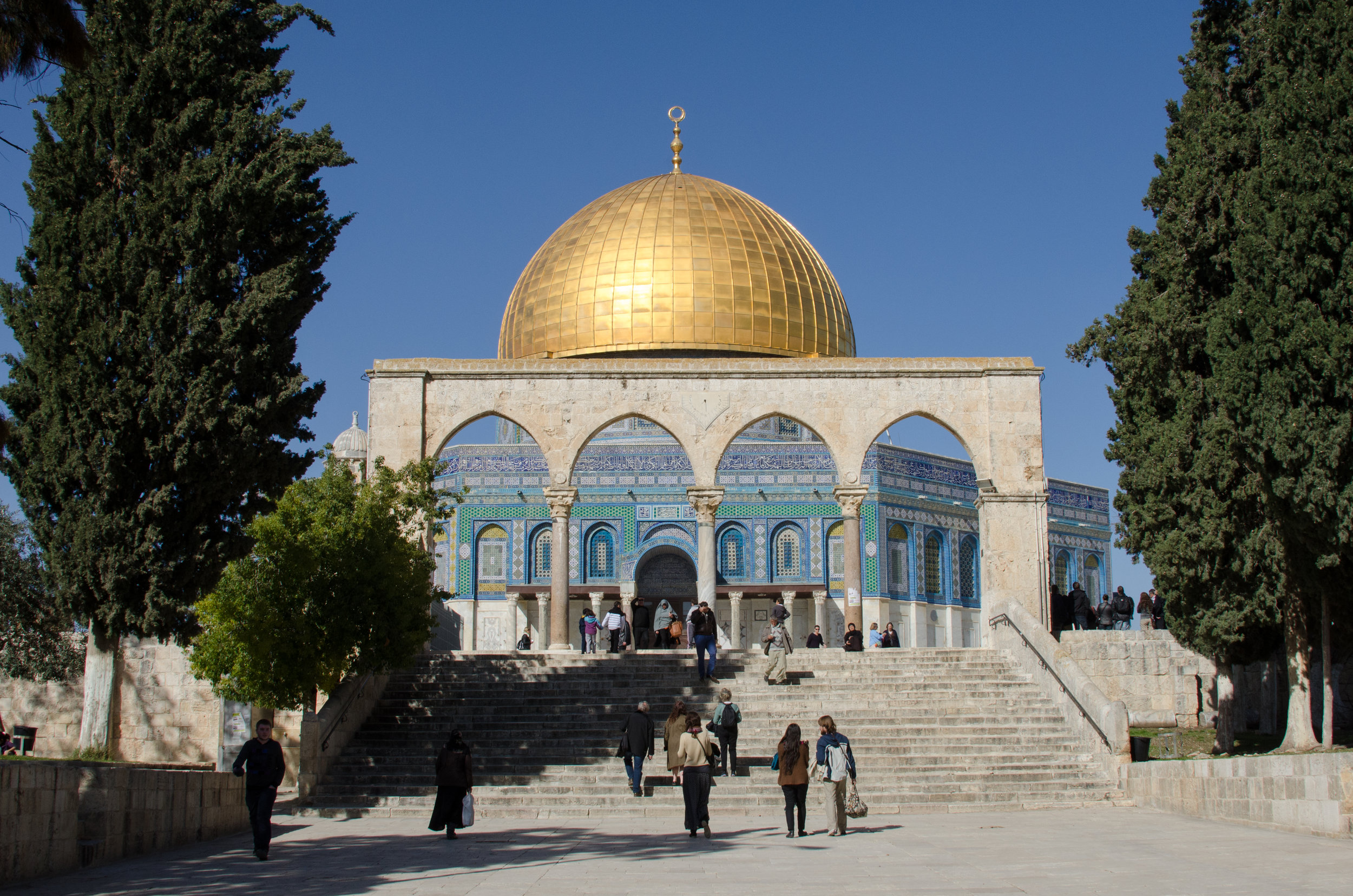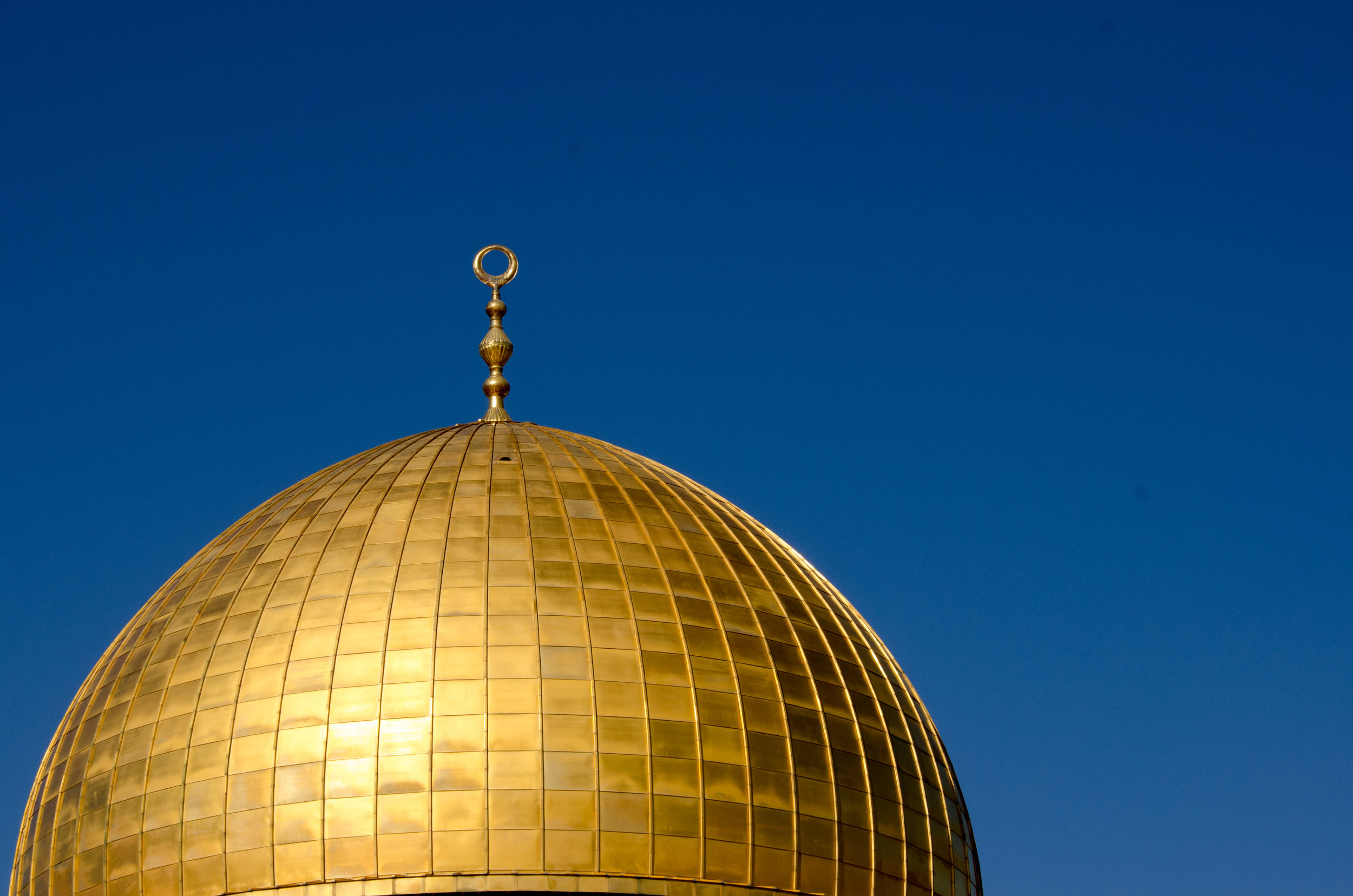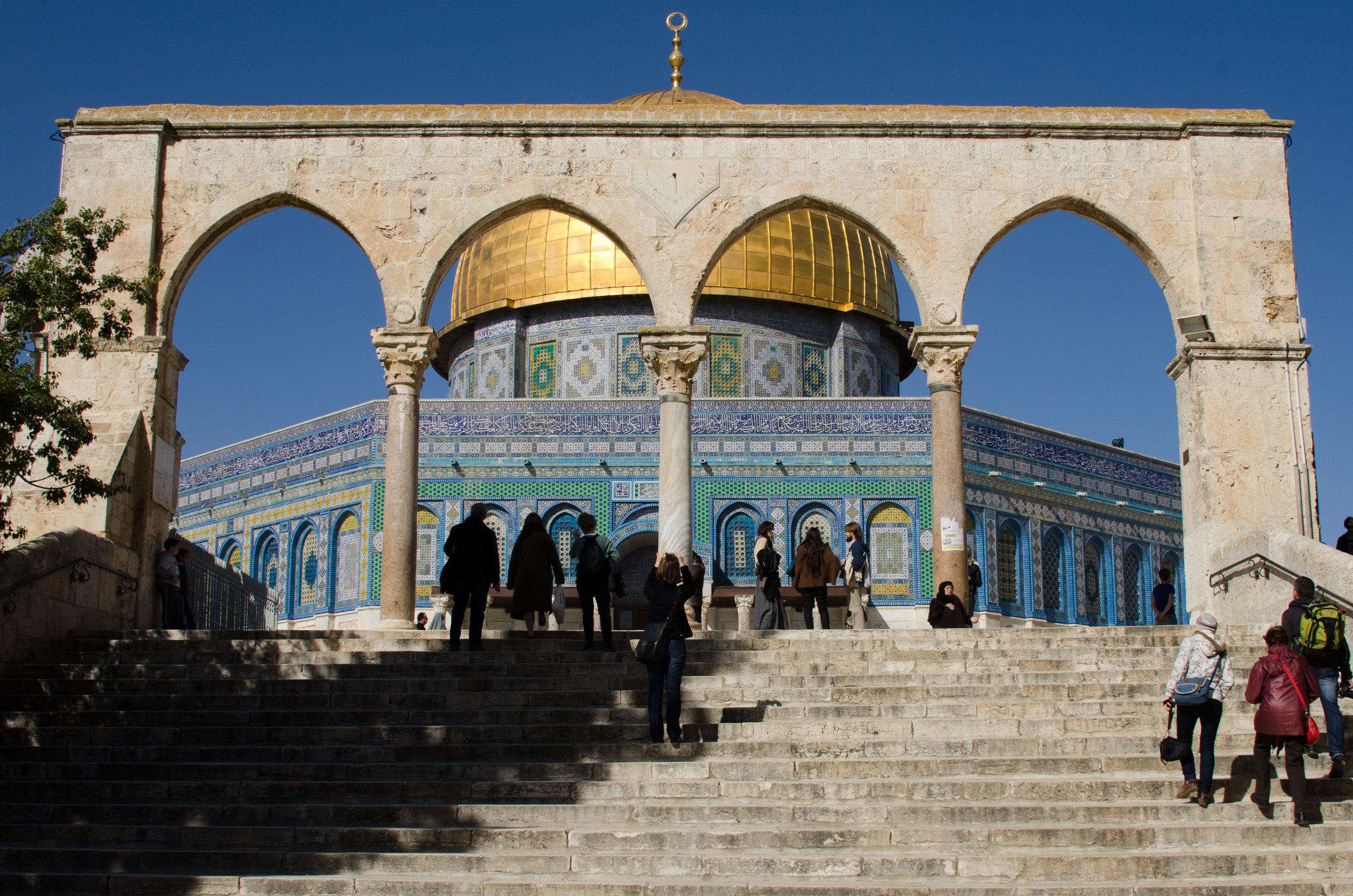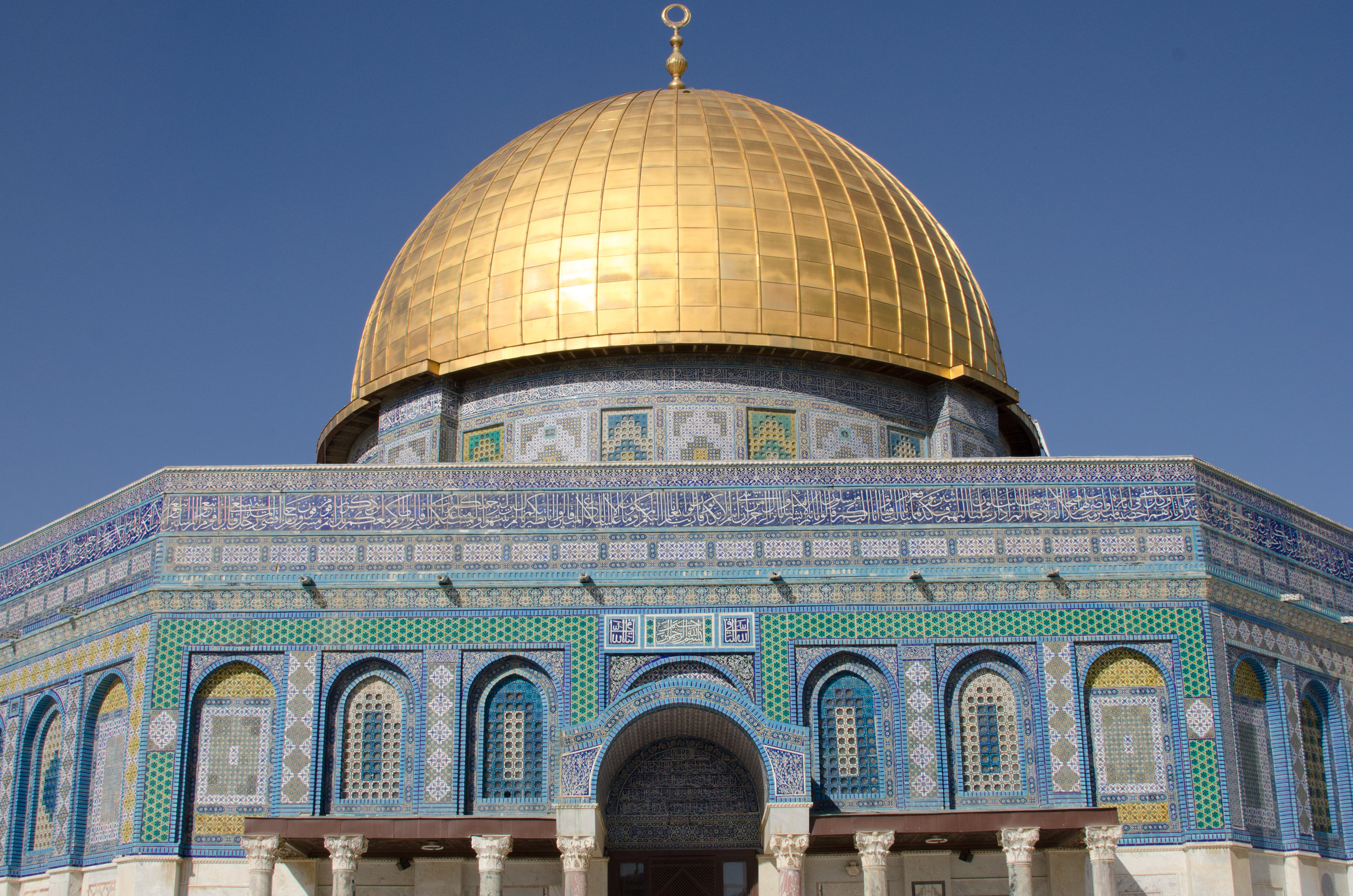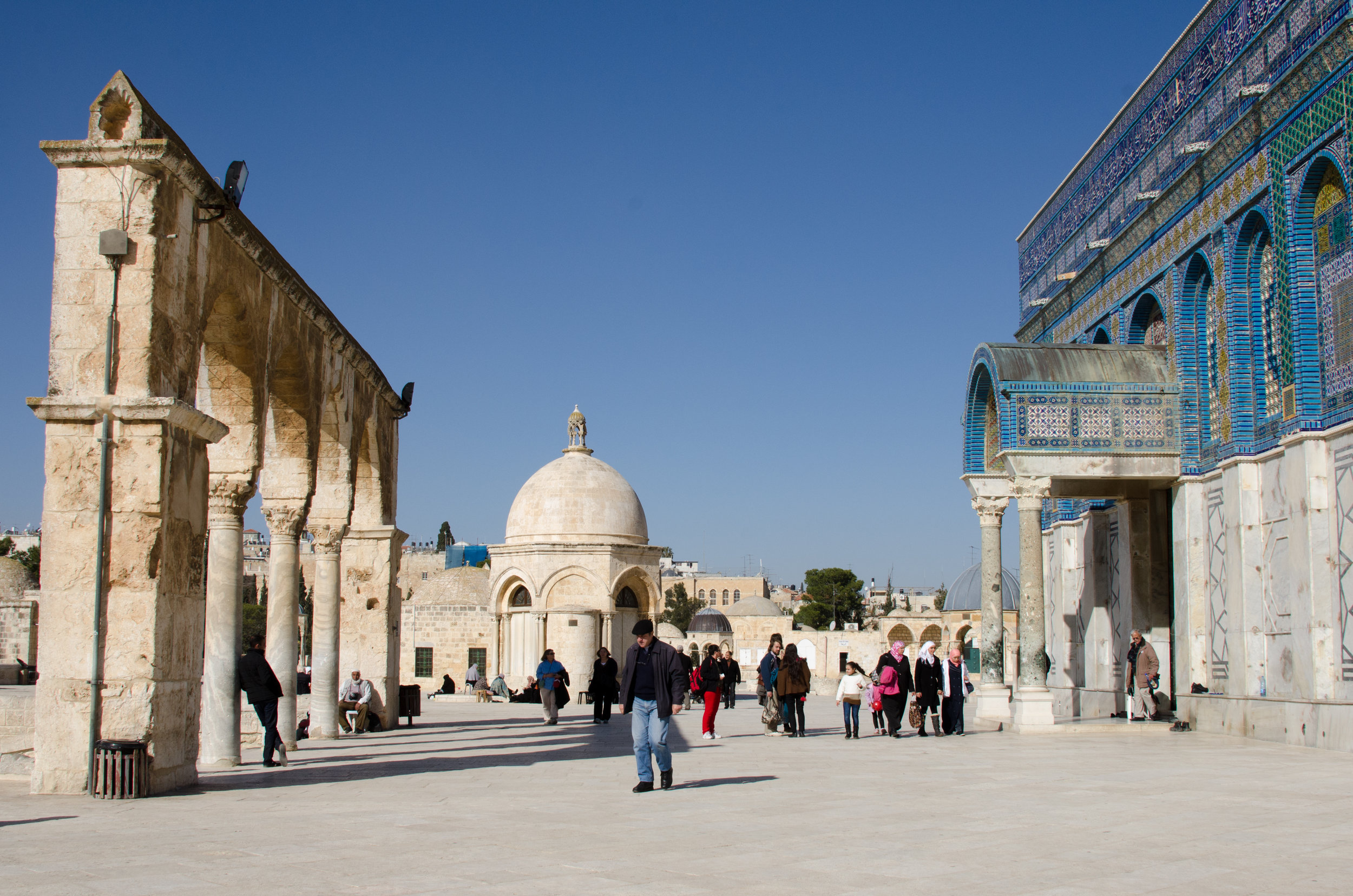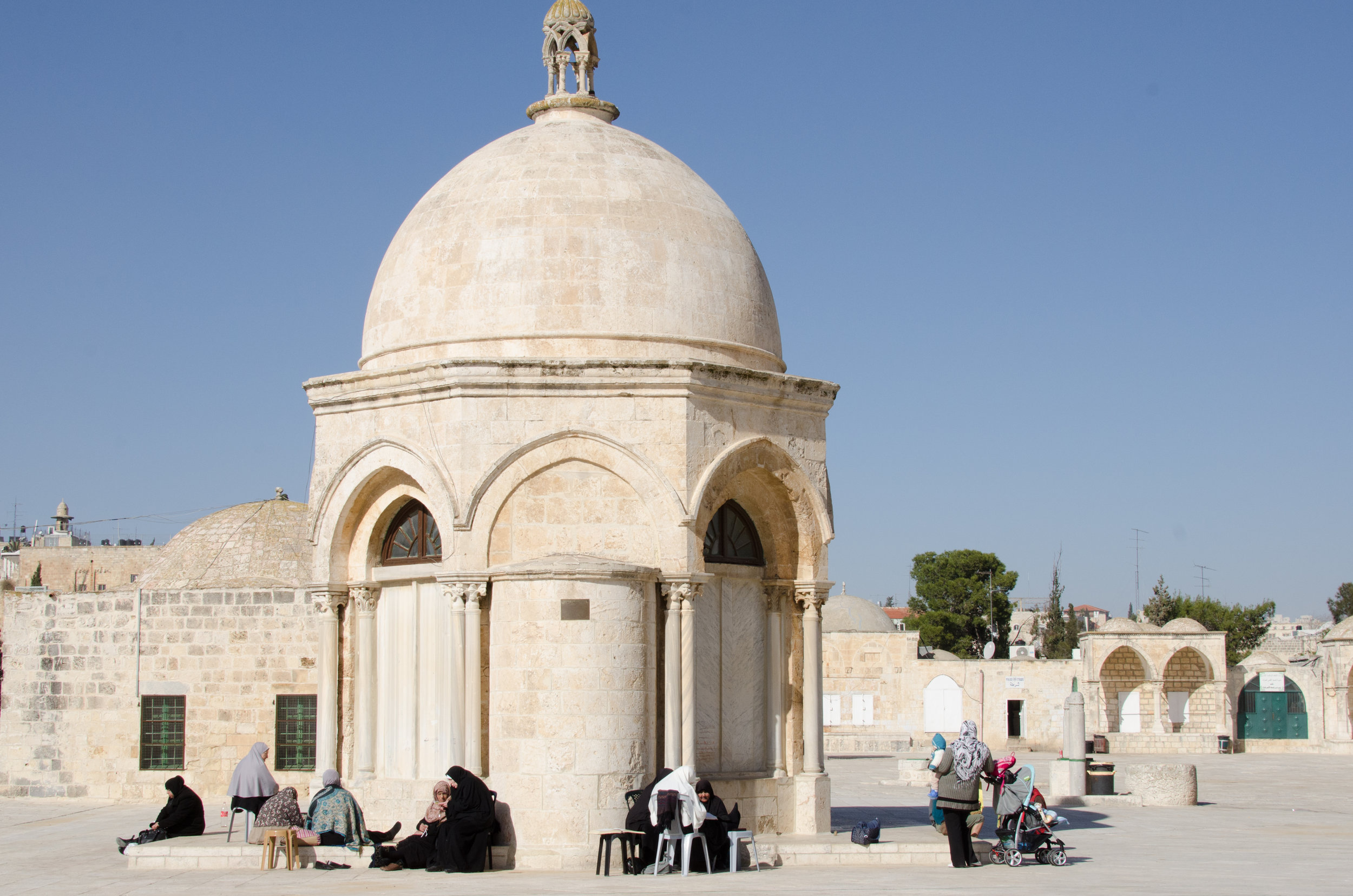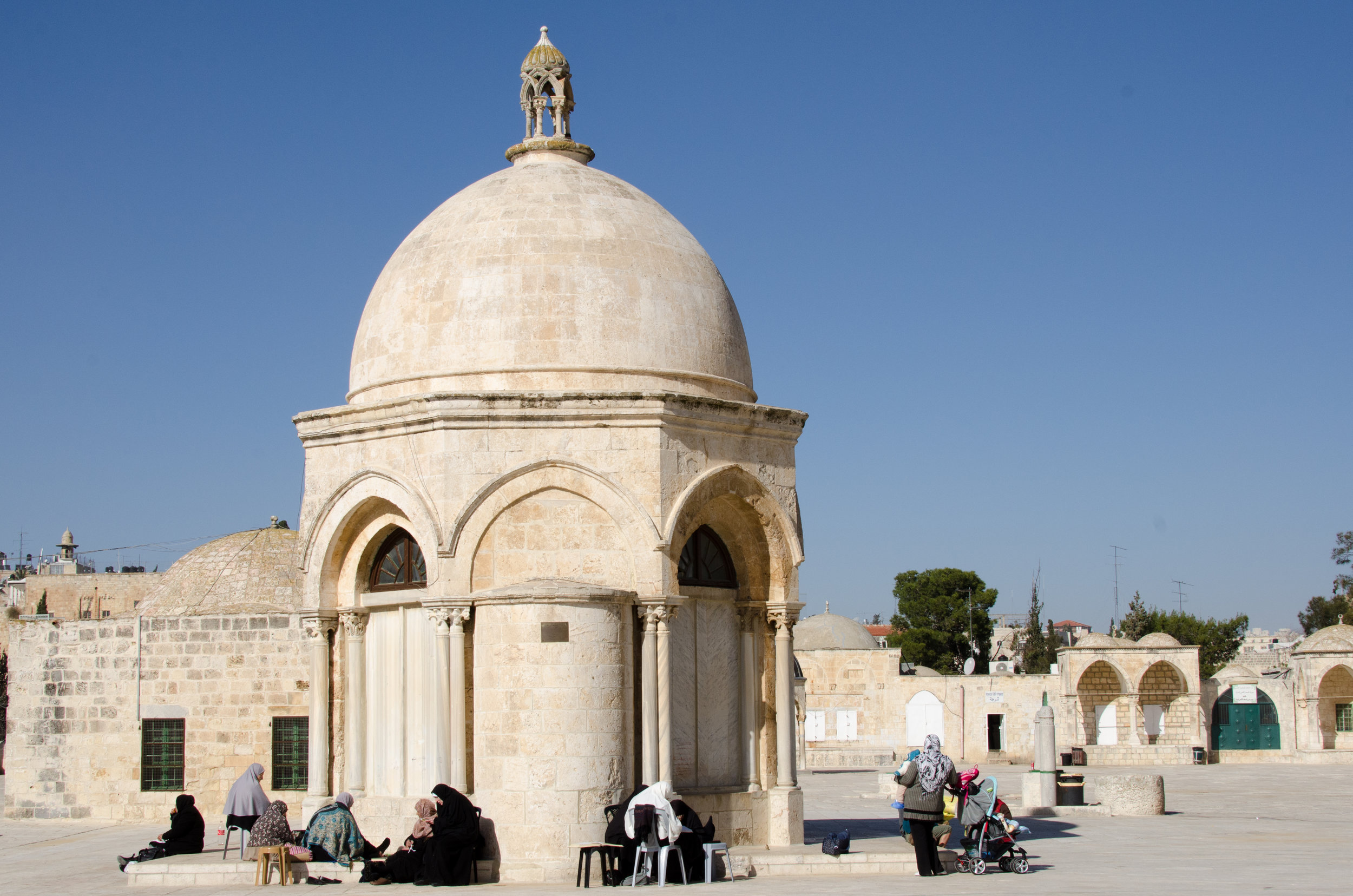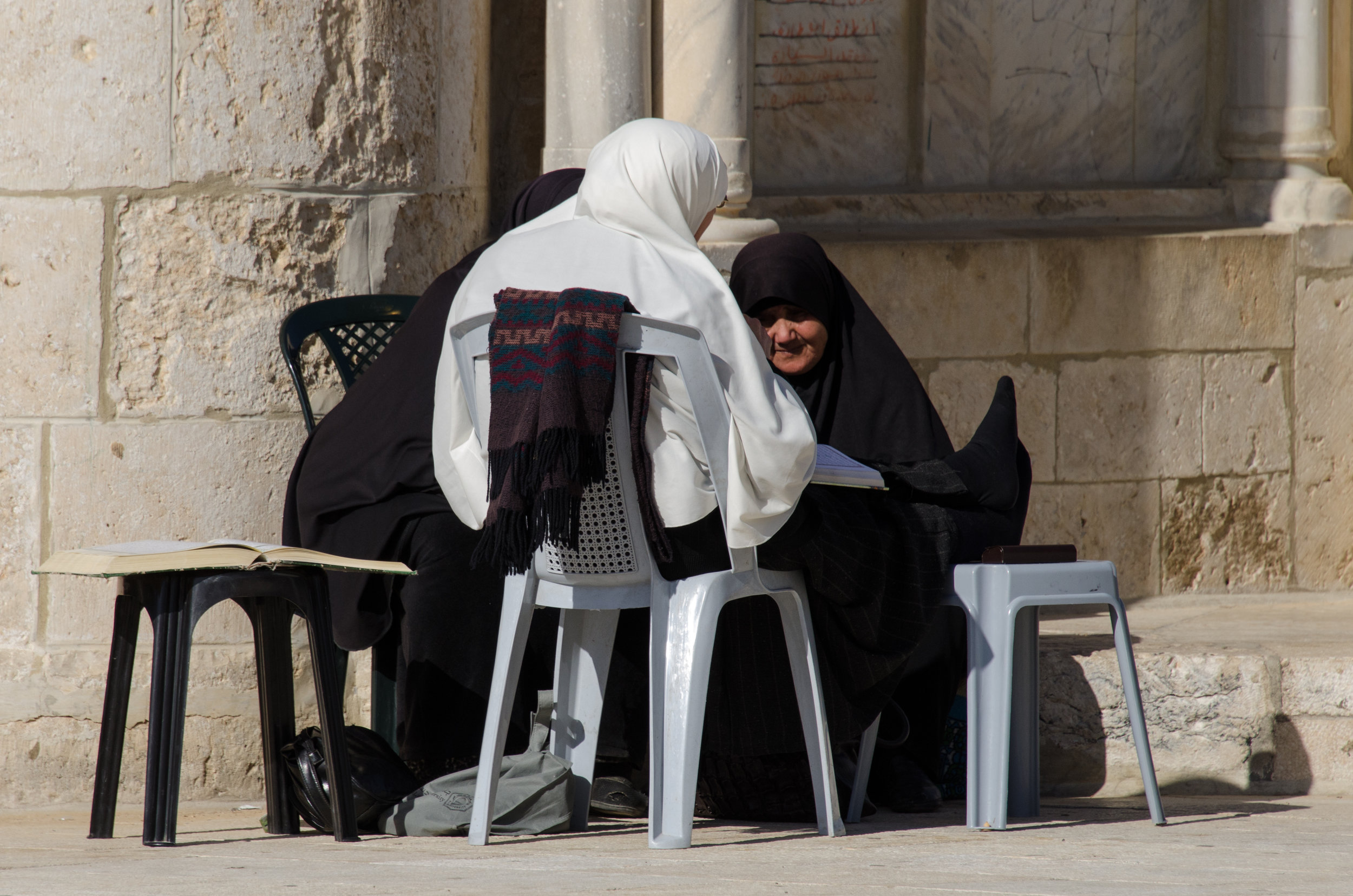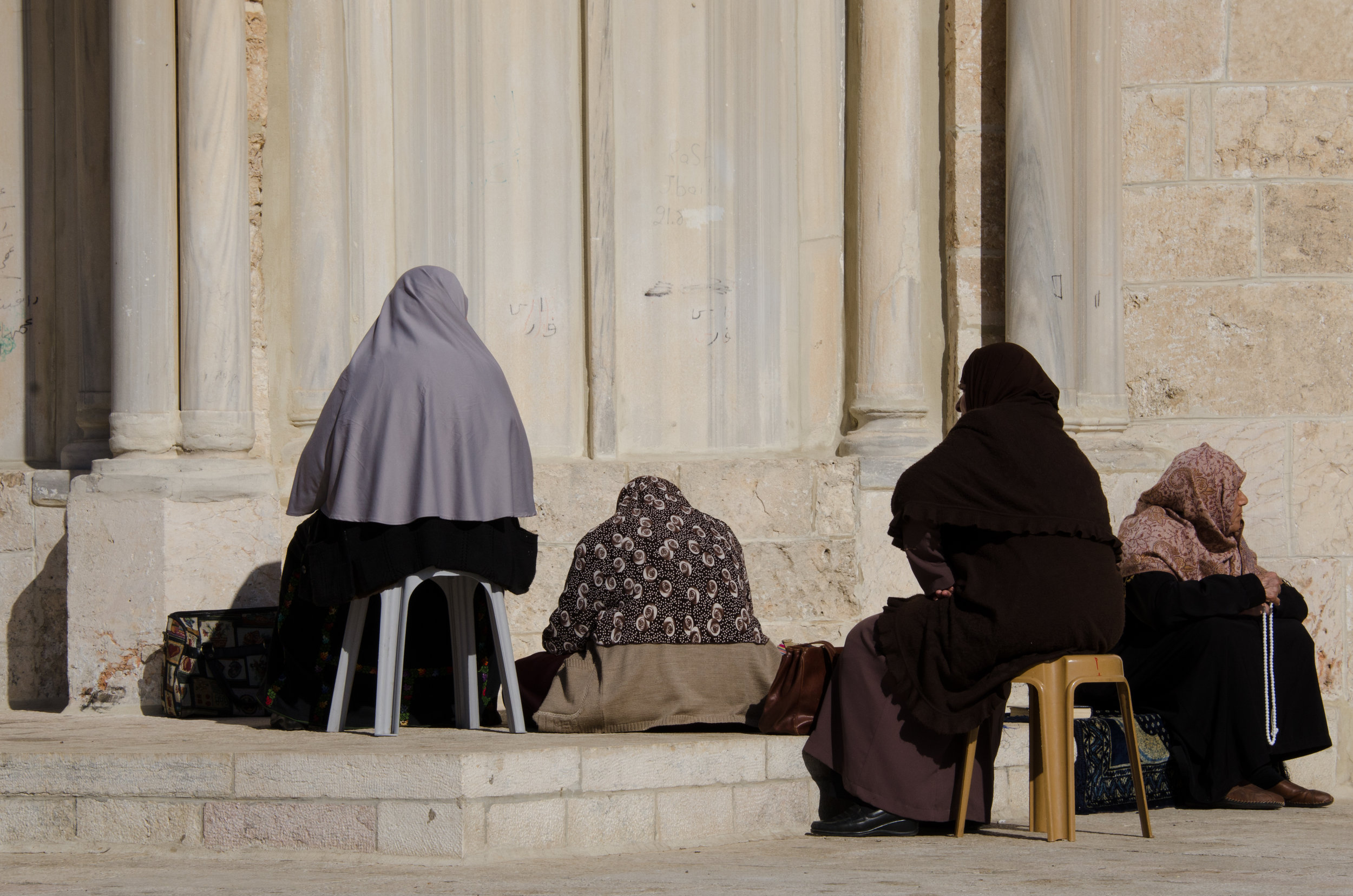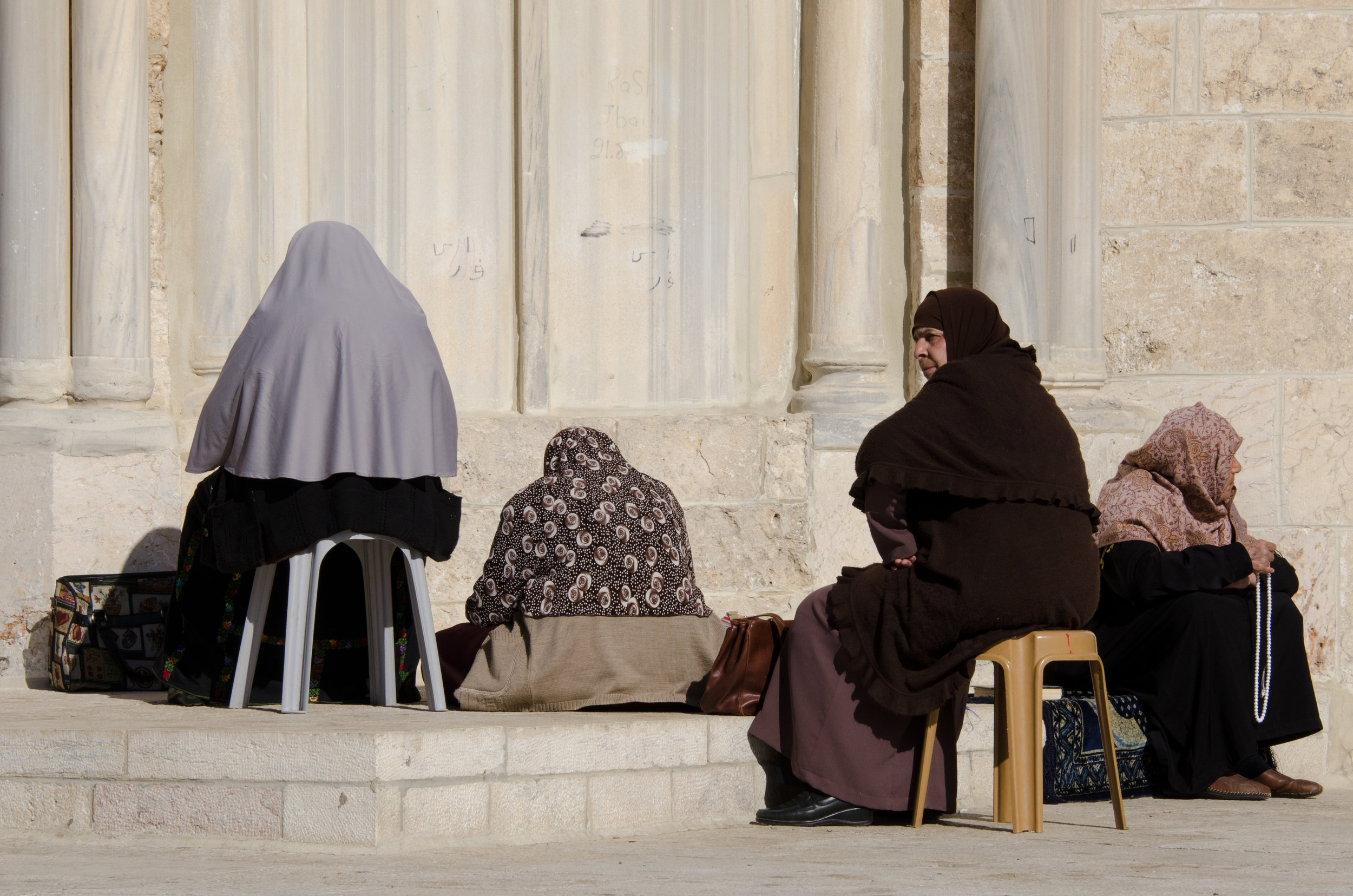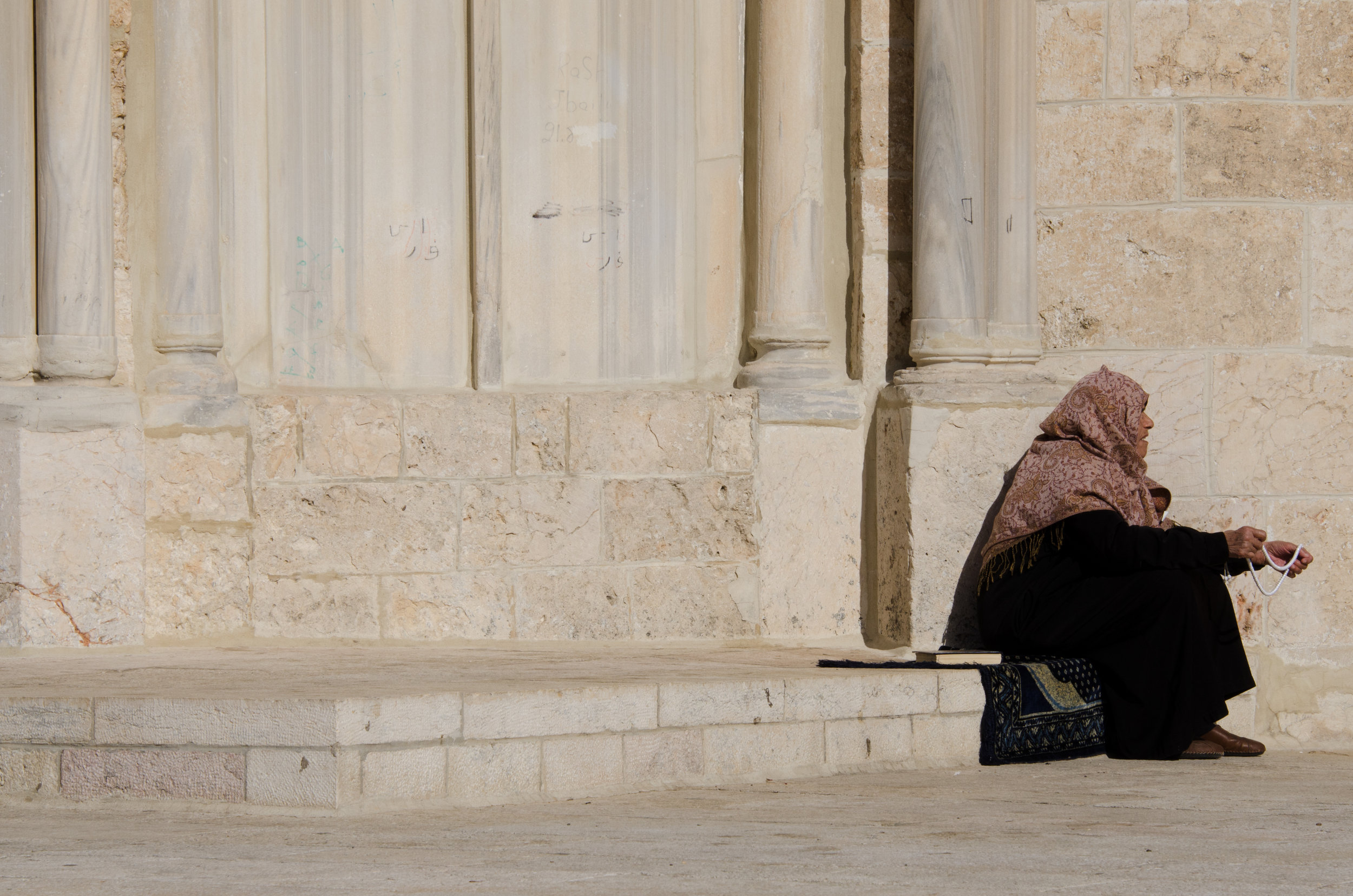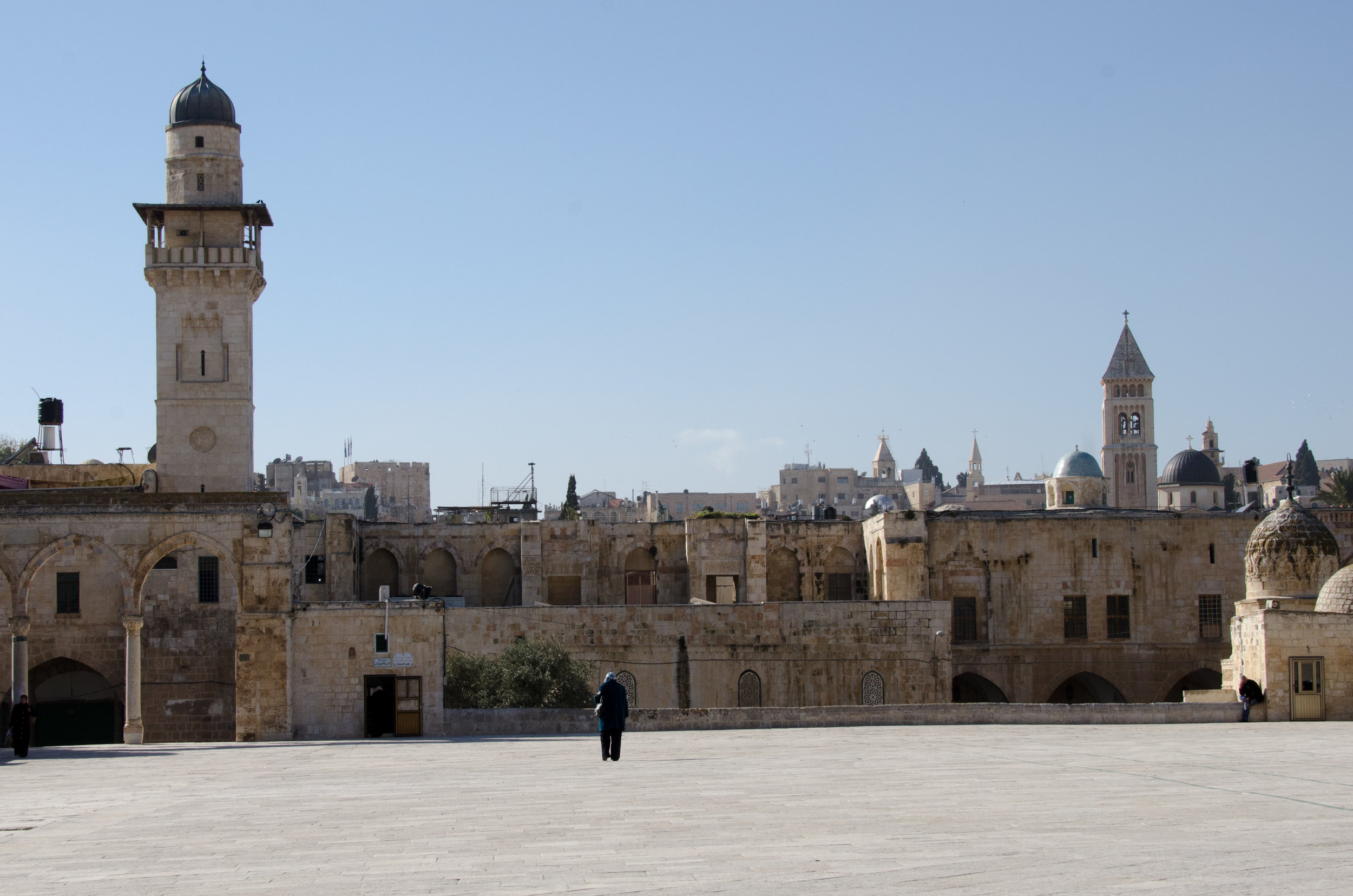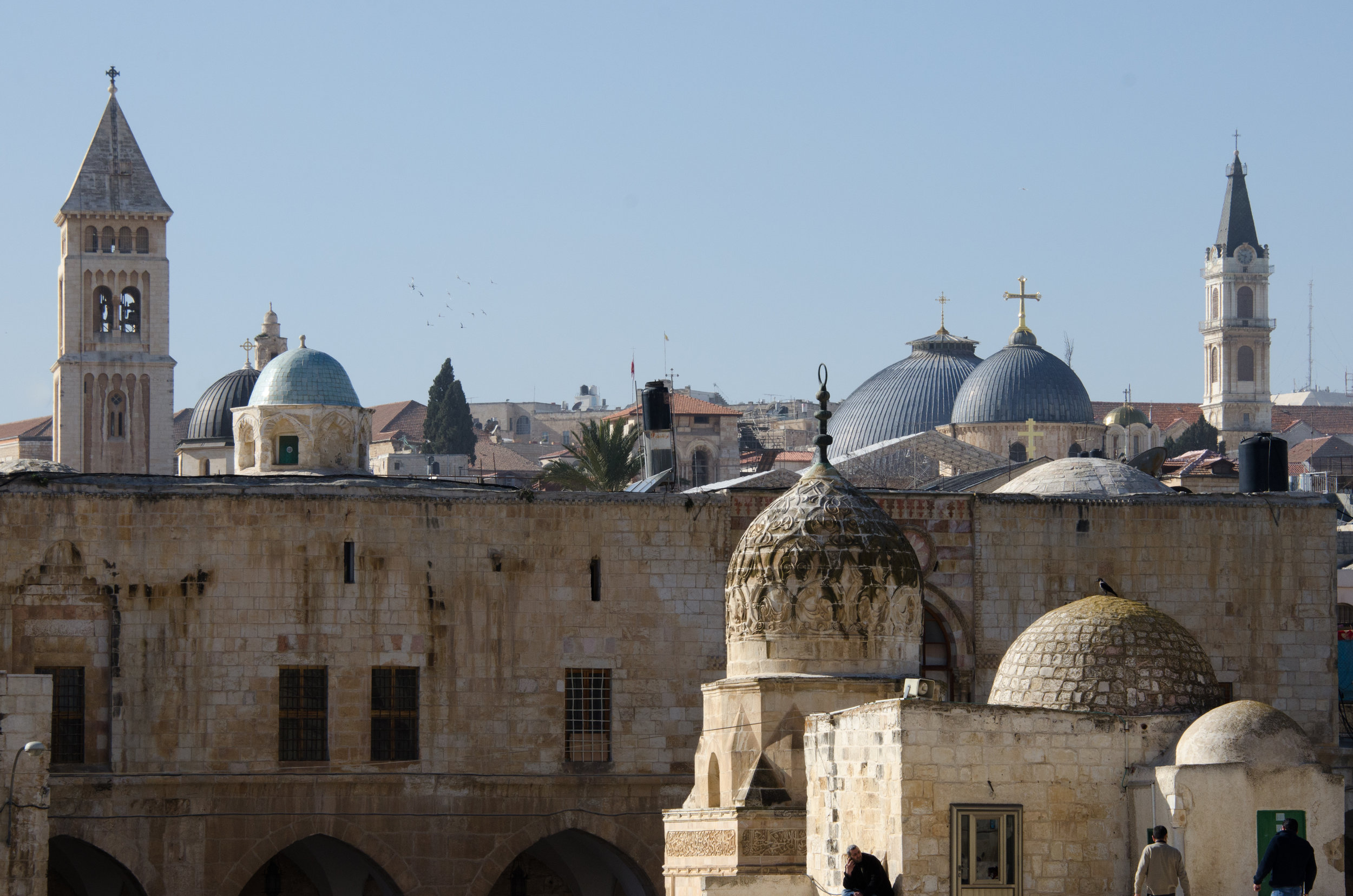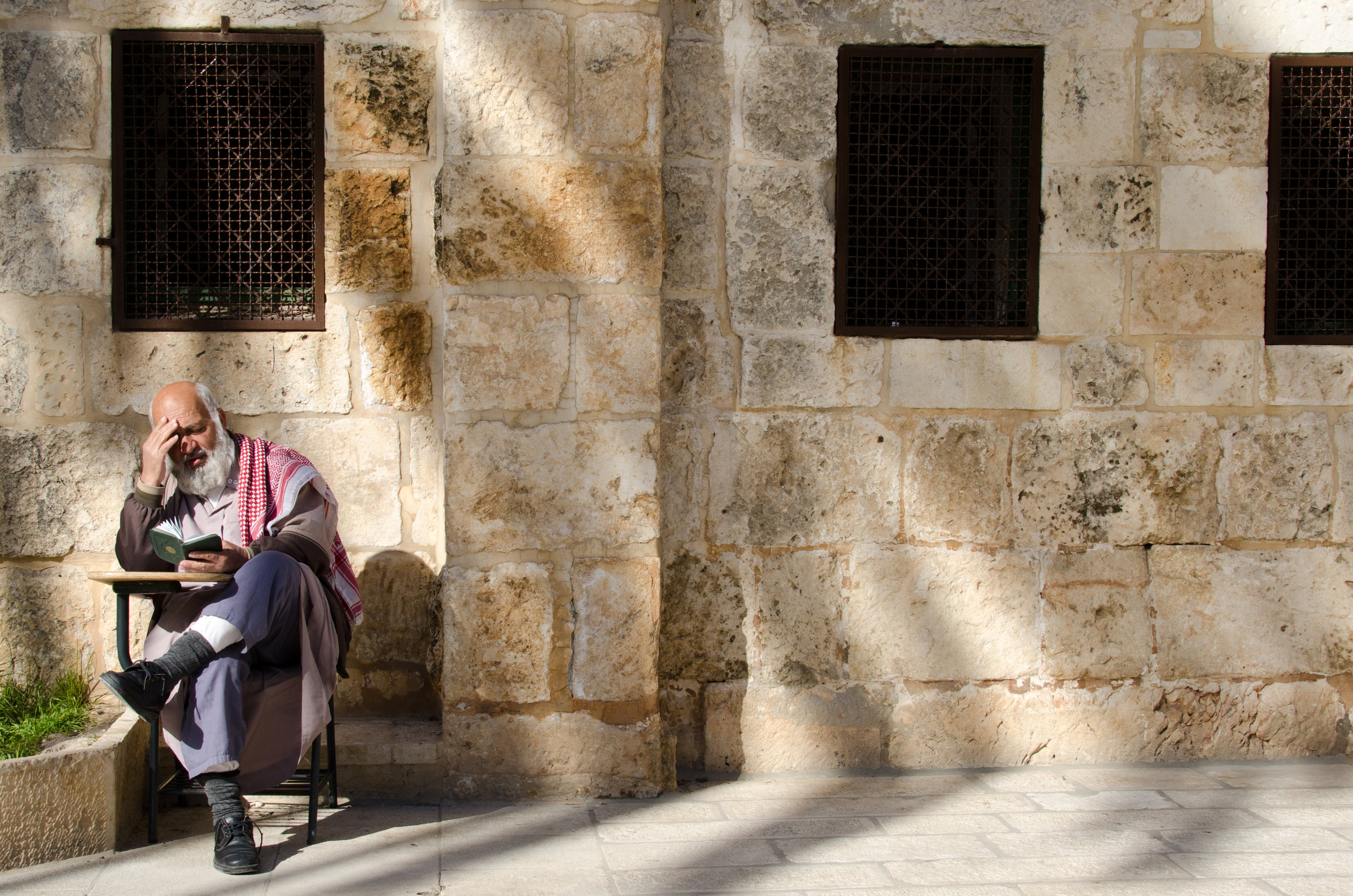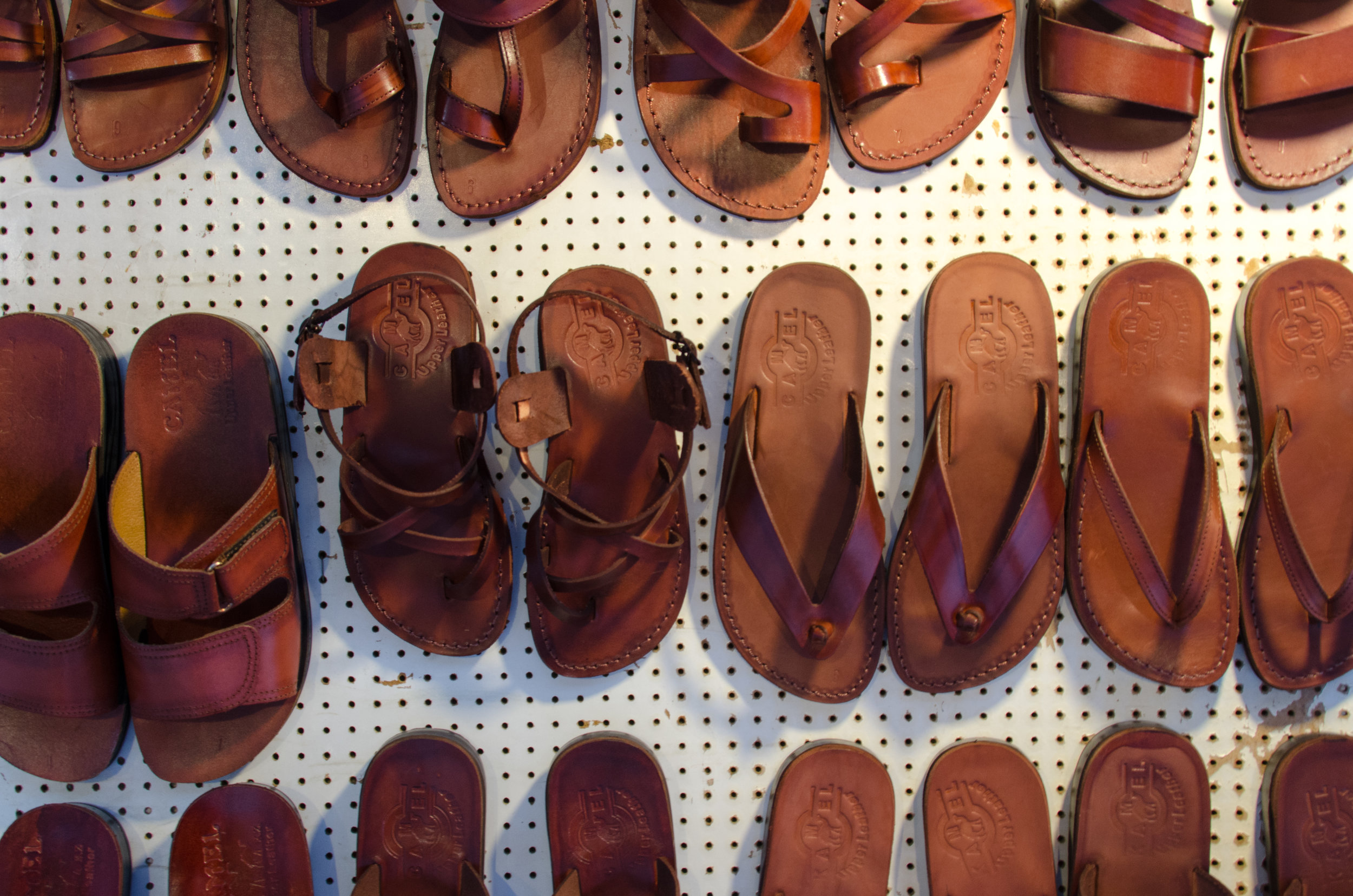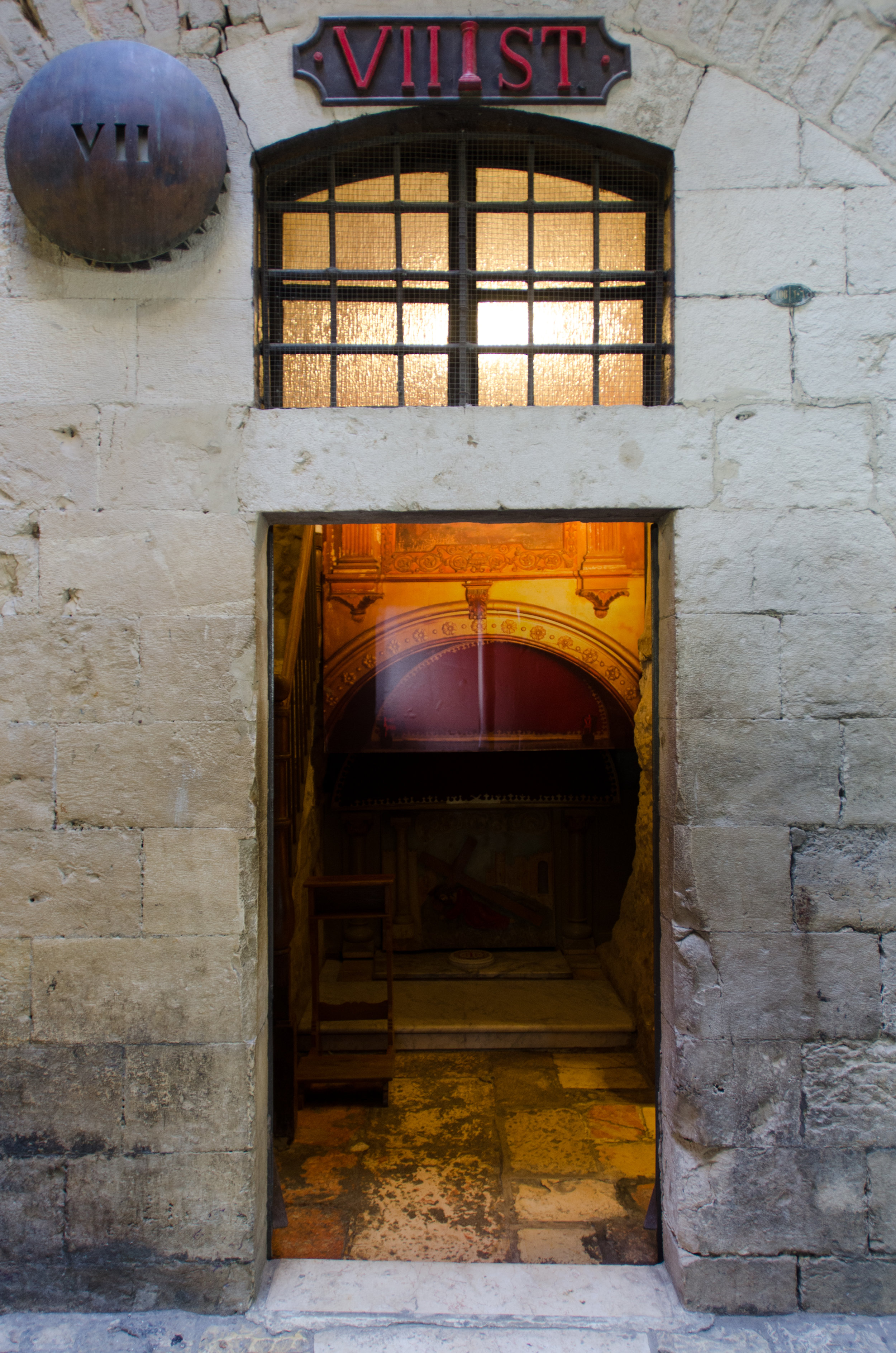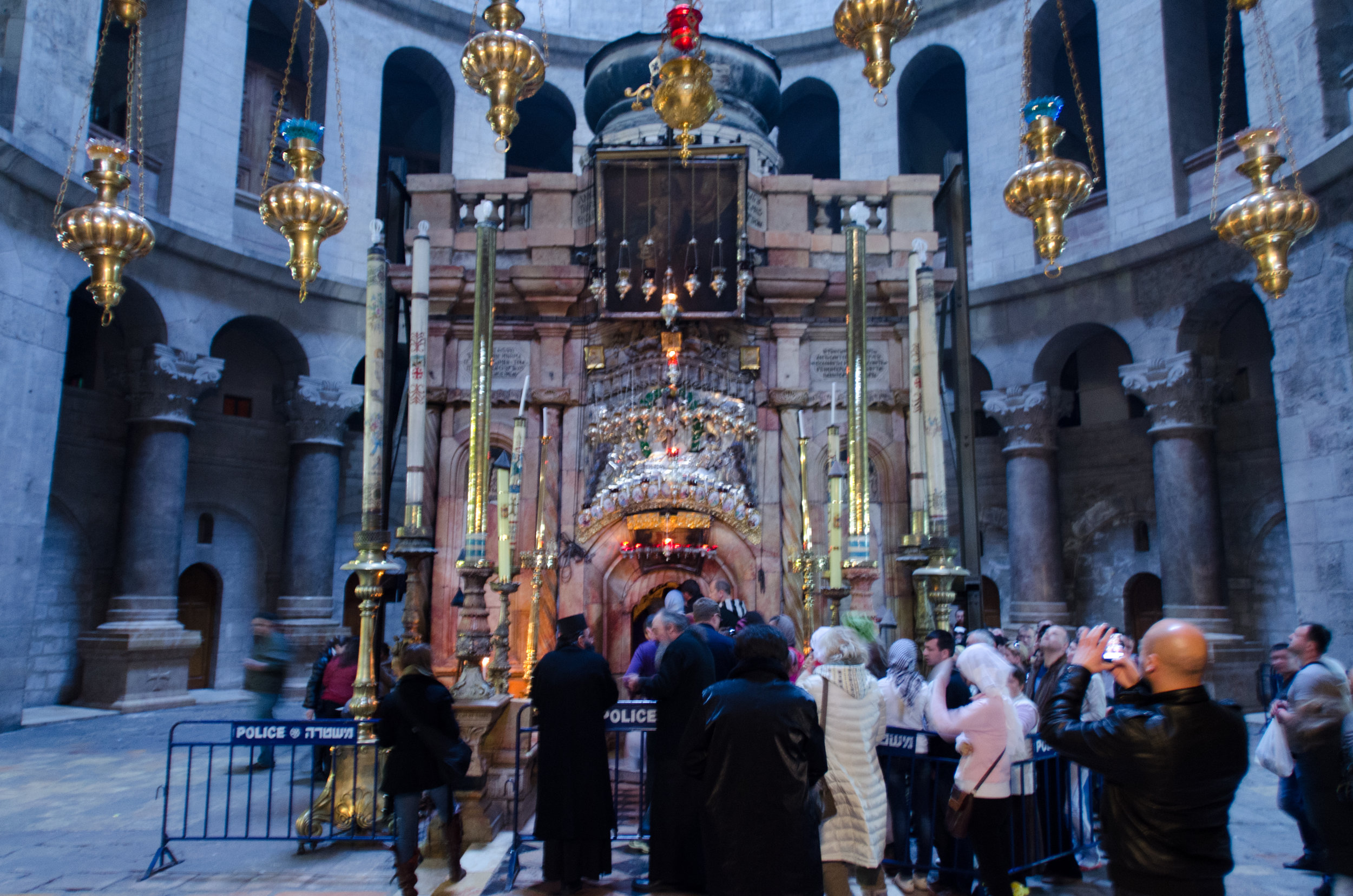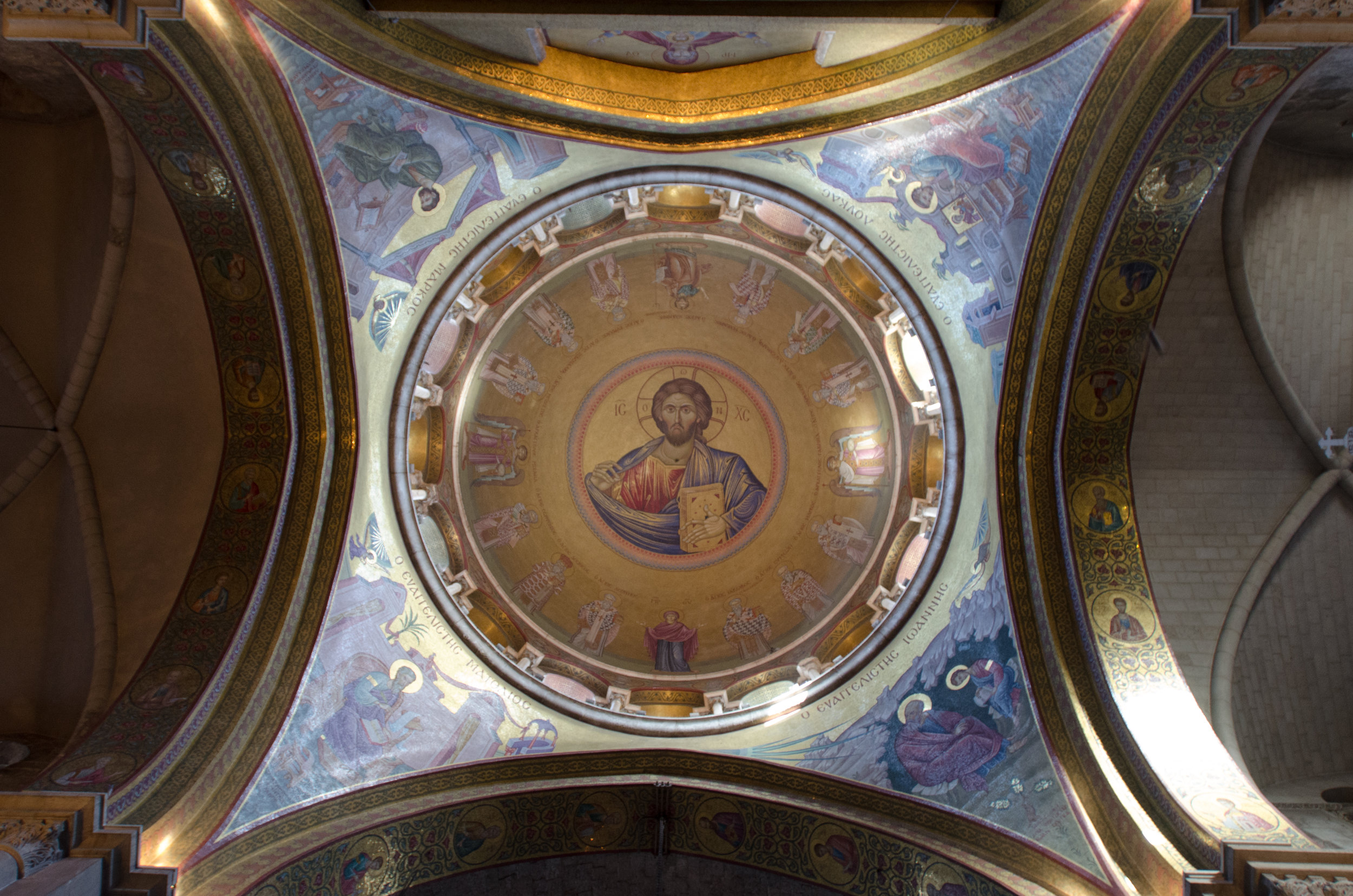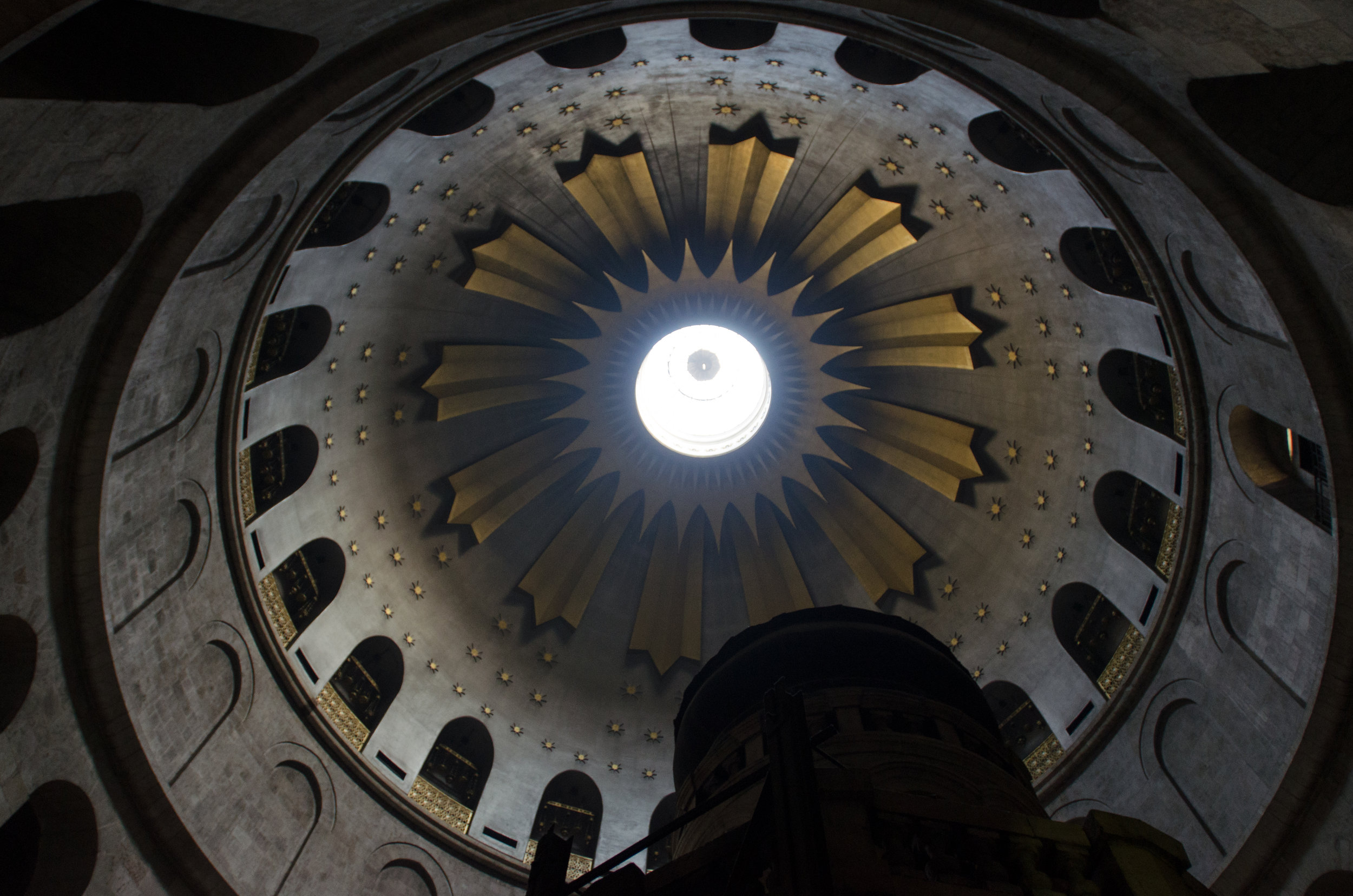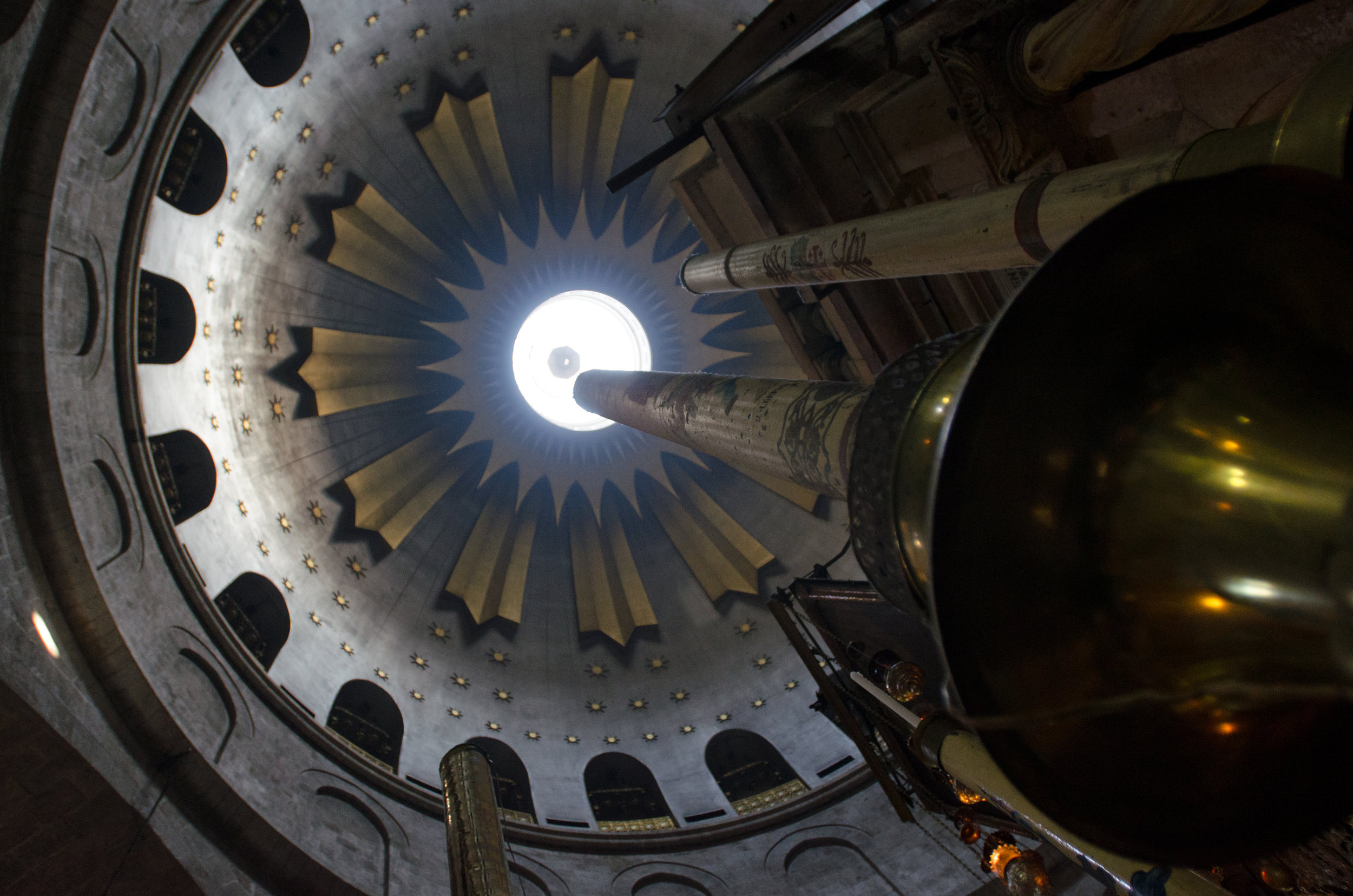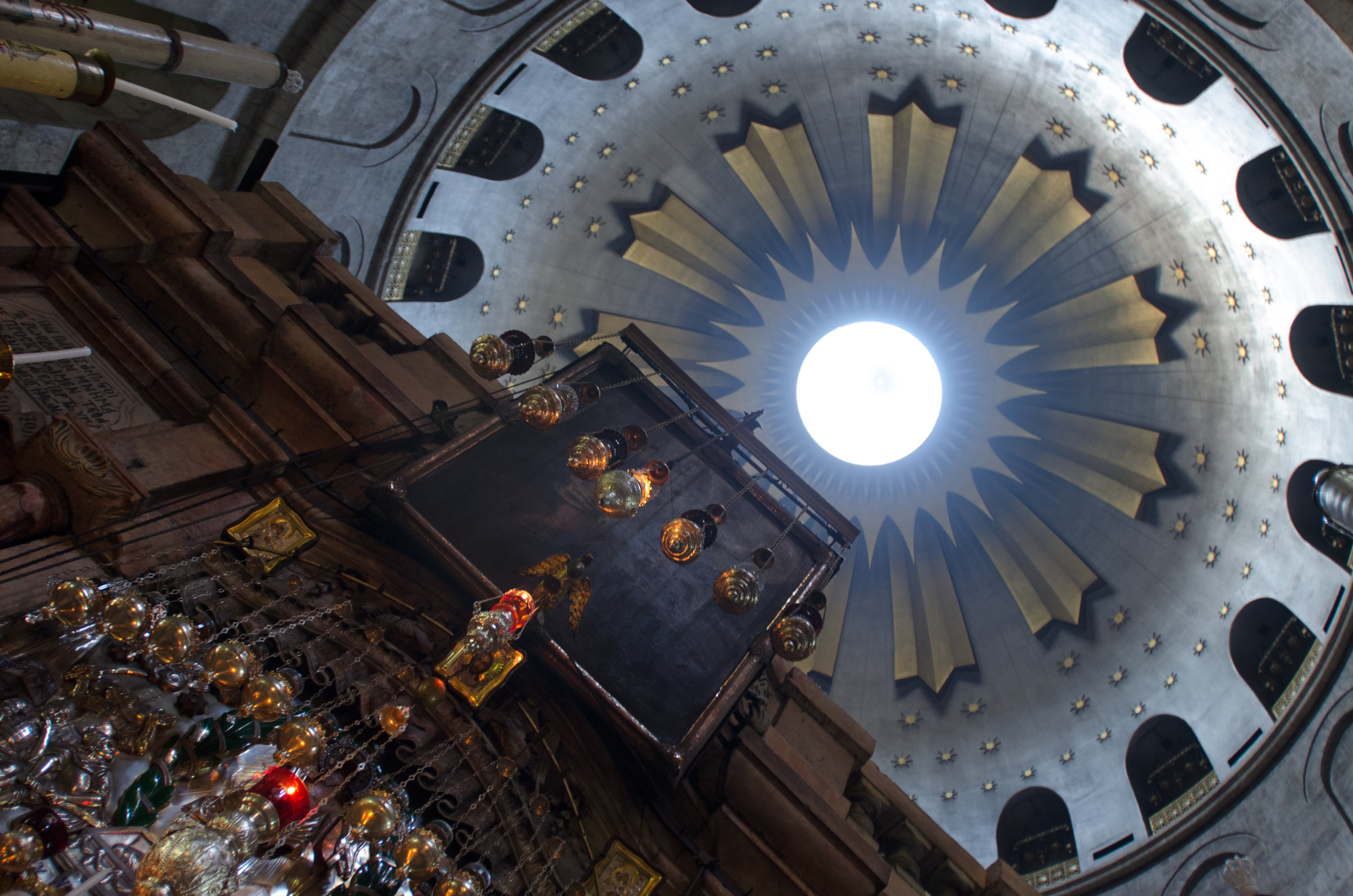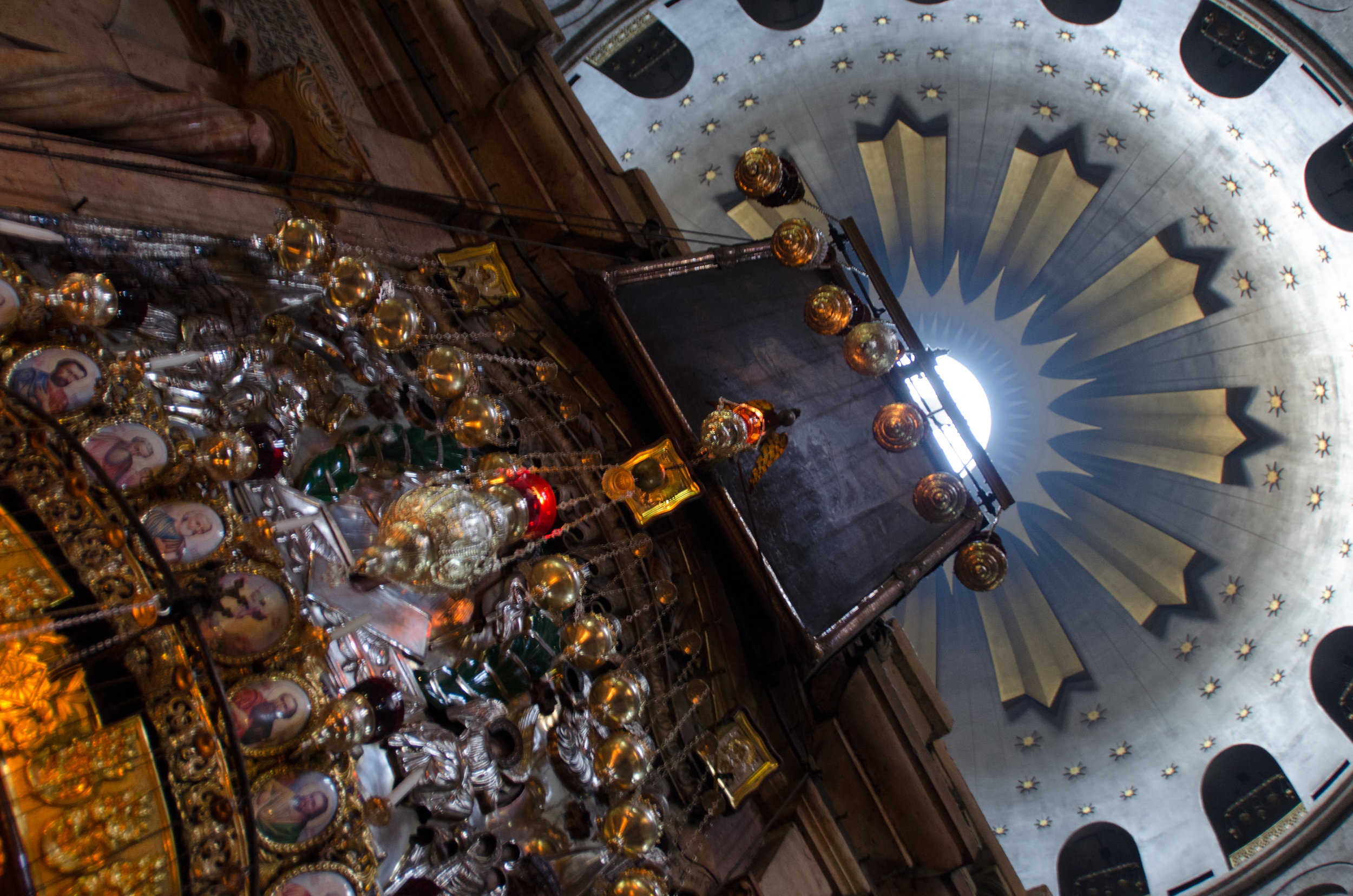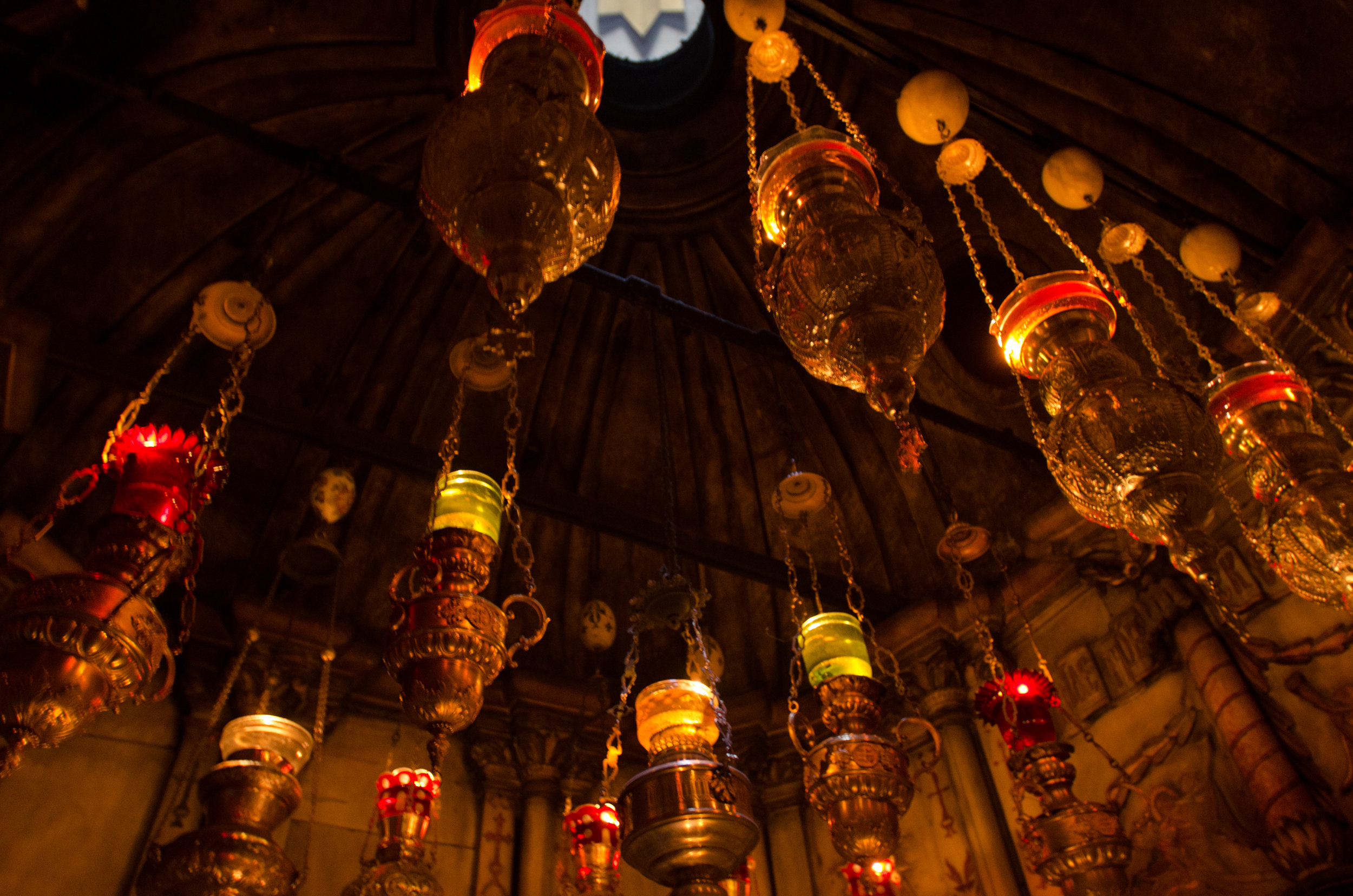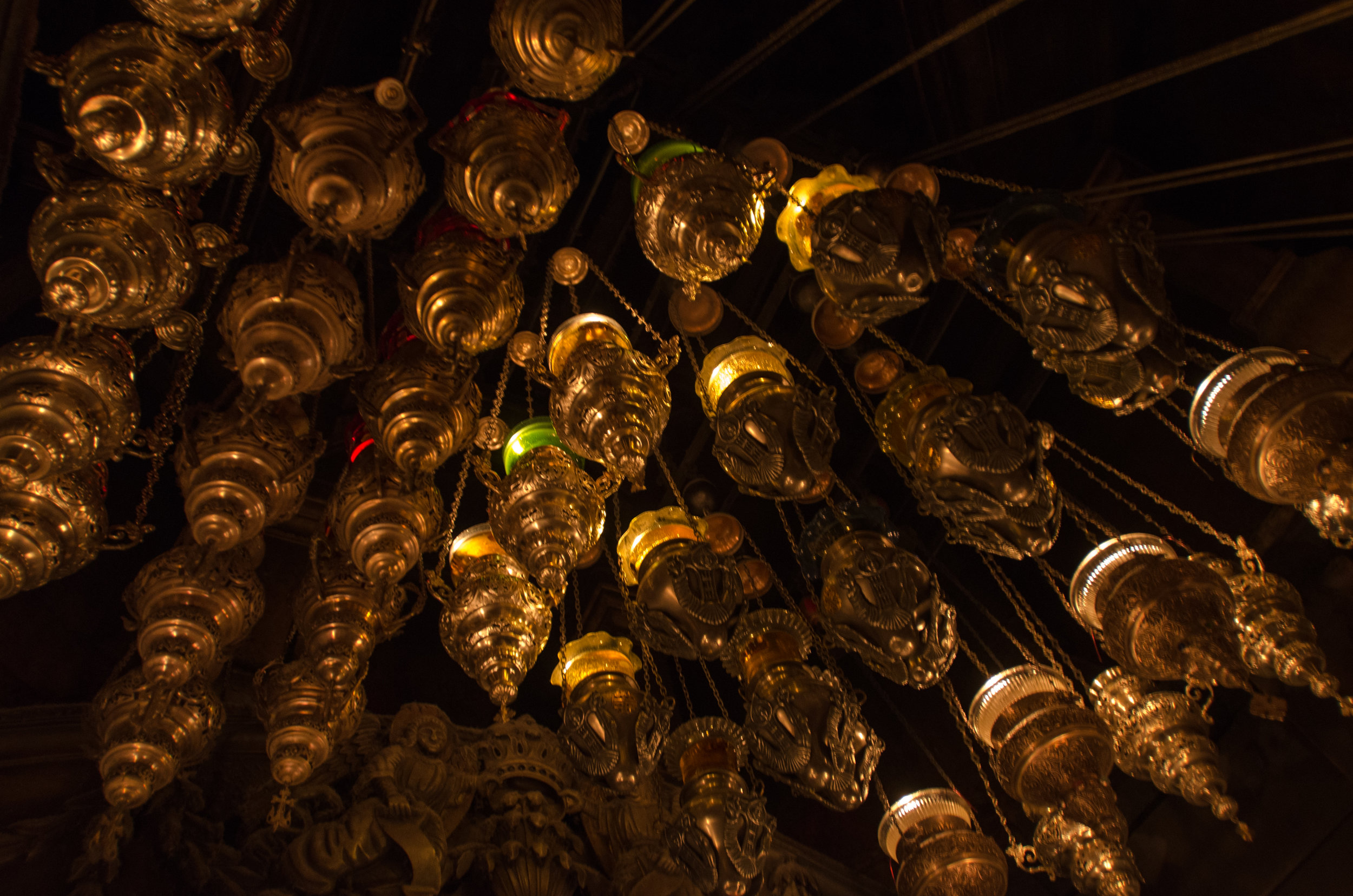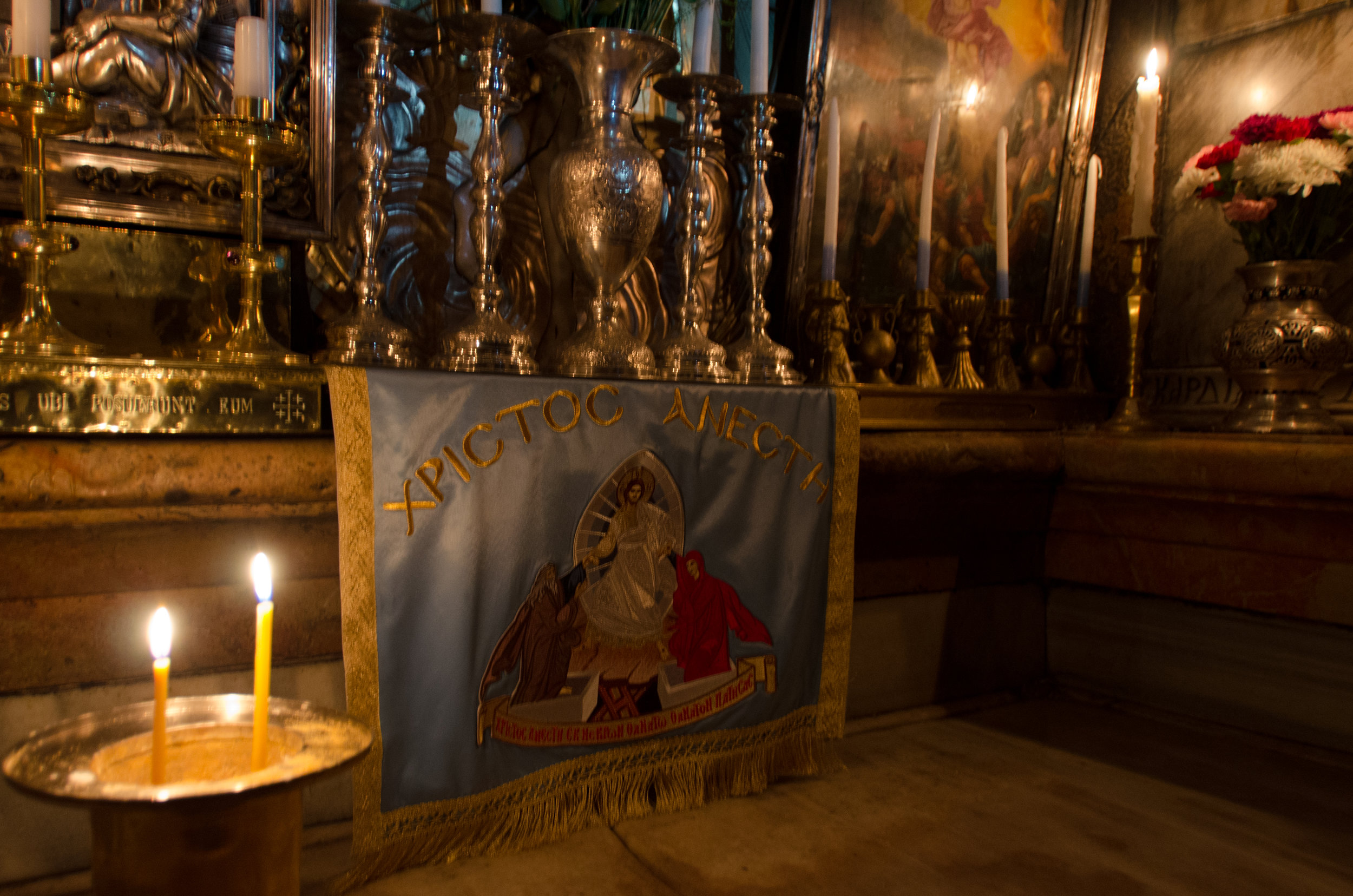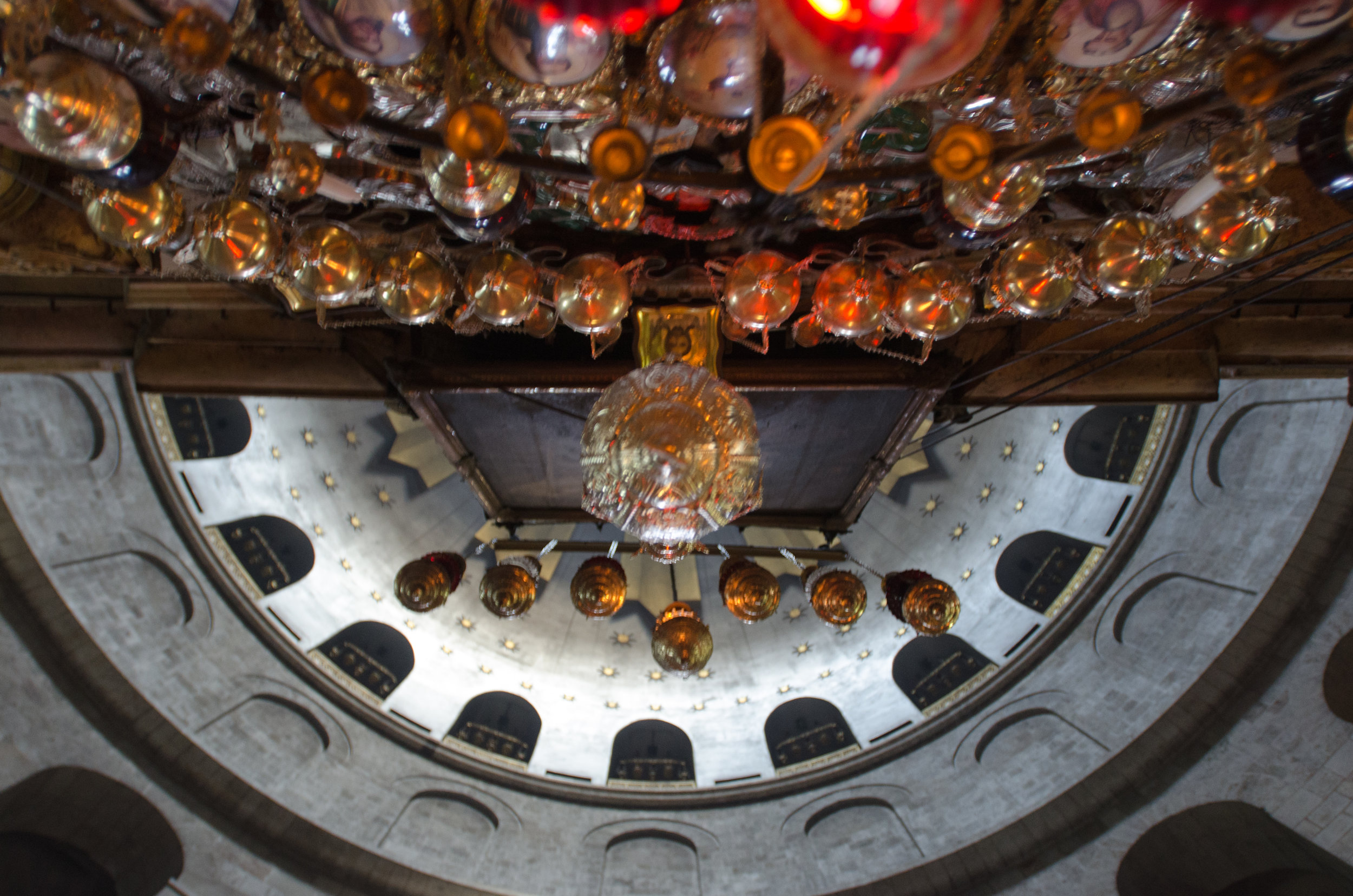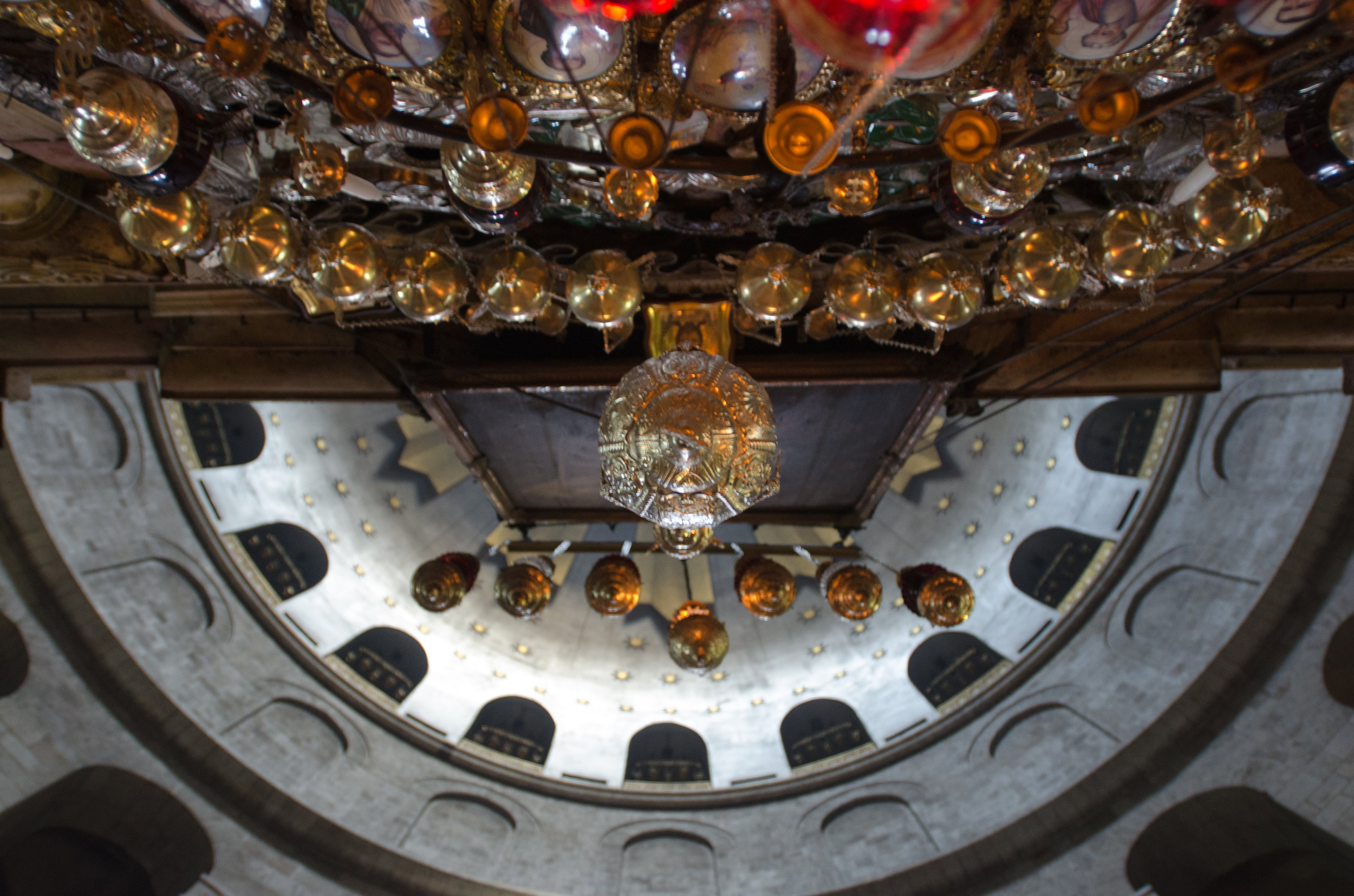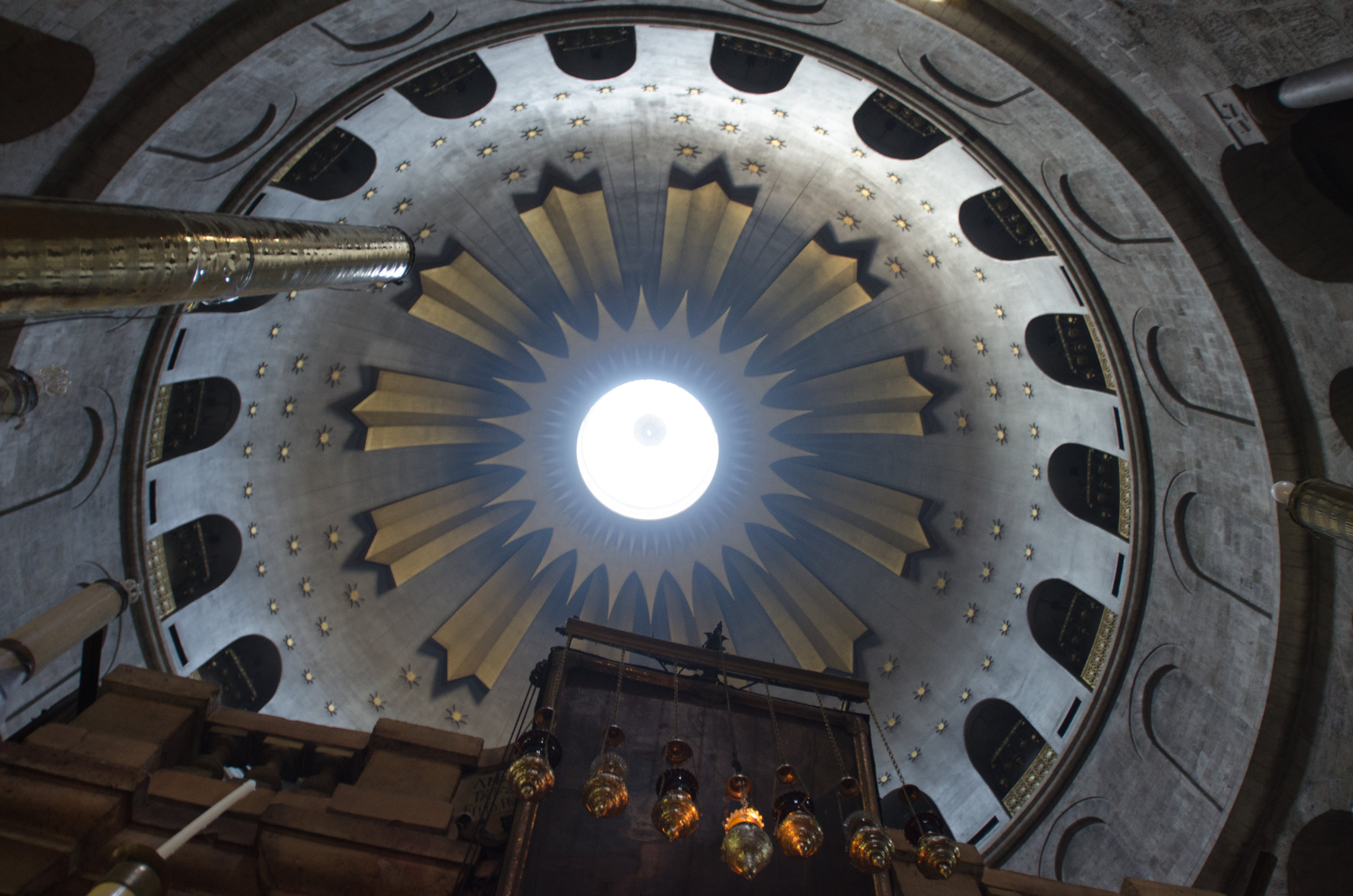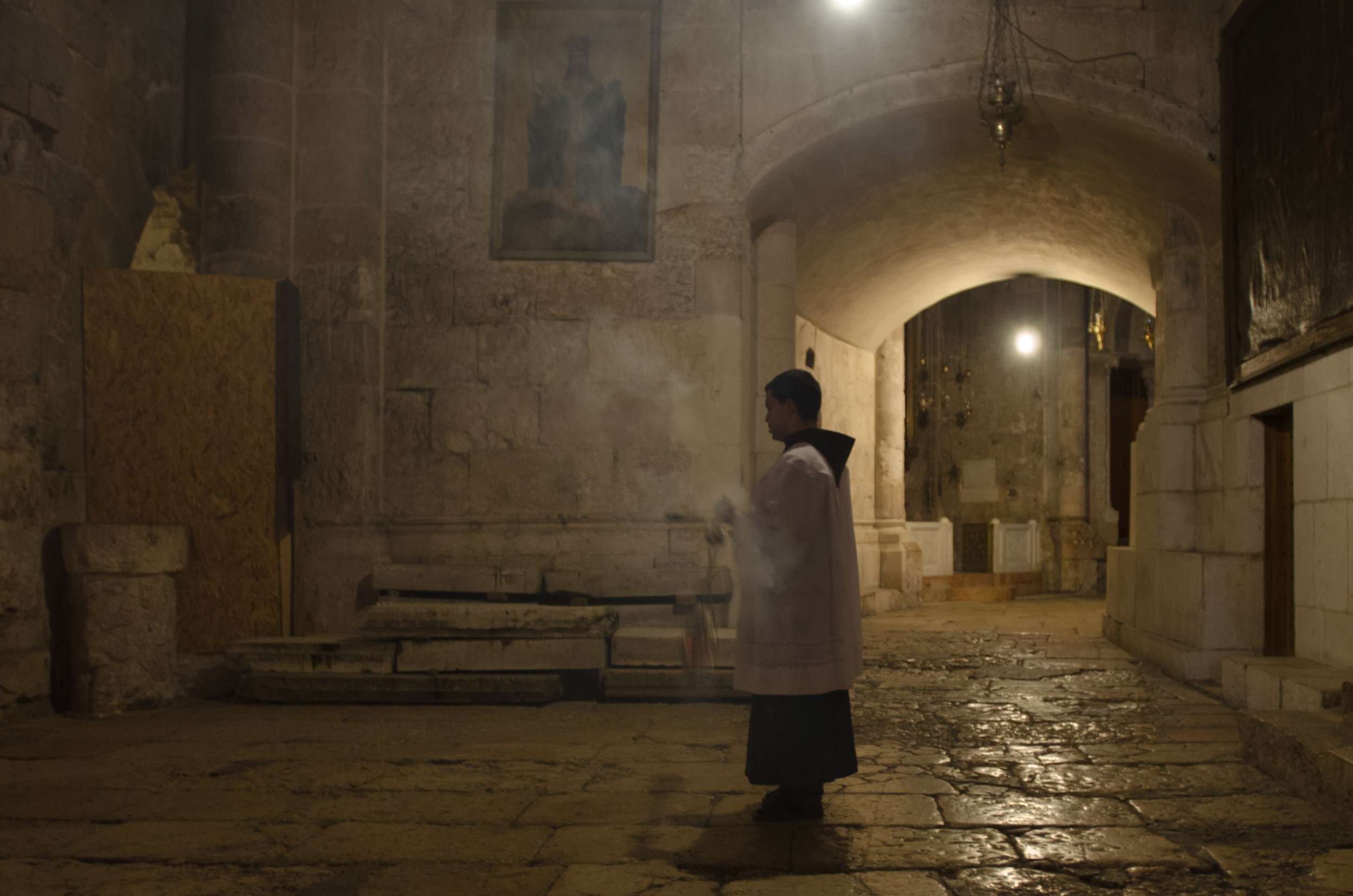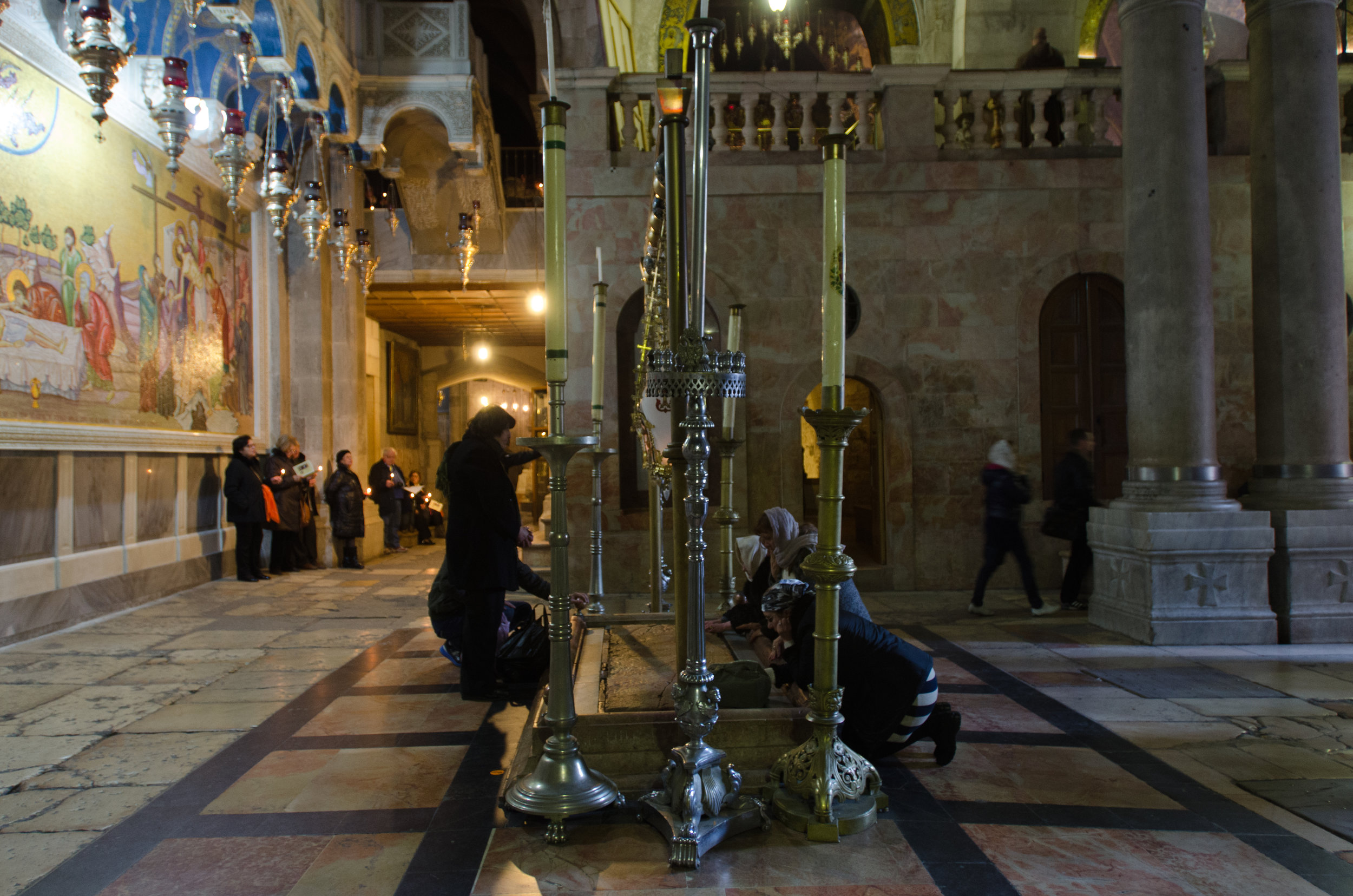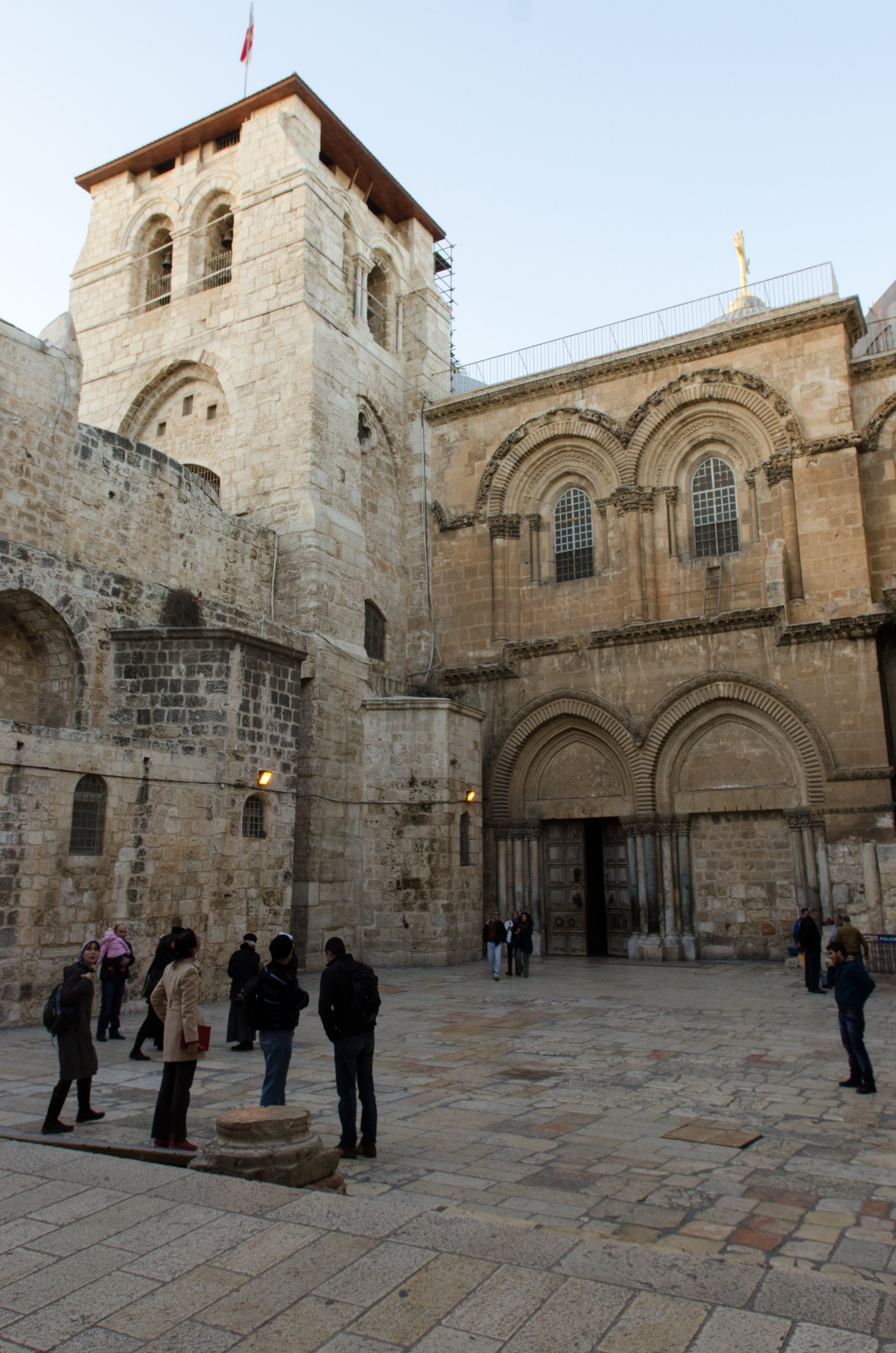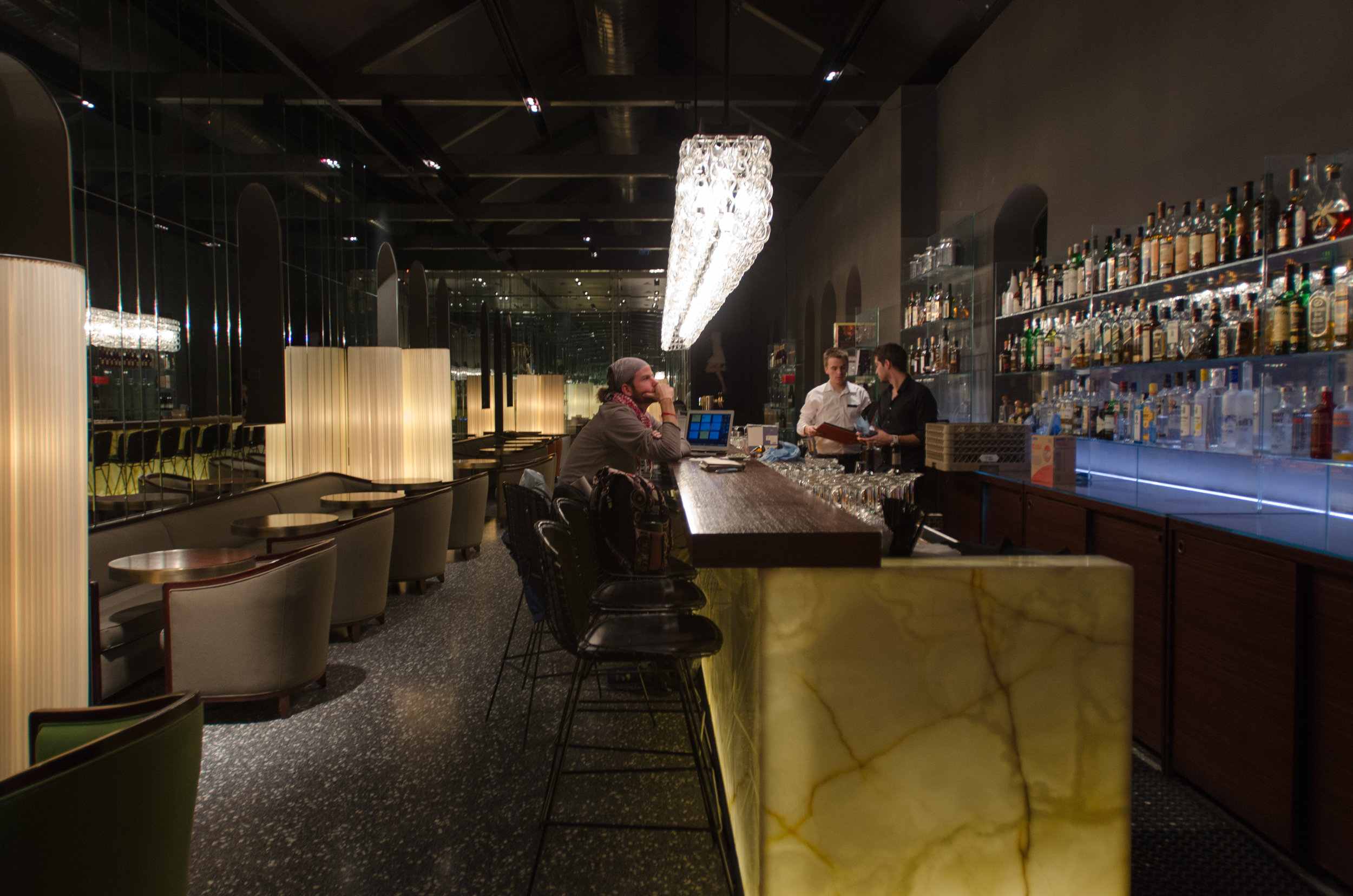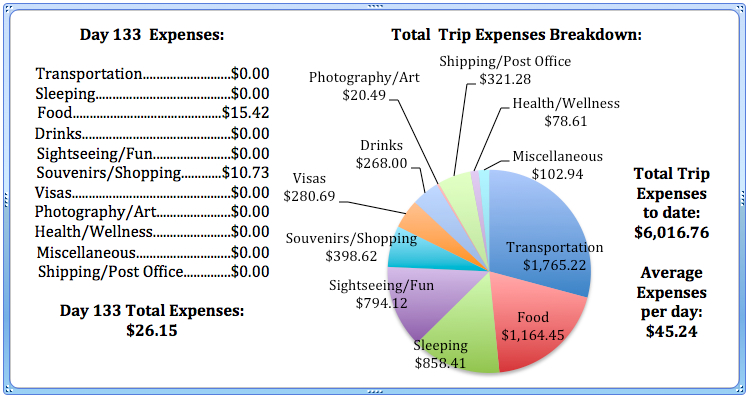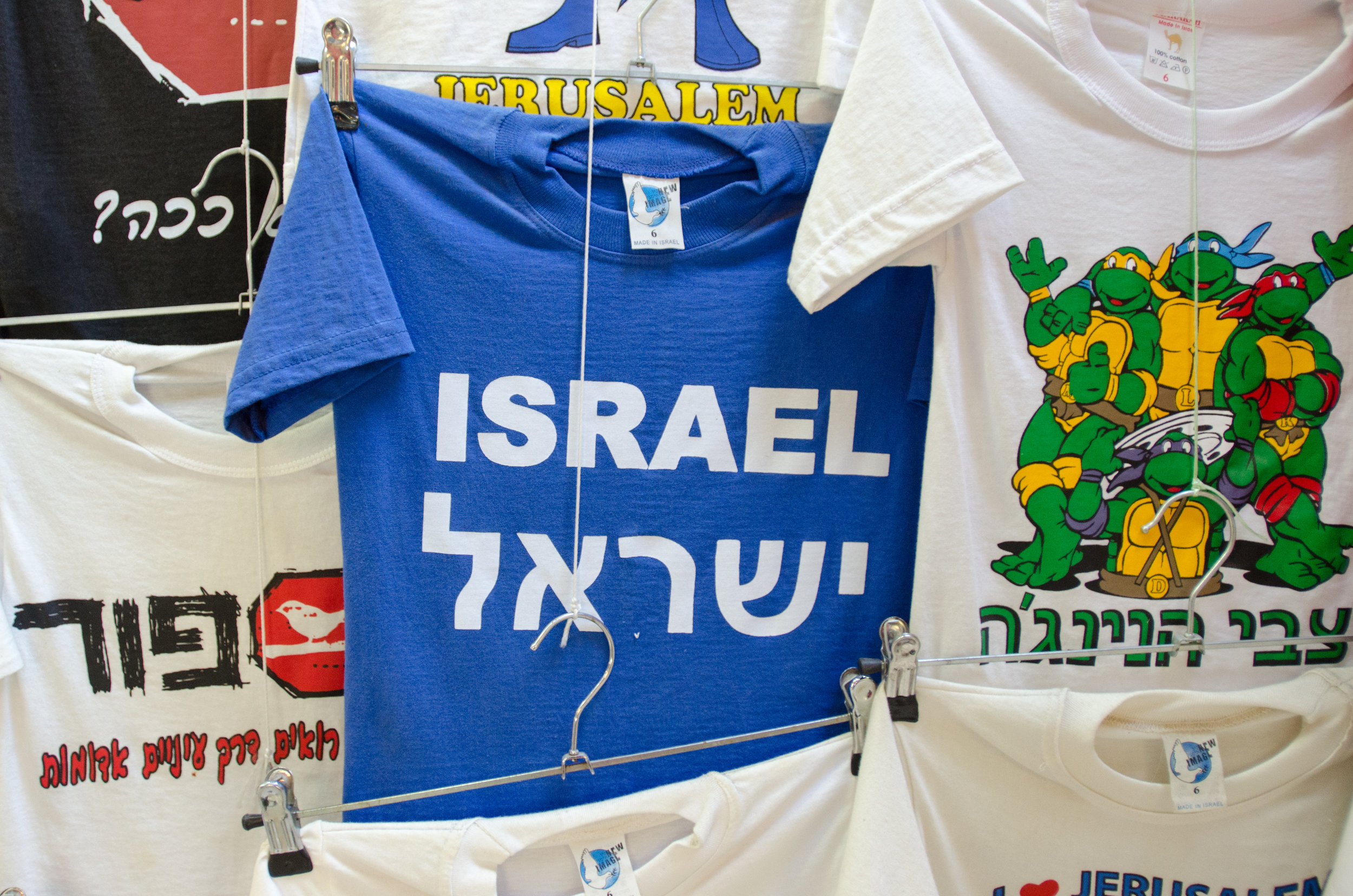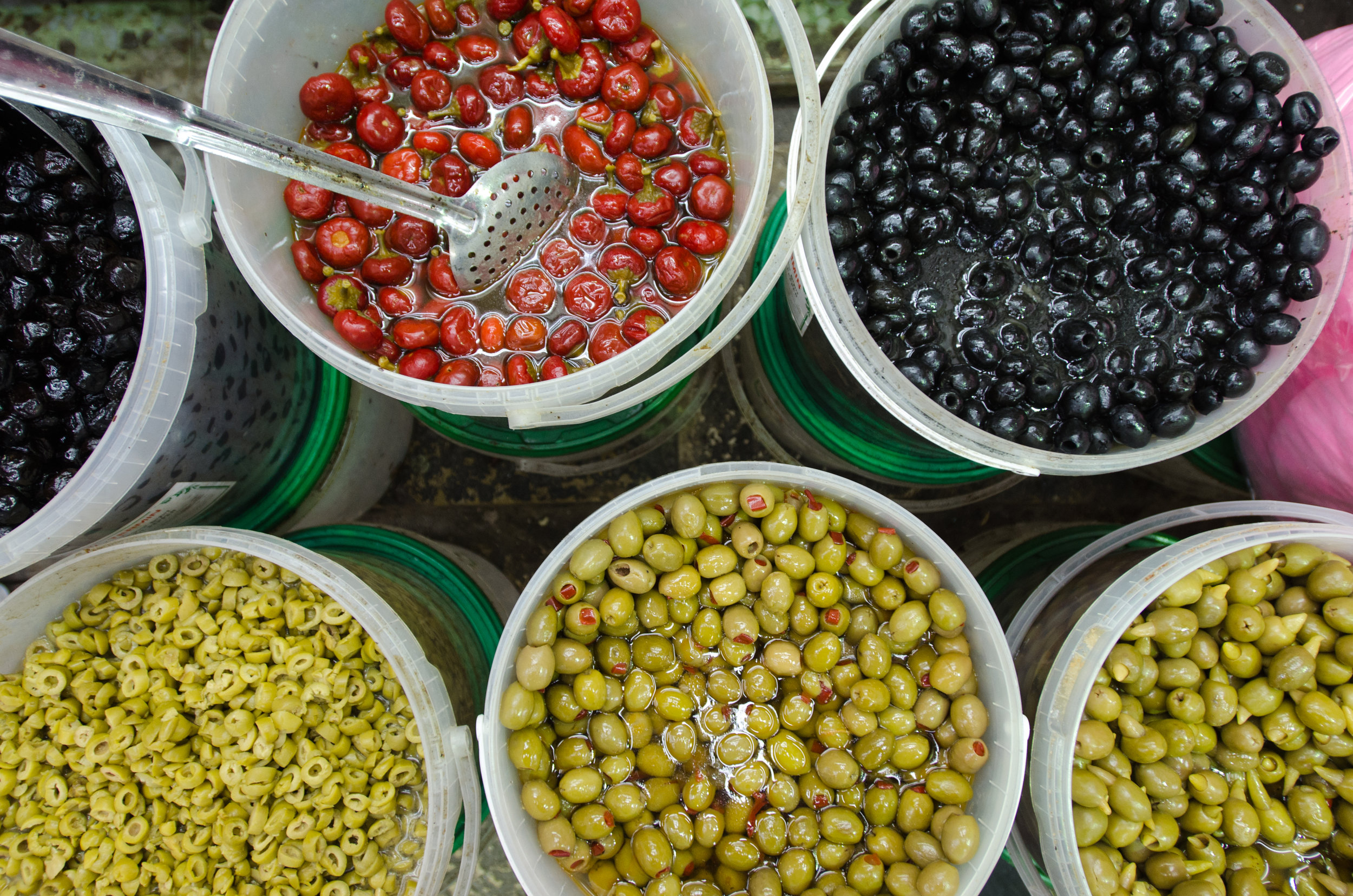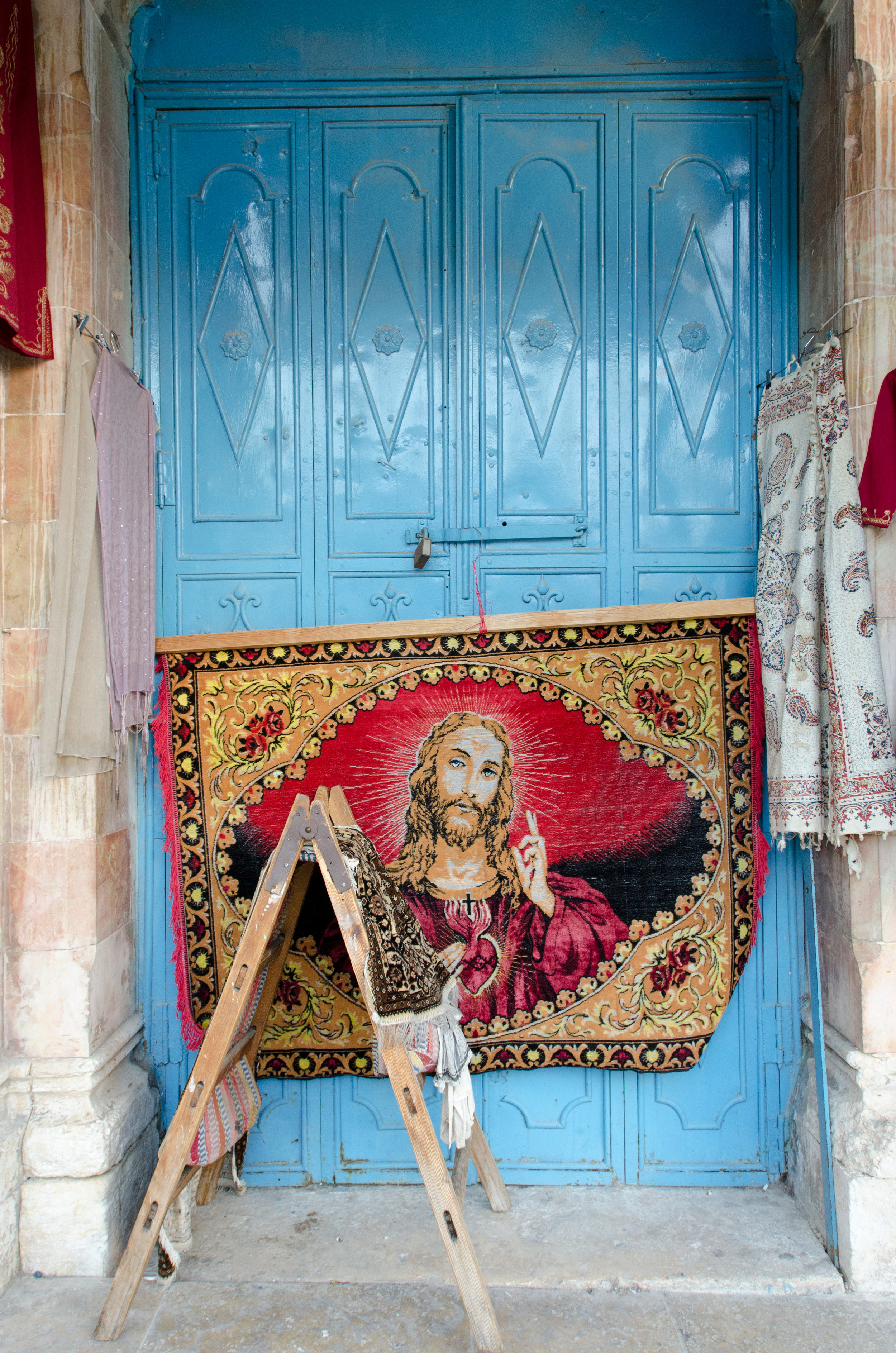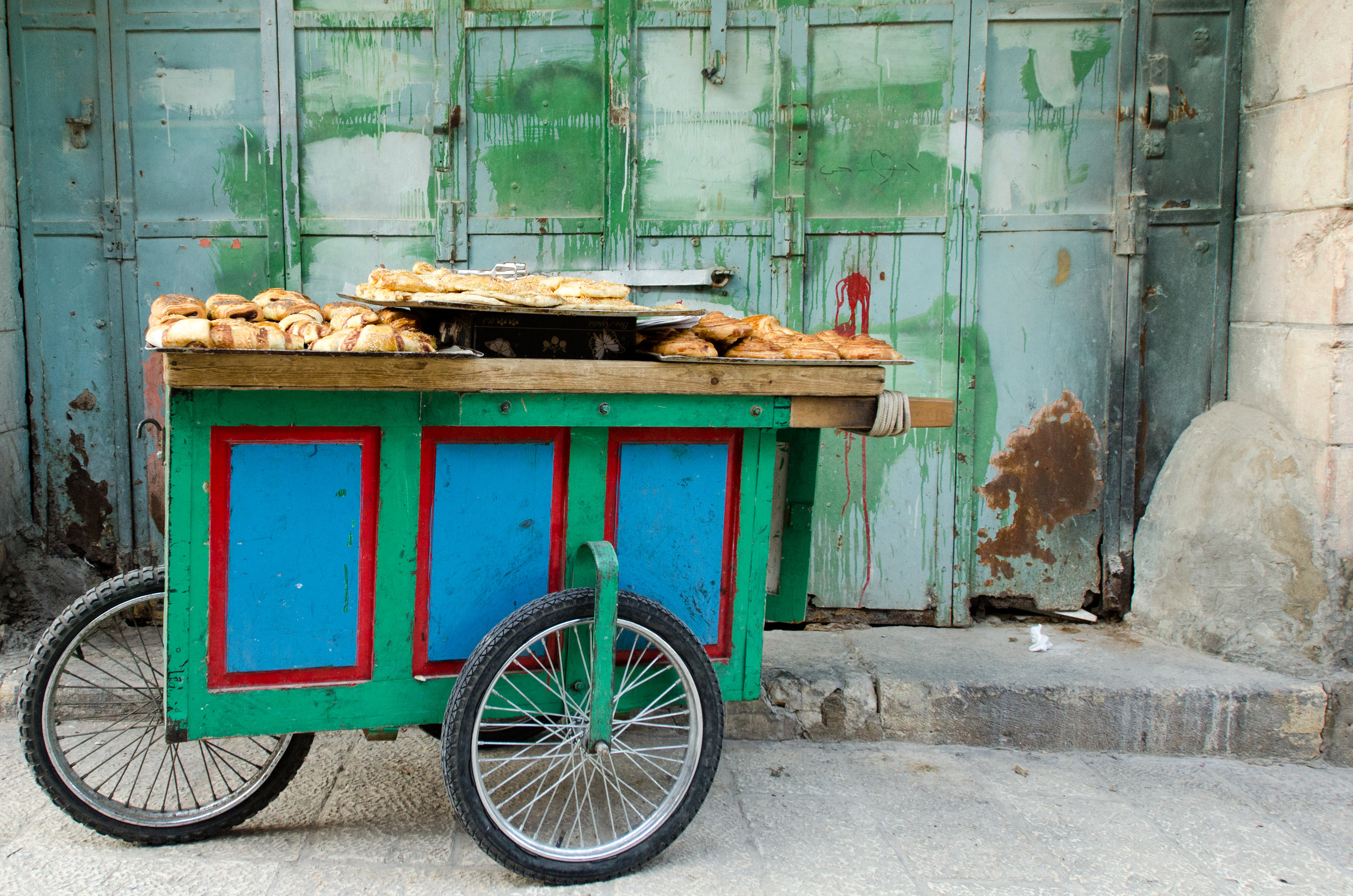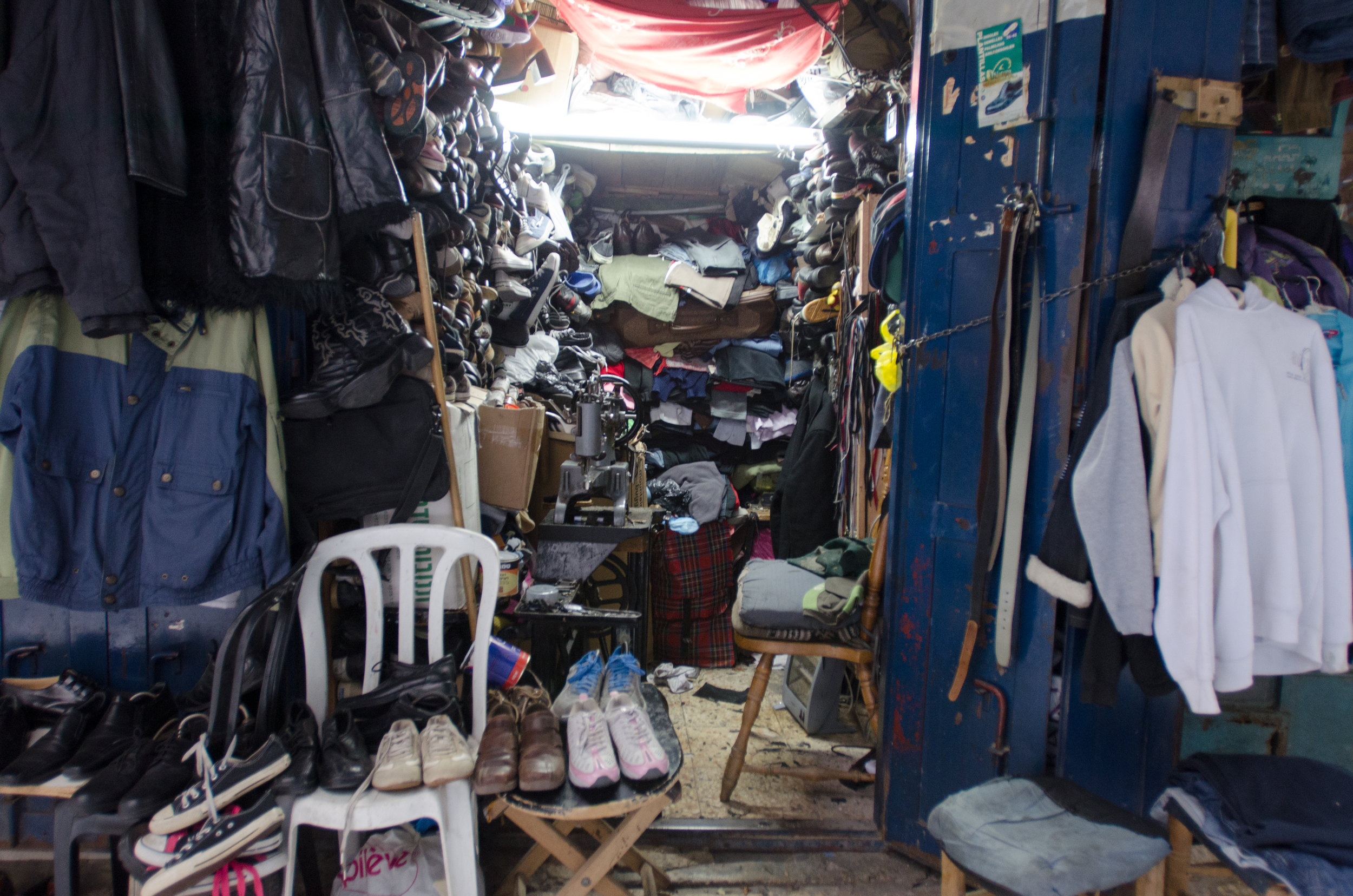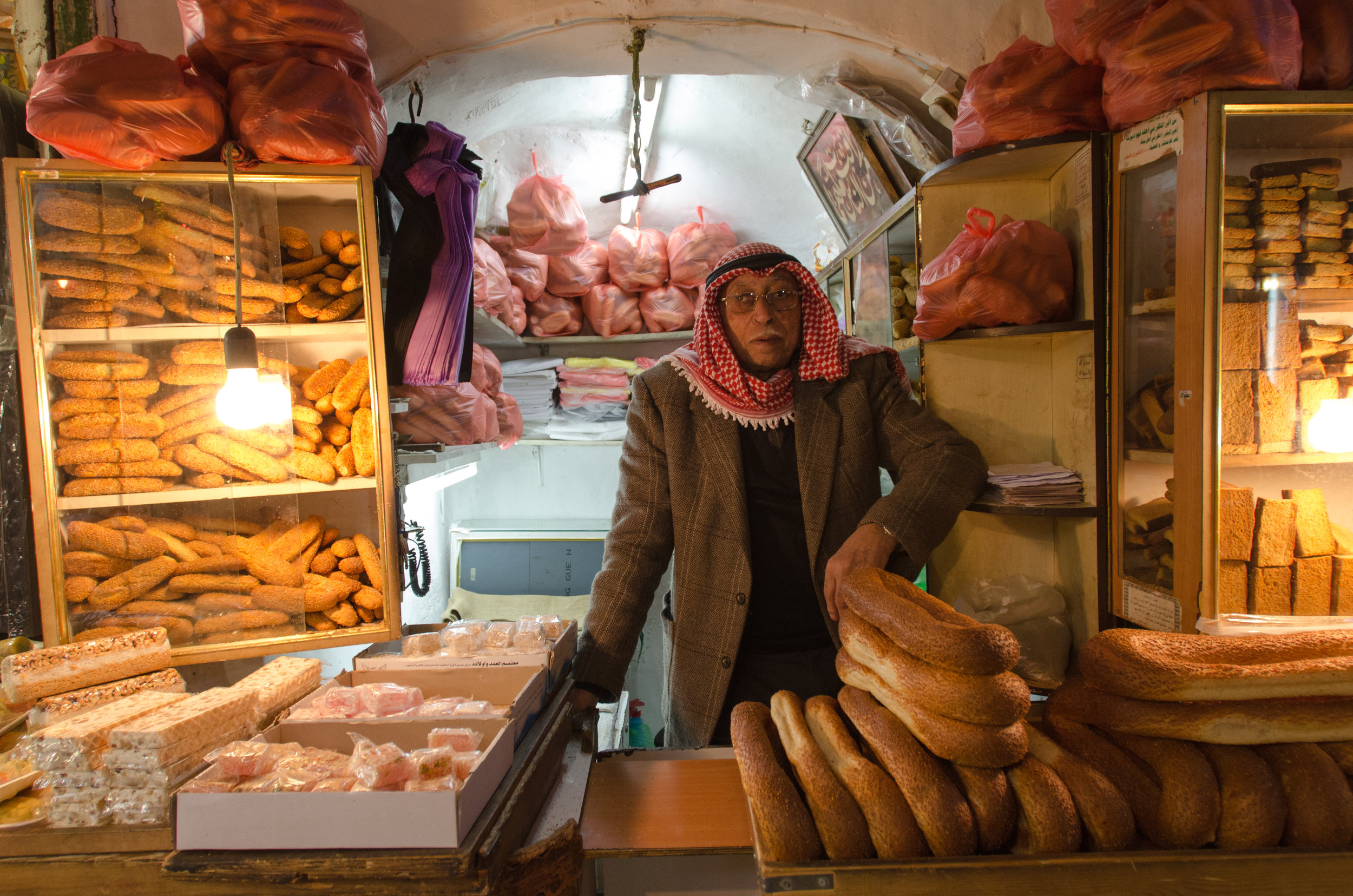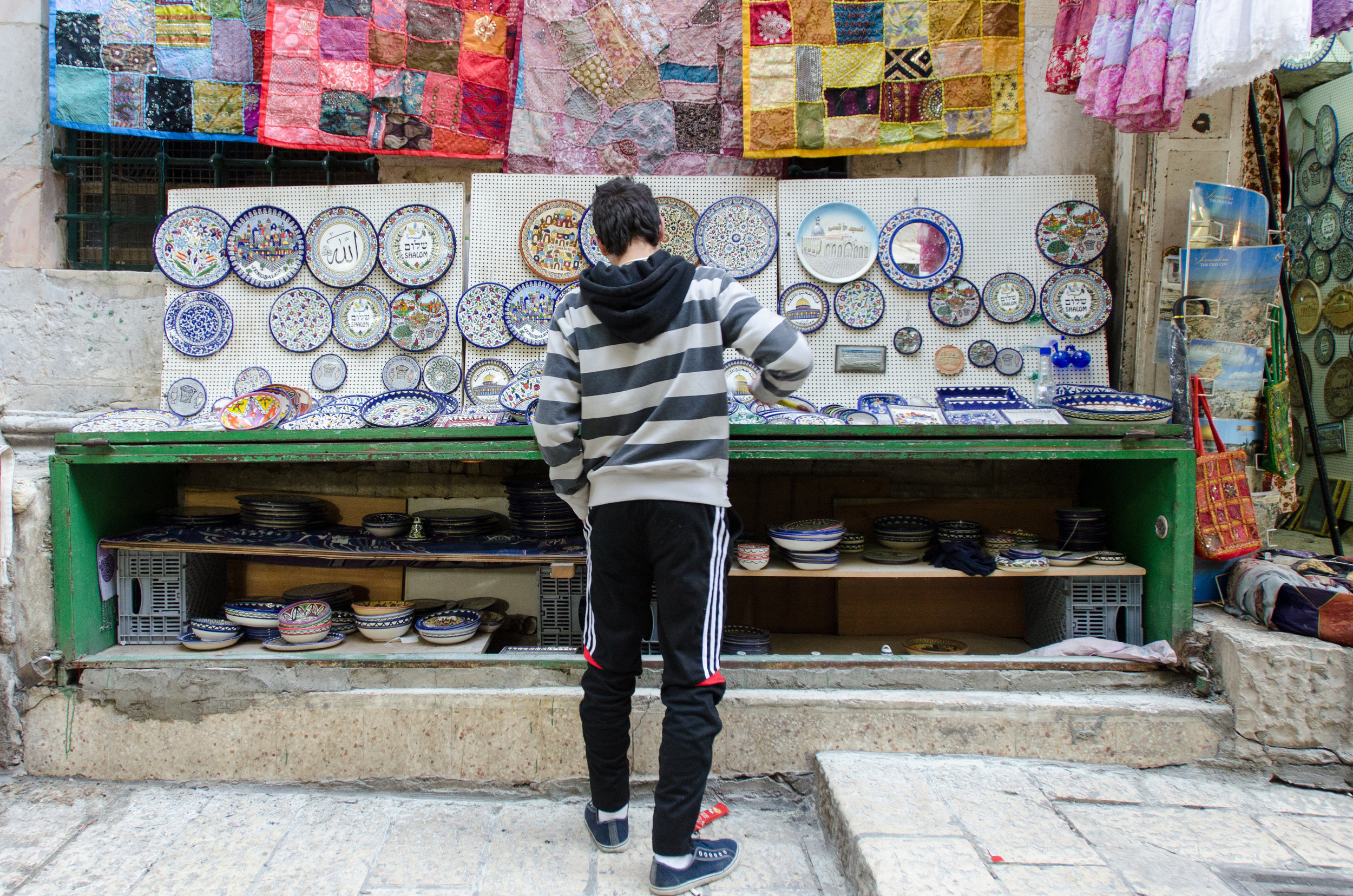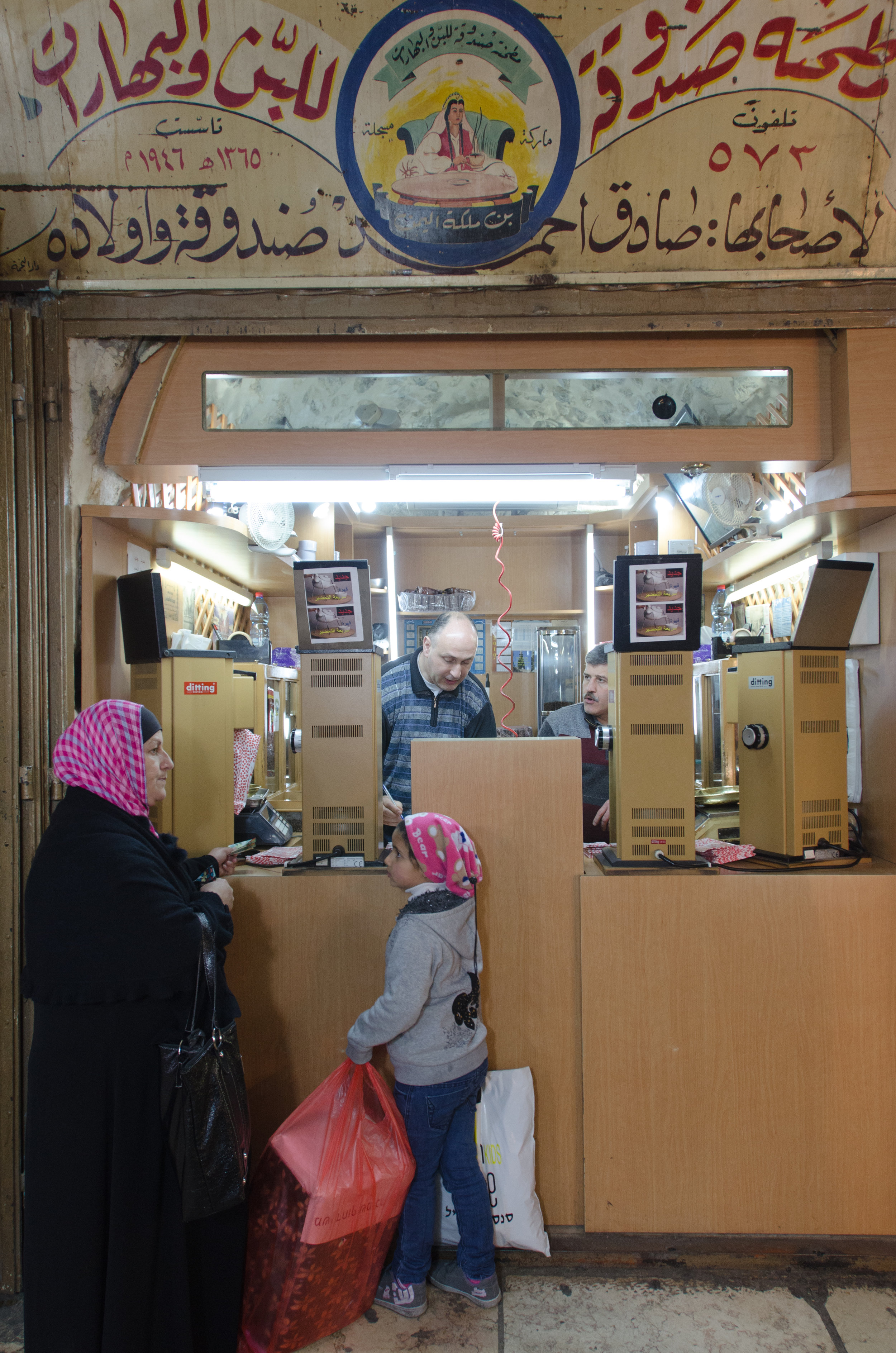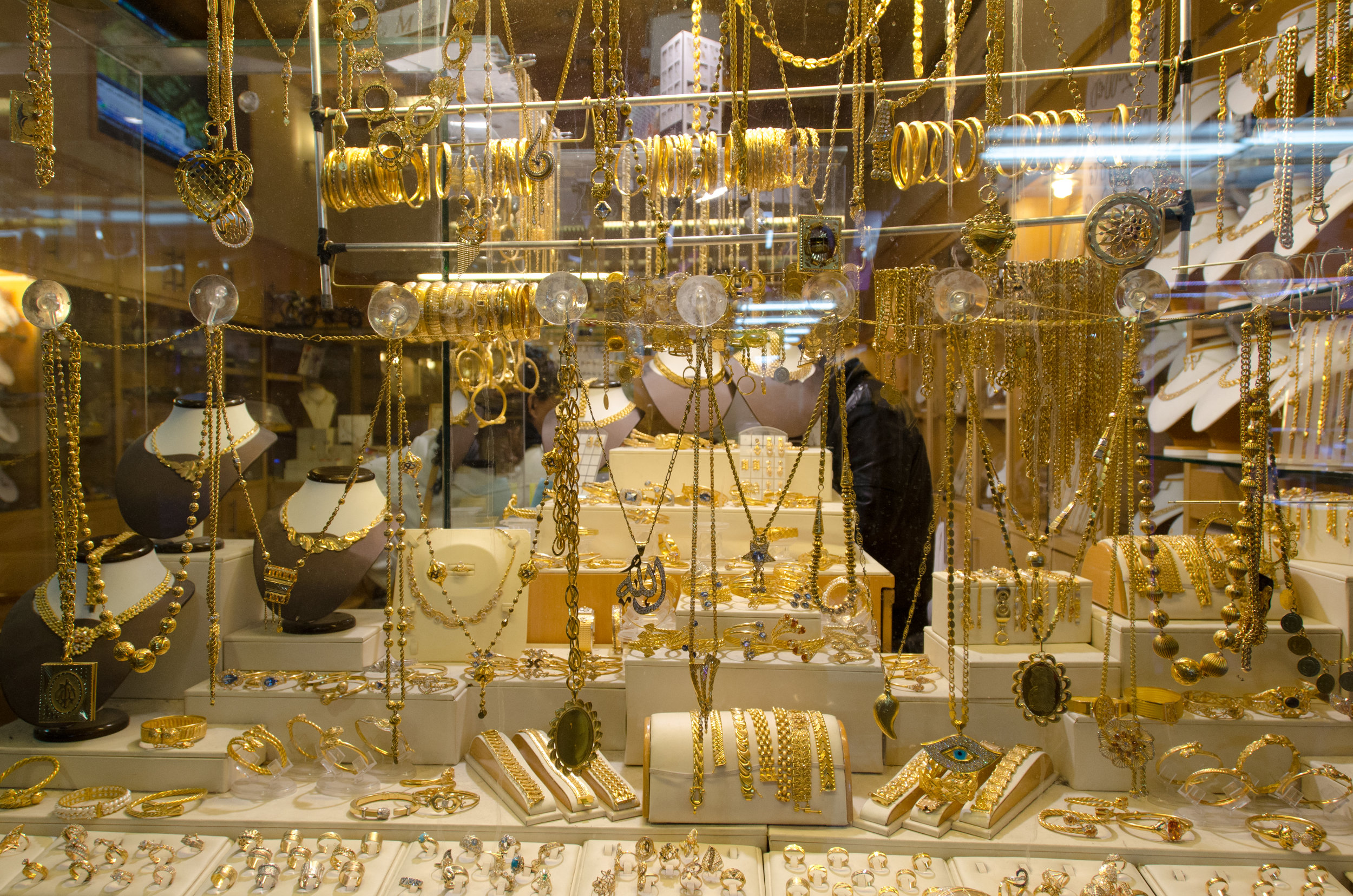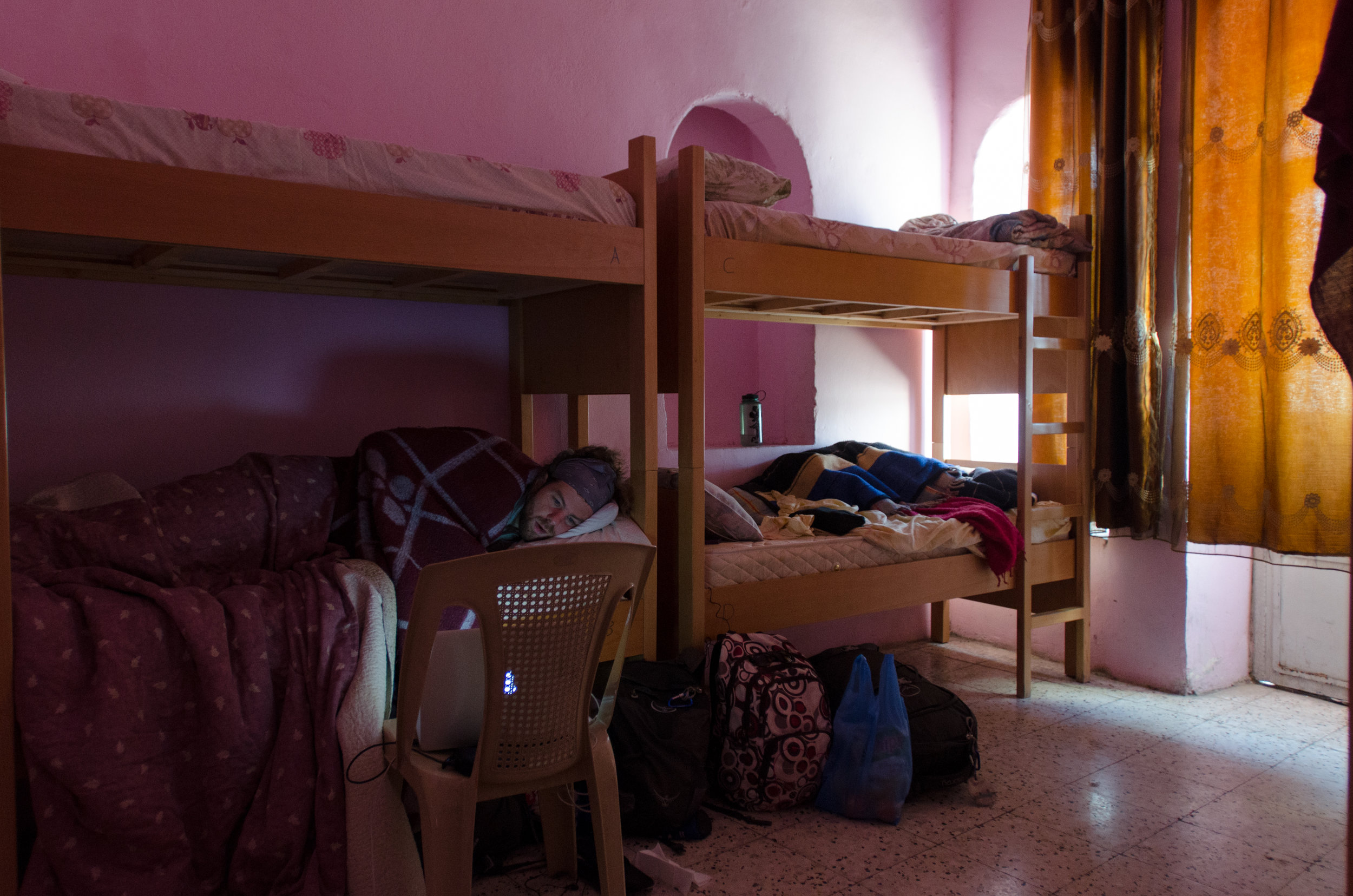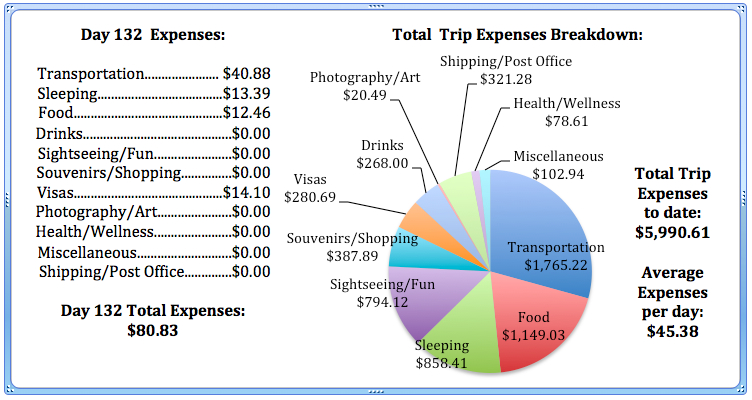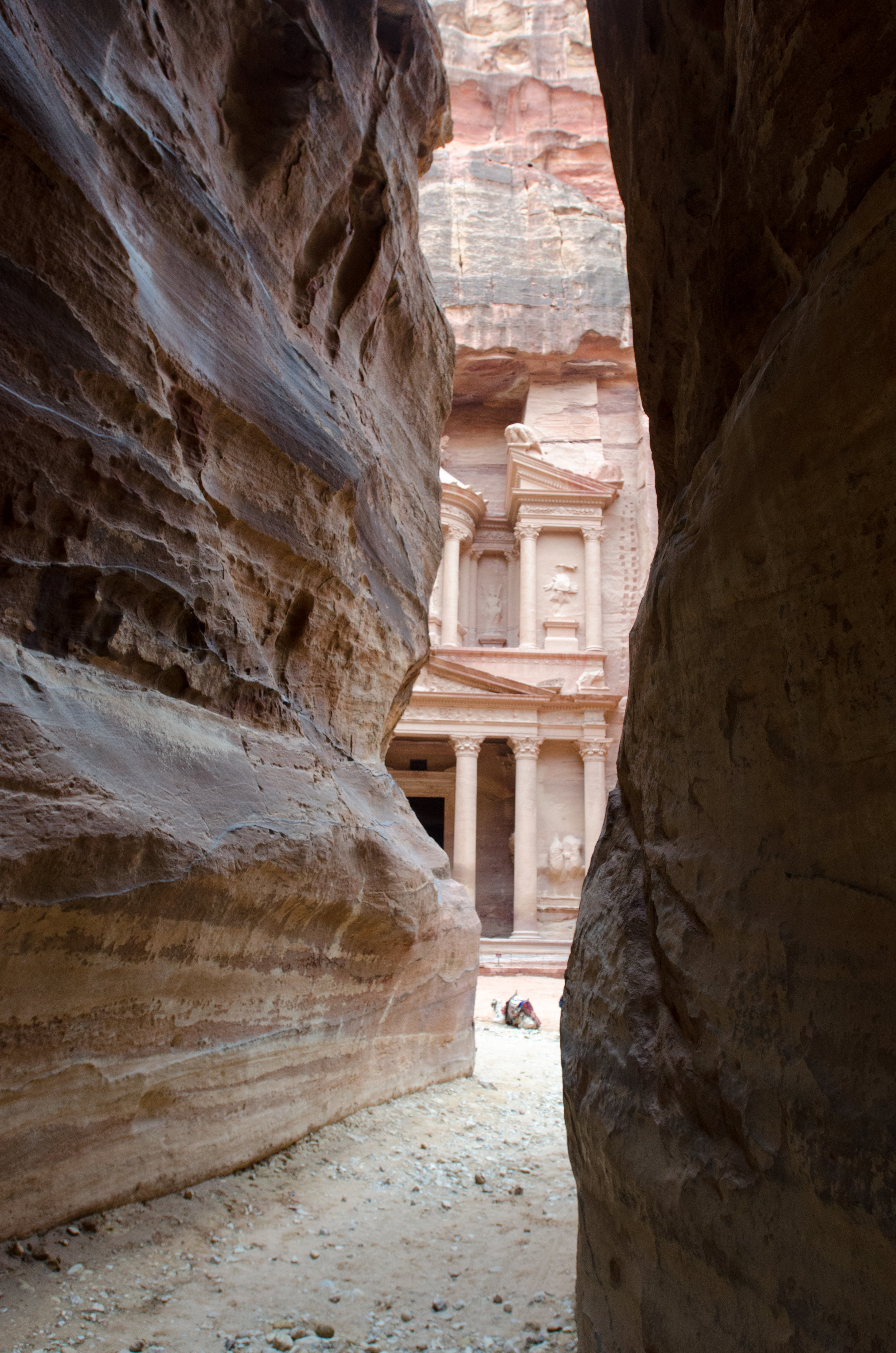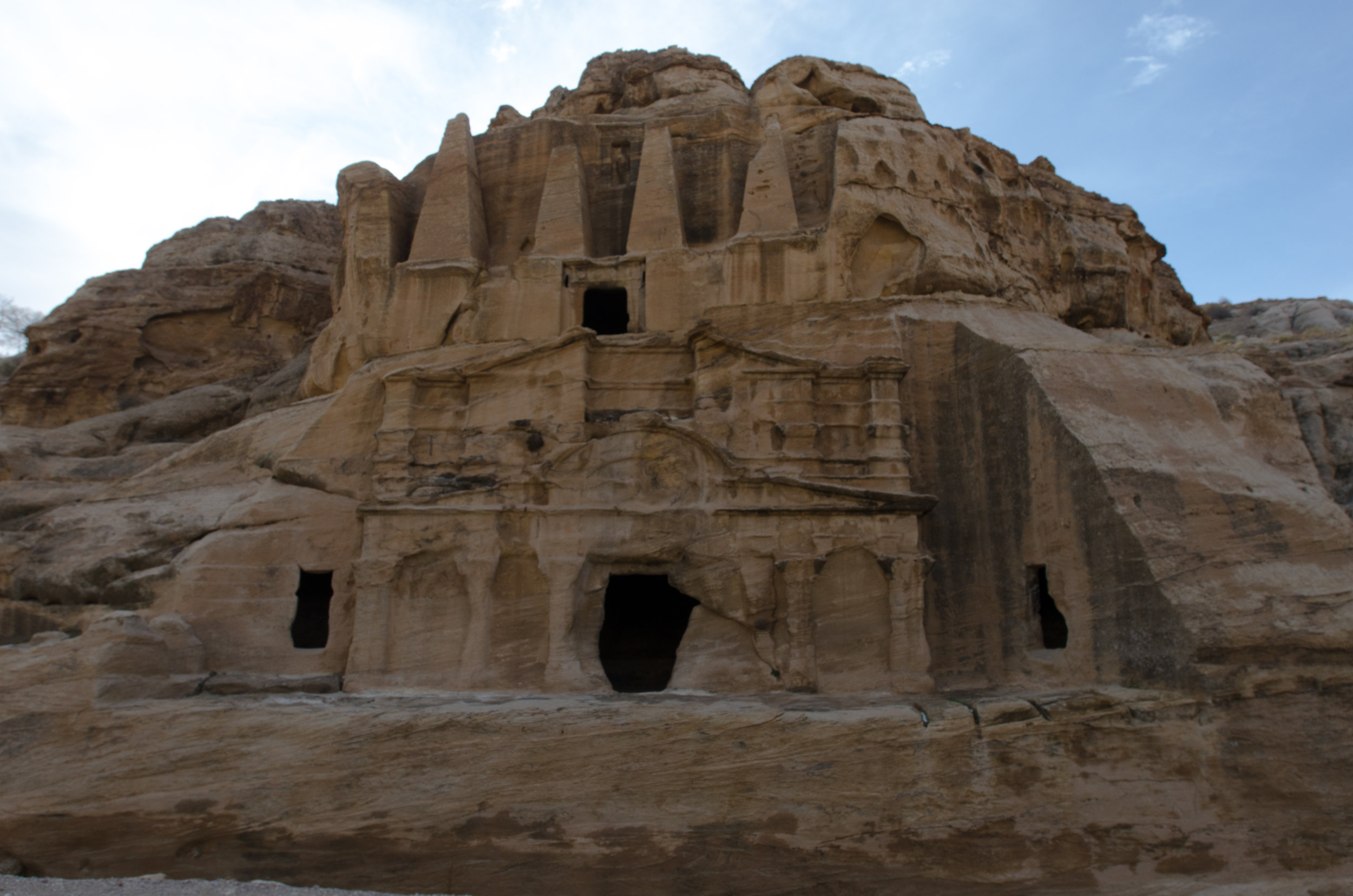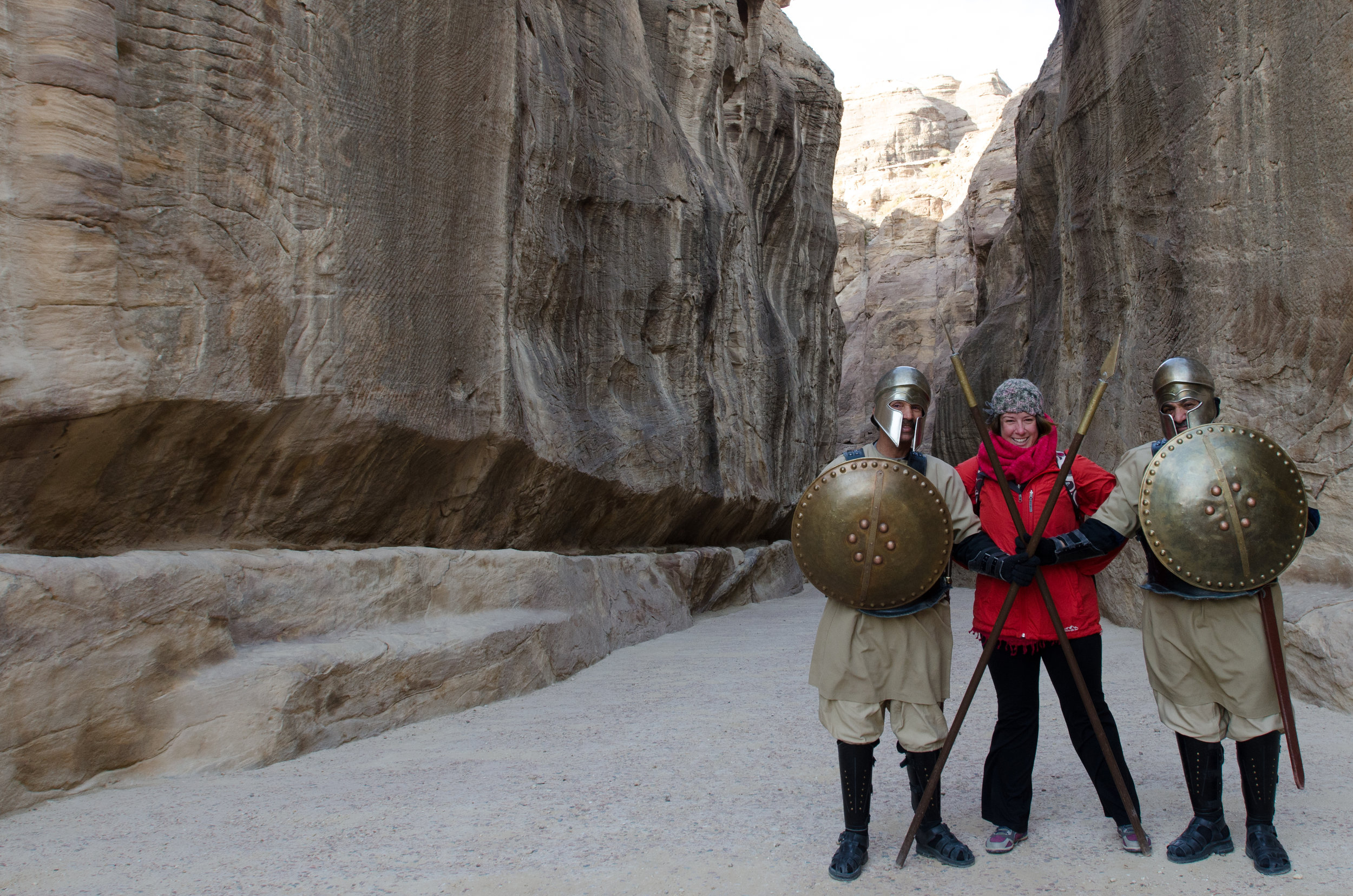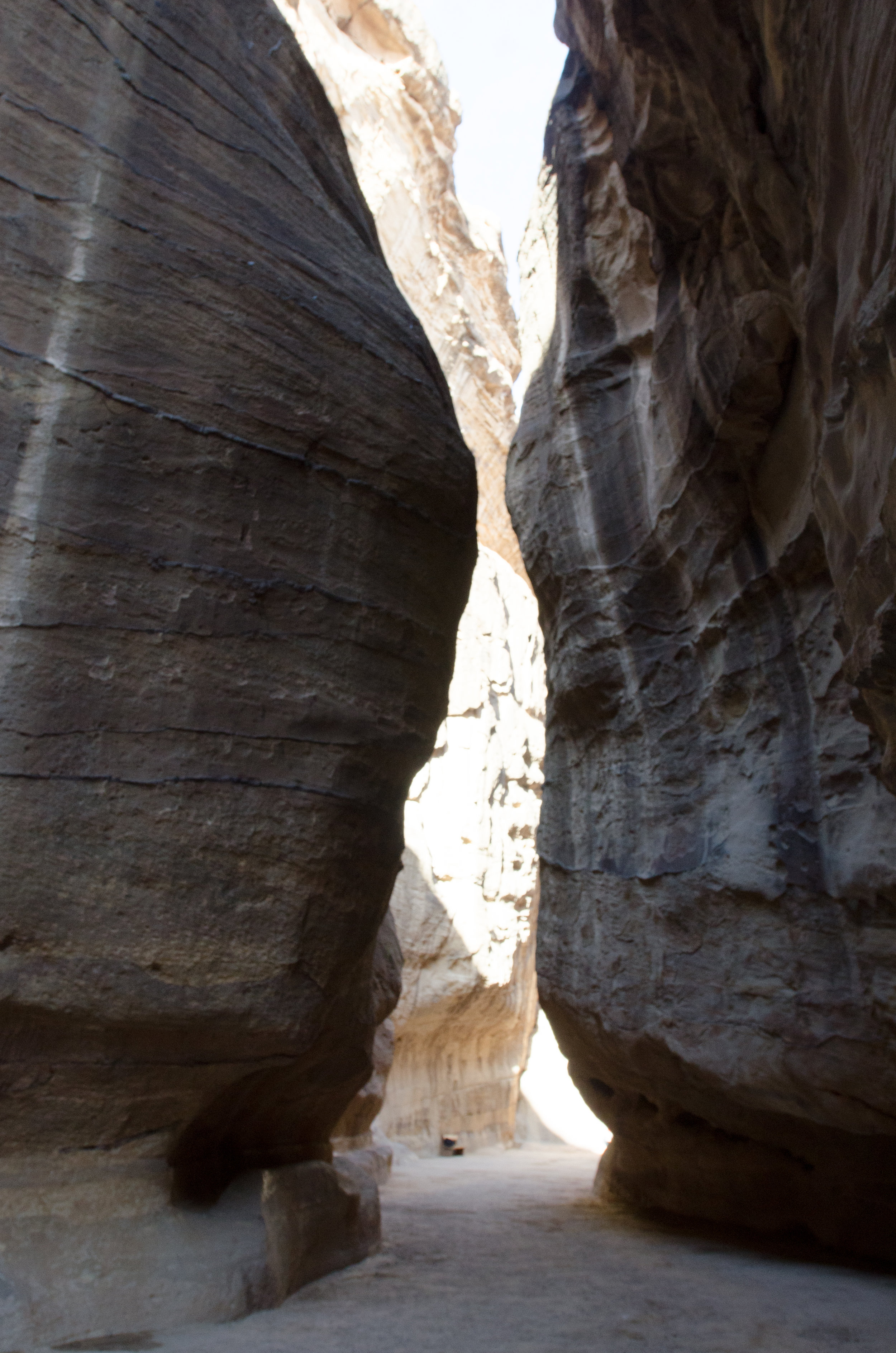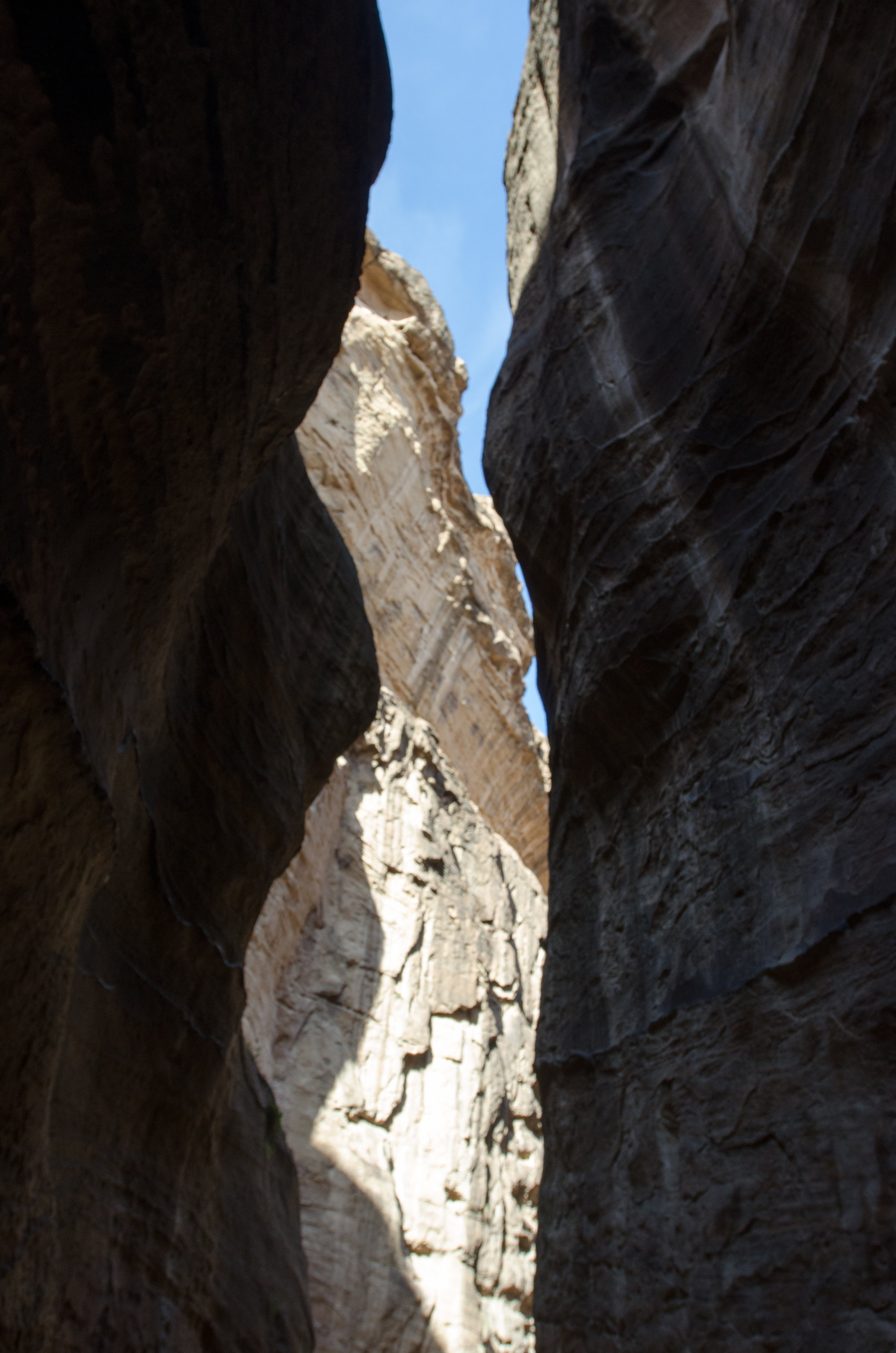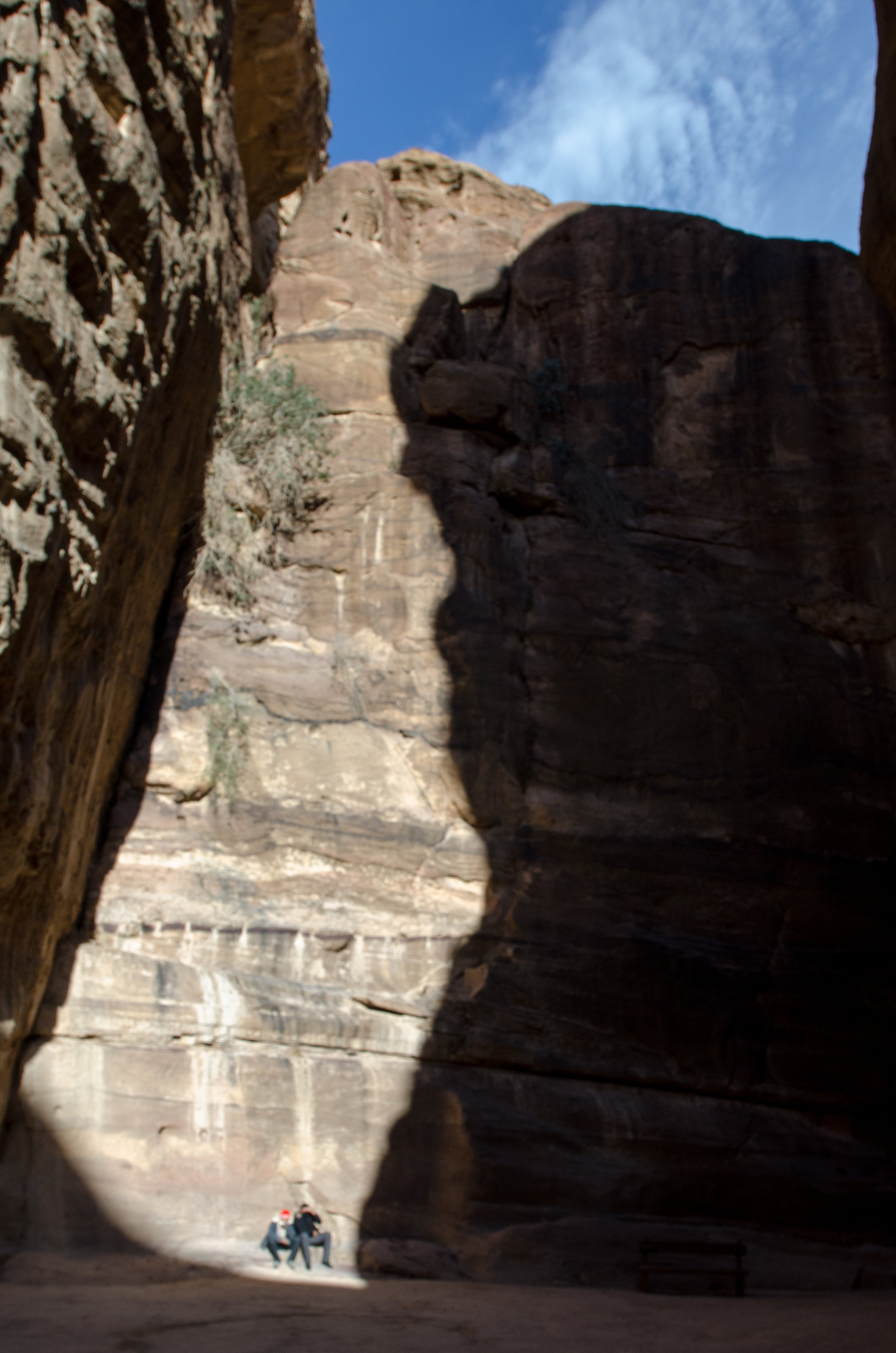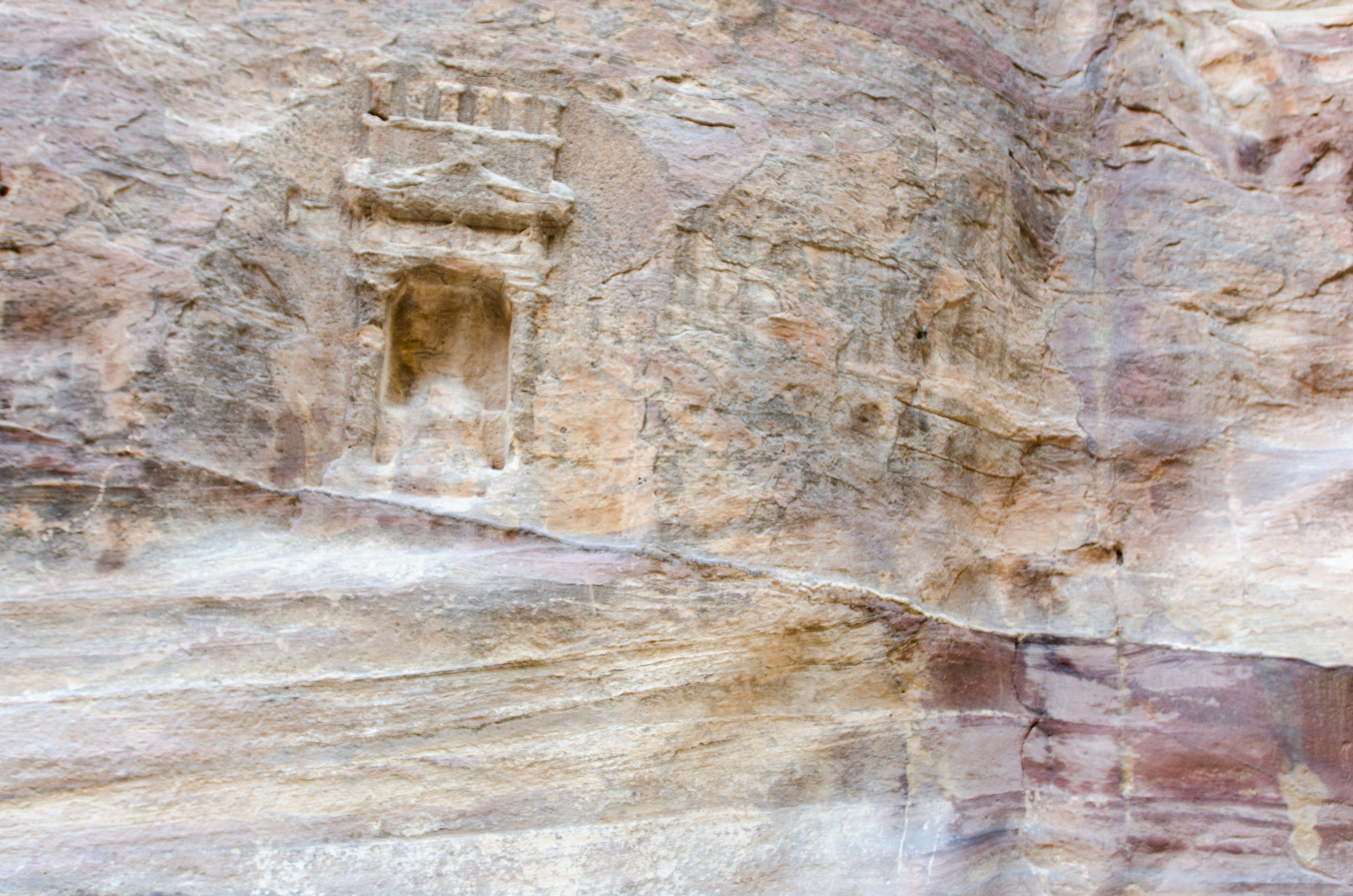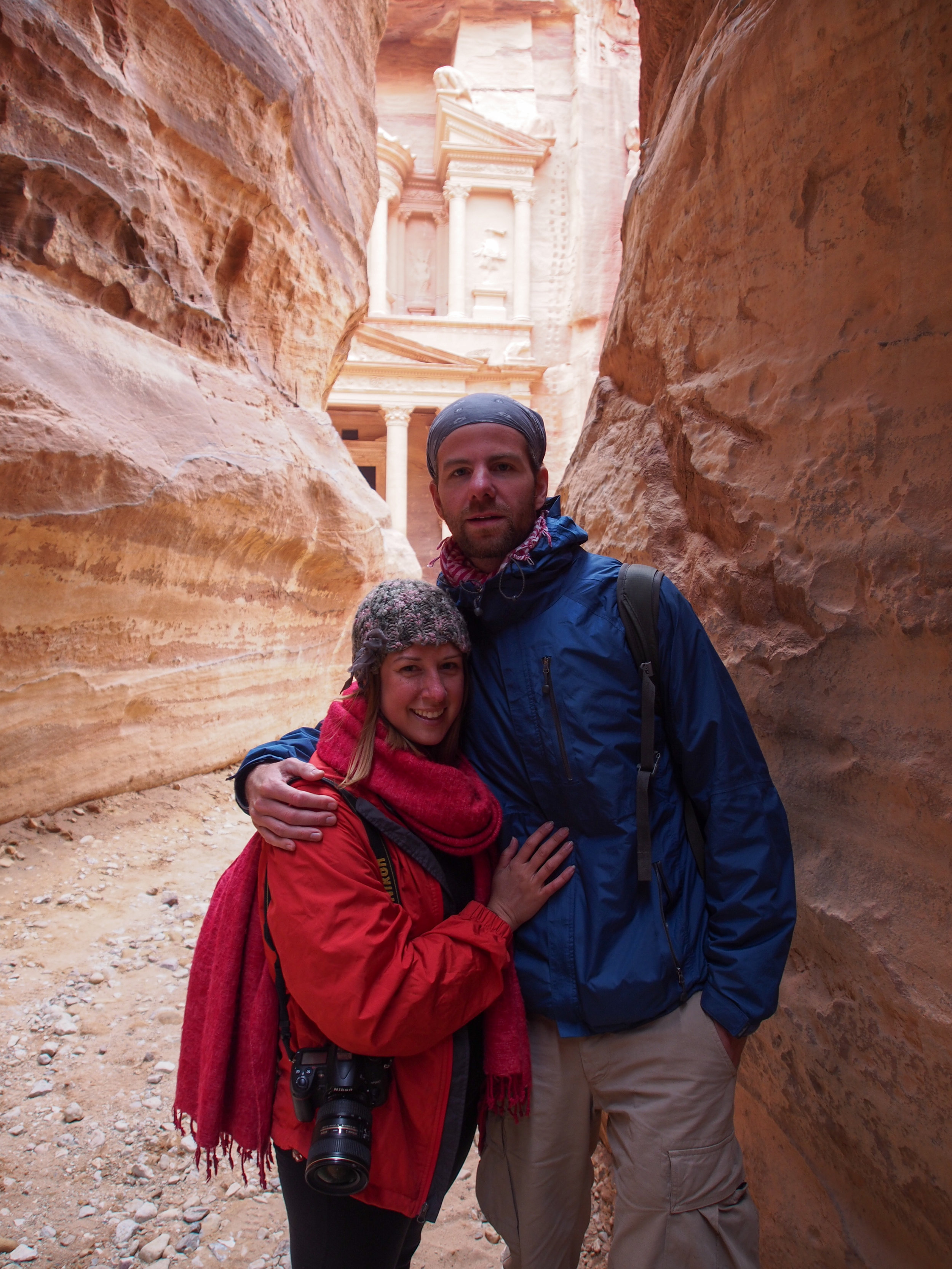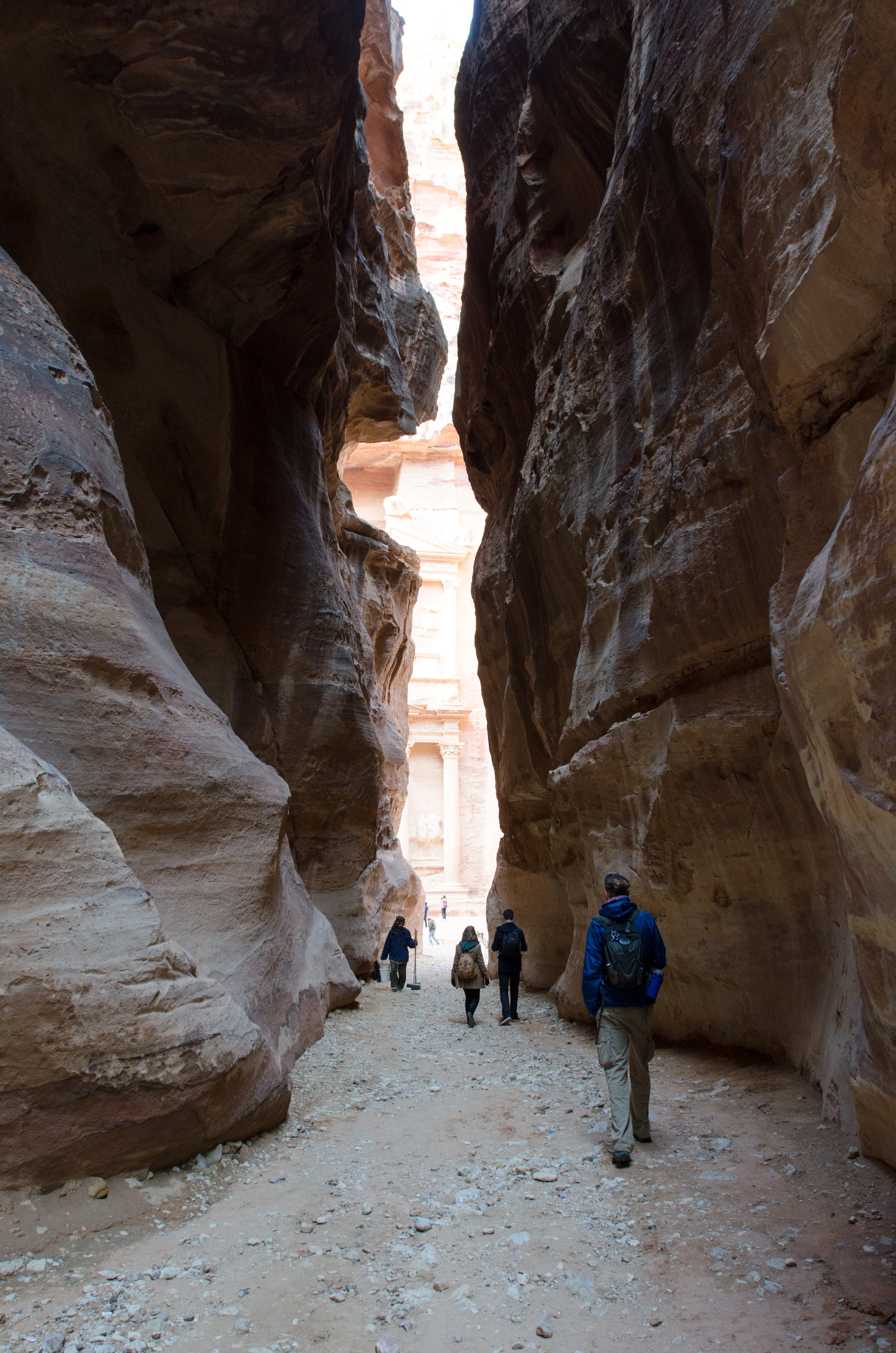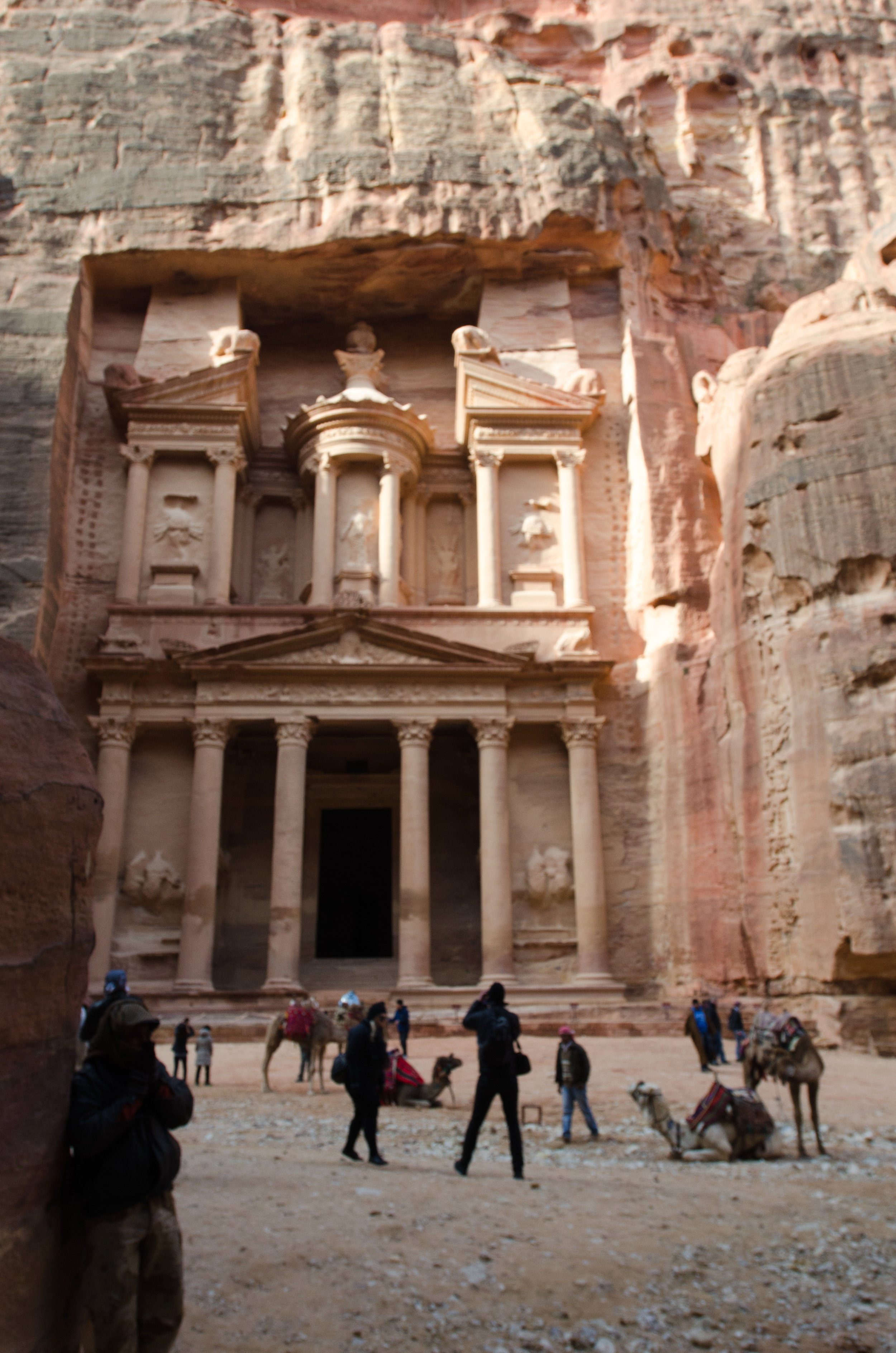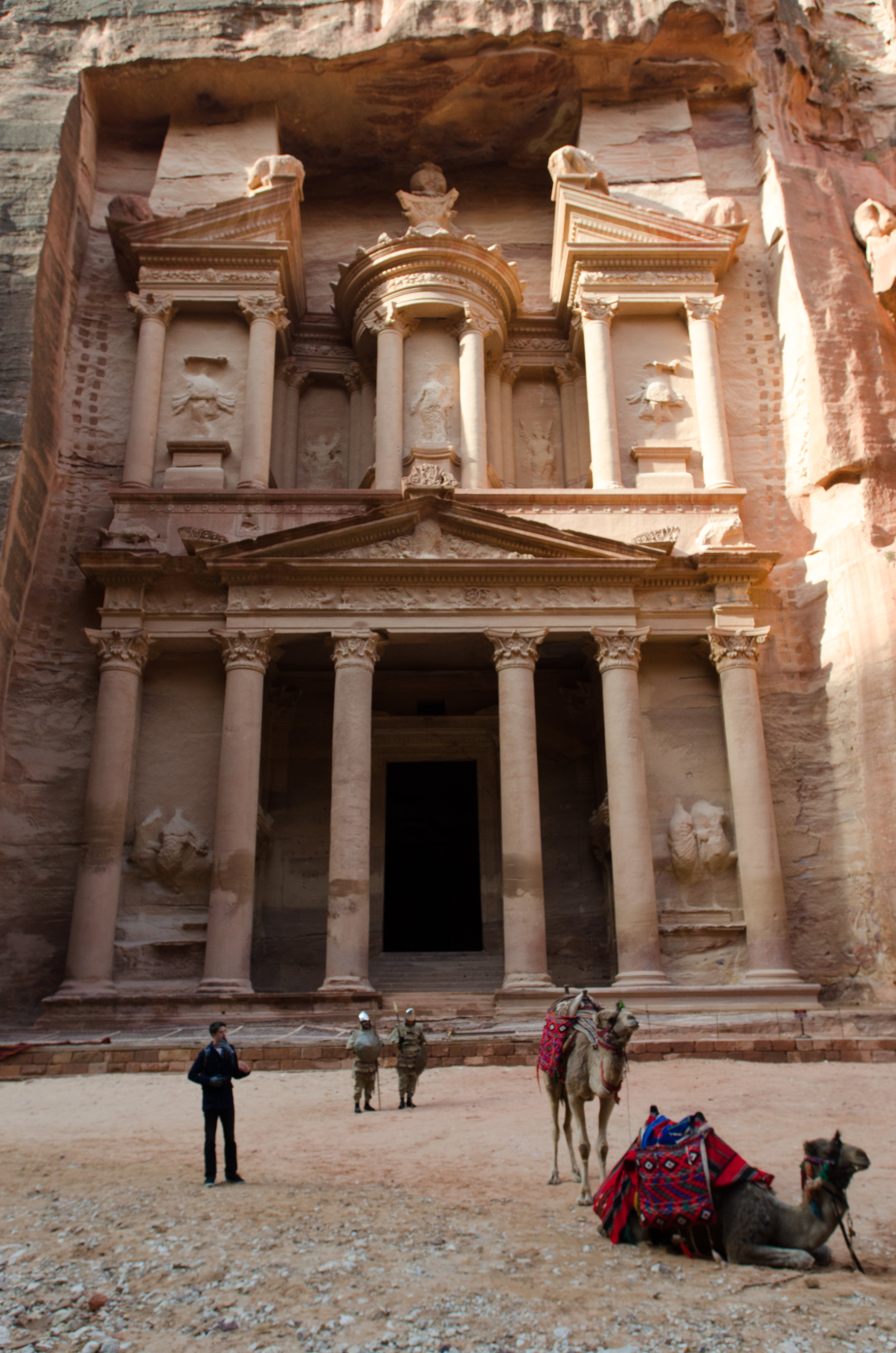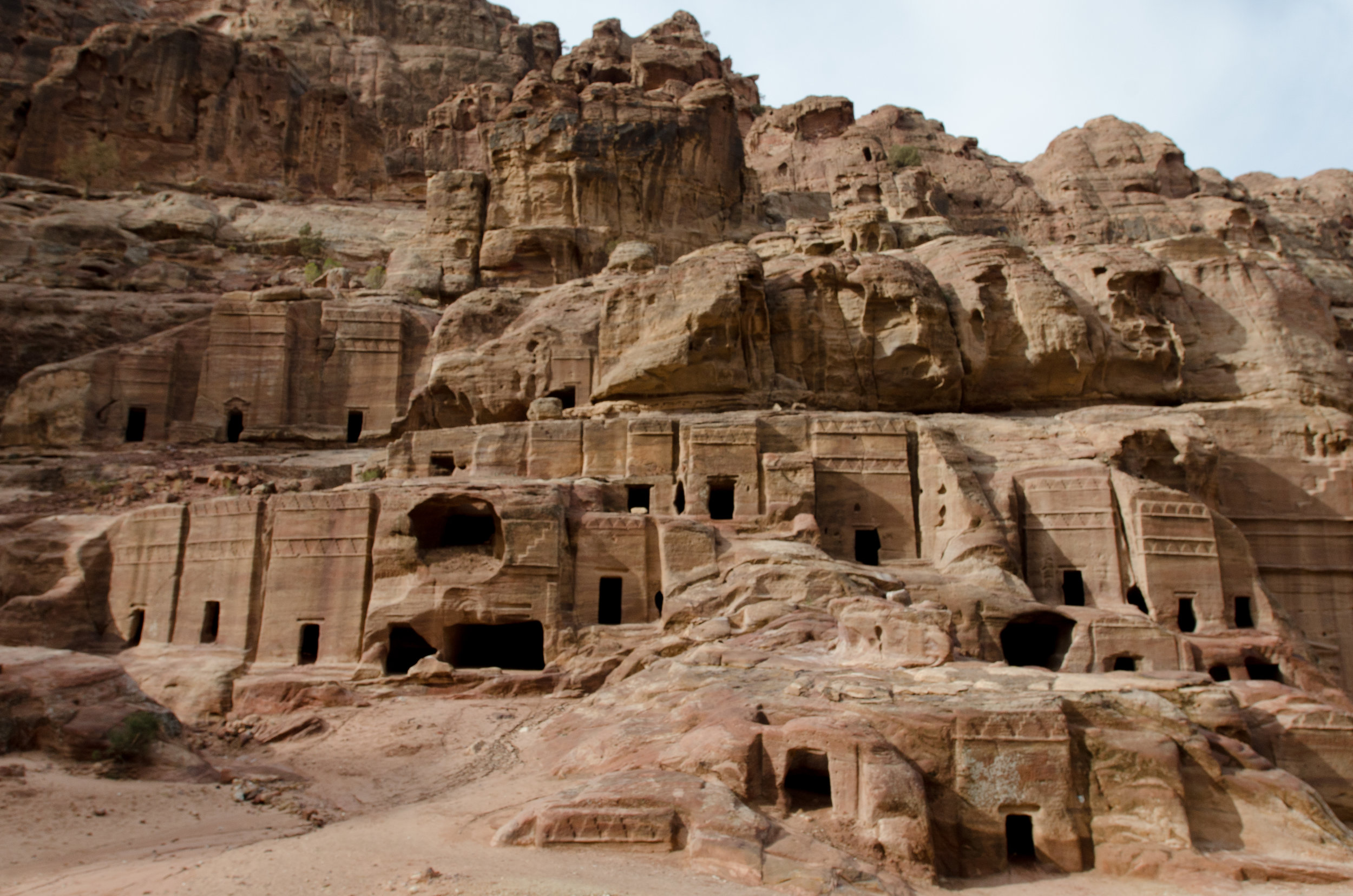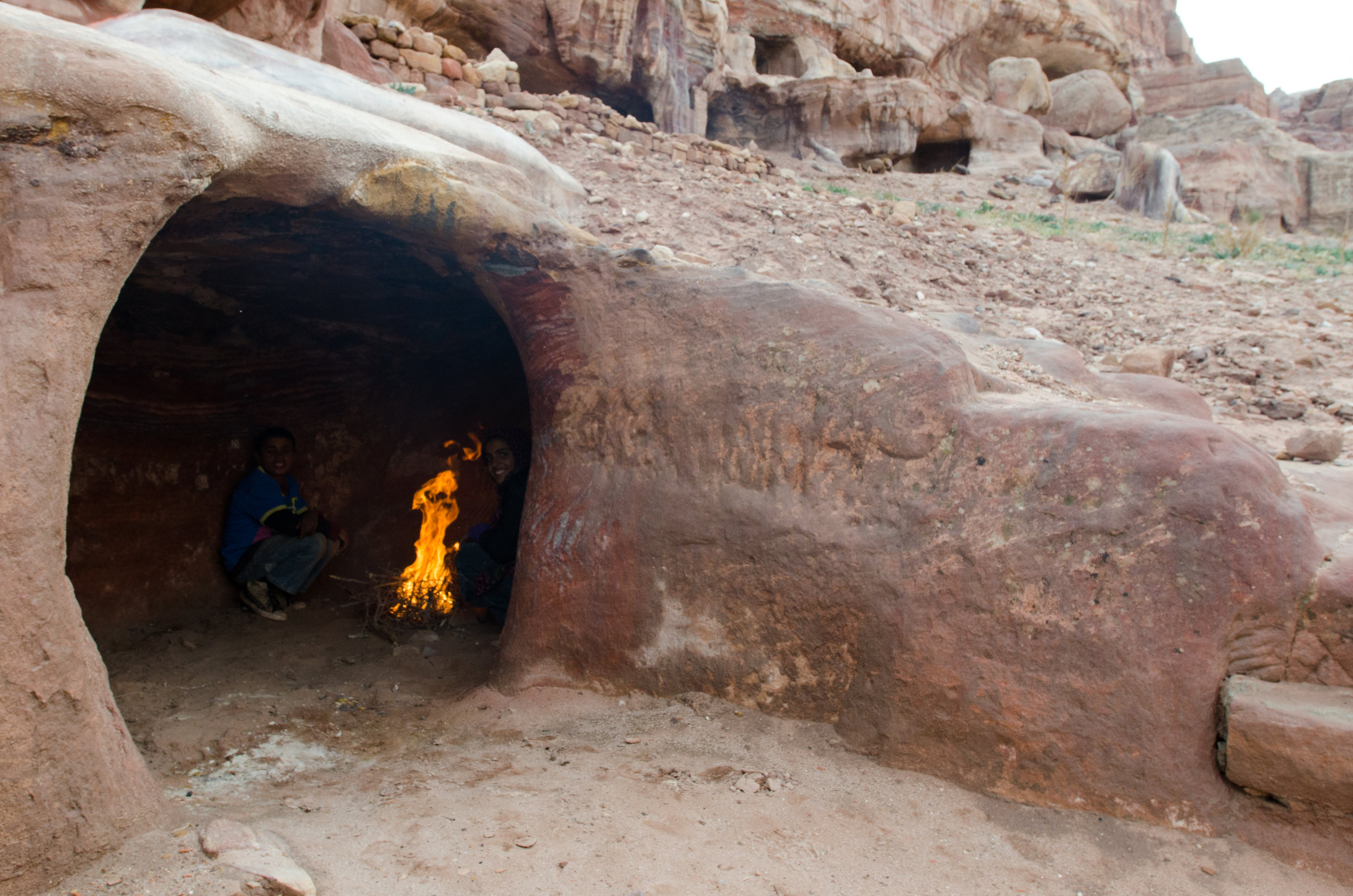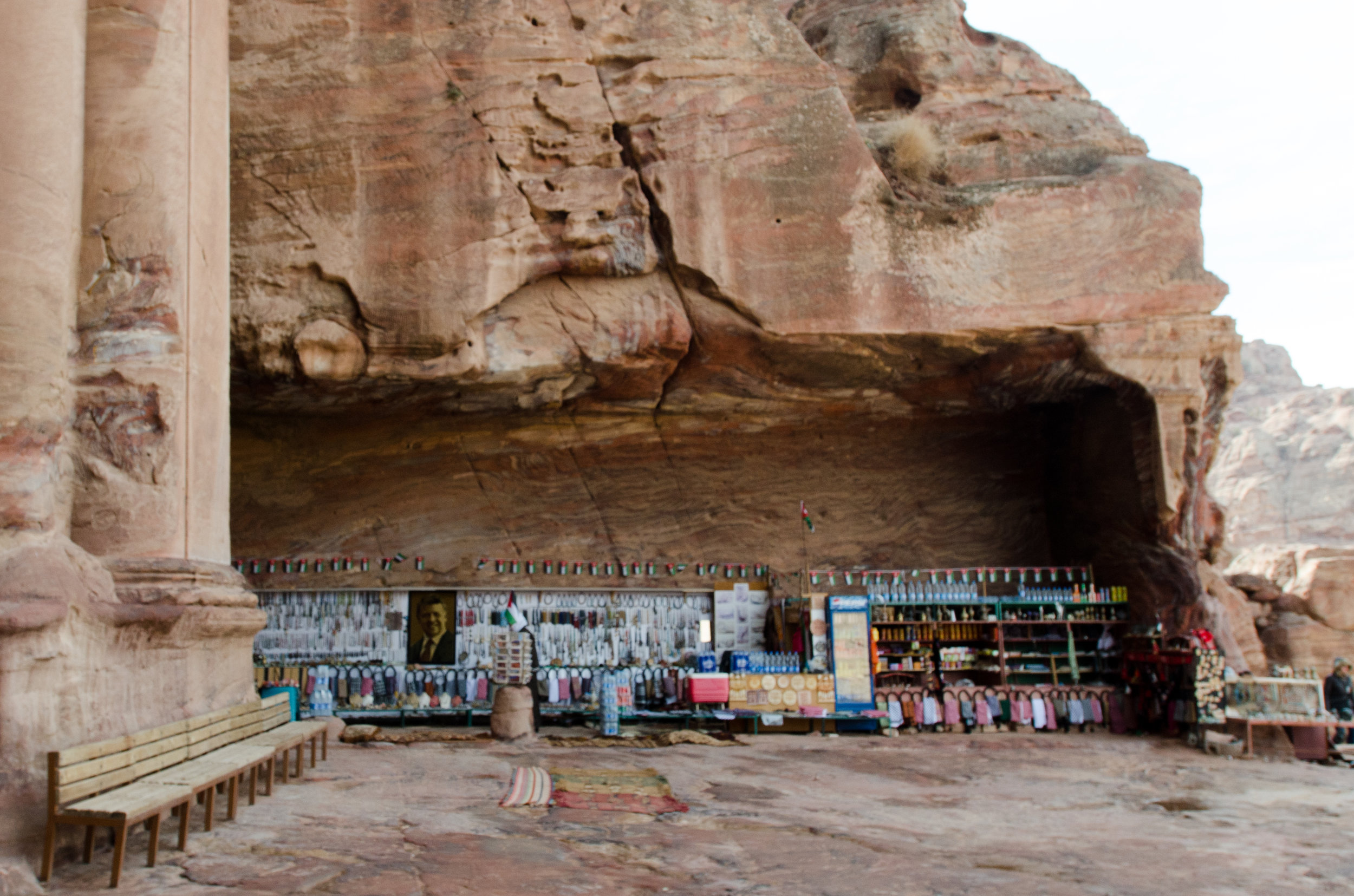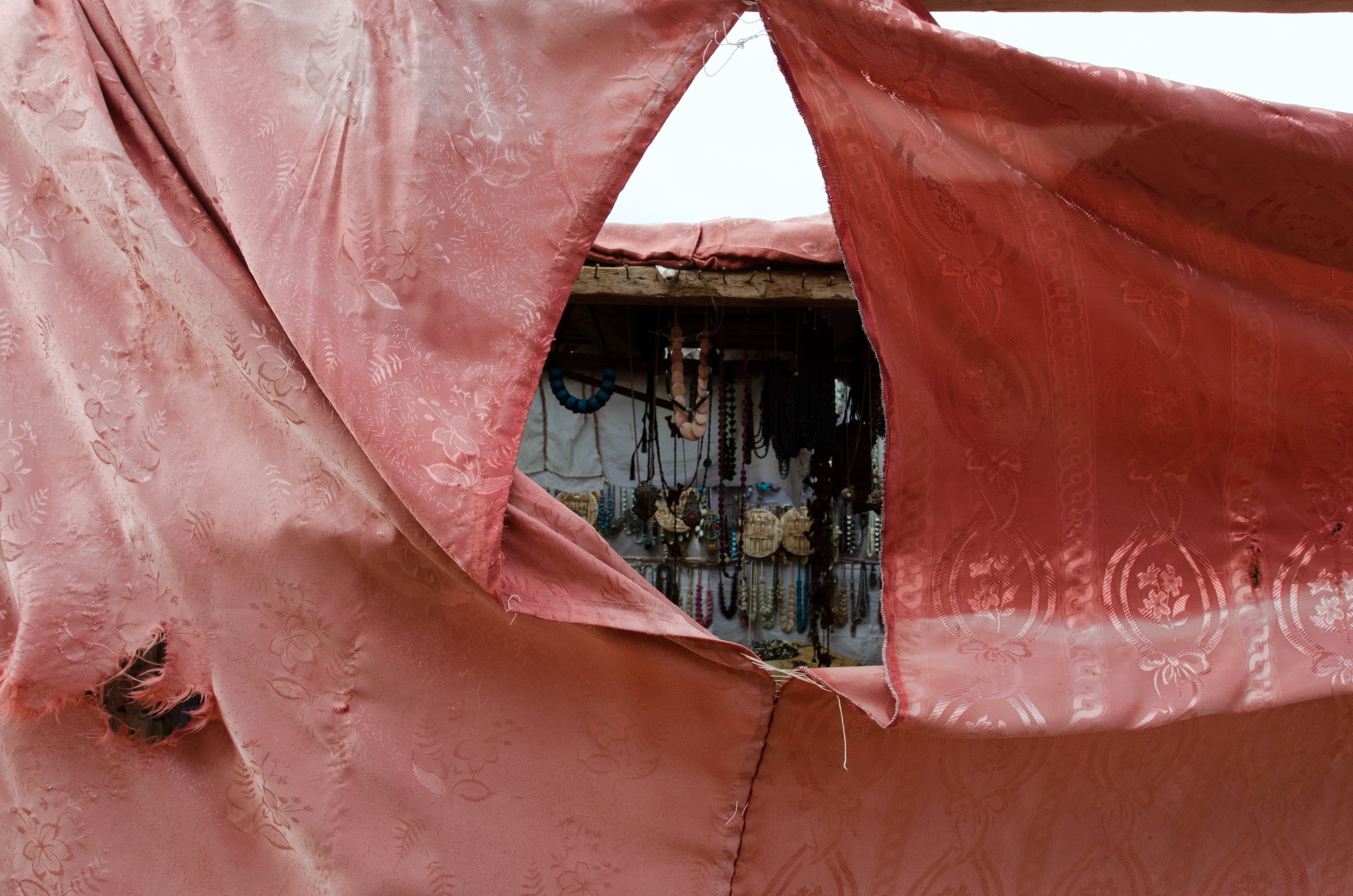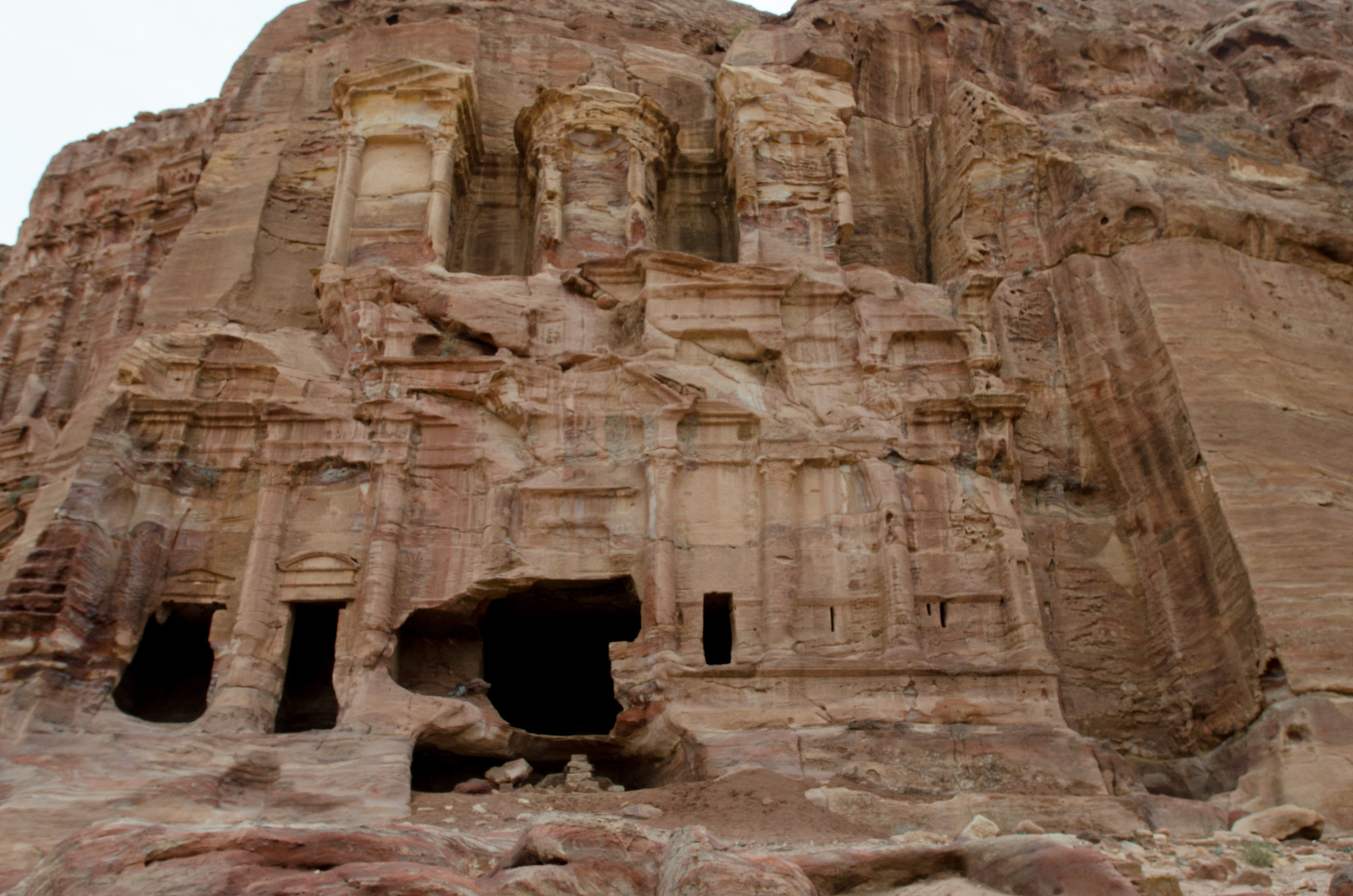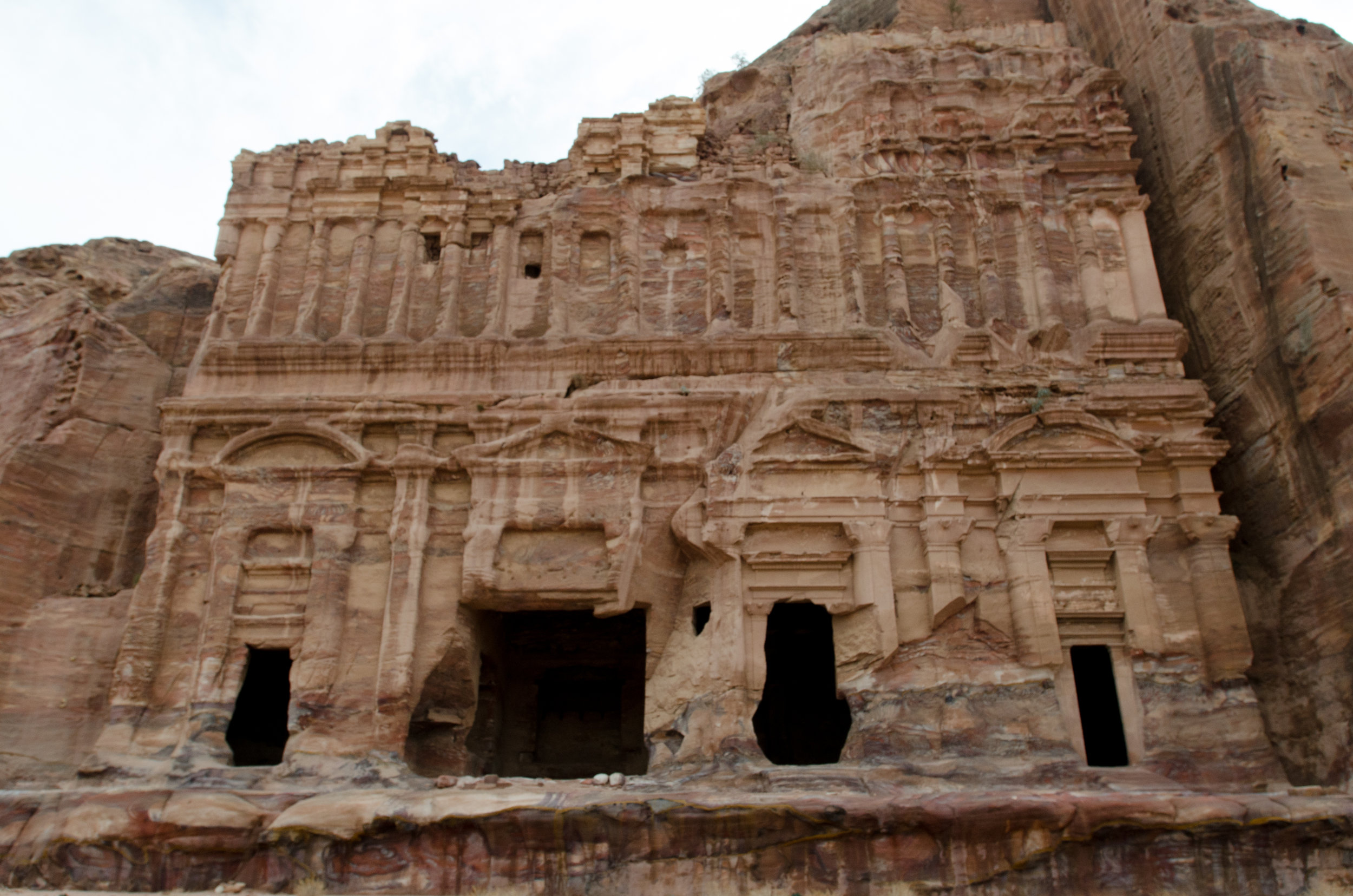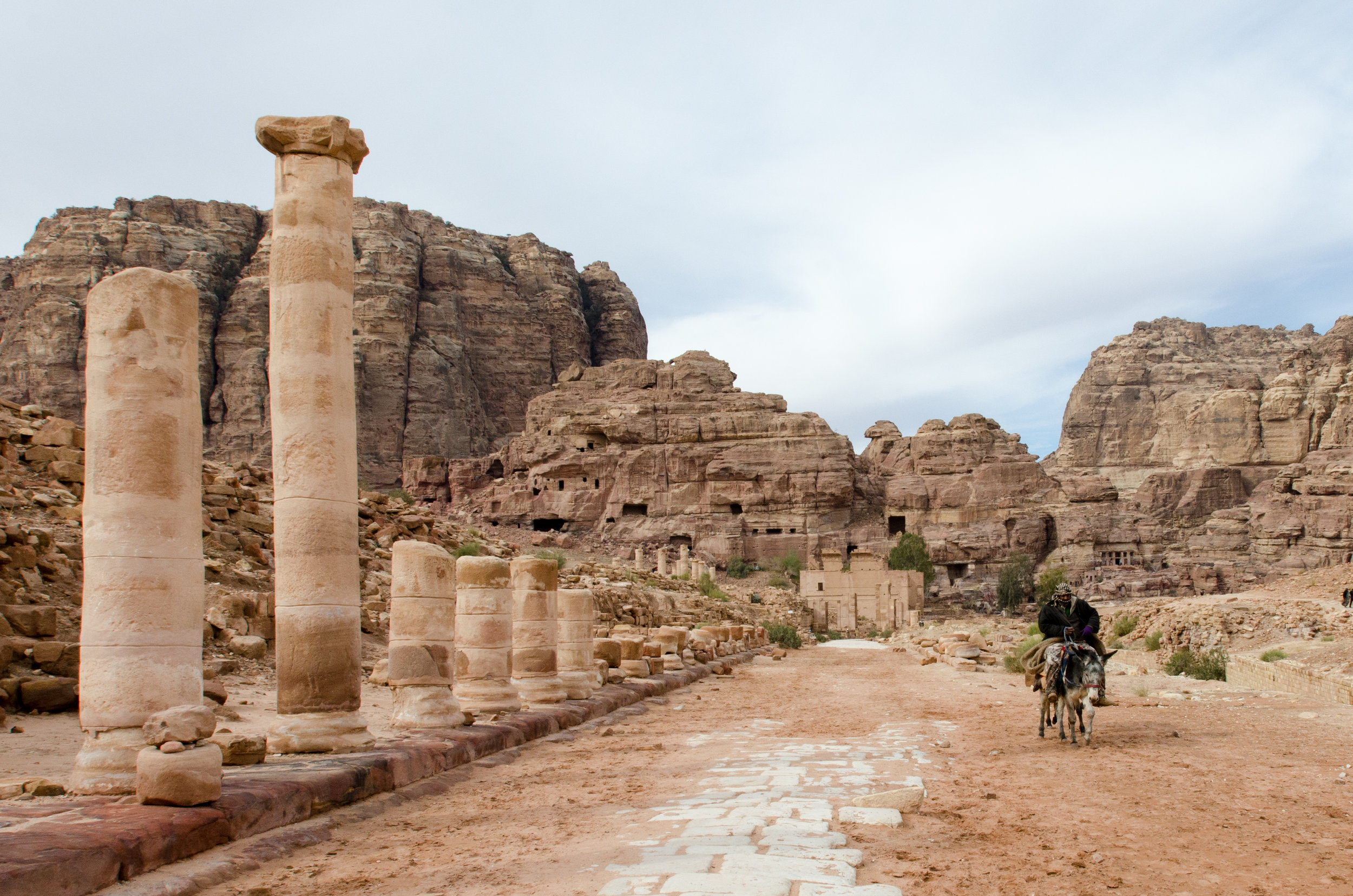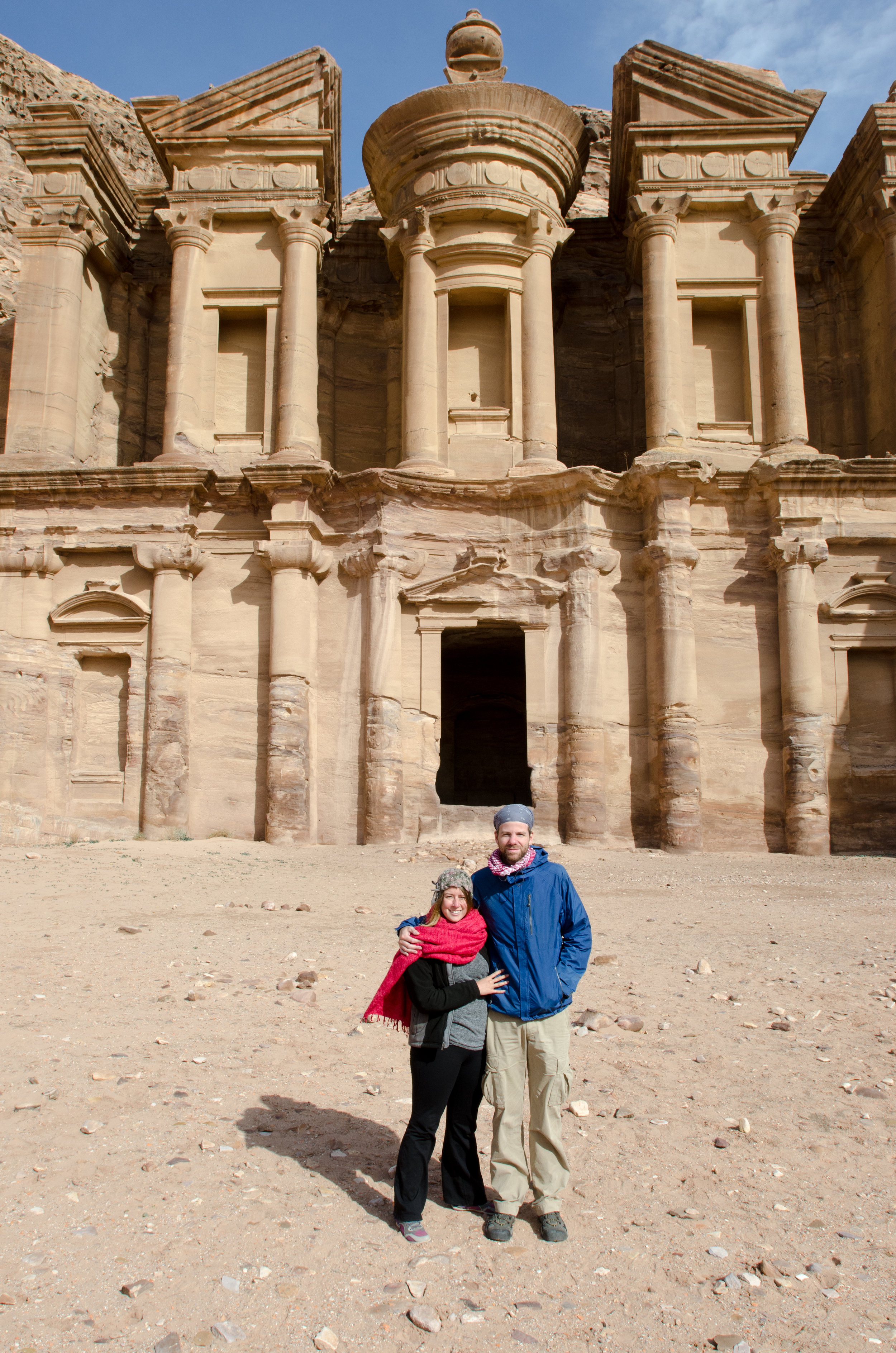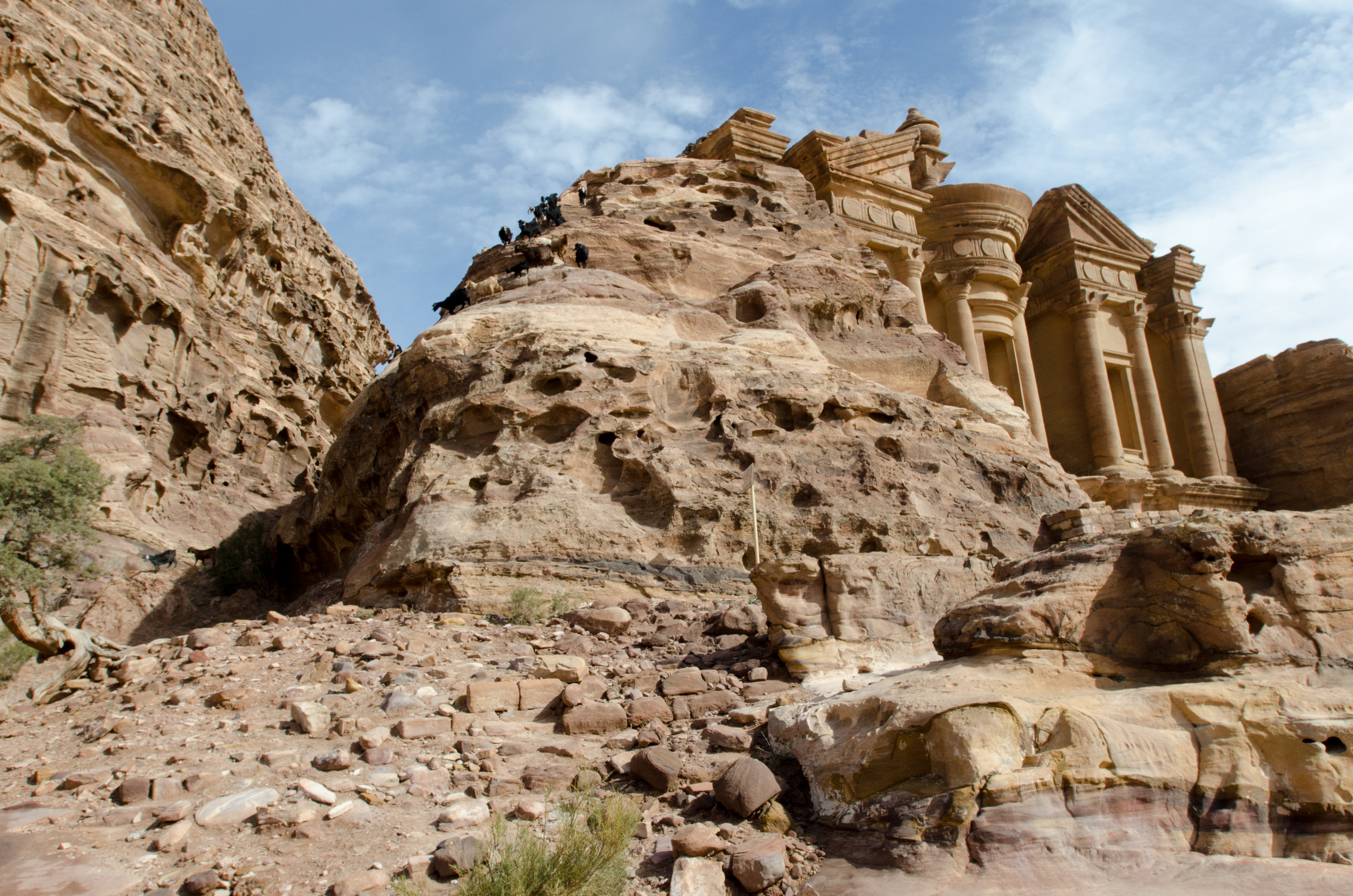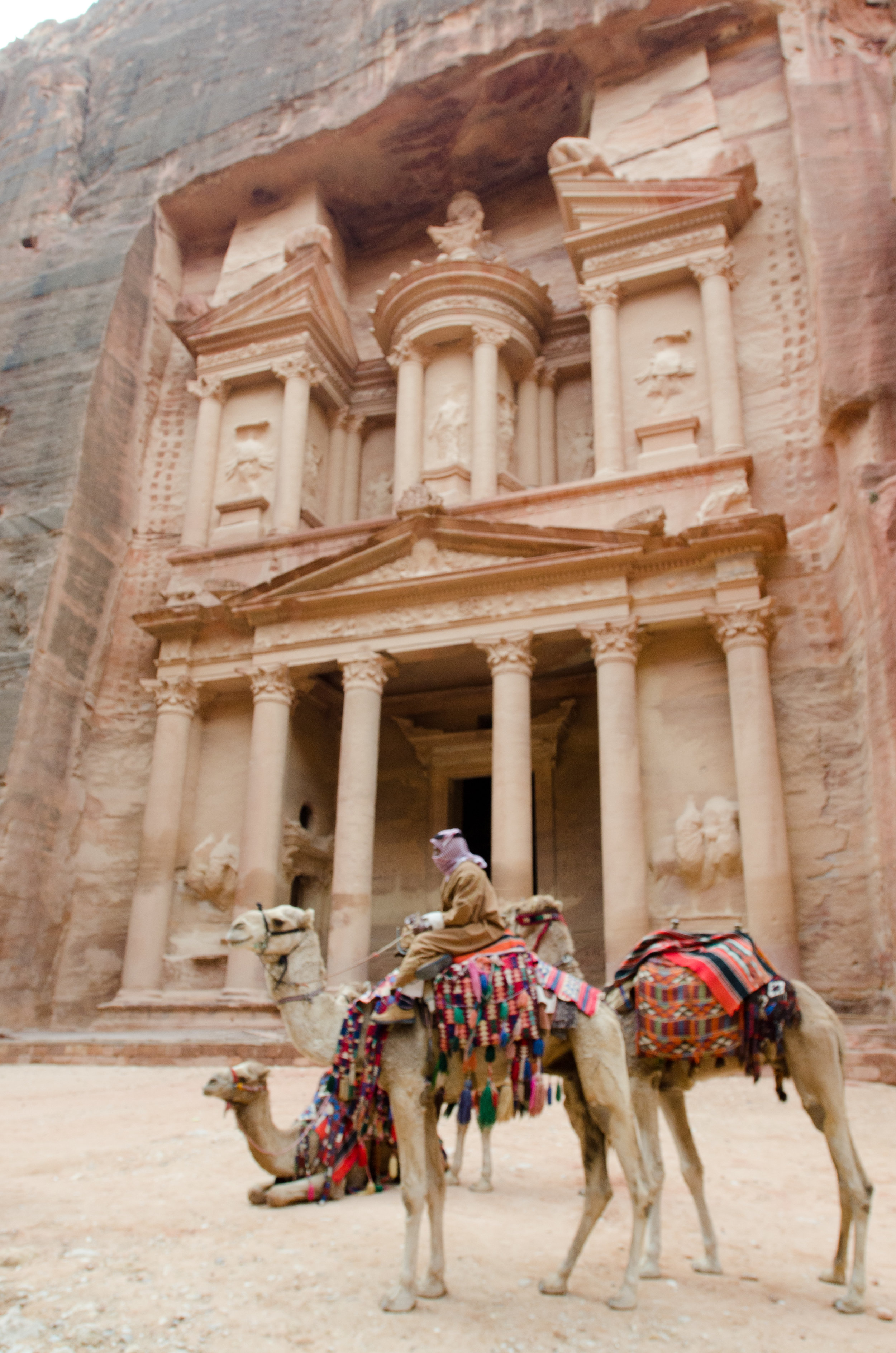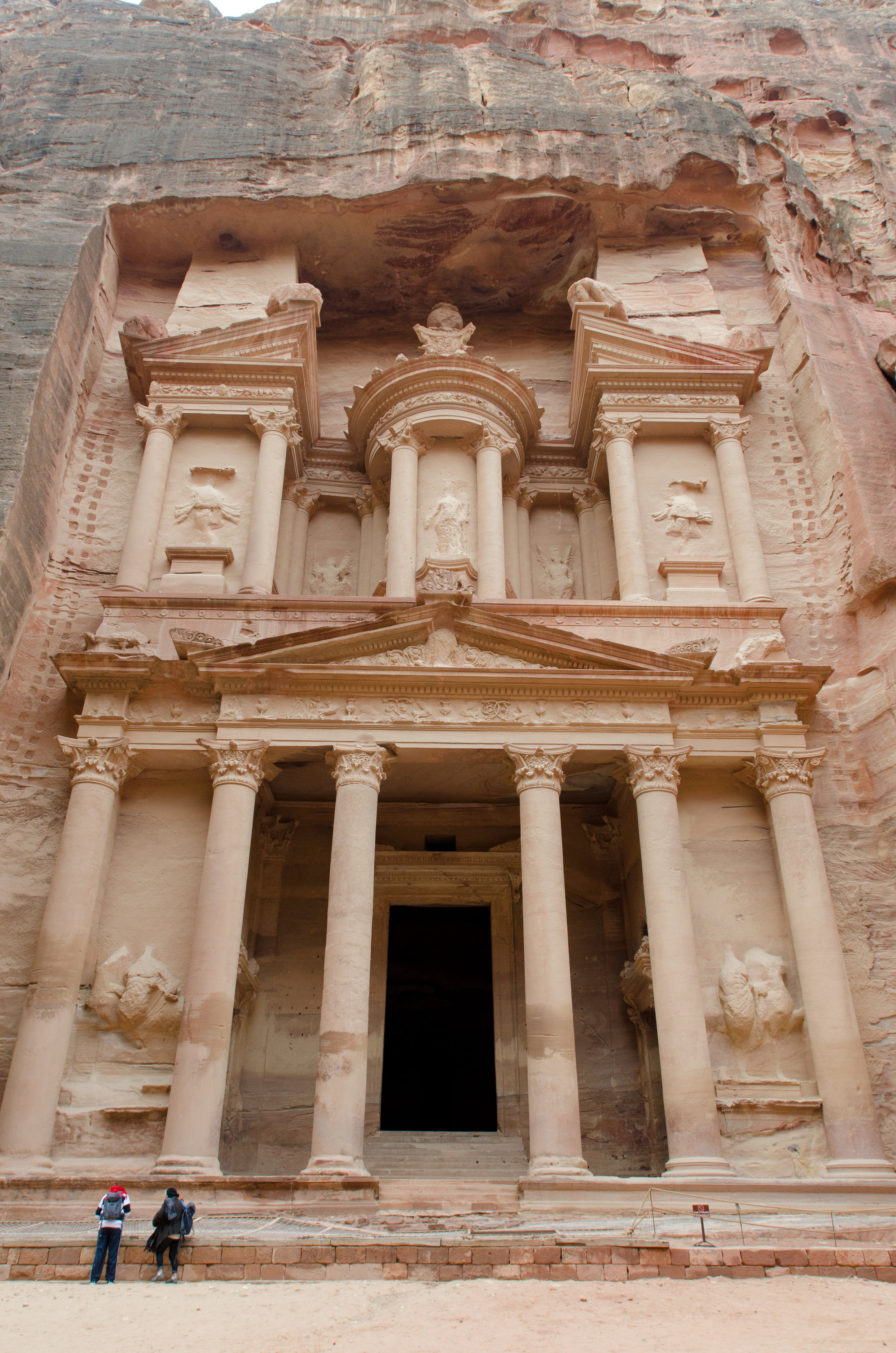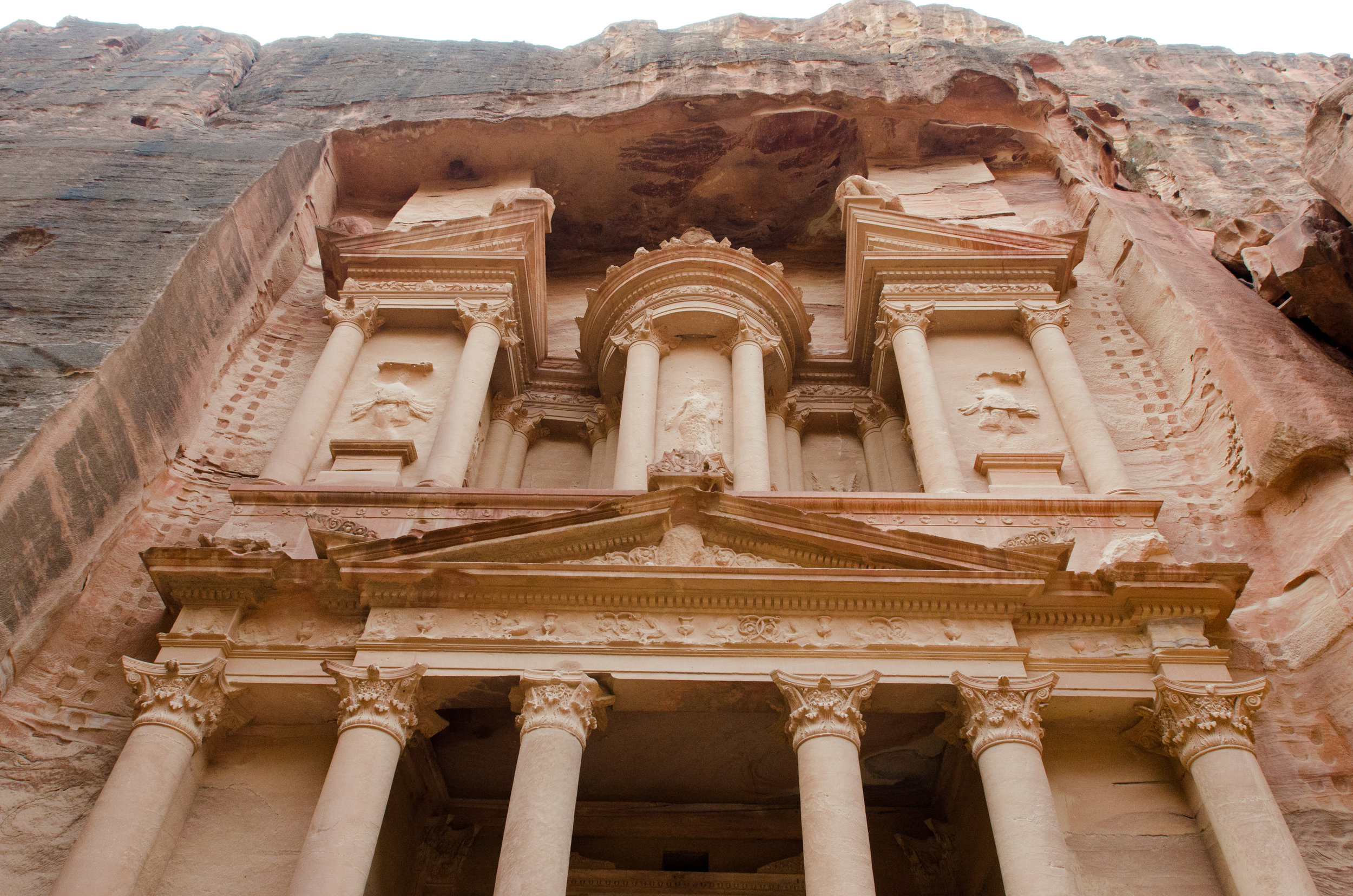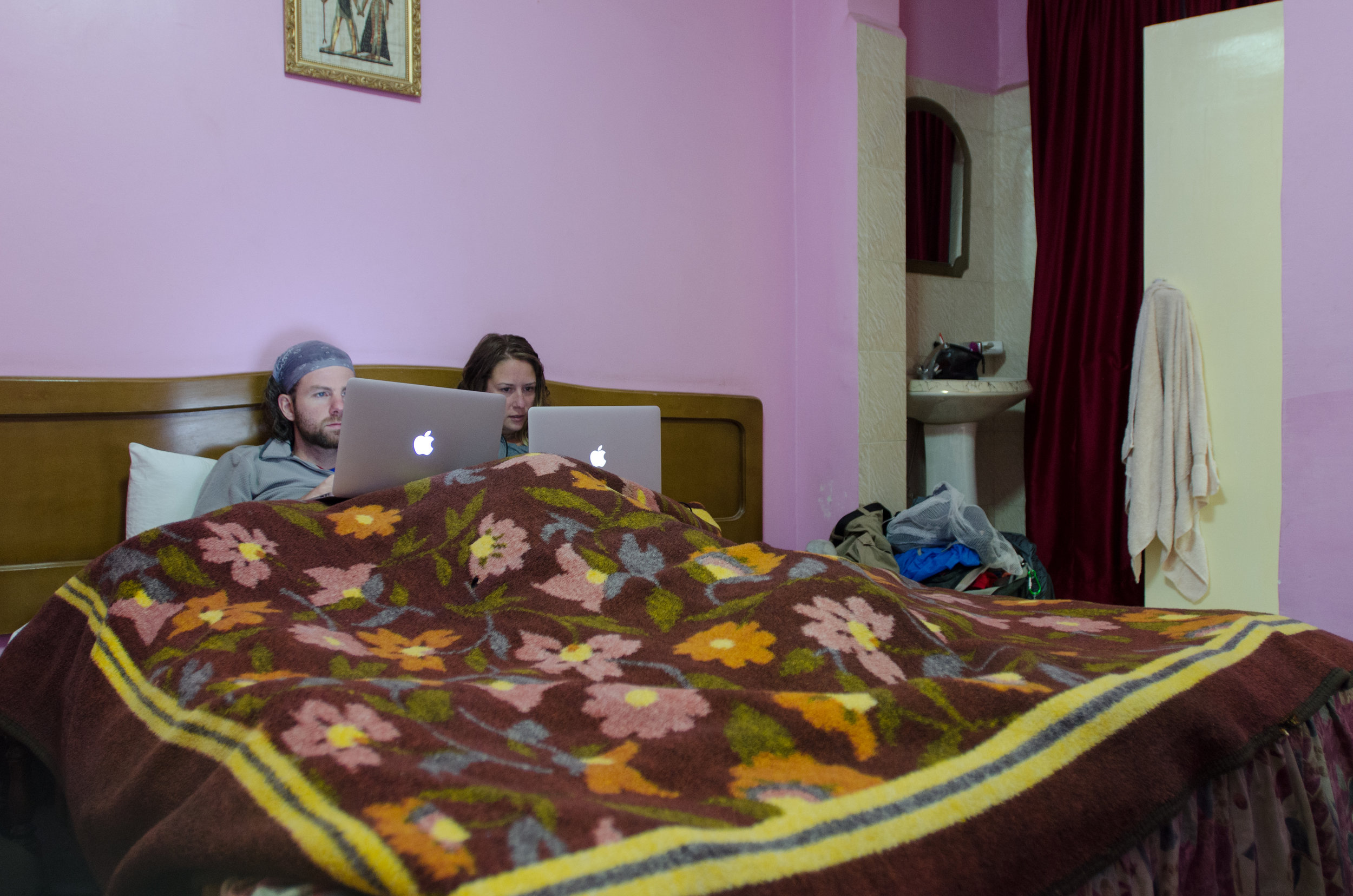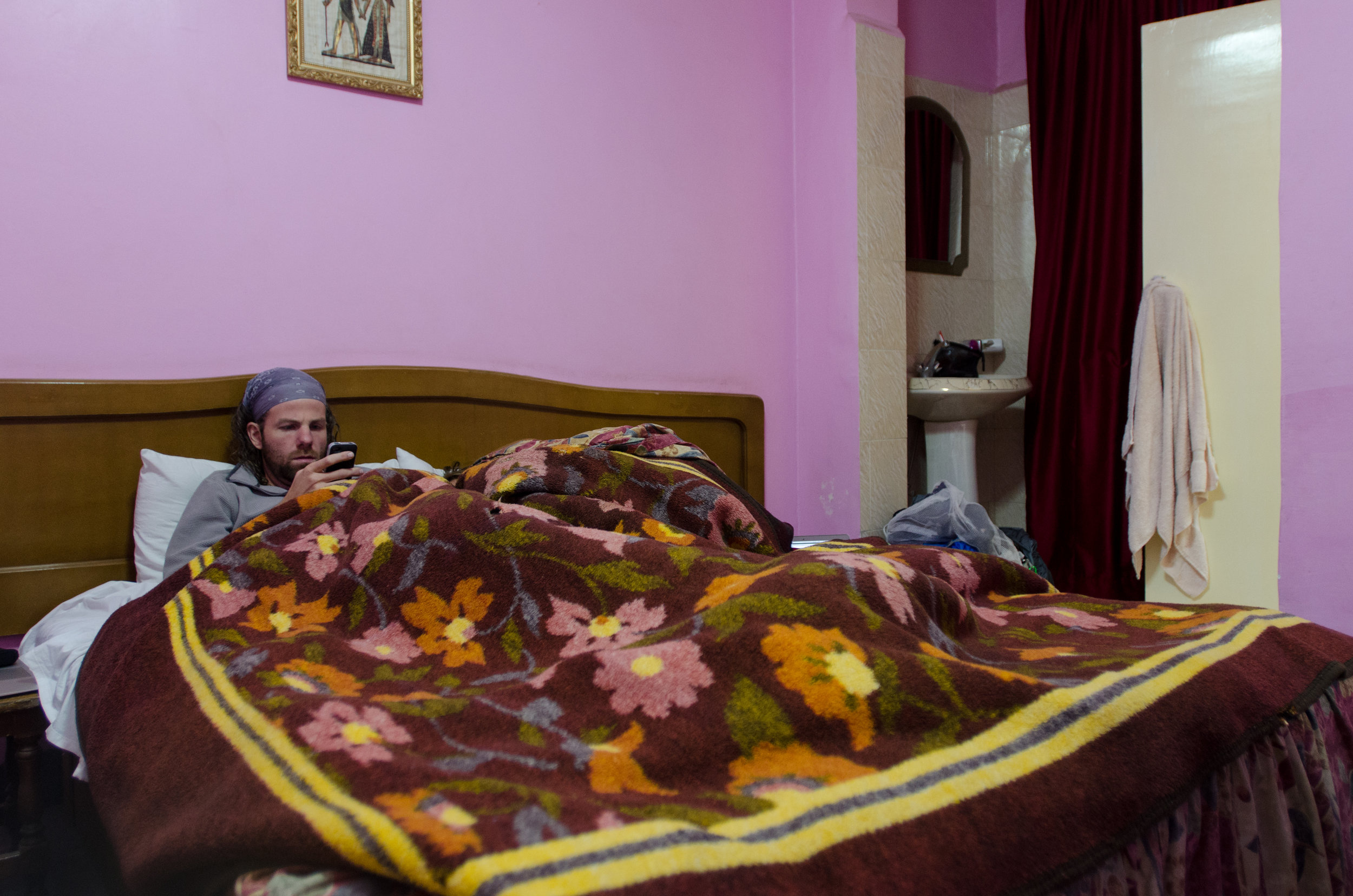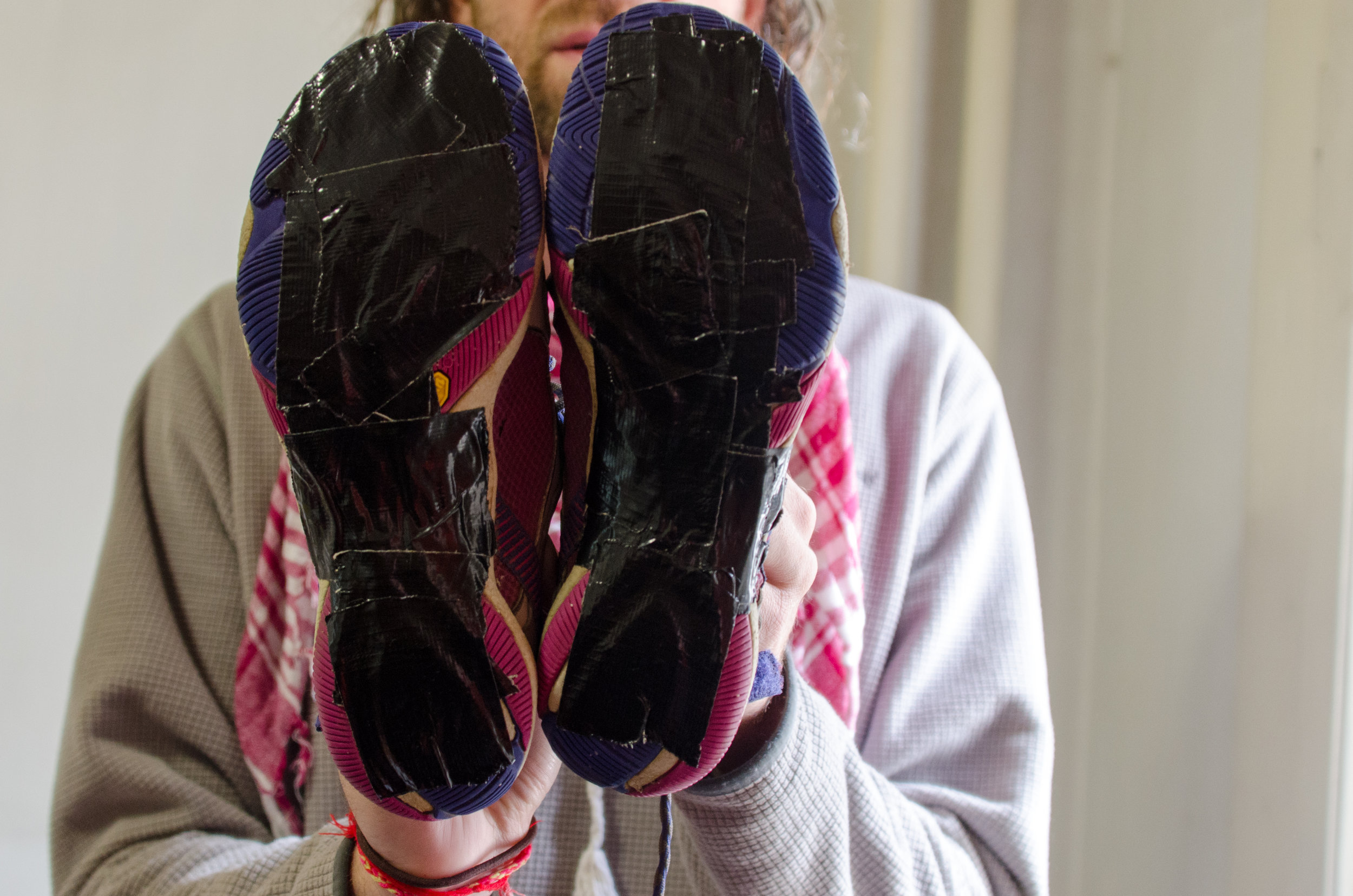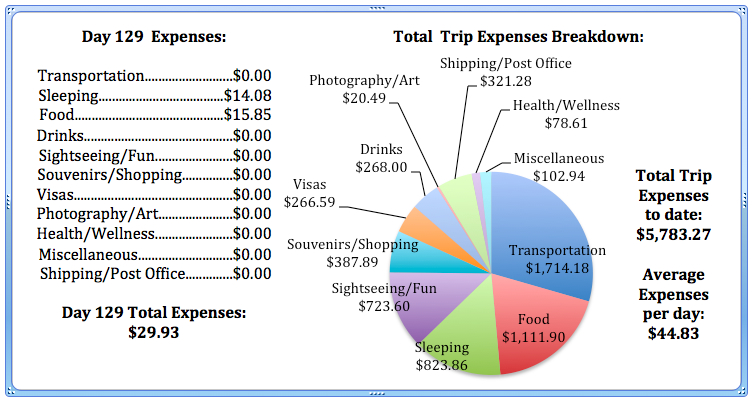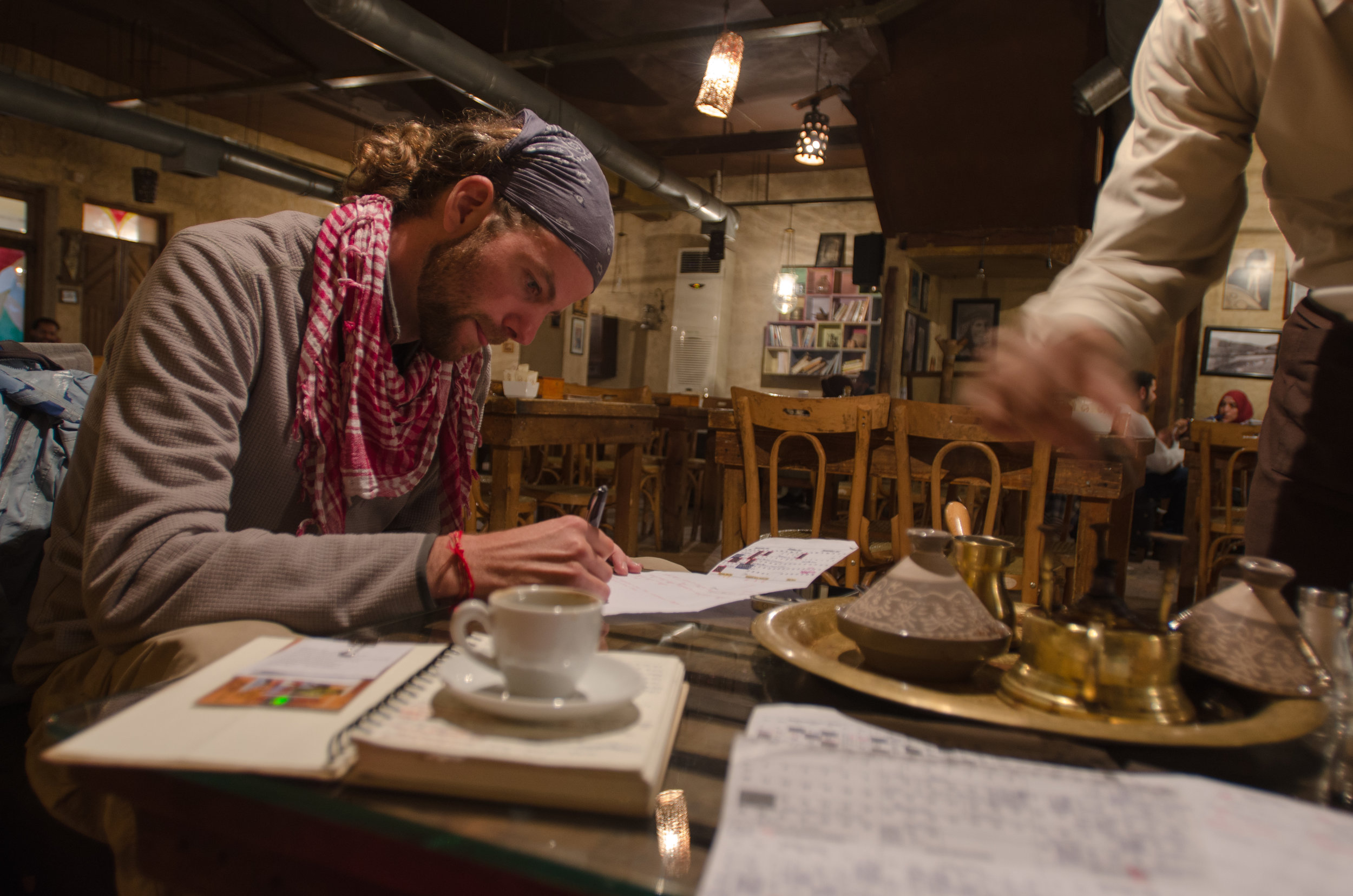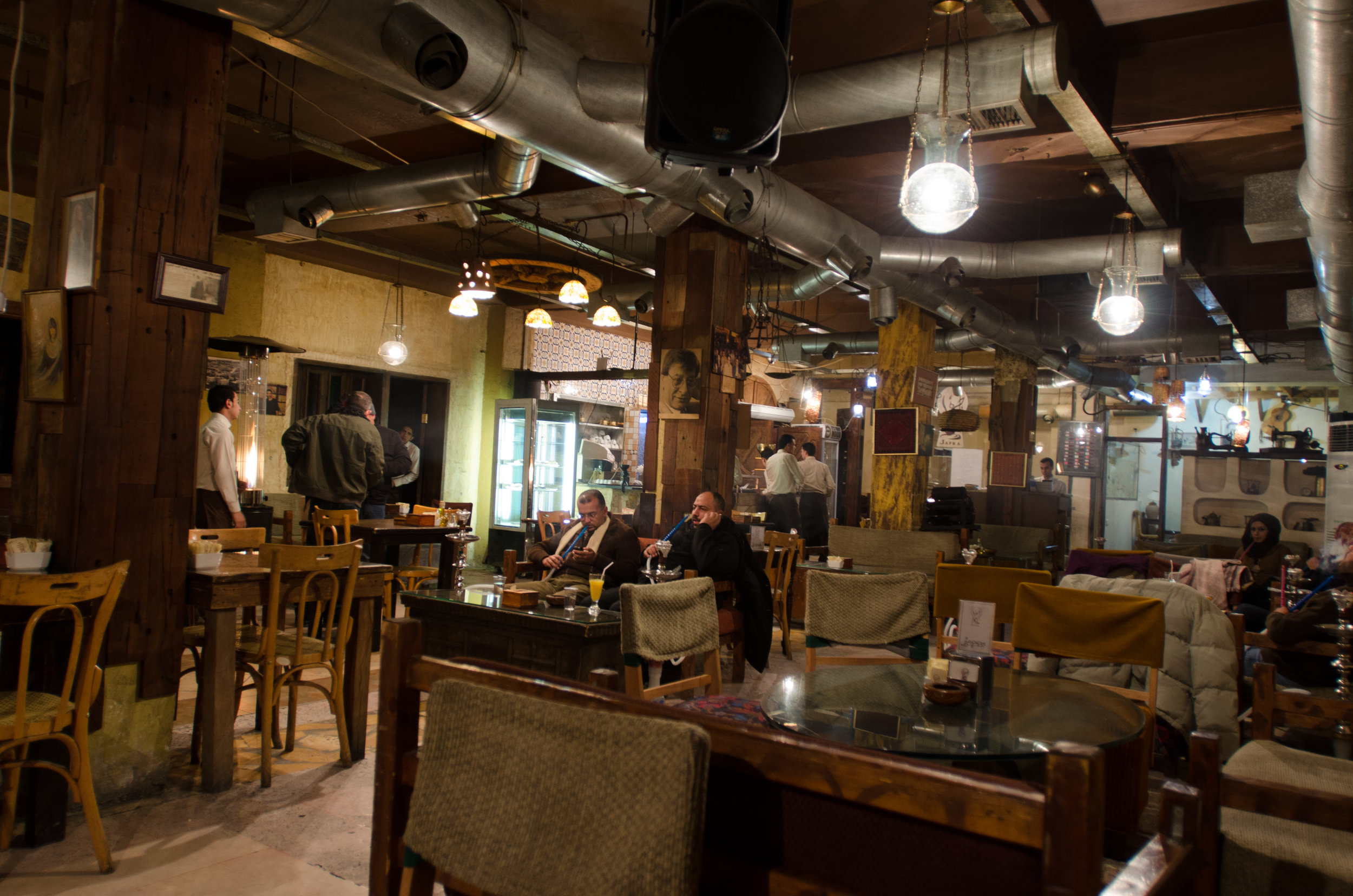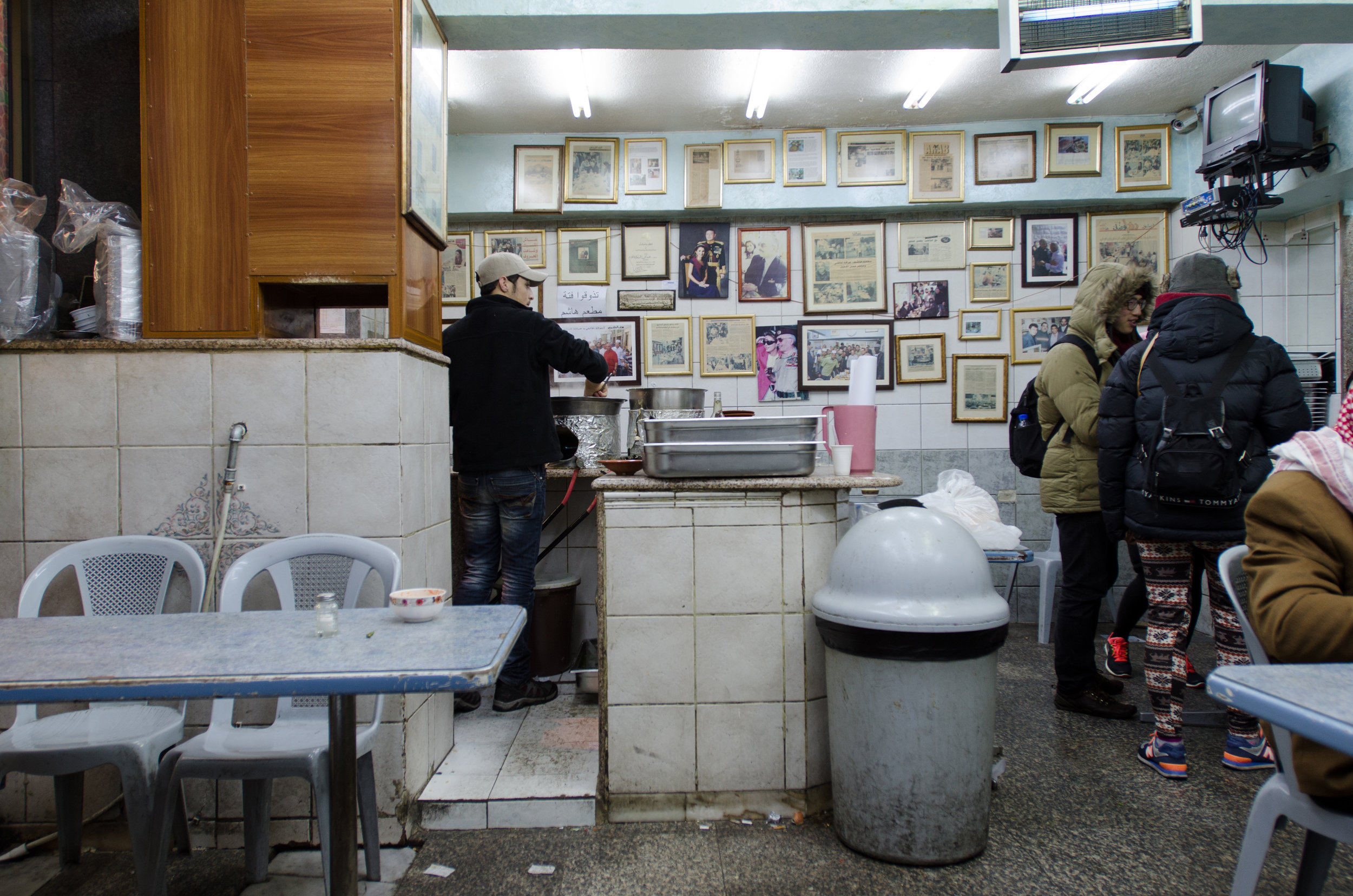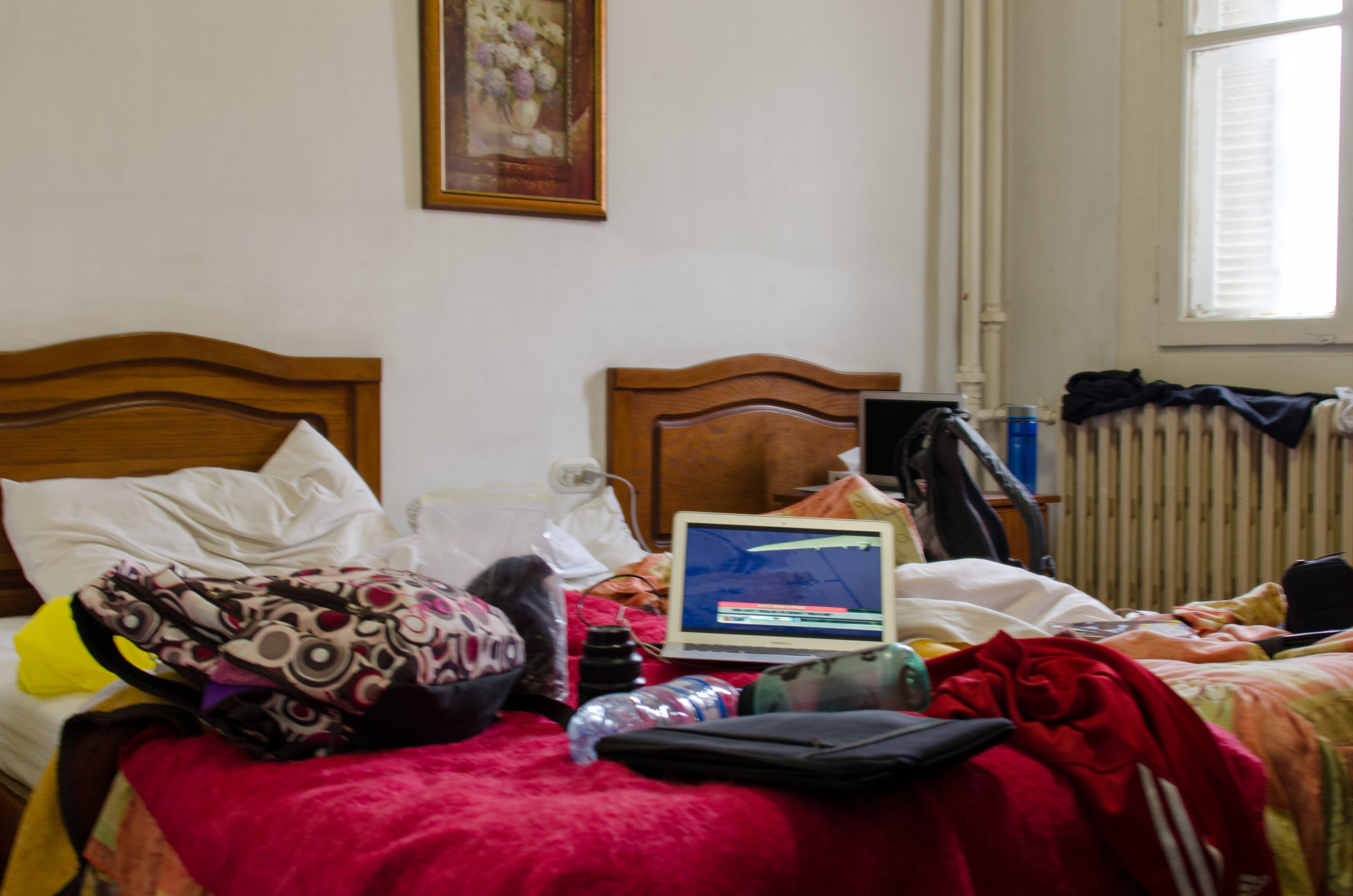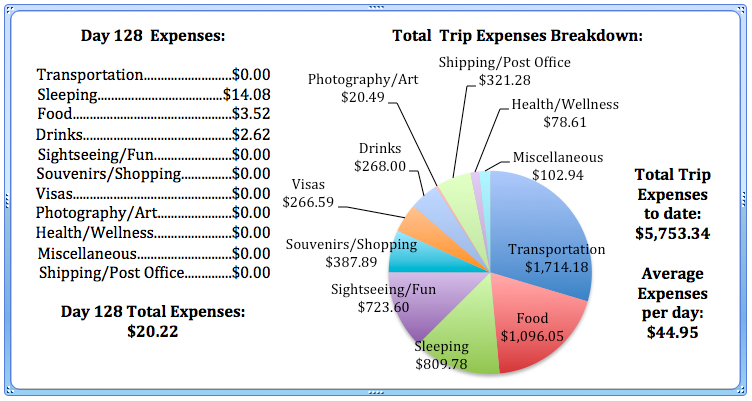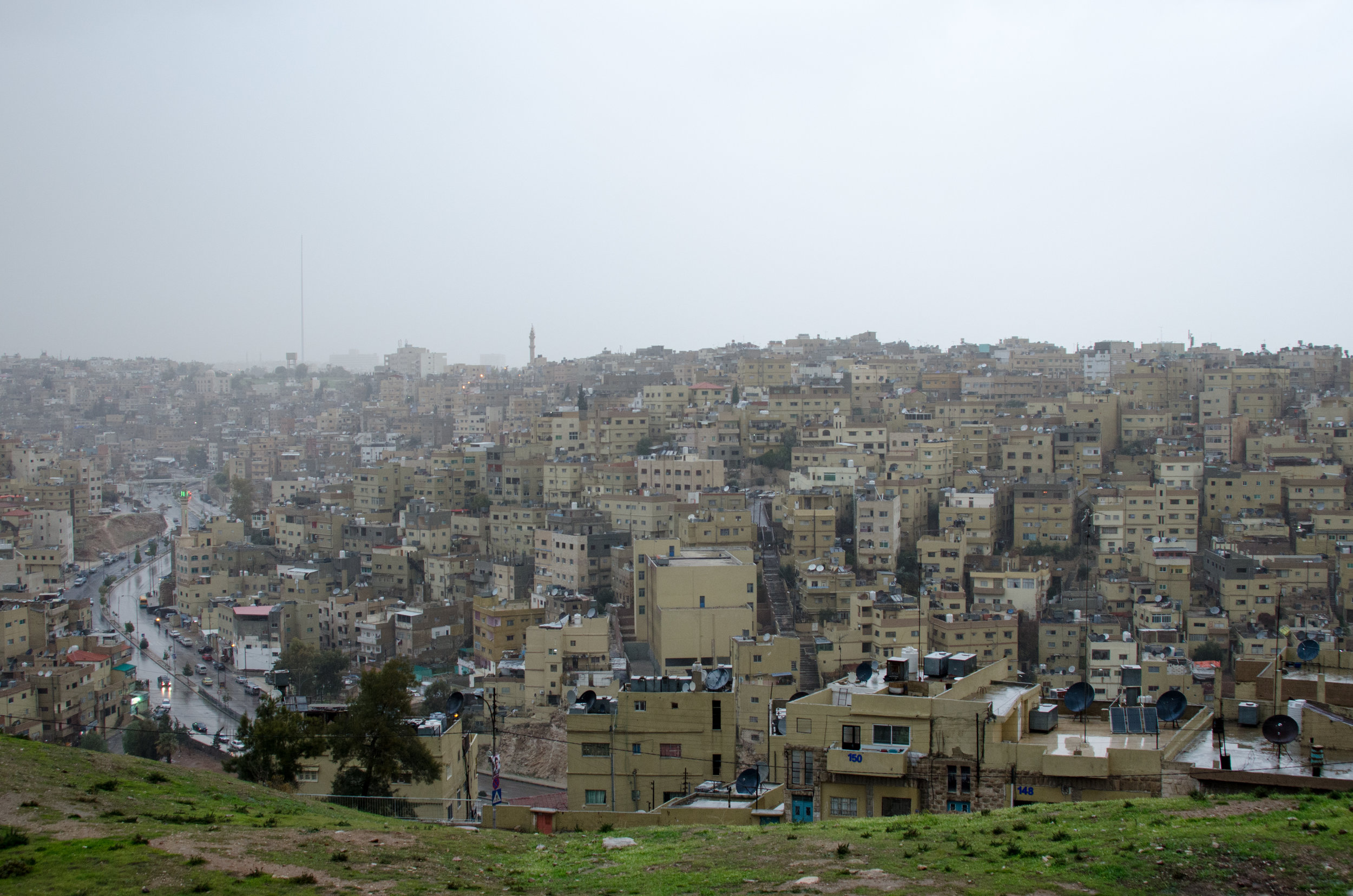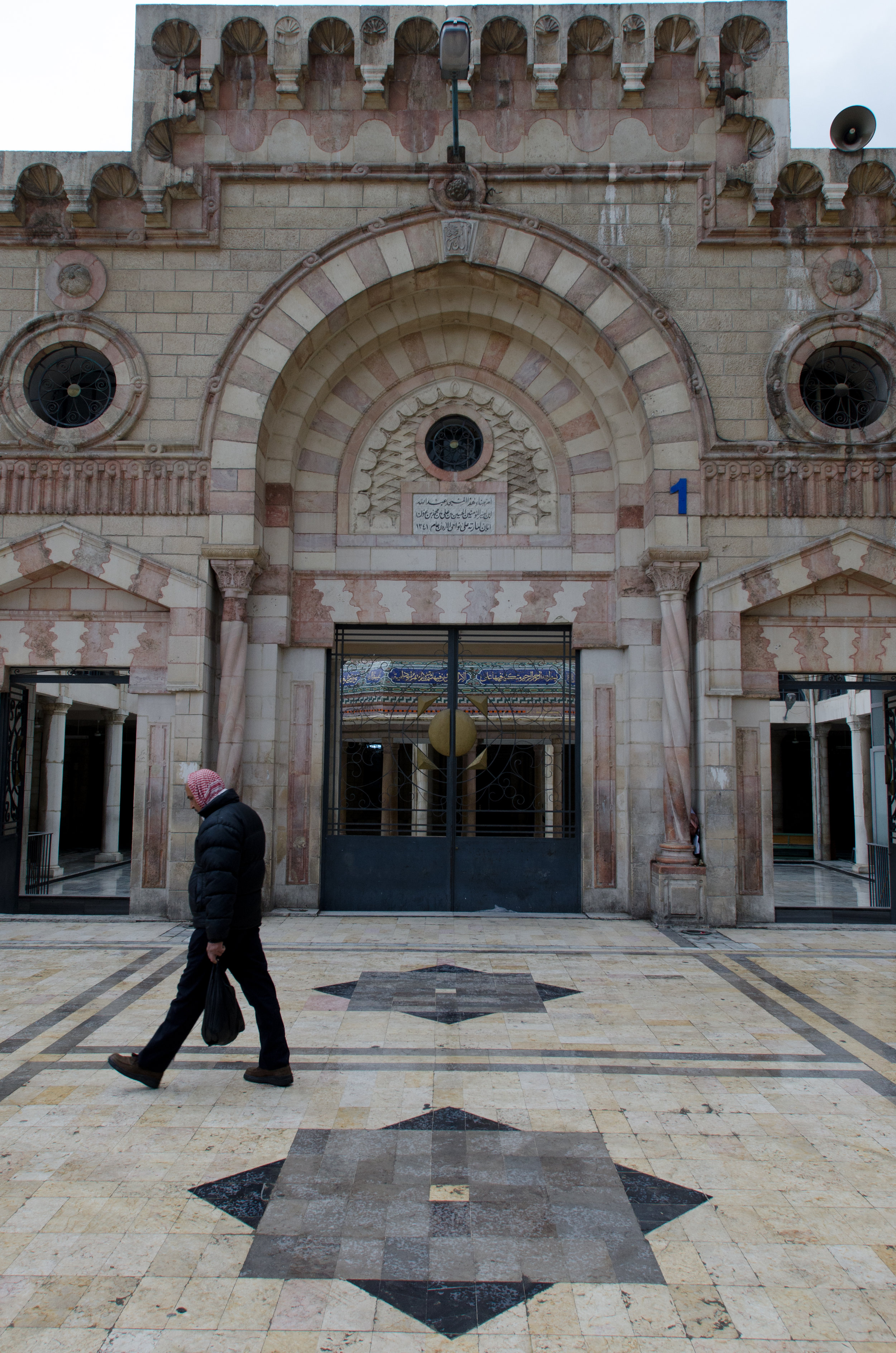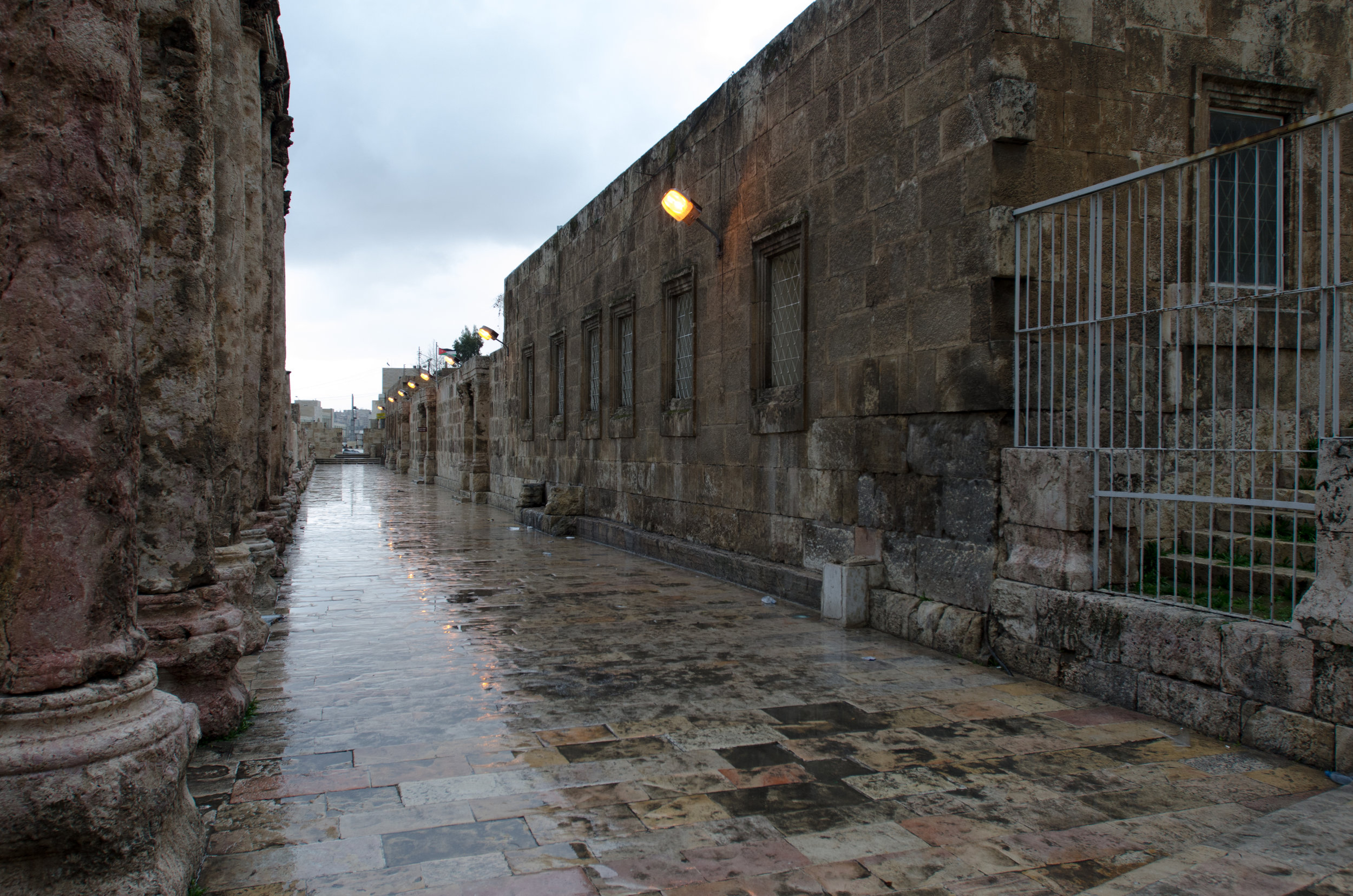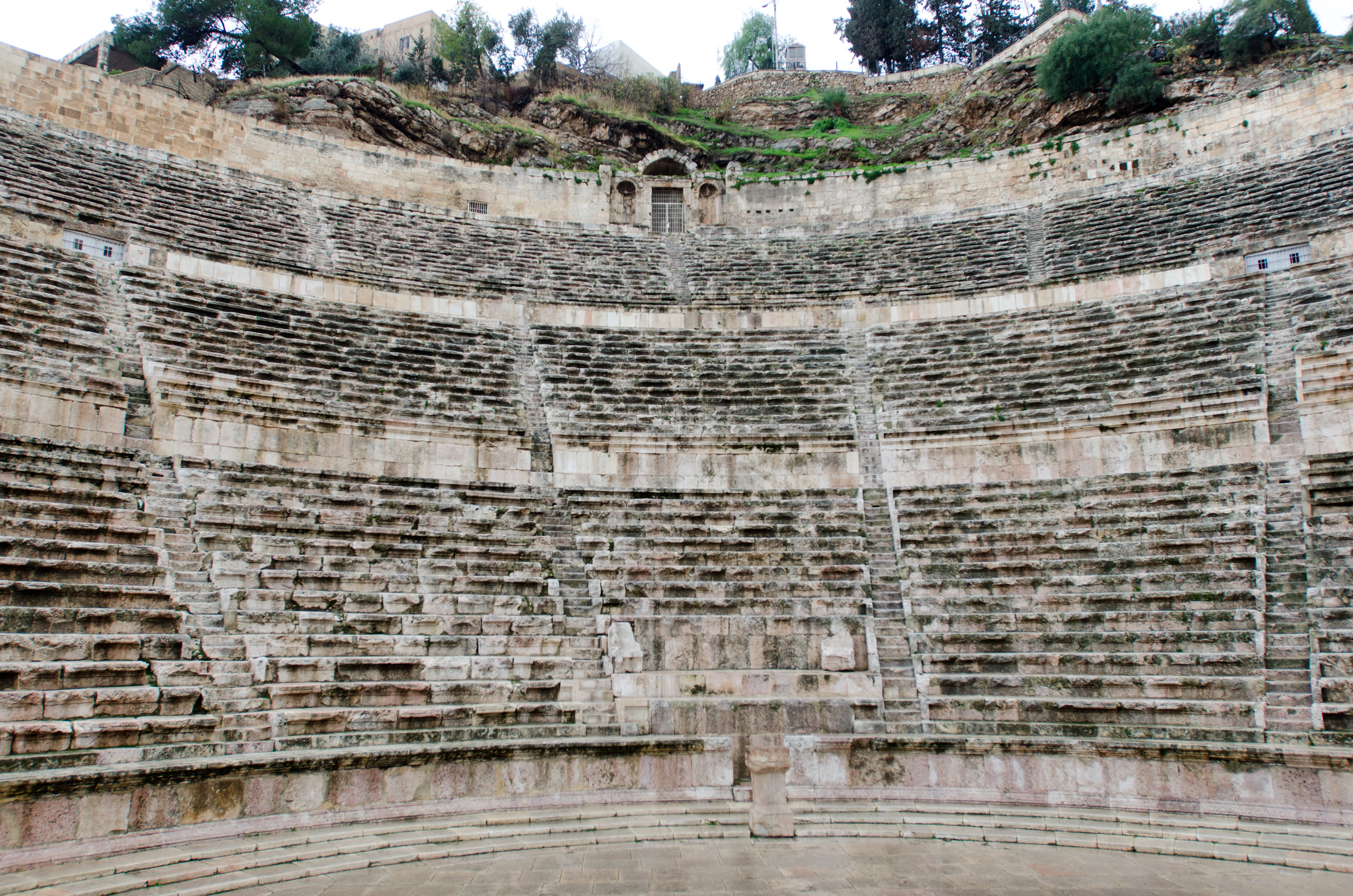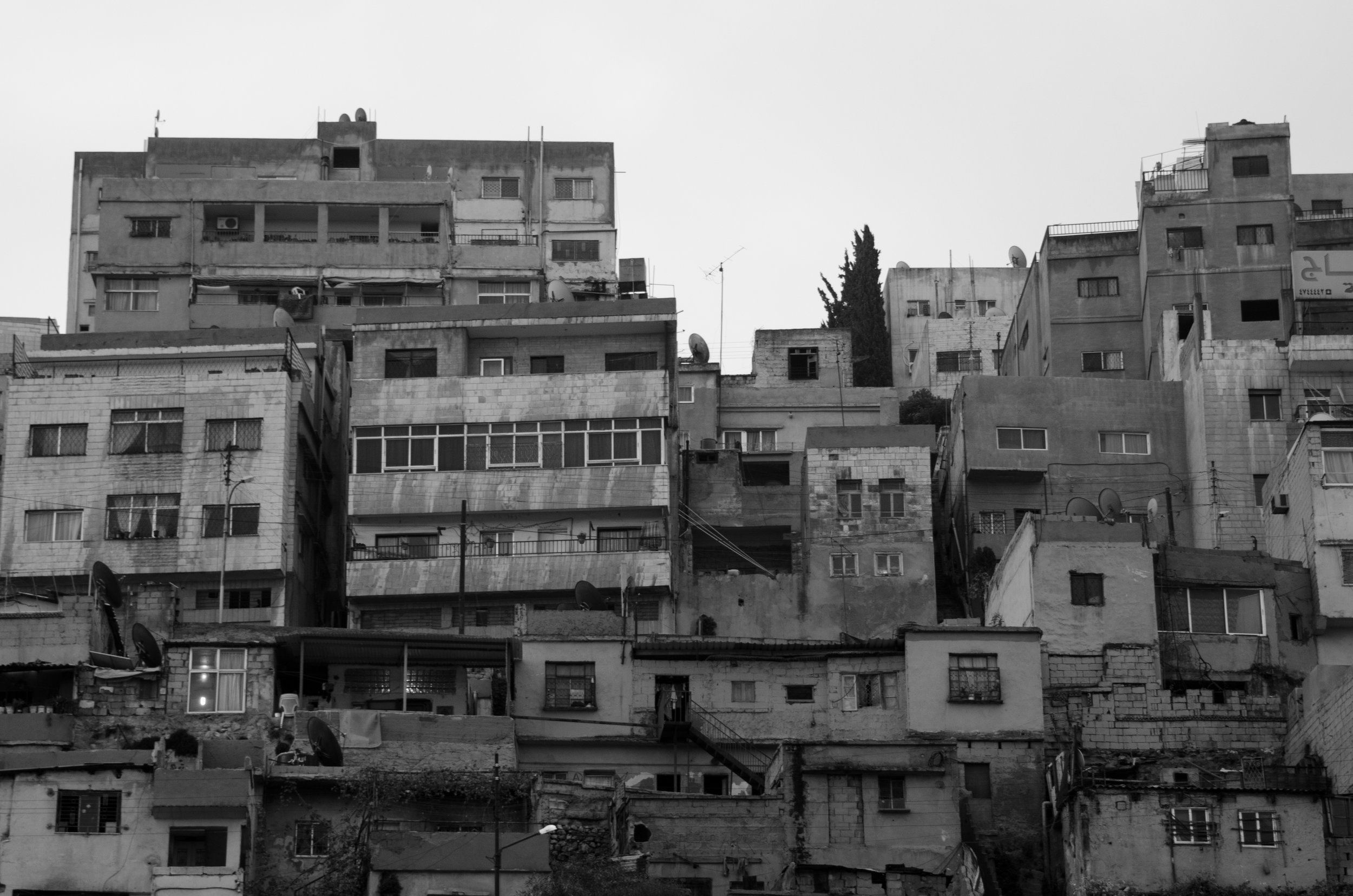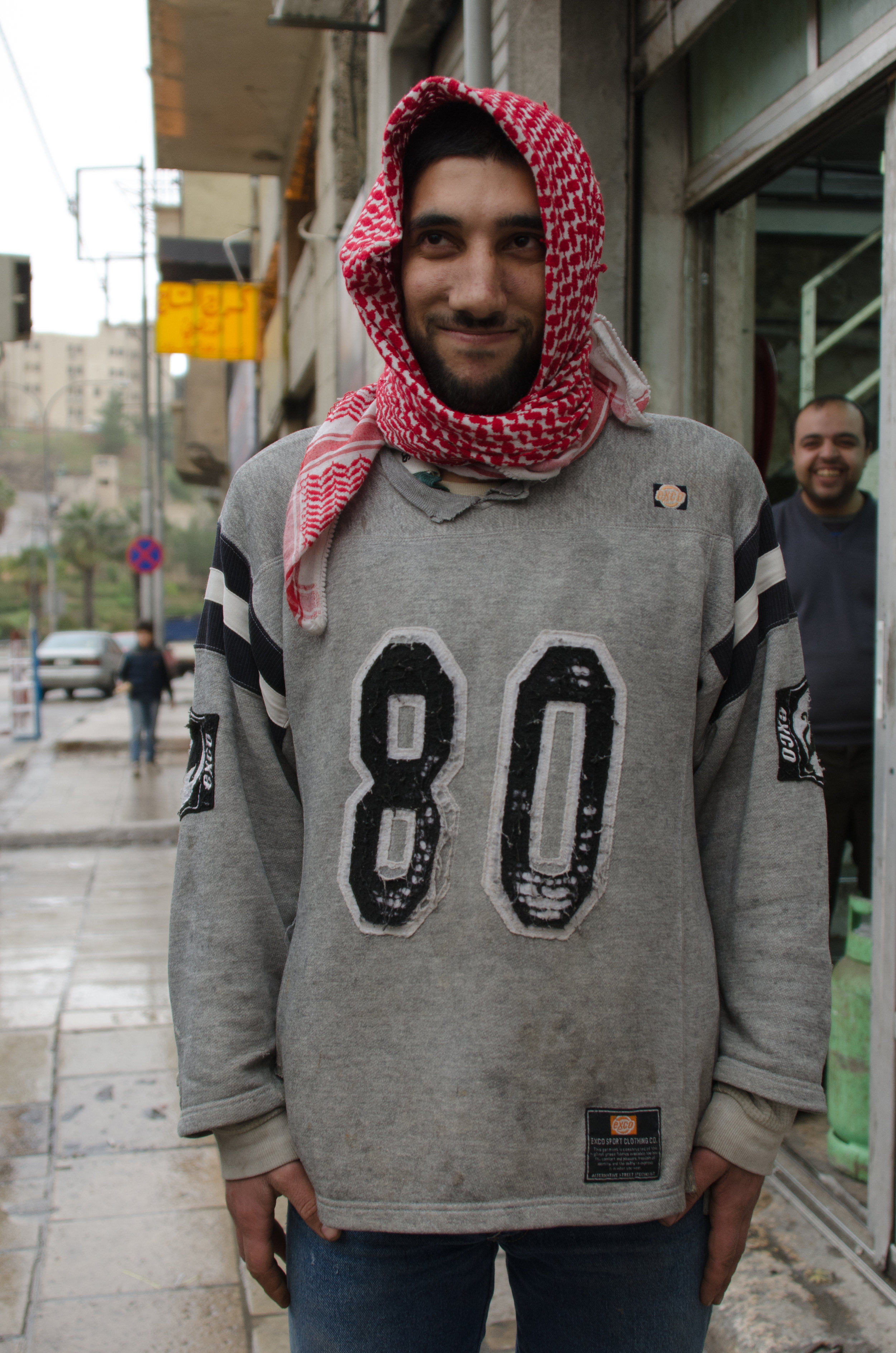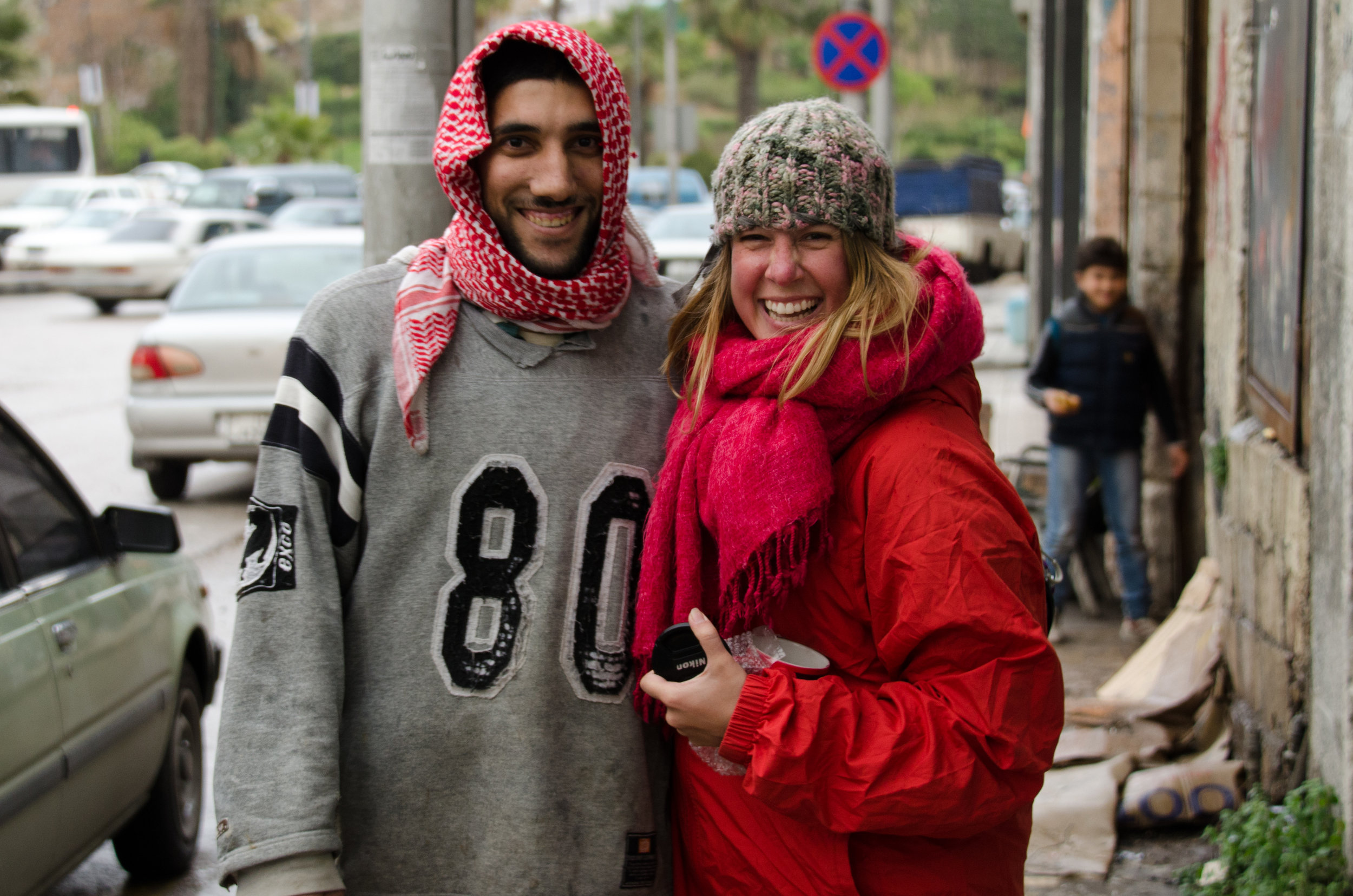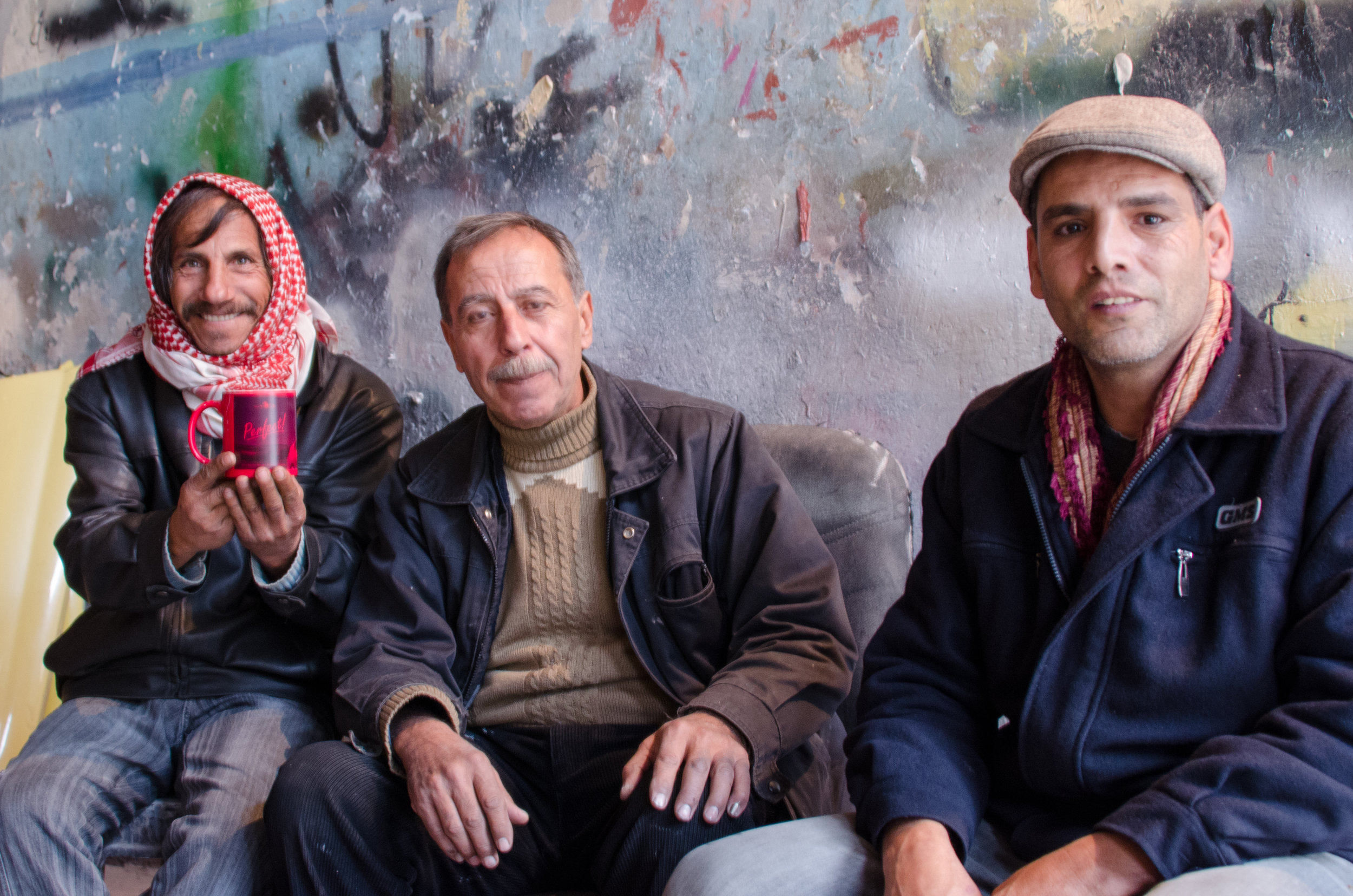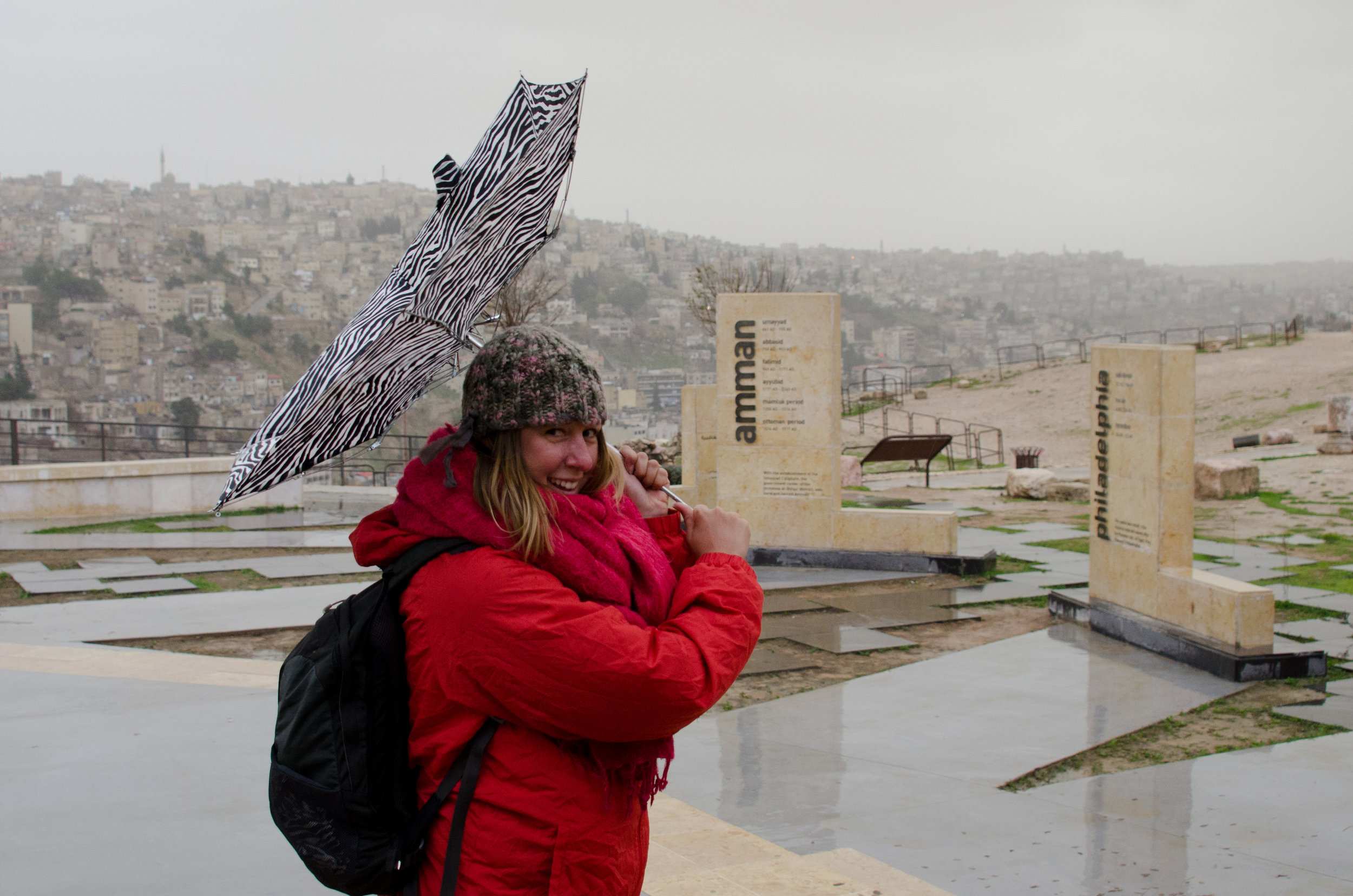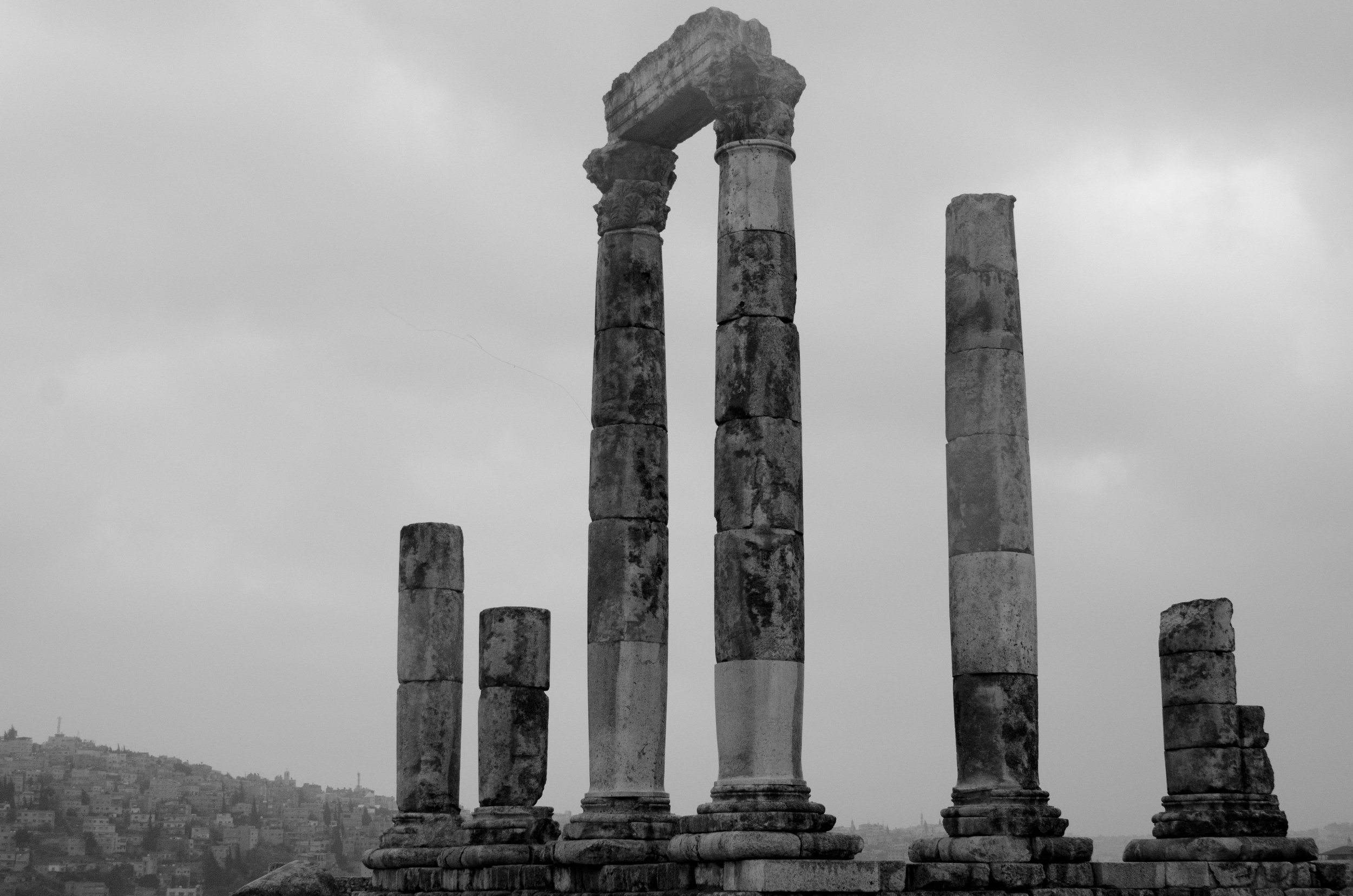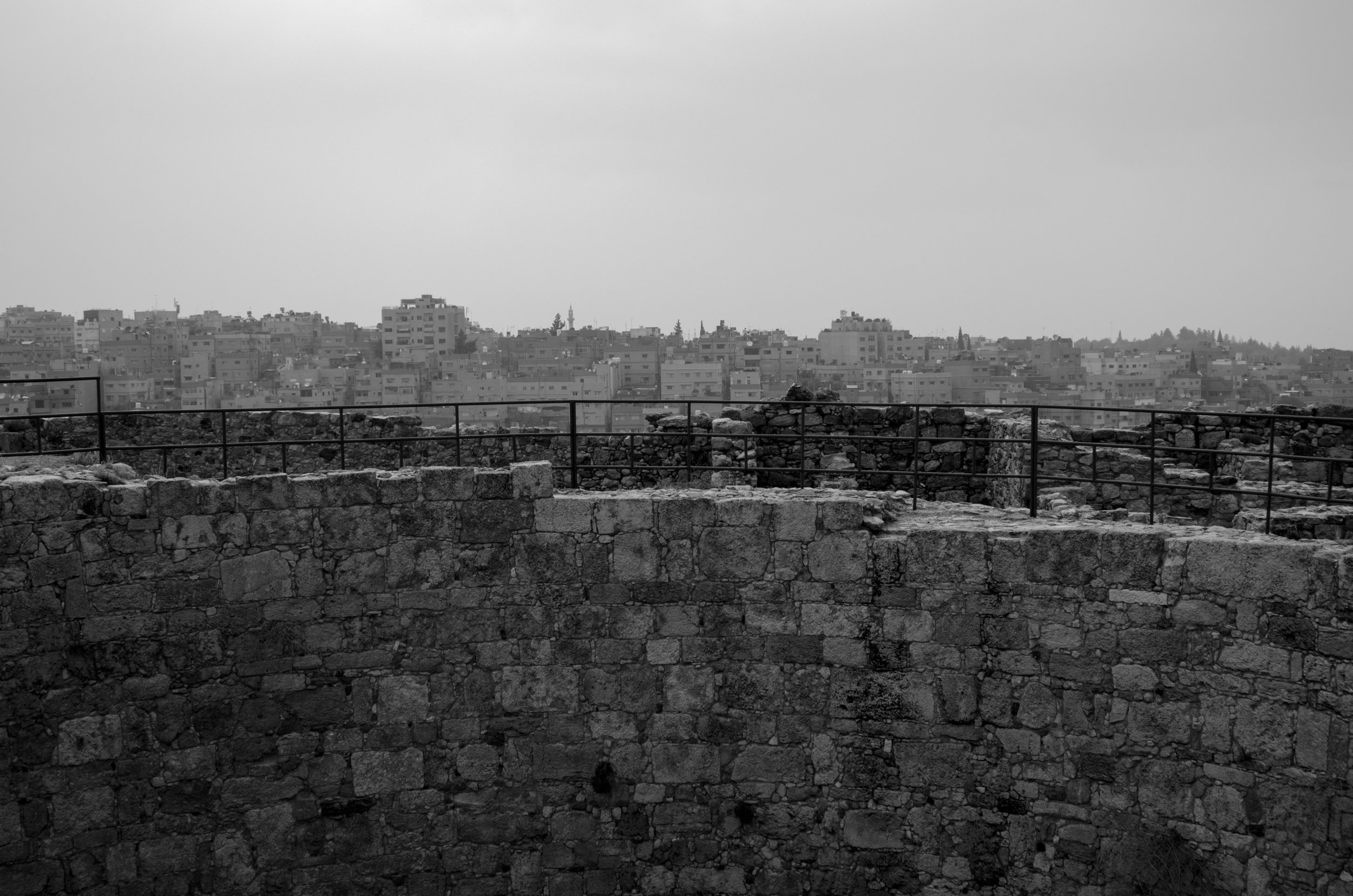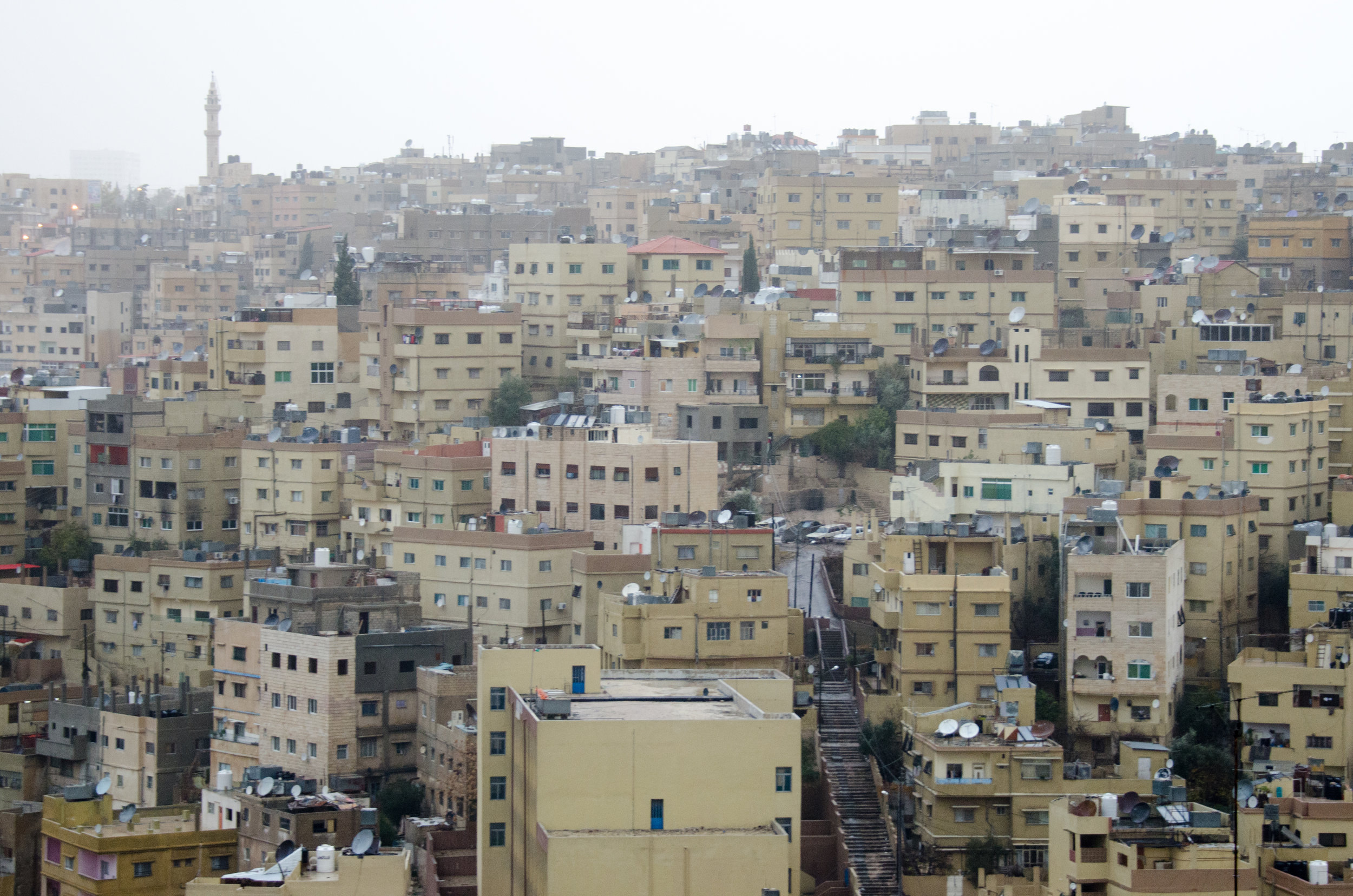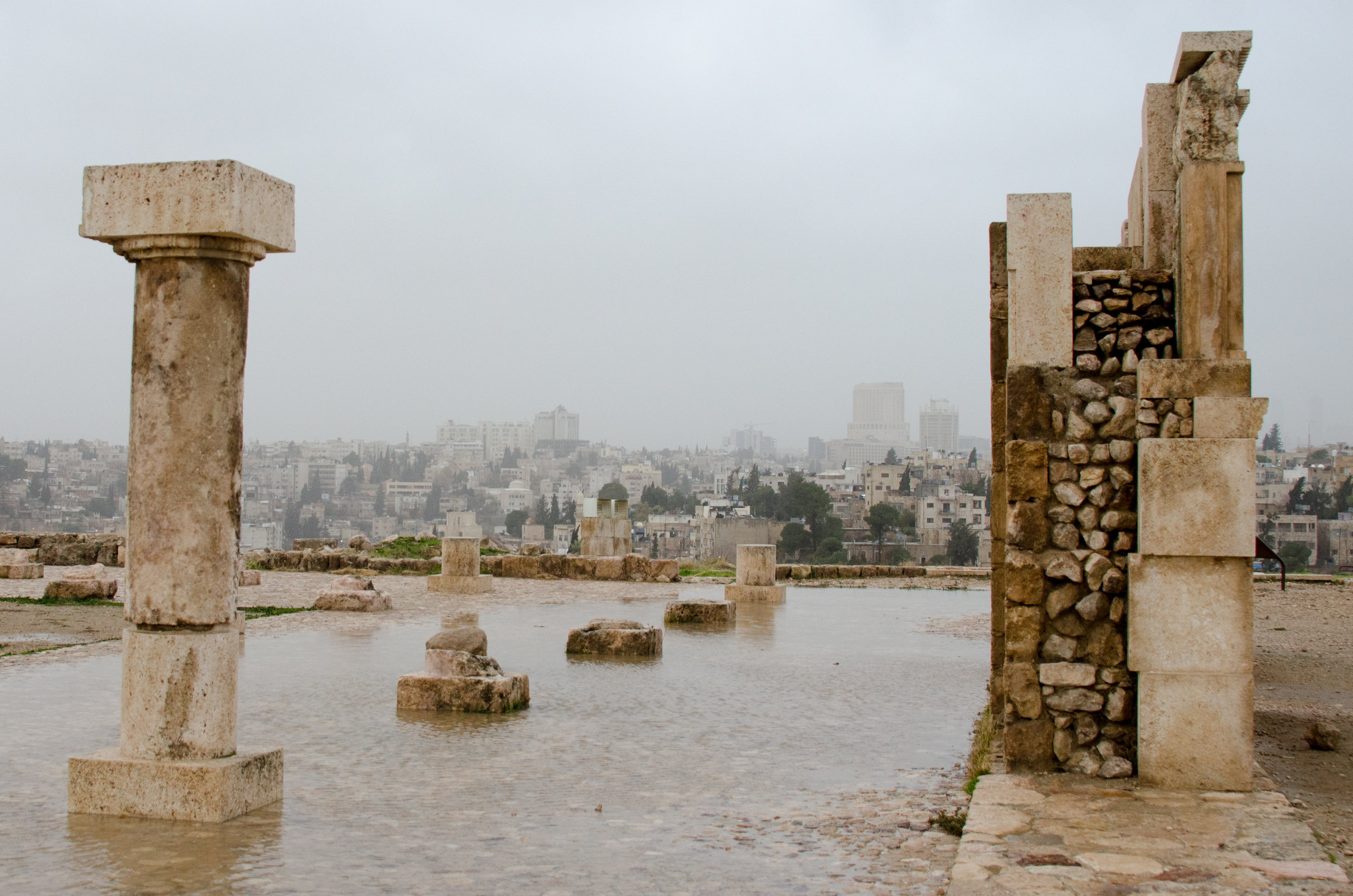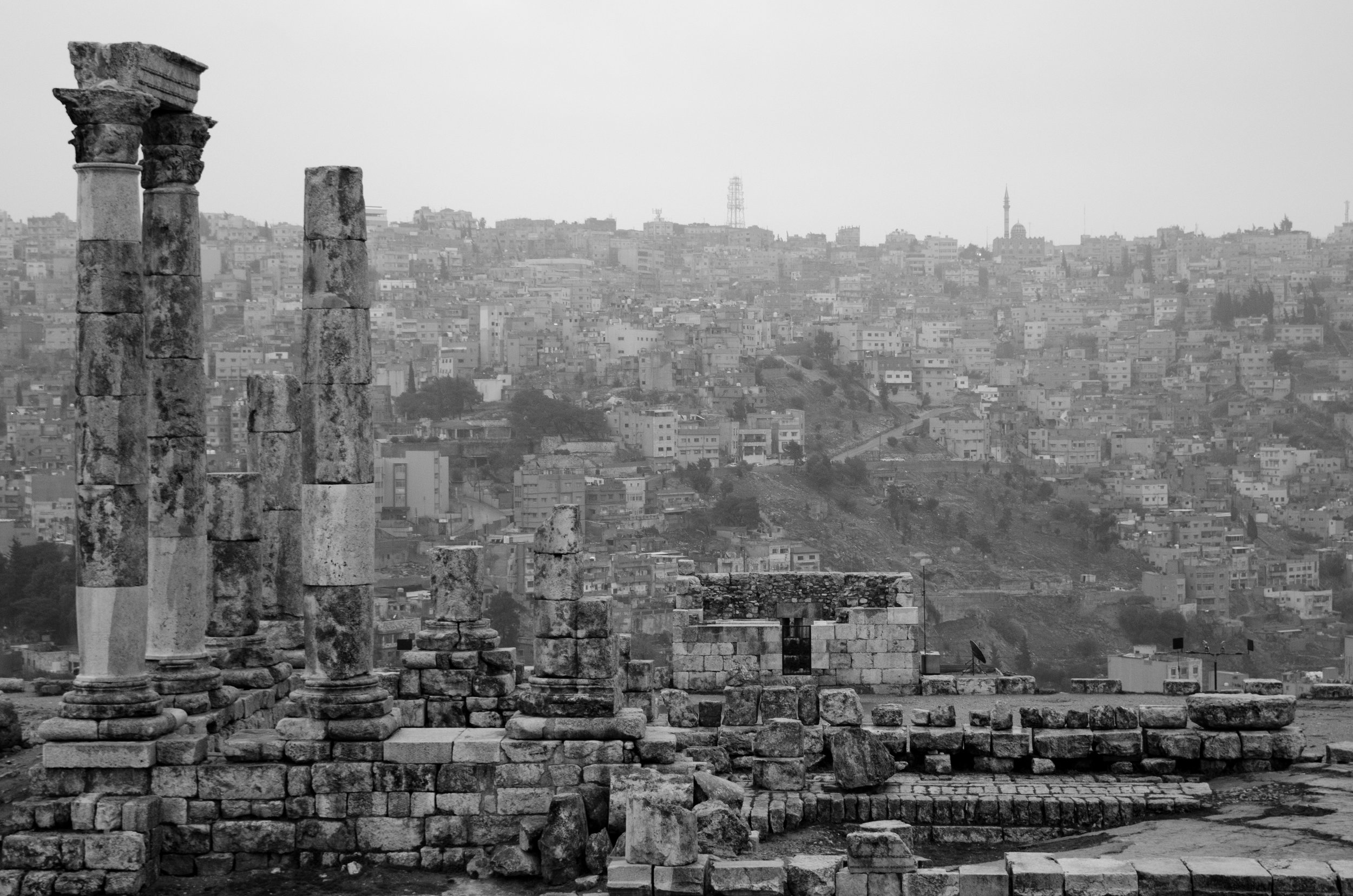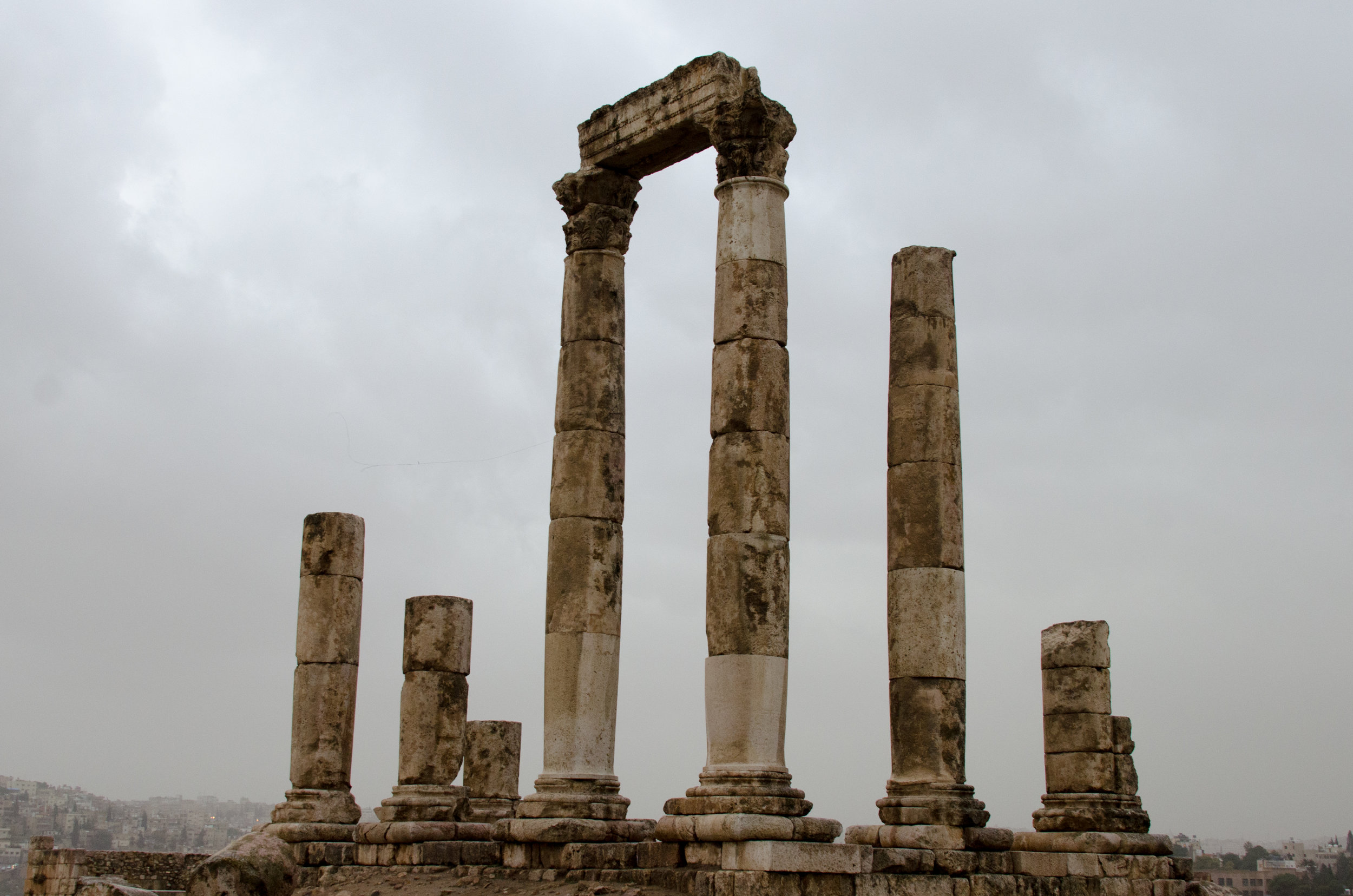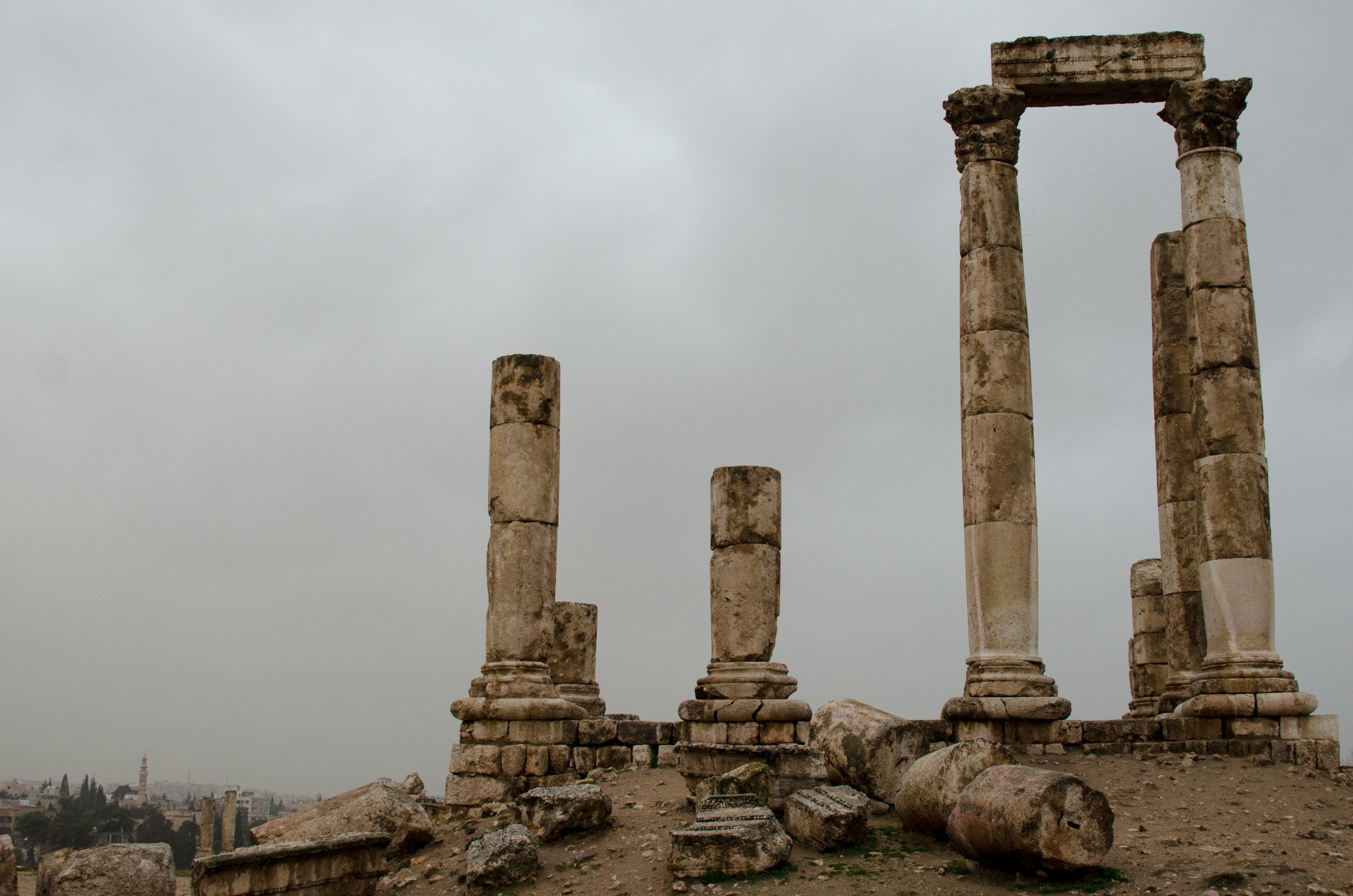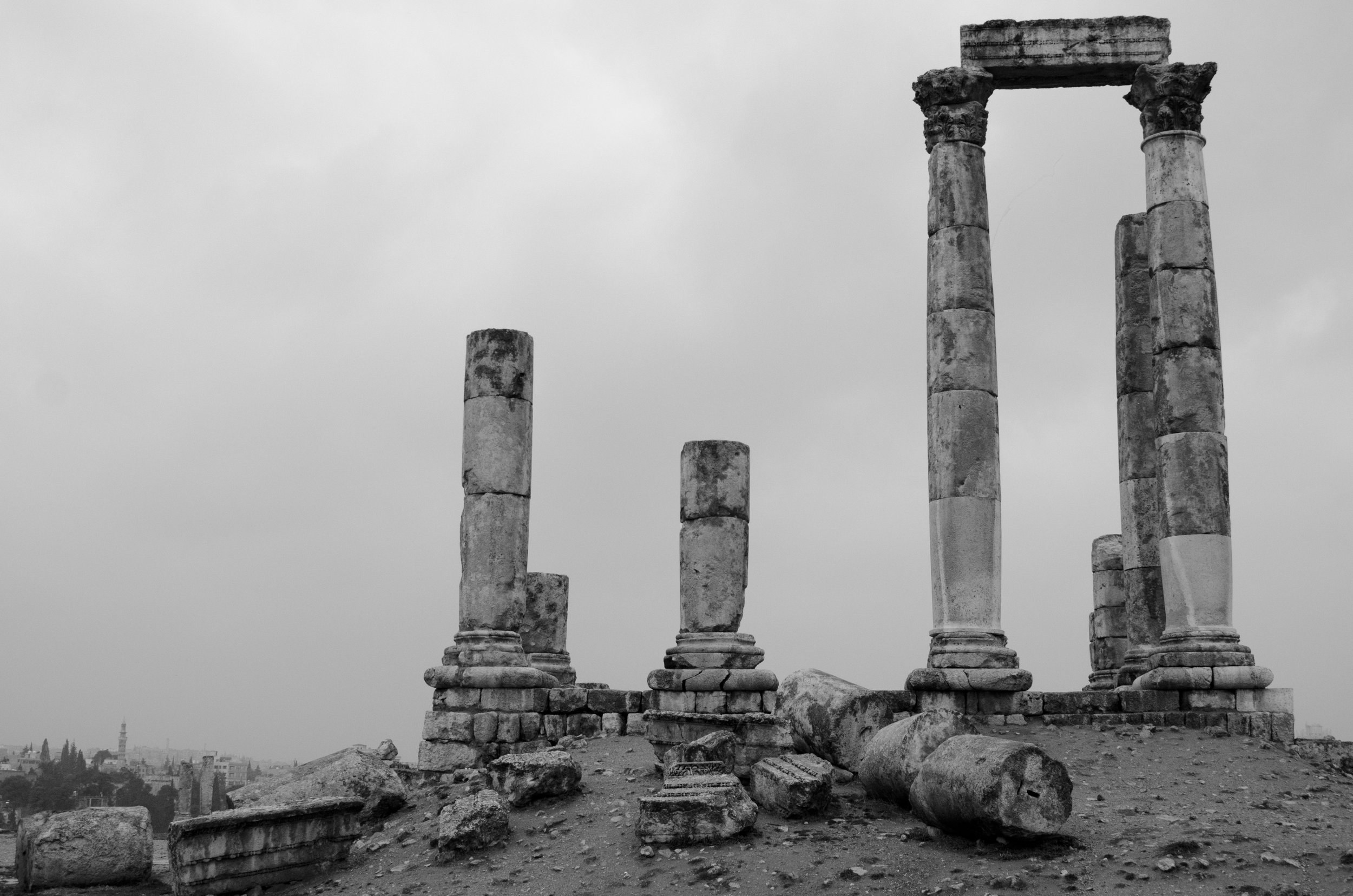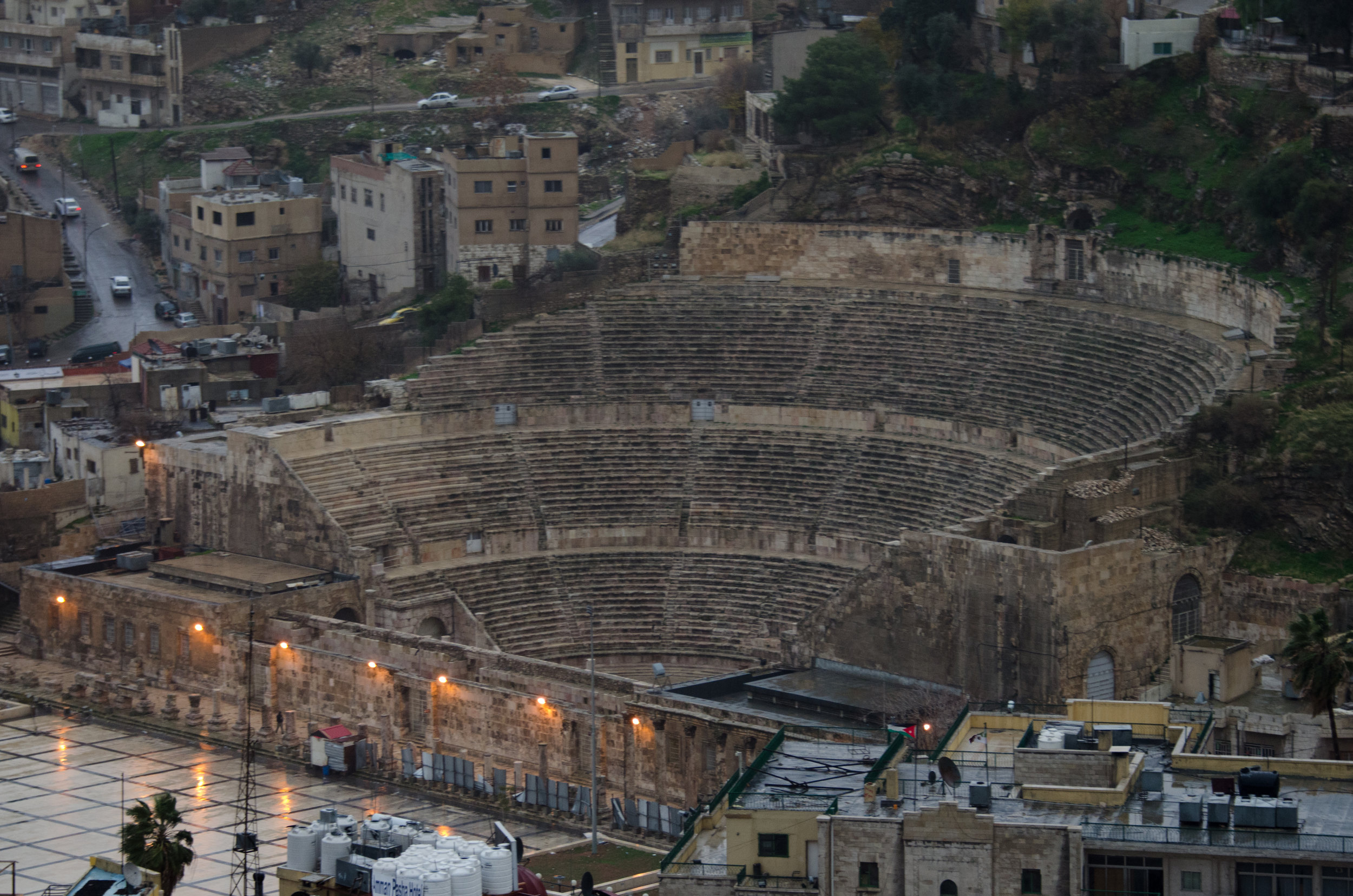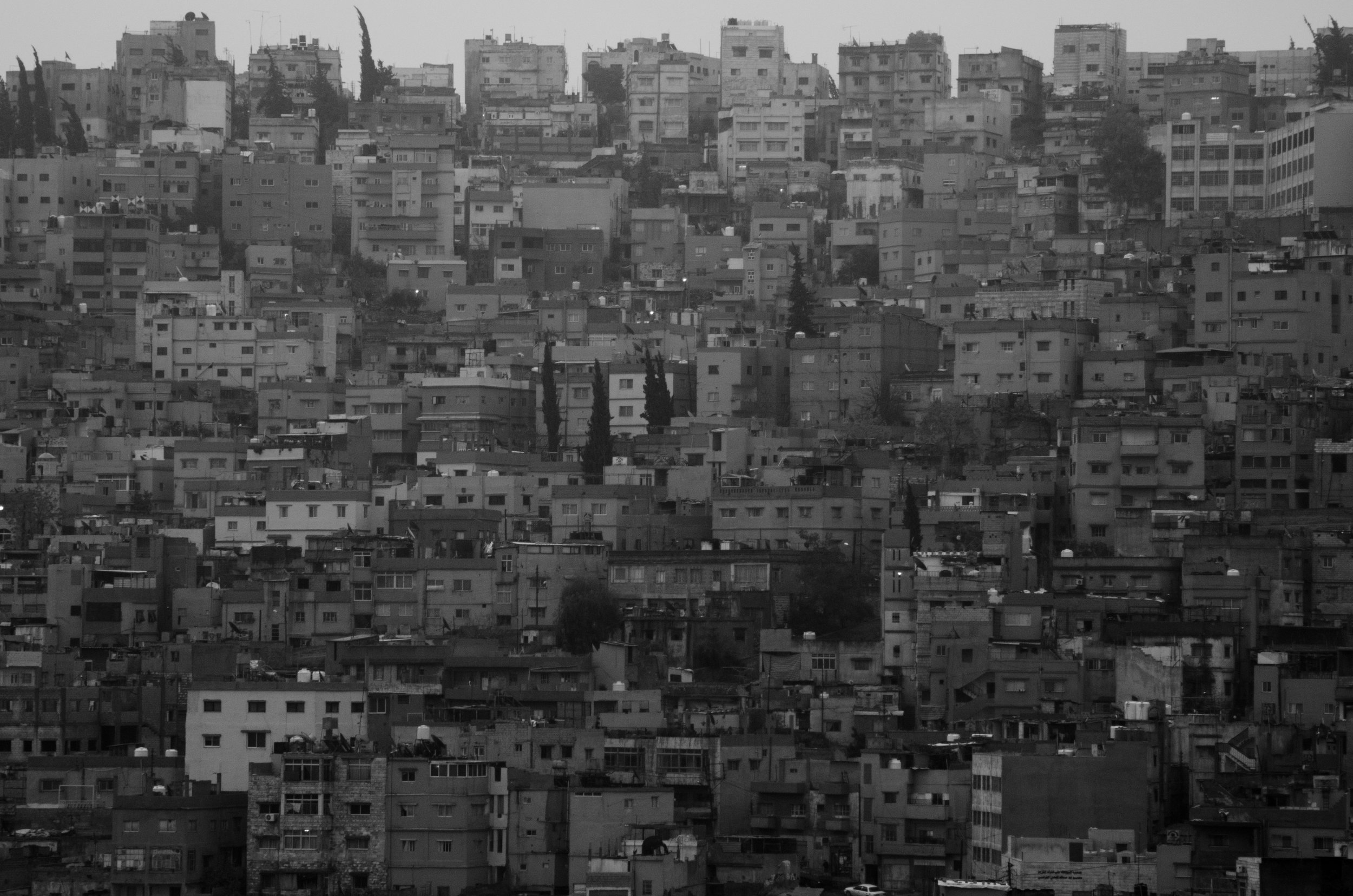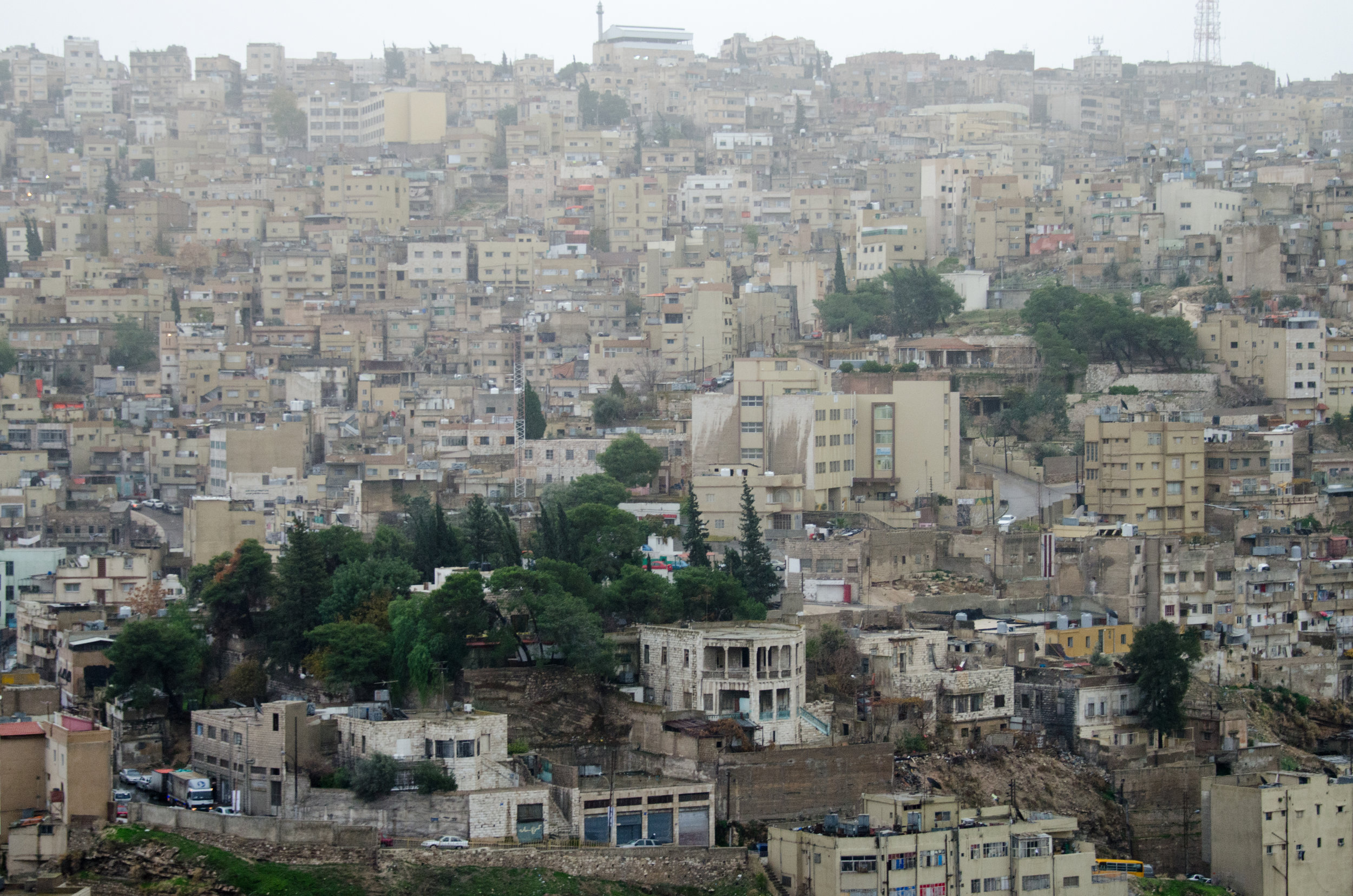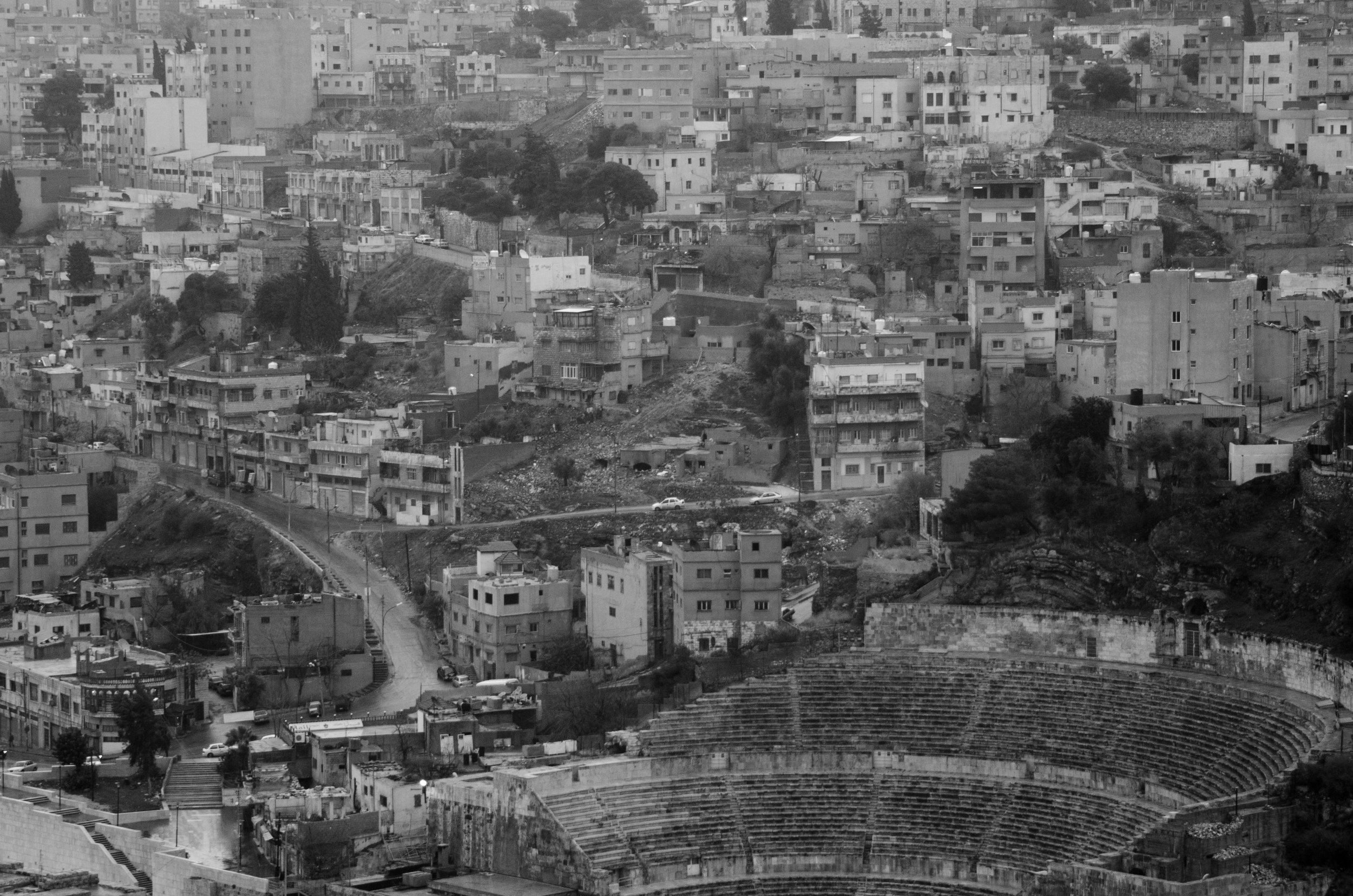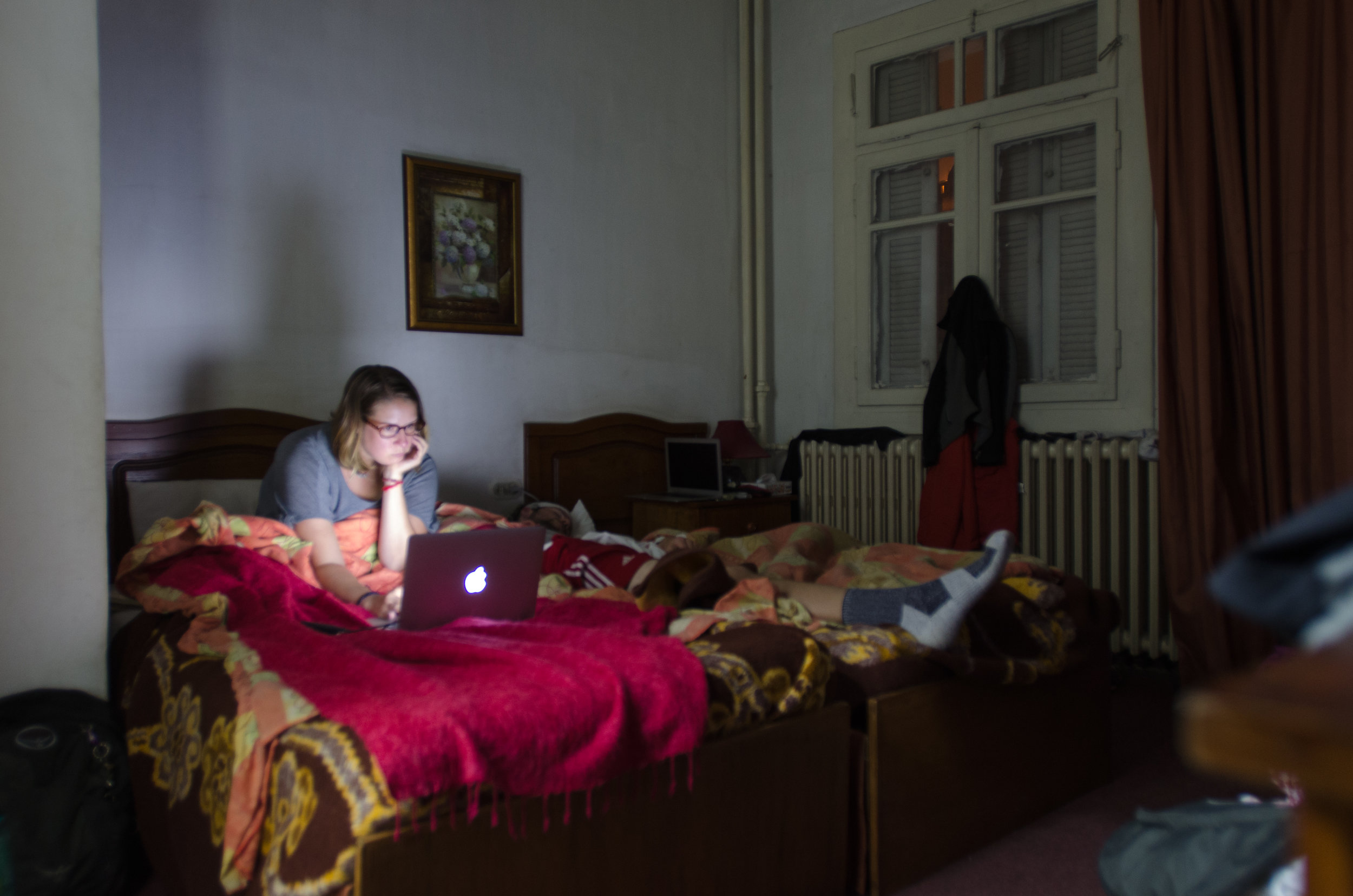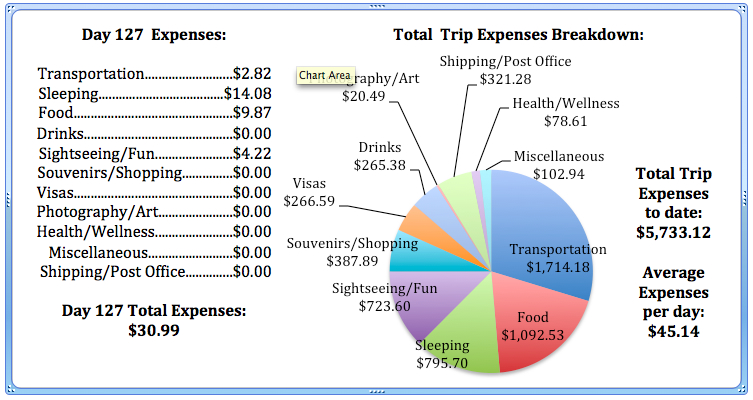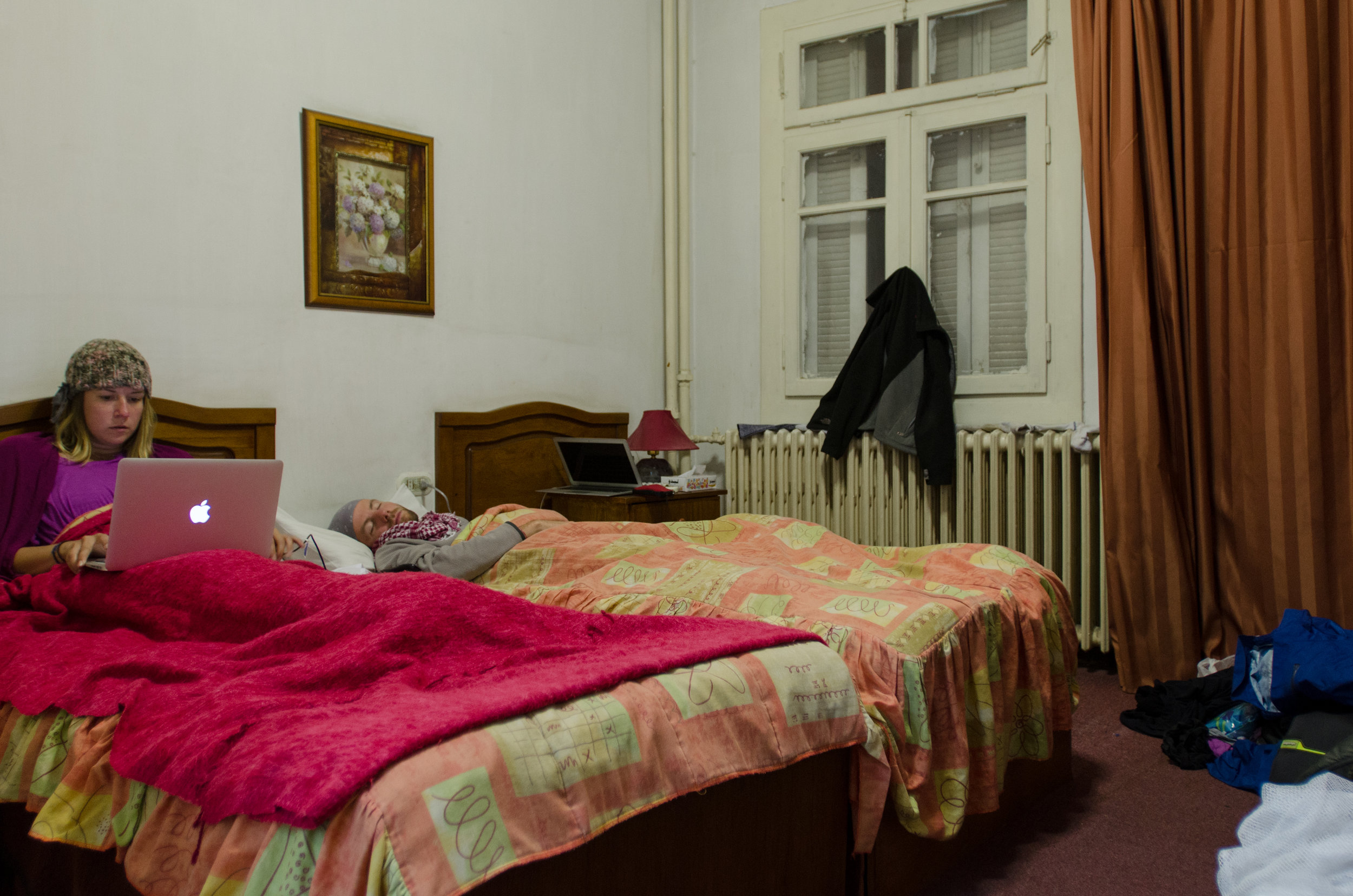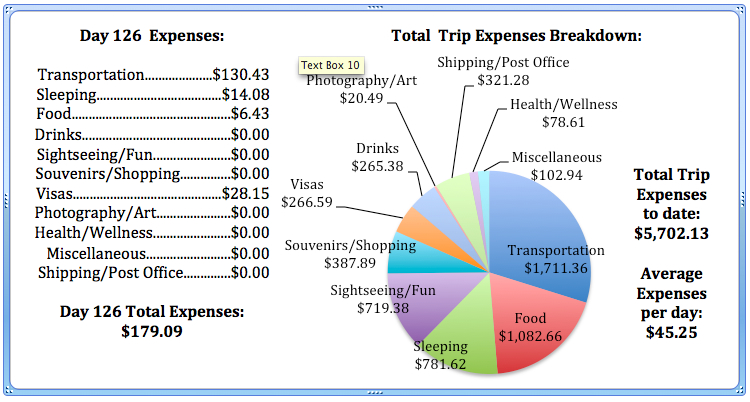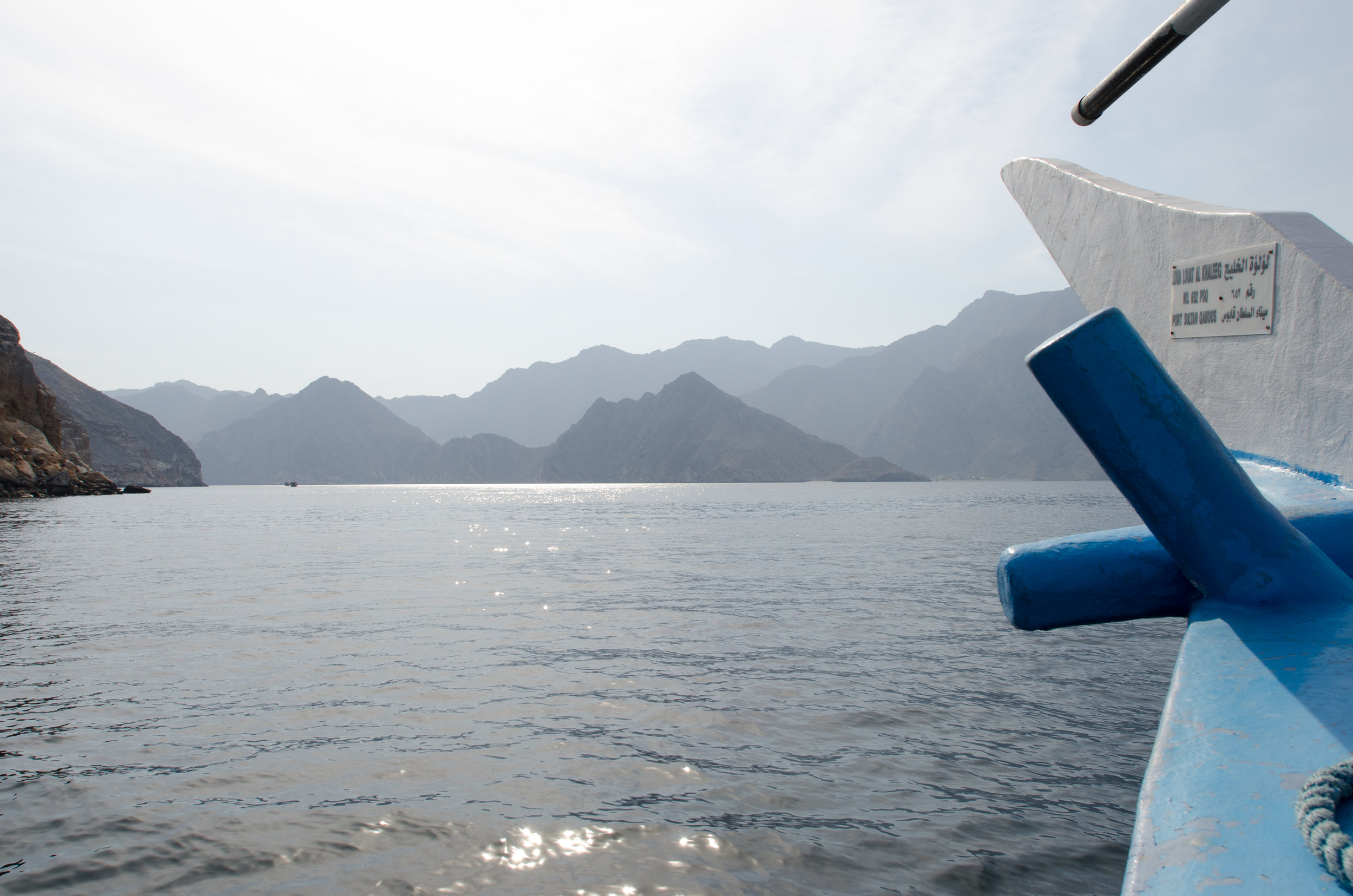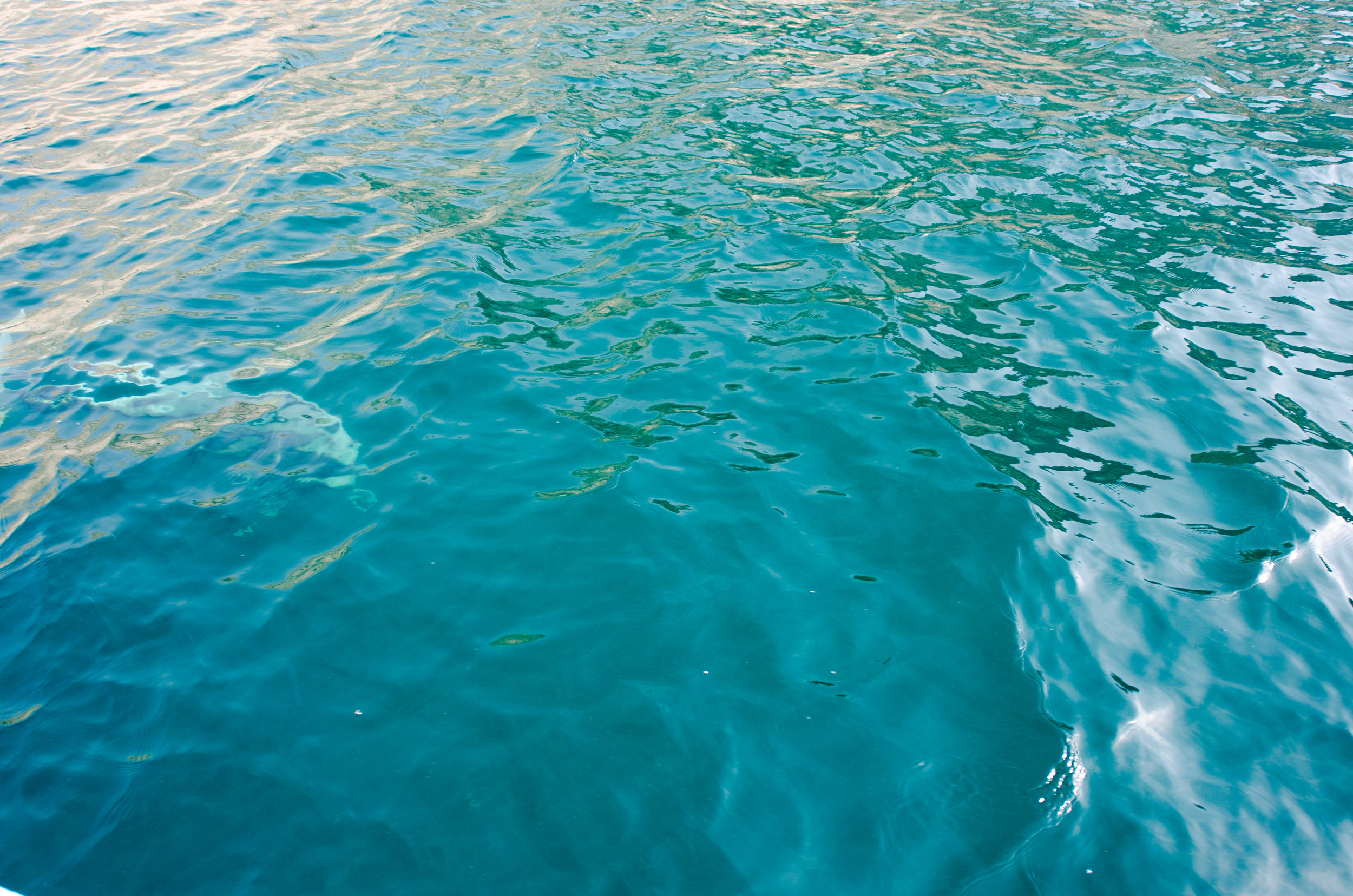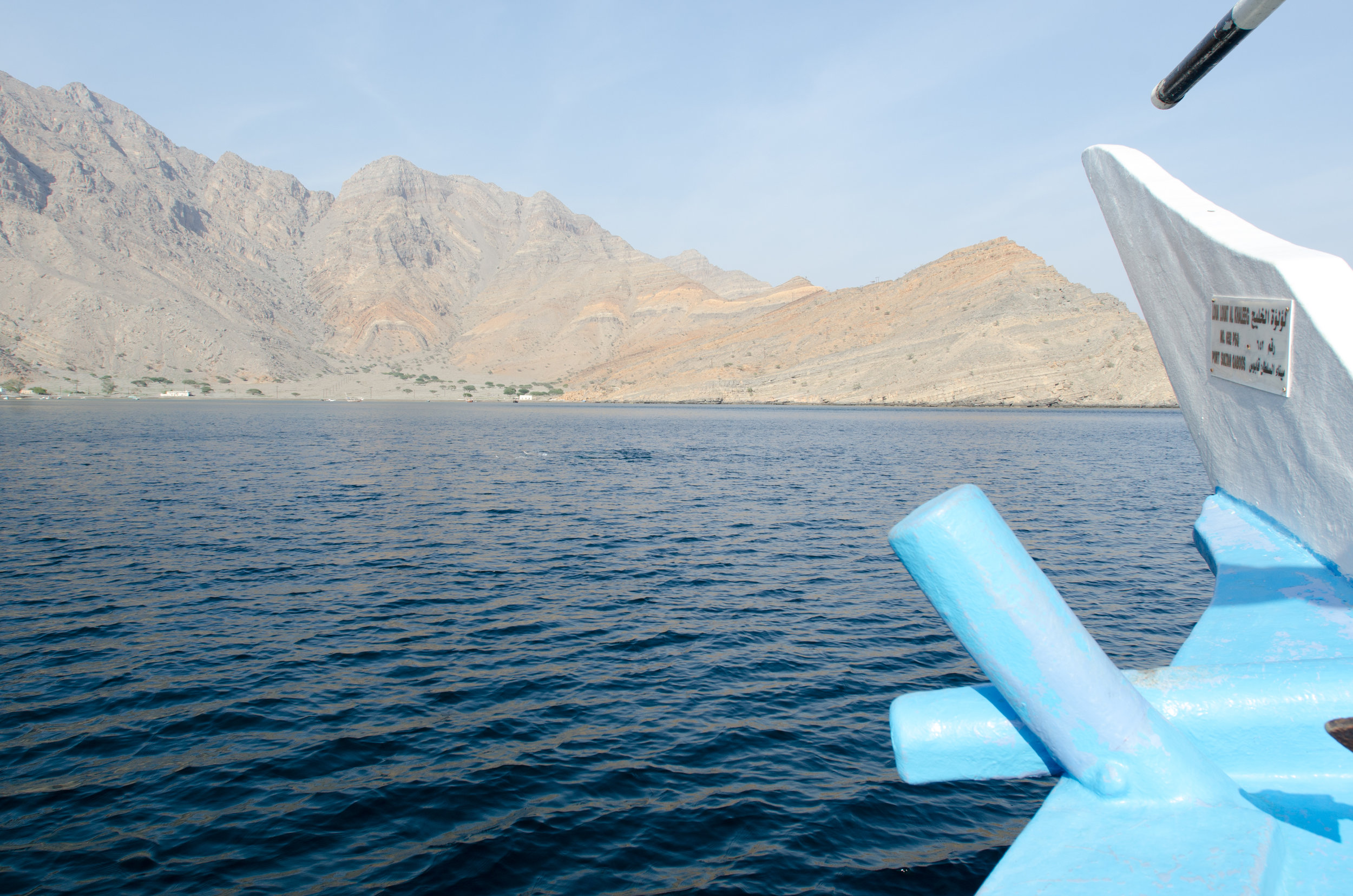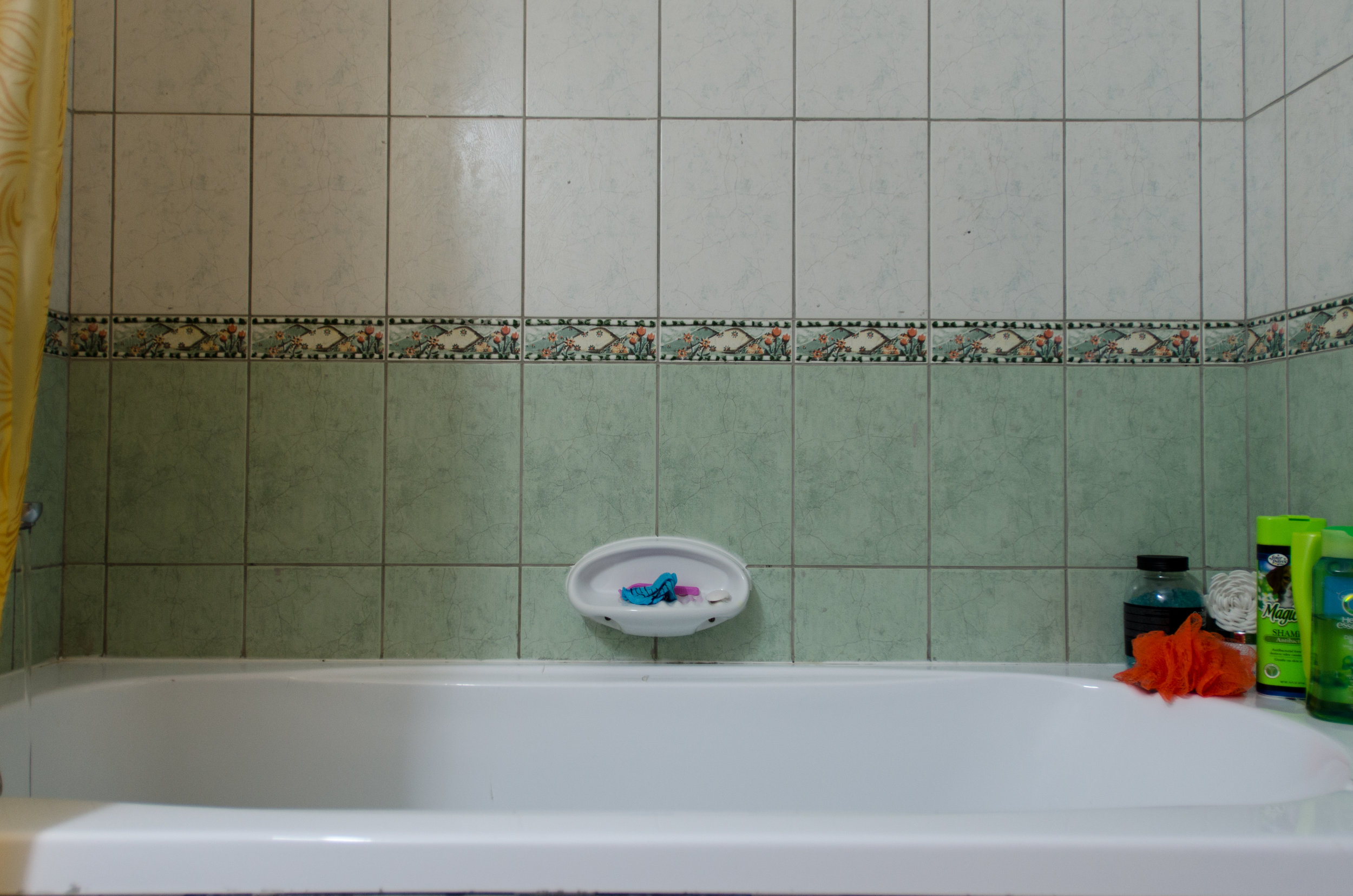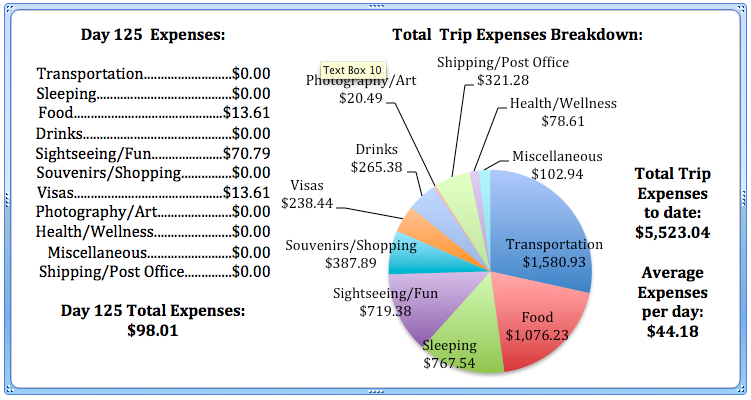We woke up late. We didn’t know we were late until we stood in our guesthouse lobby confused by the revelation that Jordan was not on the same time that our phones told us it was. Not only our phones, but the internet as well. The guesthouse owner gave no explanation and having grown so used to India, I was slightly convinced he was messing with us. (He did after all promise heat, and there was none the night before) Later, as we caught a ride with some fellow Americans, one living in Amman, he explained that at the last minute during Daylight Savings Time, Jordan decided not to let their time “fall back.” He didn’t know the reason why, but he explained it has yet to be recognized by other countries and it makes for planning flights incredibly hard.
Petra is so much bigger than I ever knew it to be. You watch Indiana Jones, and you kinda assume (if you’re naive like me) that Petra revolves around The Treasury. Not so. We walked down a winding open air dirt path for awhile before we arrived to The Siq. The Siq, translated from Arabic means “shaft” and is basically the word for the gorge that is the entrance to Petra. It’s one of the cooler parts of Petra, no doubt.
Excluding our Indiana Jones notions (I’d be lying if I didn’t admit to humming the theme song once or twice) it’s magical walking through the high walled gorge and seeing the first glimpse of The Treasury at the end. It’s almost more special only seeing a sliver of it from a distance with the curves of the narrow gorge walls in the way, perhaps, mostly because the walls hide the mass of tourists taking posing in front of The Treasury when you come out of the Siq.
I thought The Treasury was the ancient bank of the Nabataeans. I was wrong. It’s actually unknown what the Al Khazneh (The Treasury) was built and used for. It’s name comes from legends that bandits hid their treasure within The Treasury in the (known now to be carved from solid sandstone) stone urn on the second level. Another legend is that it held the treasure of an Egyptian Pharaoh. Bedouins have tried to break the urn to retrieve the treasure, but obviously they weren’t successful.
I was amazed at the abundance of souvenir shops and stalls within Petra. I know I shouldn’t be by now, but I always am. One stall was held together by a few 2x4s and some ripped canvas. I peeked inside and could see necklaces hung up and laid out. I was impressed that the stall was left almost abandoned, but it seemed as if nothing was taken or in any threat of being taken in the future!
We walked through Petra, past other tombs and the cathedral, tried to get a hot cup of coffee at the overpriced cafe at the start of the climb up to the Monastery, but were told we would only have ten minutes to drink it. Not wanting to be rushed, we instead started the climb up to the Monastery. Why this isn’t more famous than the Treasury, I have no idea! Maybe it’s the 900 stair climb to get there, but it’s so much bigger and in the same condition as the Treasury. An open air cafe sat several meters (maybe the length of a football field?) away from the facade of the Monastery. I got us tea and we sat and enjoyed the view- that is- until a huge tour group of Americans showed up. We waited them out and took a few pictures before descending the stairs and making our way out of Petra before the sun went down and it got too cold for us to be outside.
I tried to wait out other tourists to get photos of an empty Treasury on our way out, but failed. Andrew called me out on being a “salty photographer” because of what words were coming out of my mouth when a tourist would take a picture and then pull out a guide book directly in front of the Treasury and stand there. forever. in my shot. Take a picture and move aside people! Tired, and hungry (we forgot to get a packed lunch from our guesthouse or any snacks before we went into Petra) we made our way back out through the Siq- pausing for more photos of course, and out of Petra.
We had planned on trying one of the restaurant’s buffets instead of returning to our guesthouse’s buffet, but knowing my blood sugar was too low, I grabbed a bag of chips for the walk. As we were walking, I heard a “F*ck You” from a teenager on the side of the road. Now, before I go any further, Jordan has been THE NICEST country we’ve visited on the trip so far. I’ve felt safe, and so many Jordanians have stopped to talk to us, I haven’t felt threatened at all stopping to chat with anyone. So, I stopped. The 14 year old boy looked harmless and after I asked him what he said (maybe I misheard) he confirmed I had heard correctly. I asked “Why?” as he pointed his extended middle finger down and repeated the expletive. Andrew doubled back and decided, “He doesn’t know what he’s saying.” Andrew turned and started walking away. The kid motioned for some chips. I shook my head no. “You just said F*ck you, I’m not gonna share my chips with you!” and turned away to follow Andrew. And then the kid punched me (hard) in the back of the shoulder.
Andrew turned at my sharp intake of breath. “He just punched me in the back!” I exclaimed!
“What?” Andrew looked dumbfounded. Shock consumed me.
“HEY! Get back here!” Andrew shouted out as the kid backed up the street. Andrew started jogging after him. I stood there, still completely in shock. An older man stood out from his driveway to see what happened. We explained (and motioned) what happened as the kid stood in the distance watching. A truck pulled up with two Jordanians my age in it. They asked what happened and started driving after the kid, who was now running away.
“He is Syrian. Not Jordanian.” The older man told us, as his wife looked on with a mixture of sympathy and something else, not shame, but as if she could tell it’s not something she would have wanted to happen.
“They (the men in the truck) will follow him home. I will tell his father. I’m sorry. Not Jordanian. Syrian.” He repeated.
“It’s ok, it’s not your fault…” I trailed off as we turned to walk back.
Andrew felt terrible for walking ahead. (He does this often. As maybe most 6’7” men do.) I felt terrible for assuming it was ok to question a sullen teenager for yelling expletives at a tourist. We both felt stupid for having taken for granted how safe life was in Korea. And then I made an executive decision. “We’re not going to think about this when we think of Petra. We had an amazing day. We’re going to remember Petra.”
And just like that, I have. That kid sucks, but who knows what he’s had to deal with if he thinks he can get away with punching a foreign tourist (female nonetheless) in the back. It was a lesson learned. I probably won’t be approaching any sullen teenagers again, and Andrew is at least trying to slow his roll and walk with me instead of ahead.
